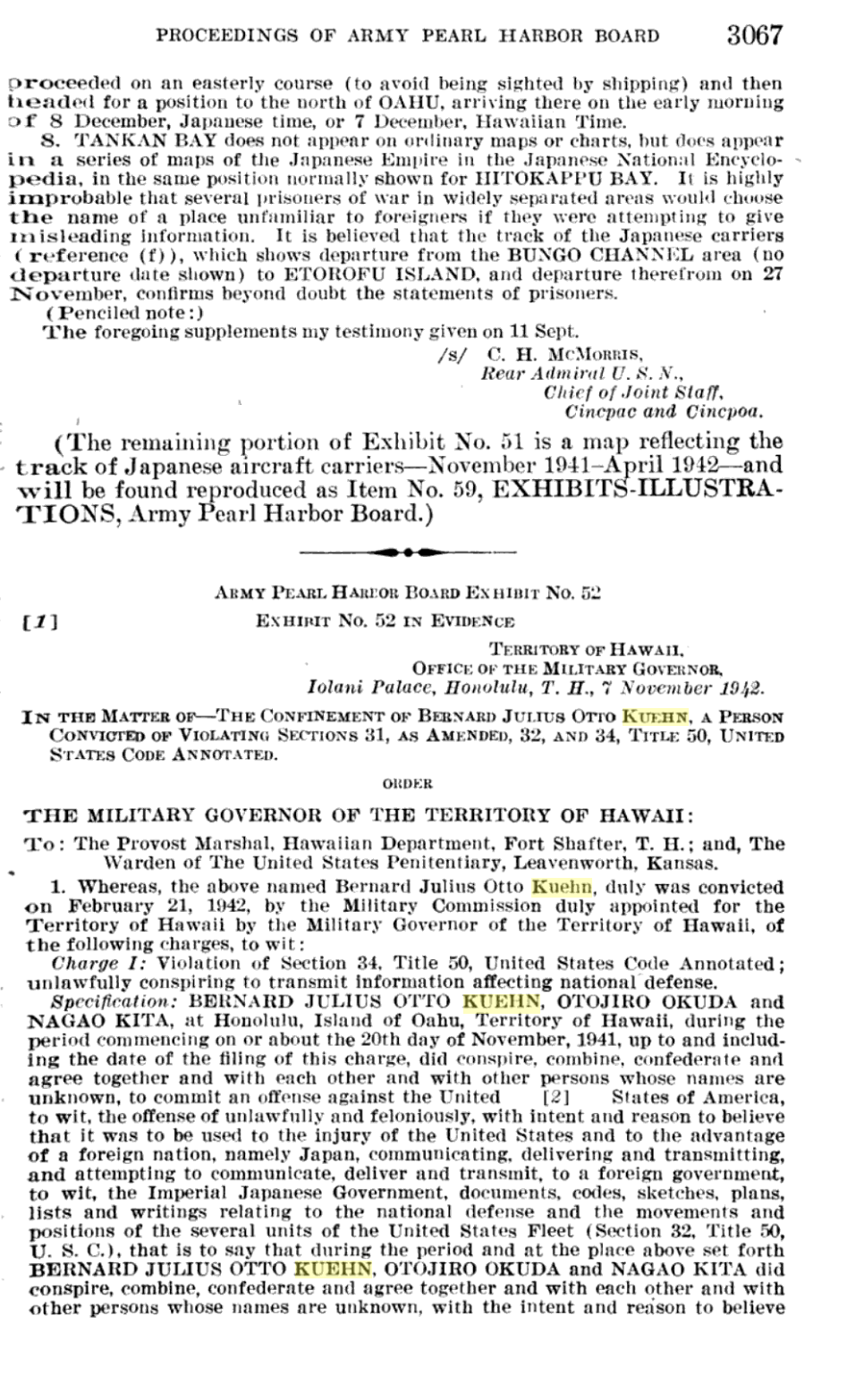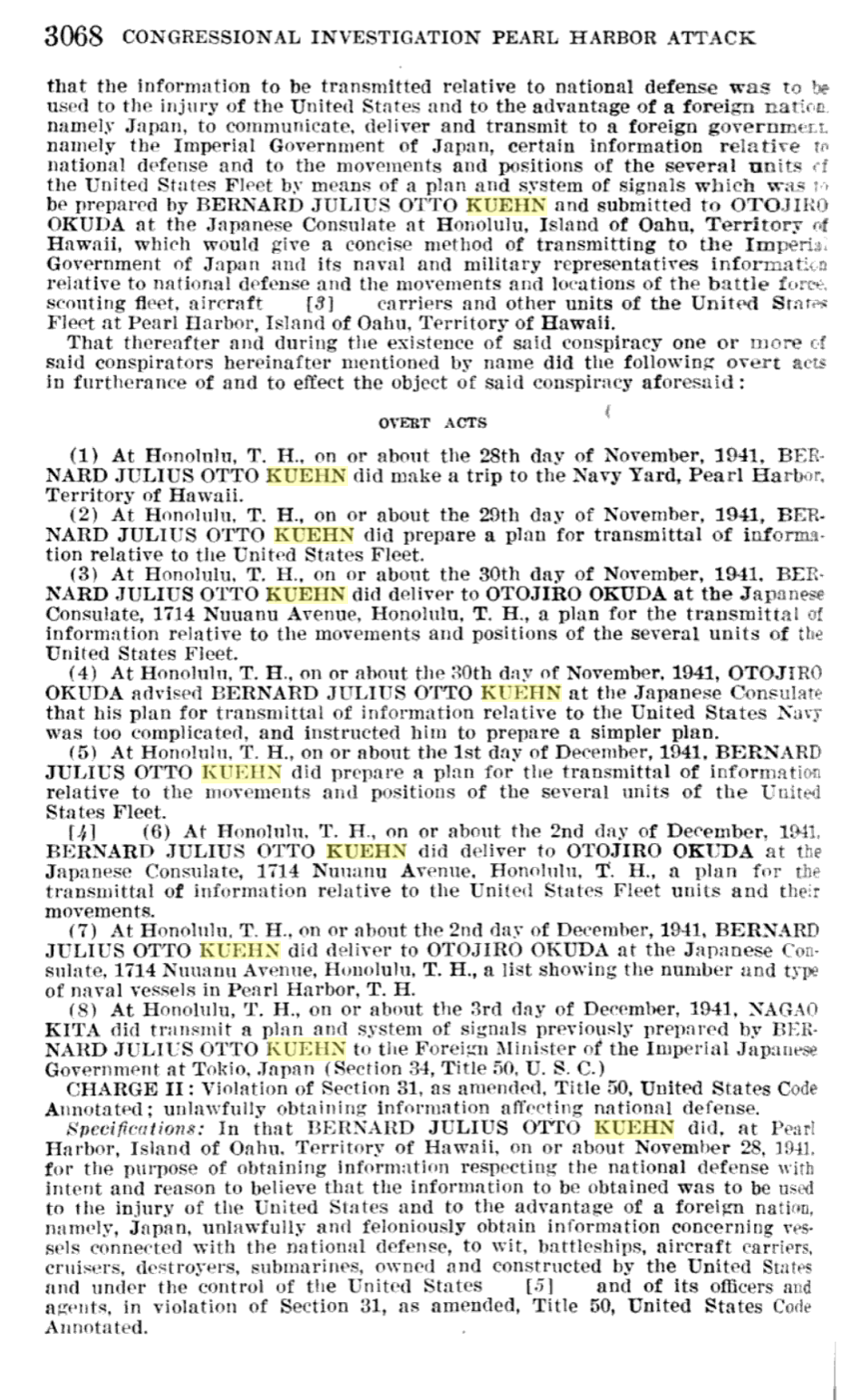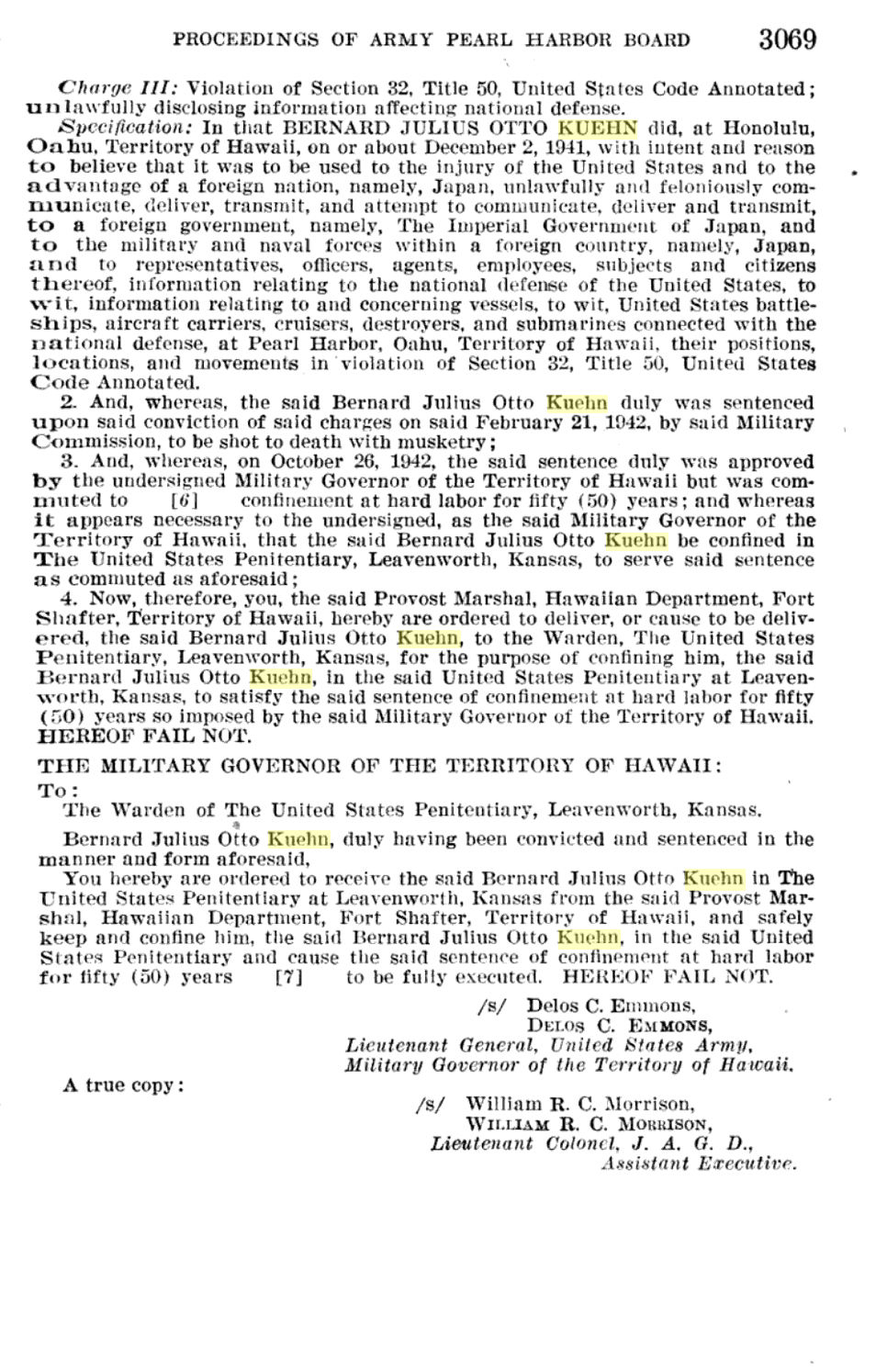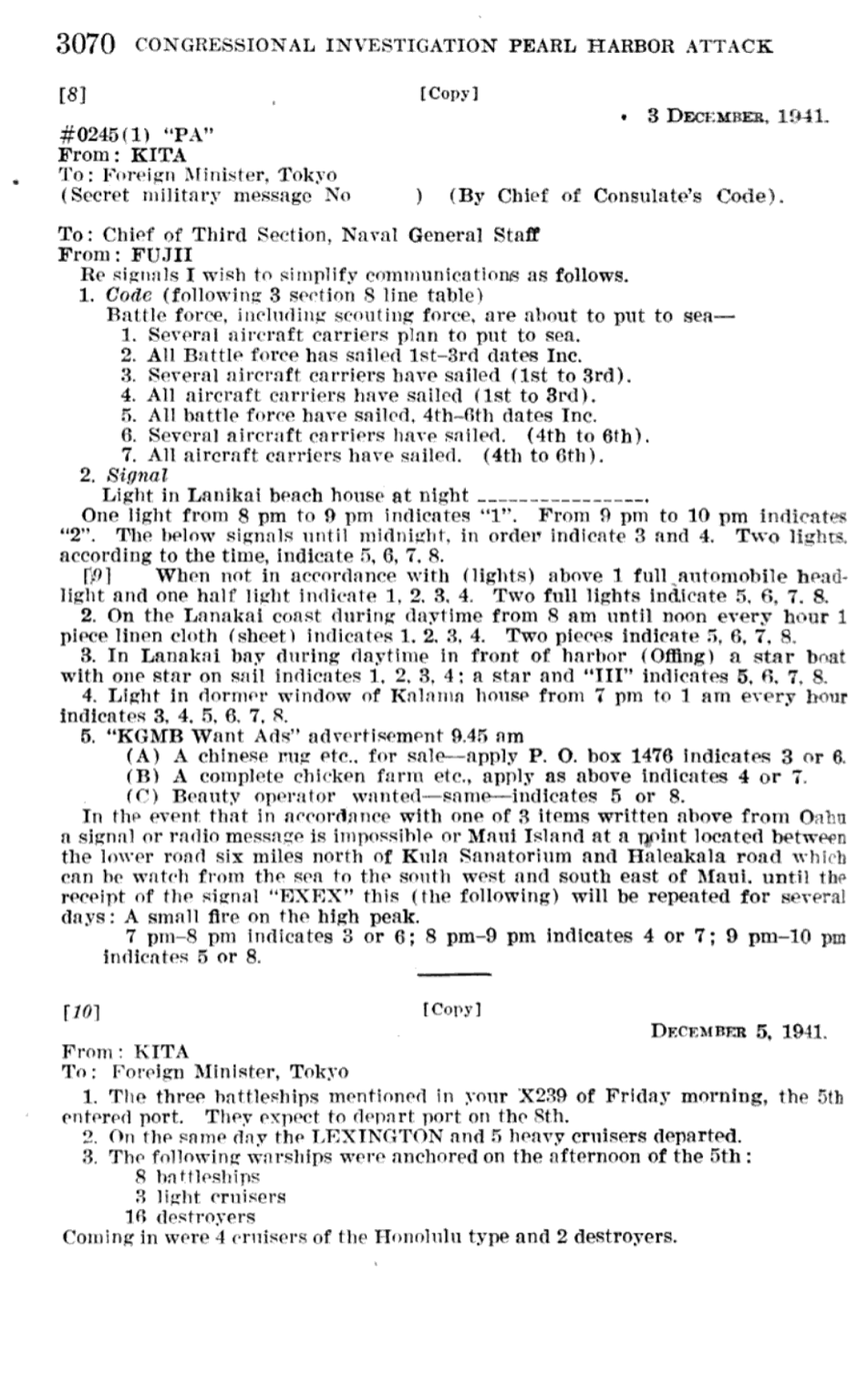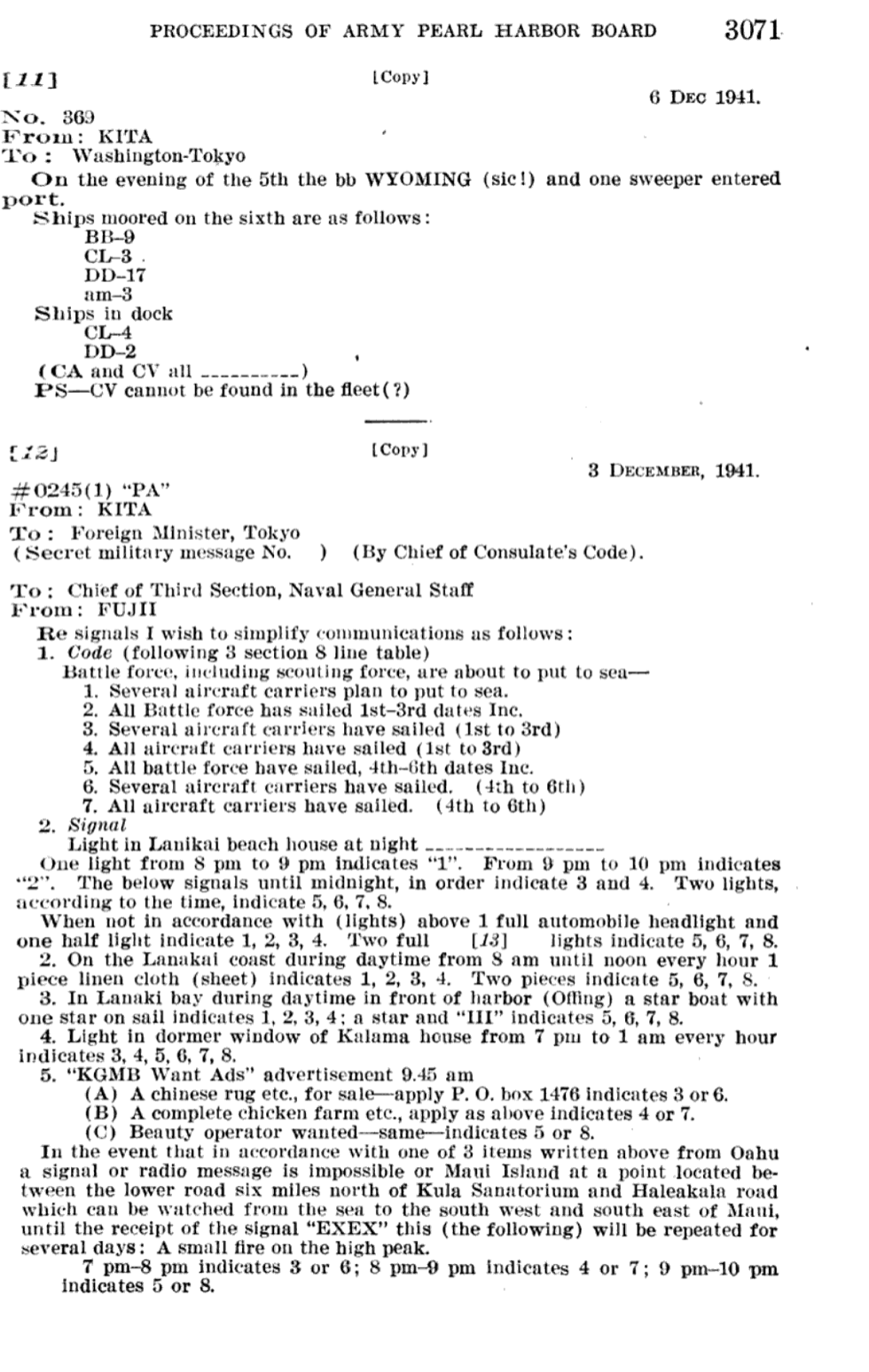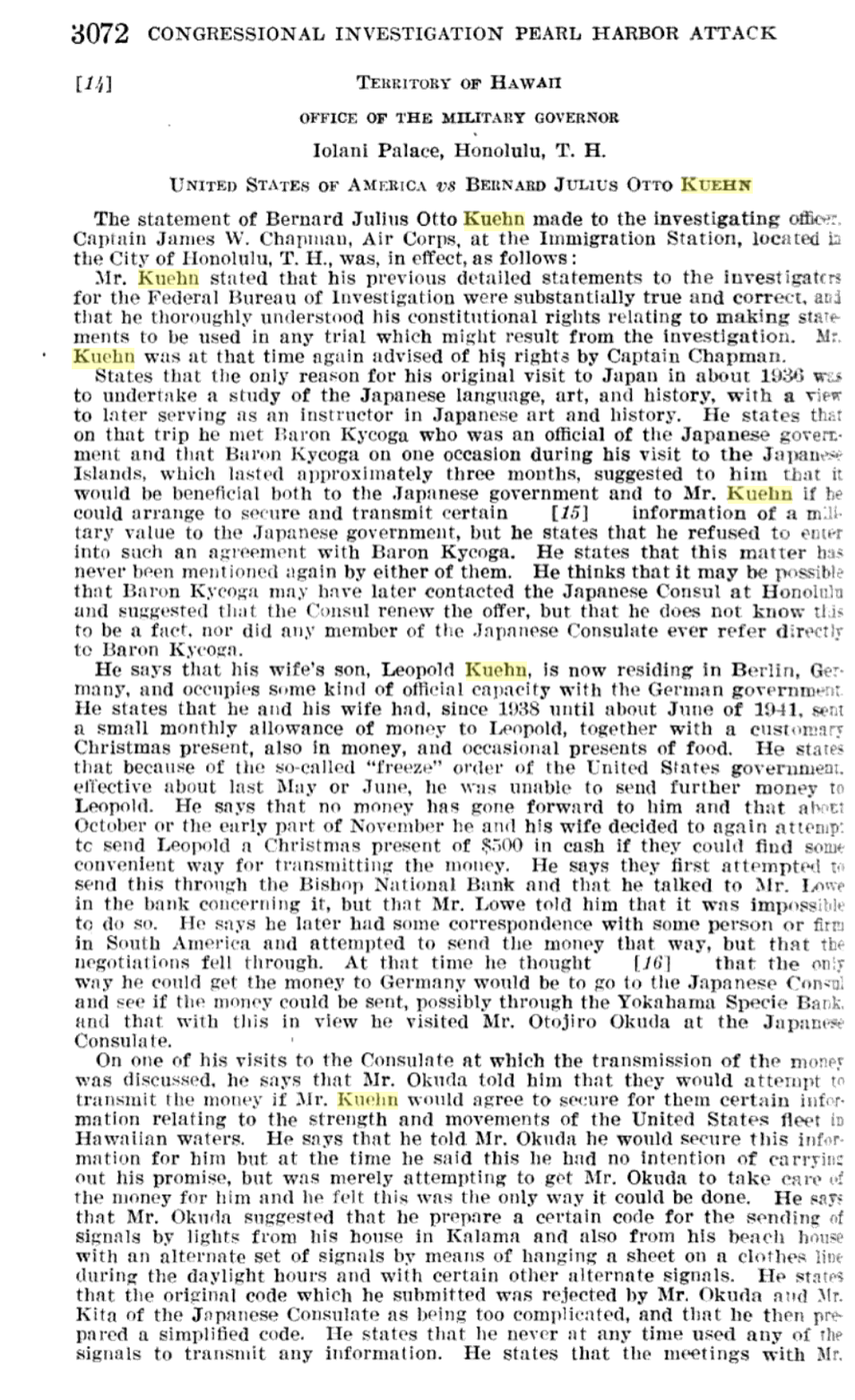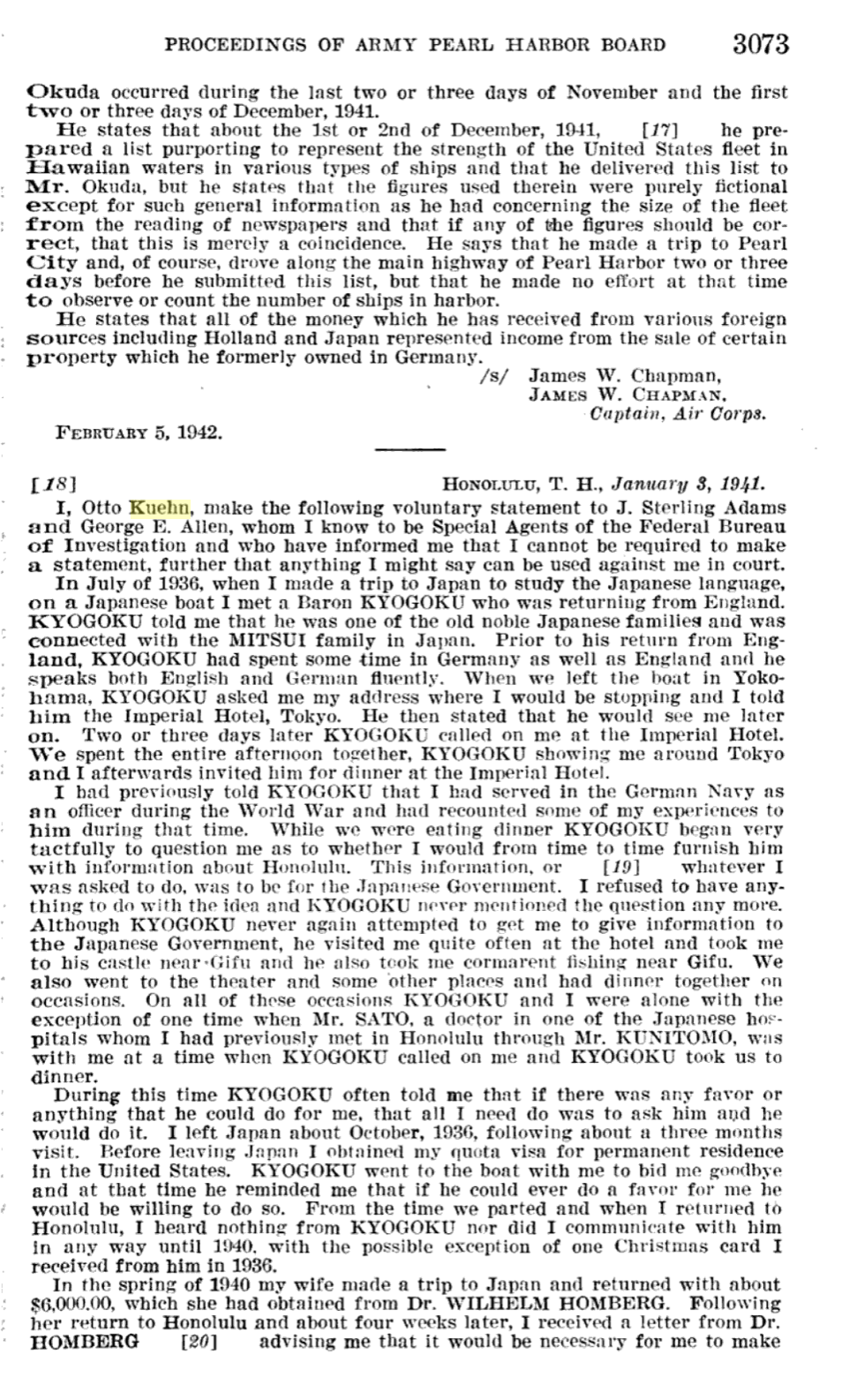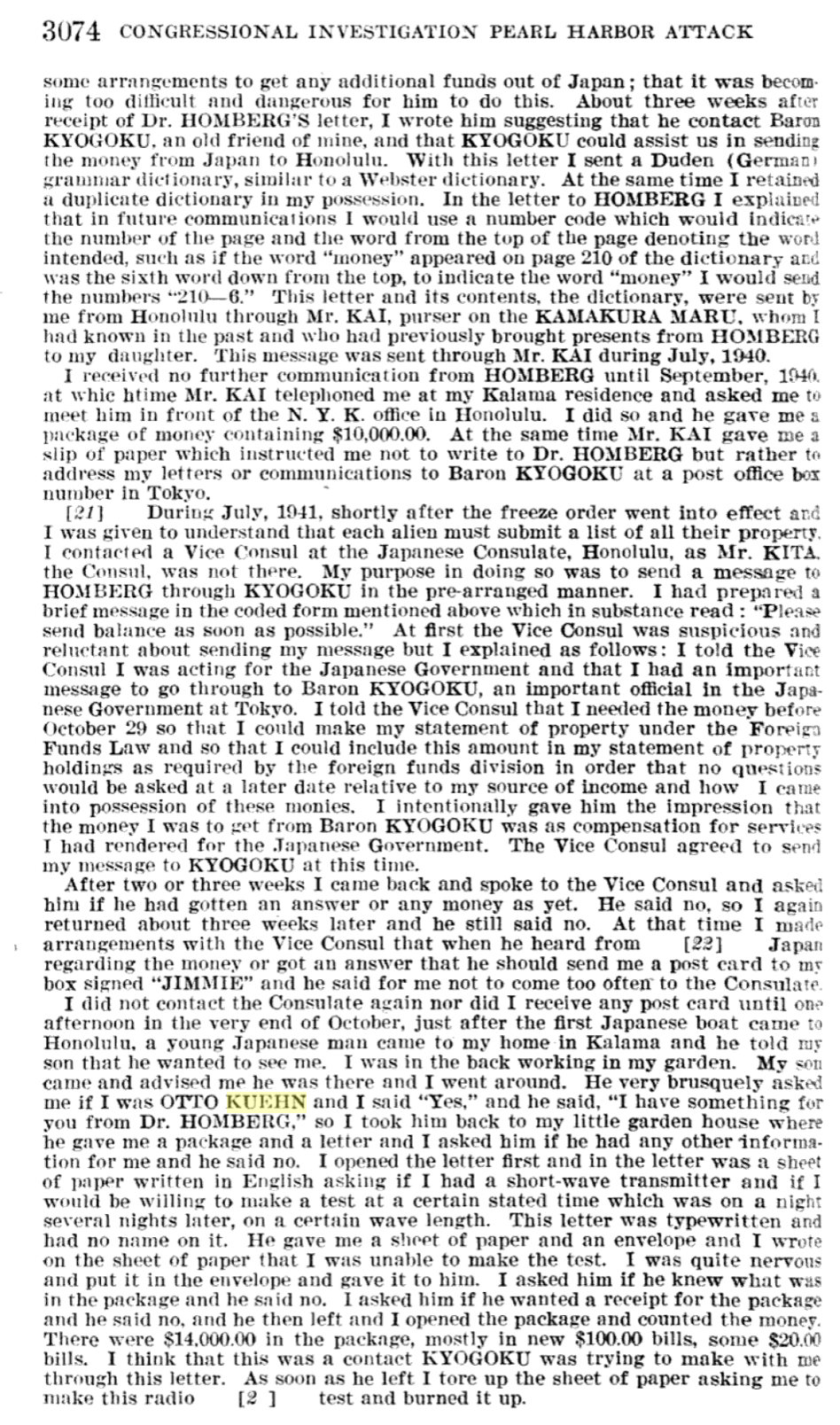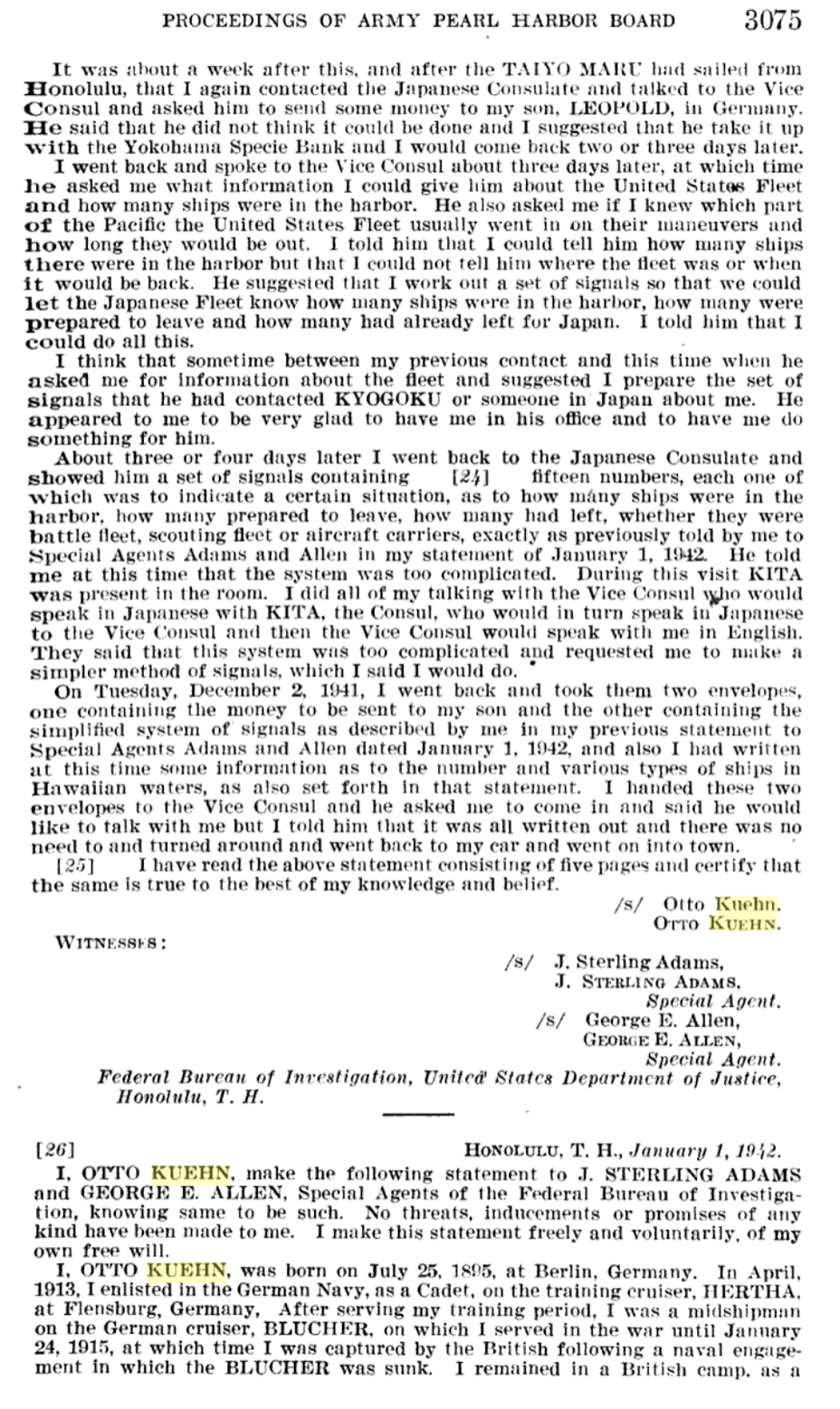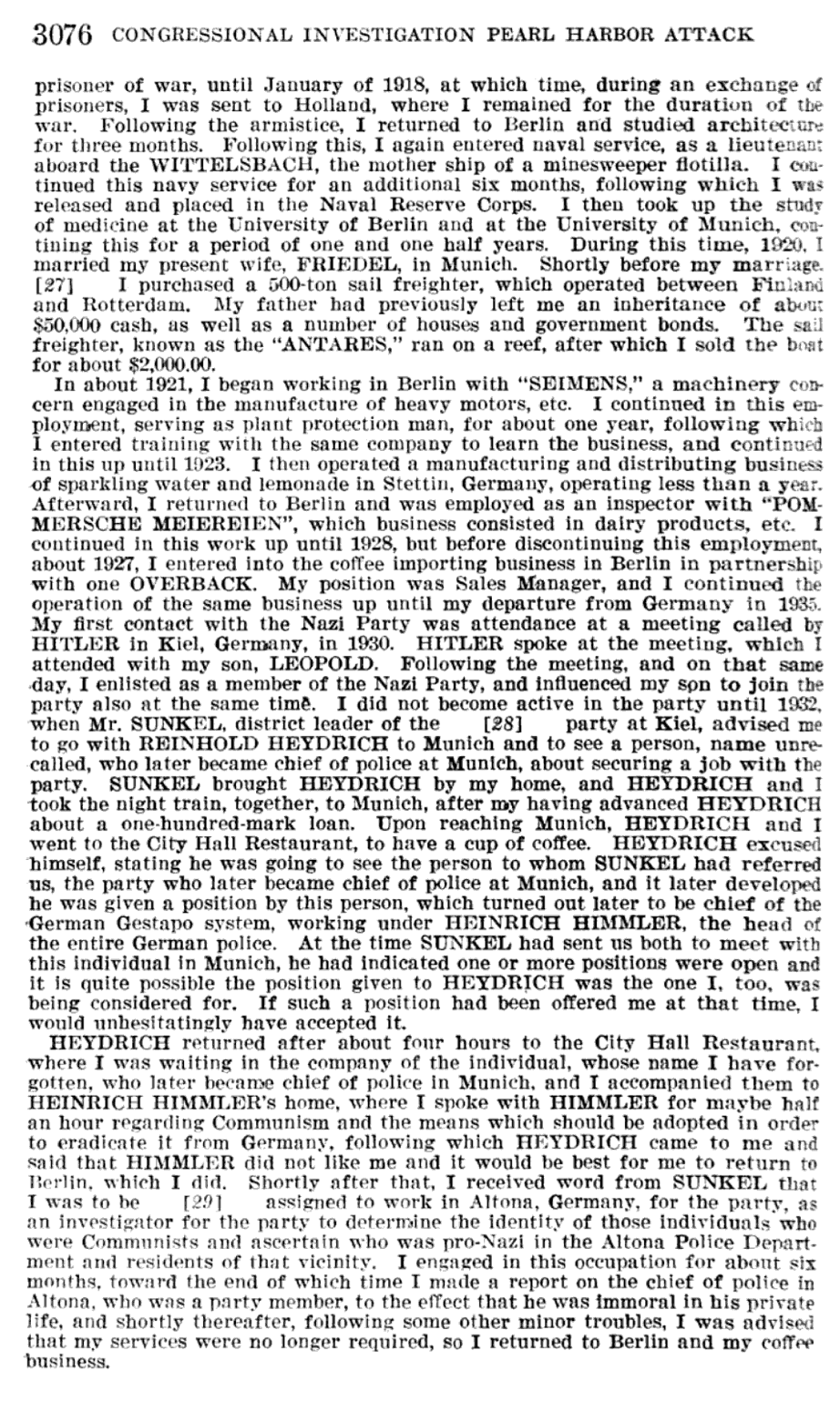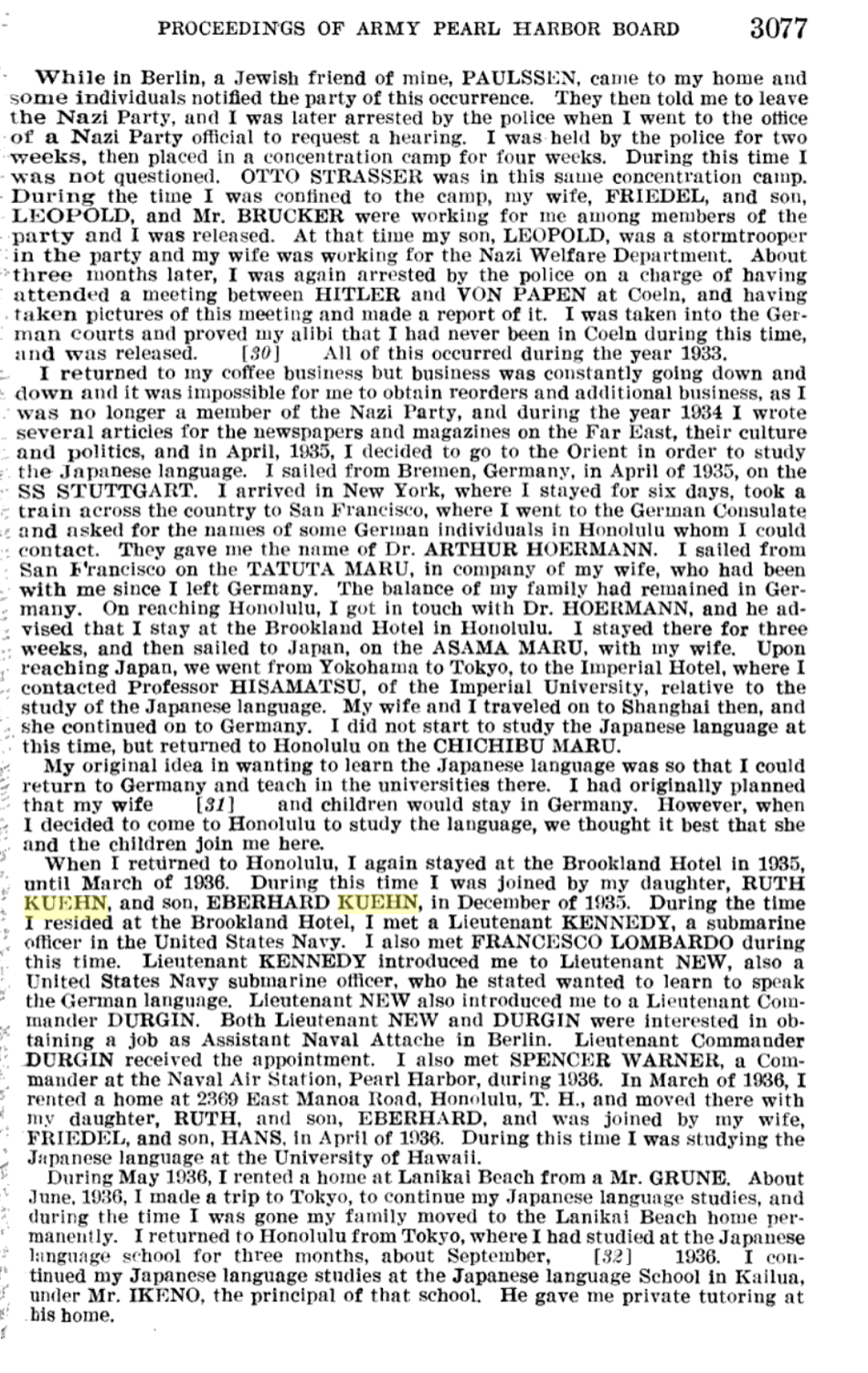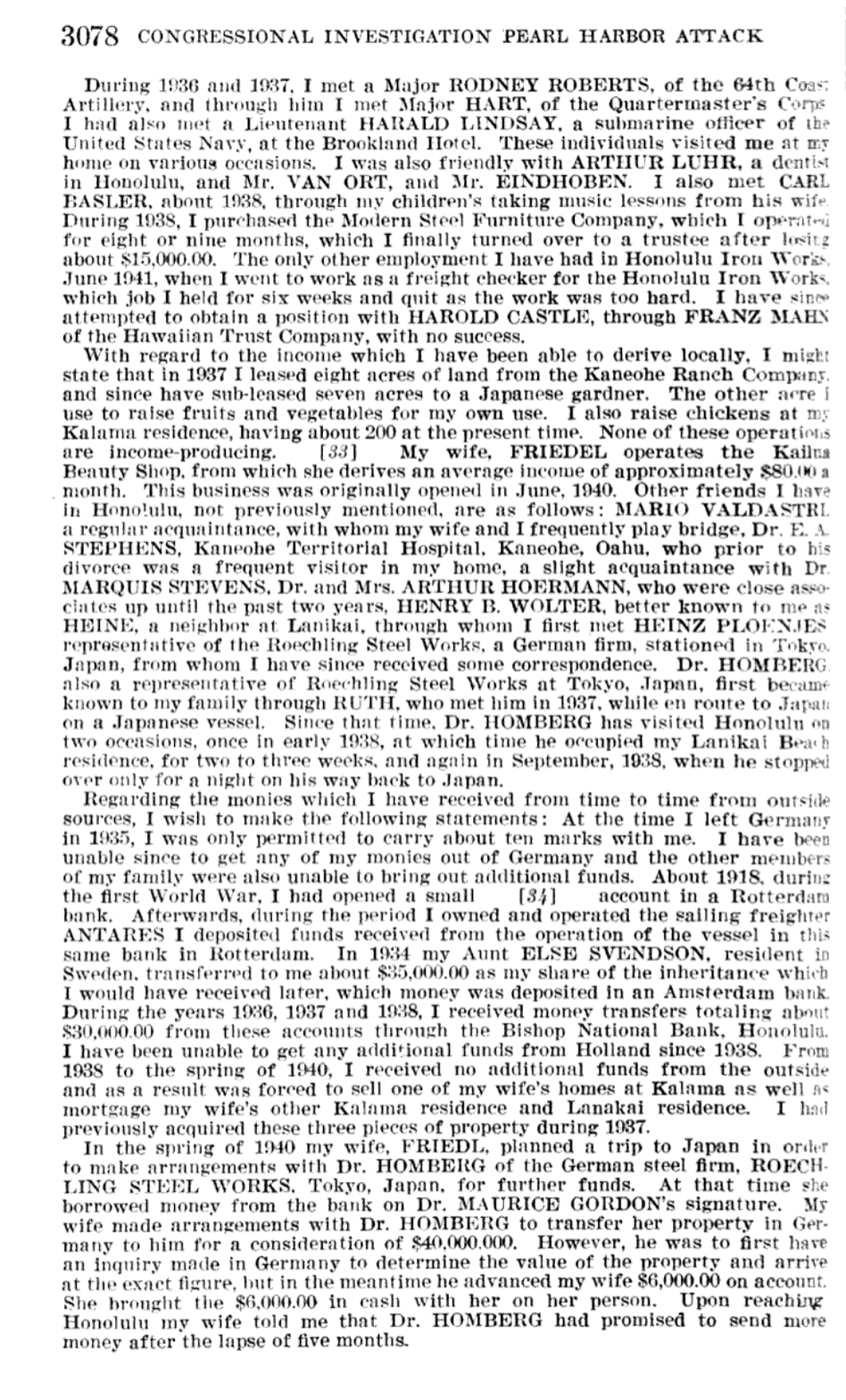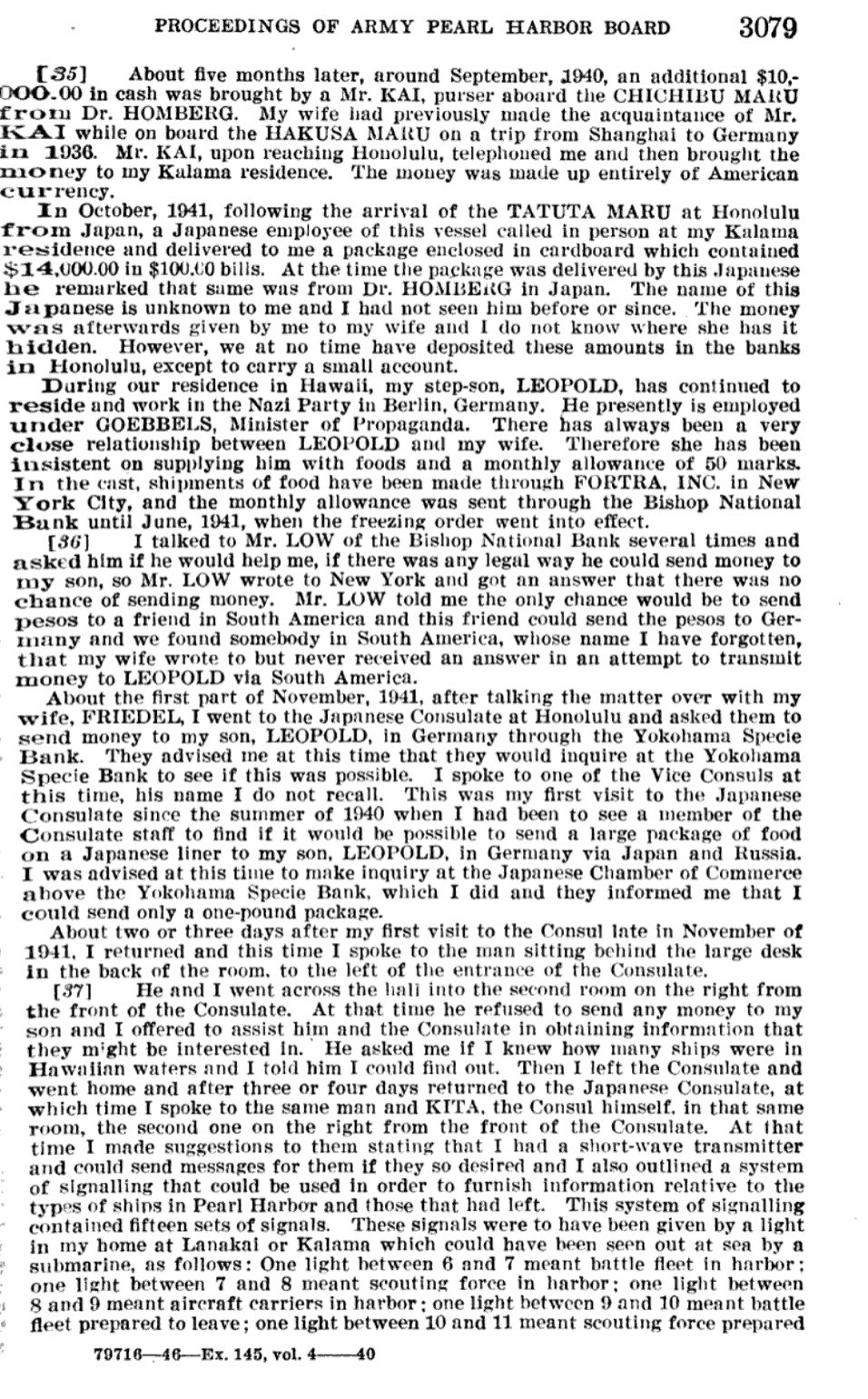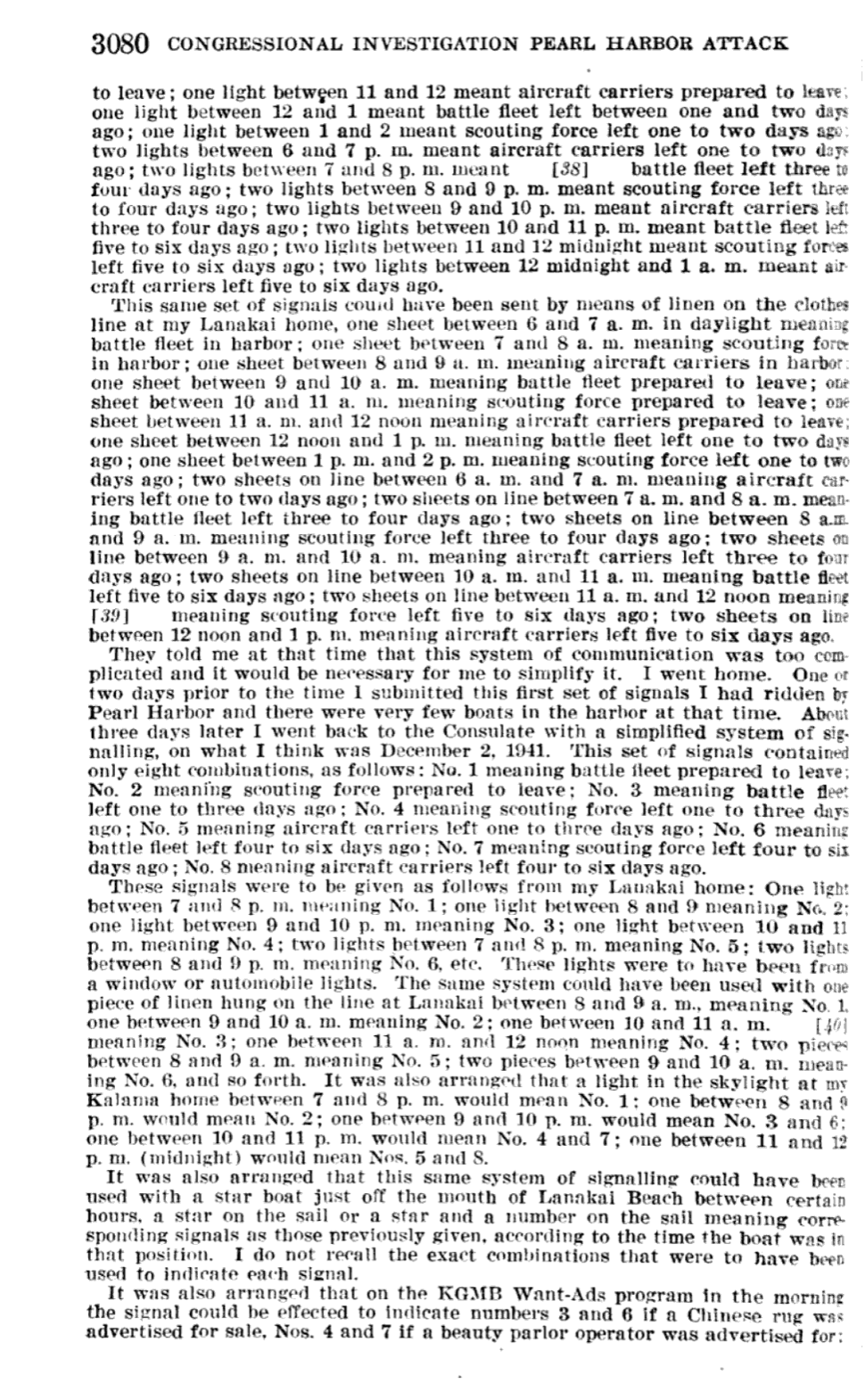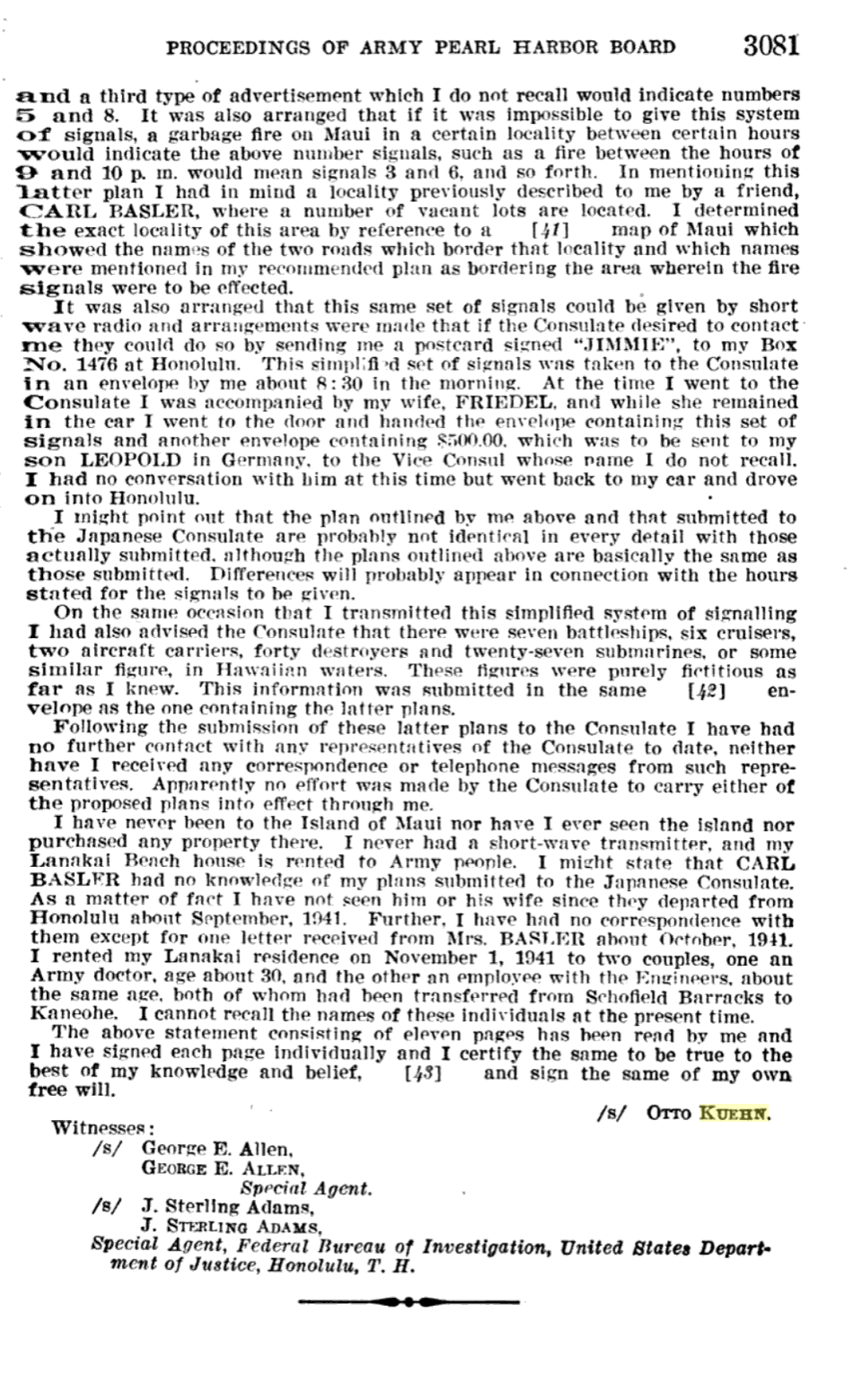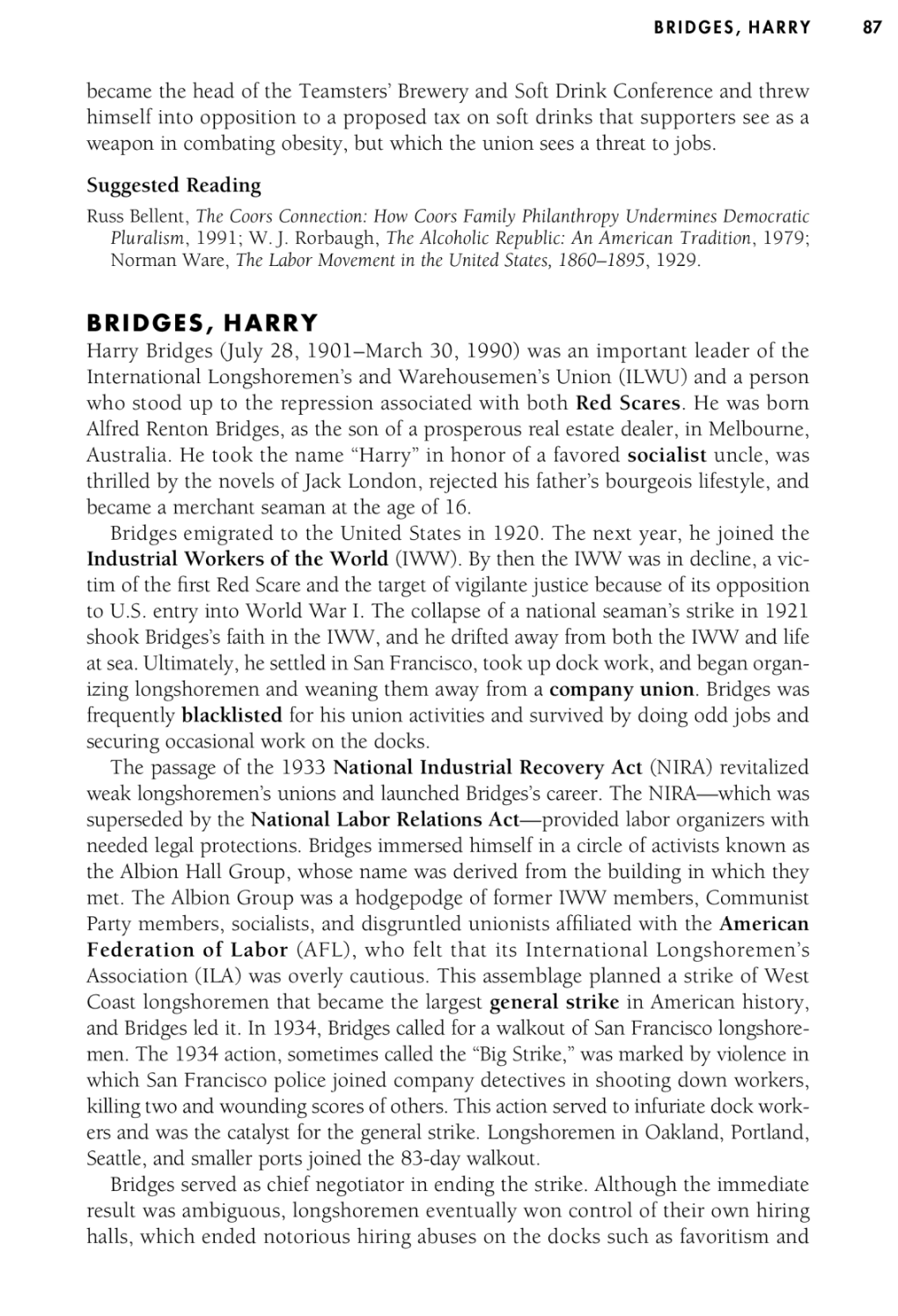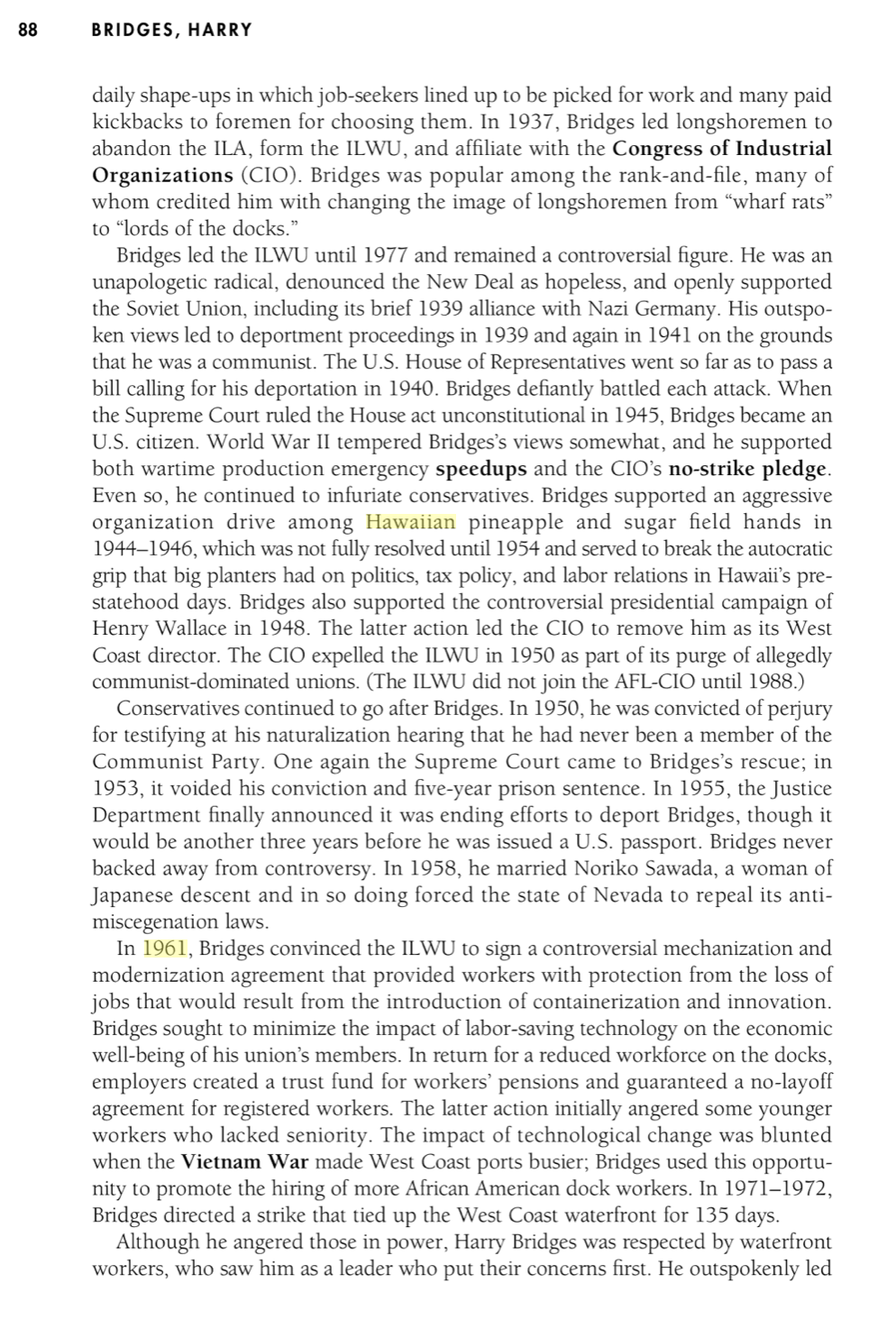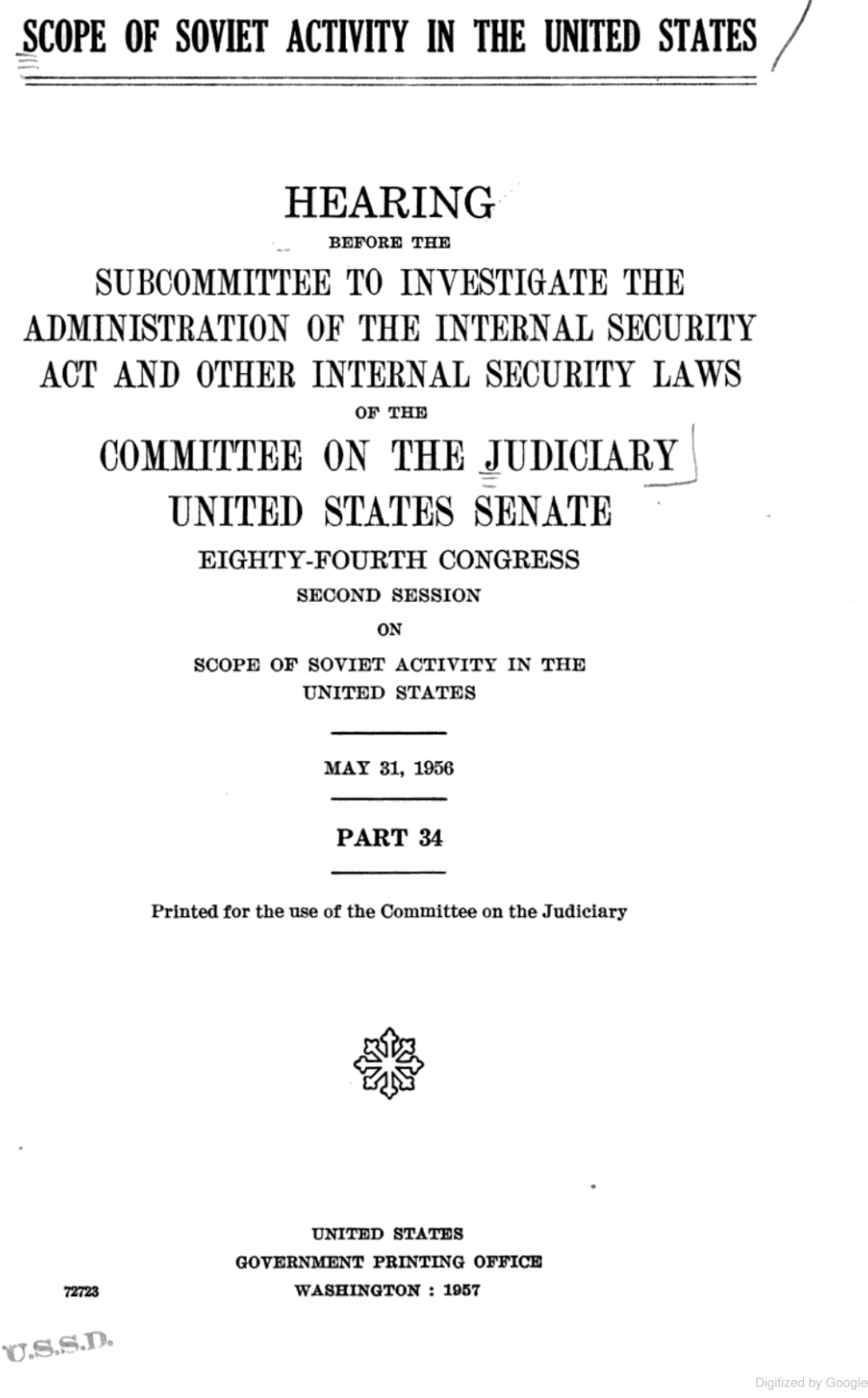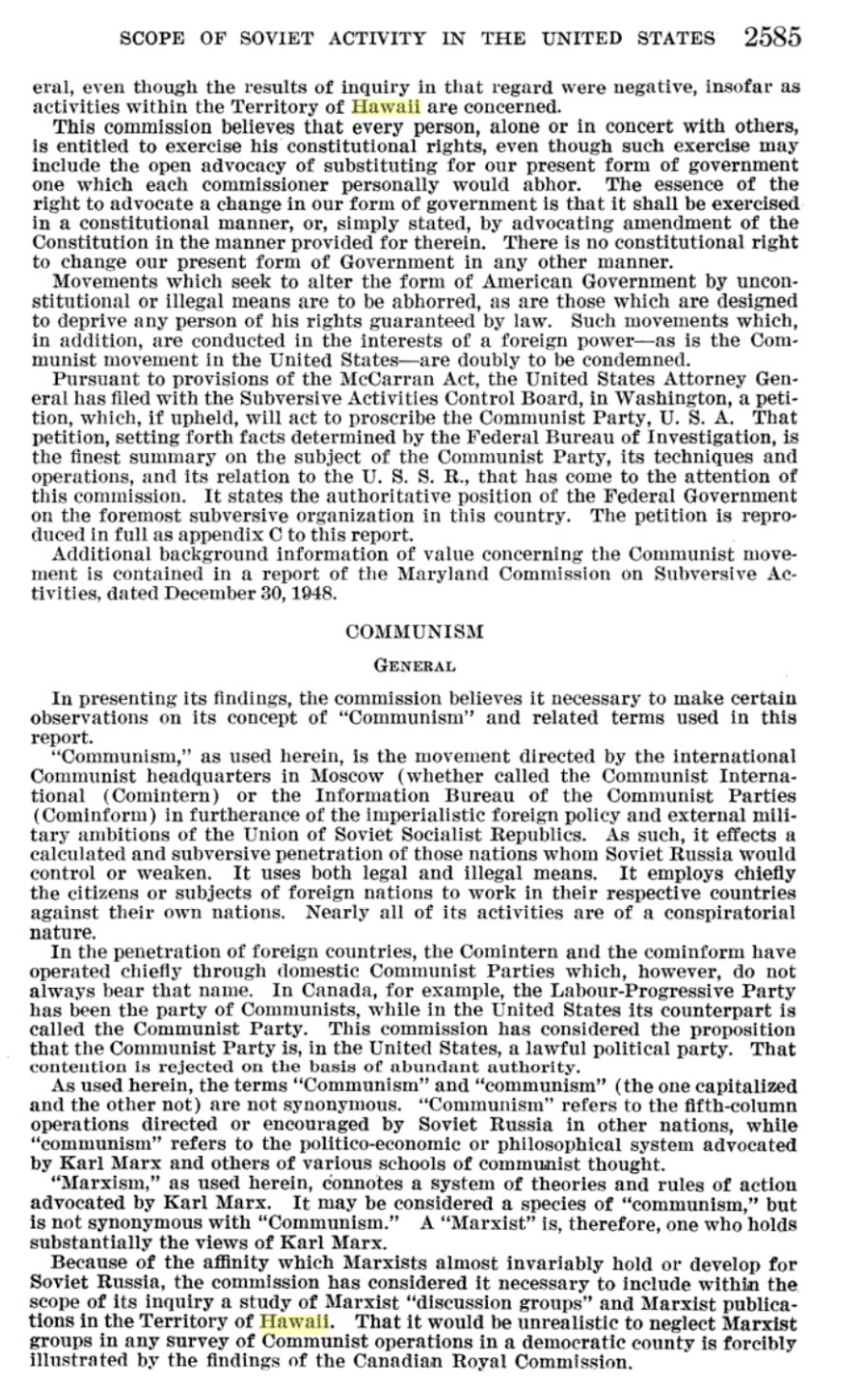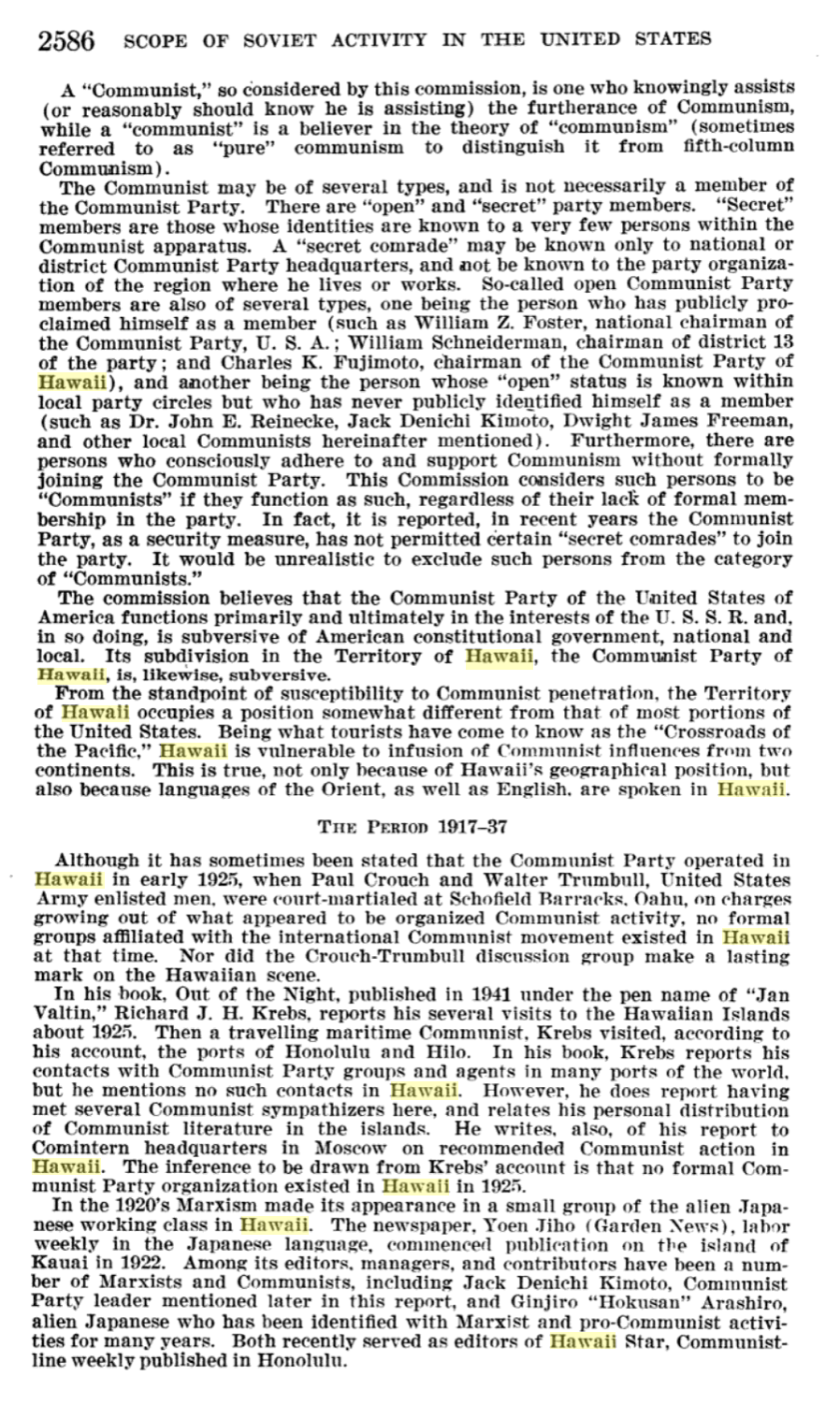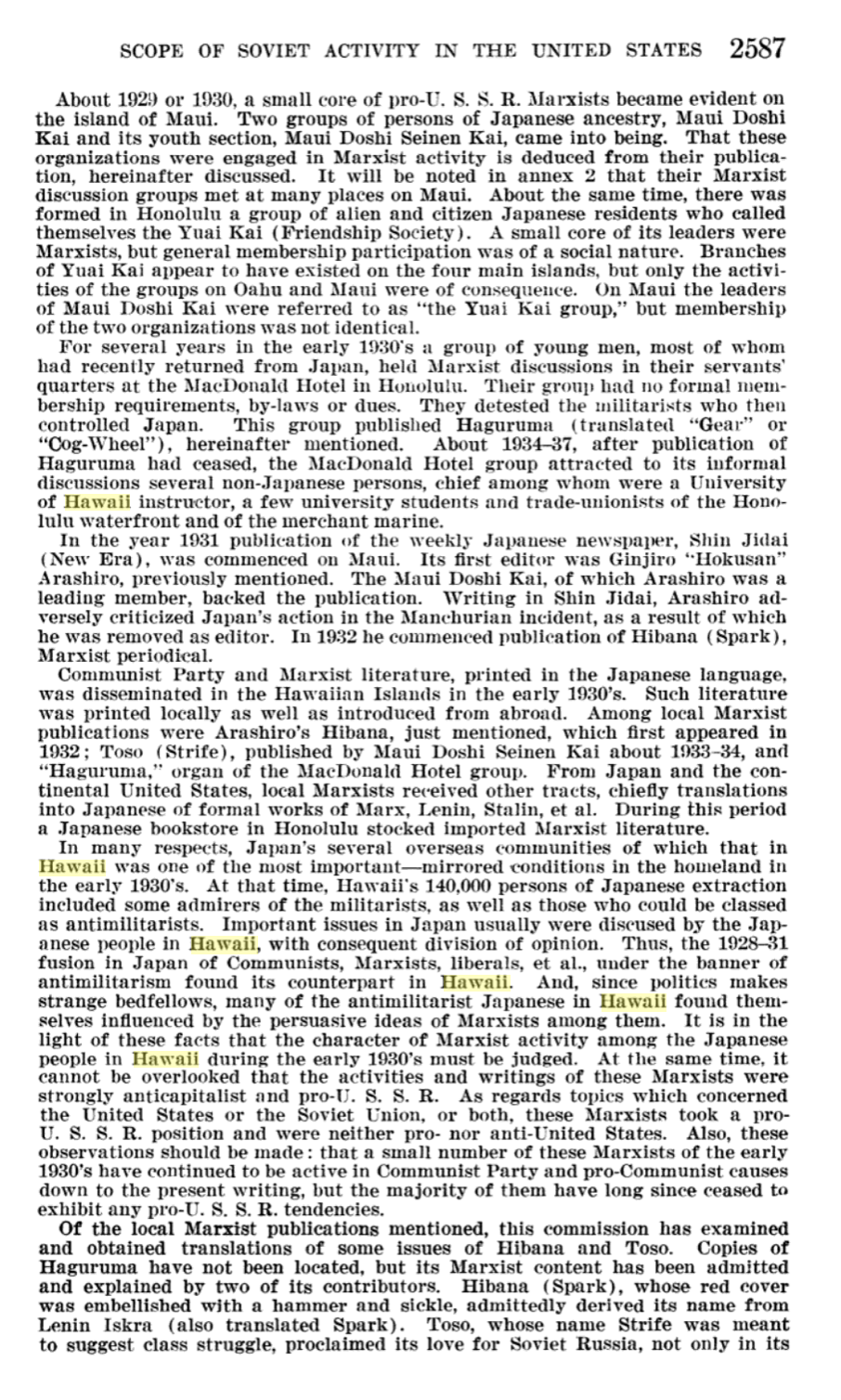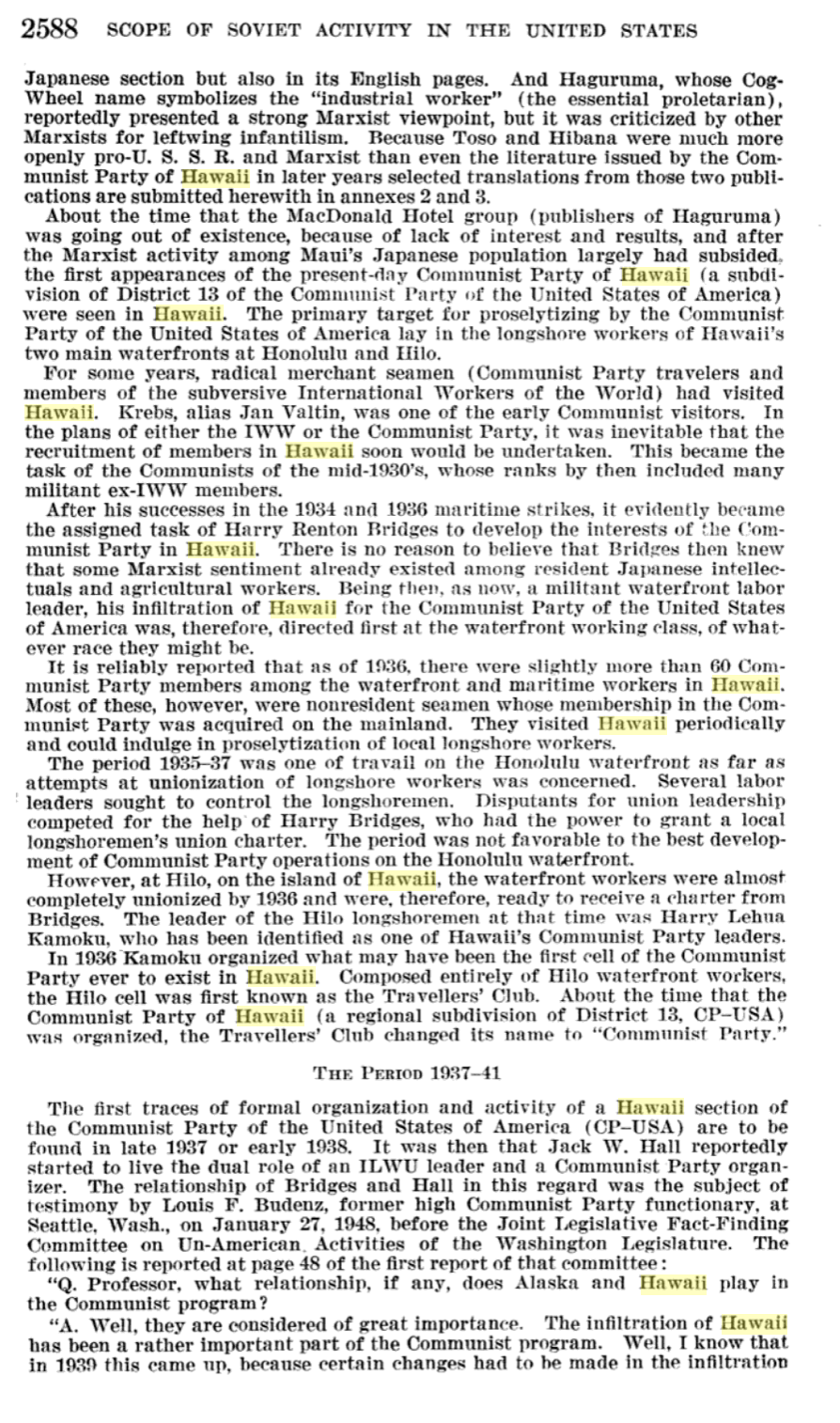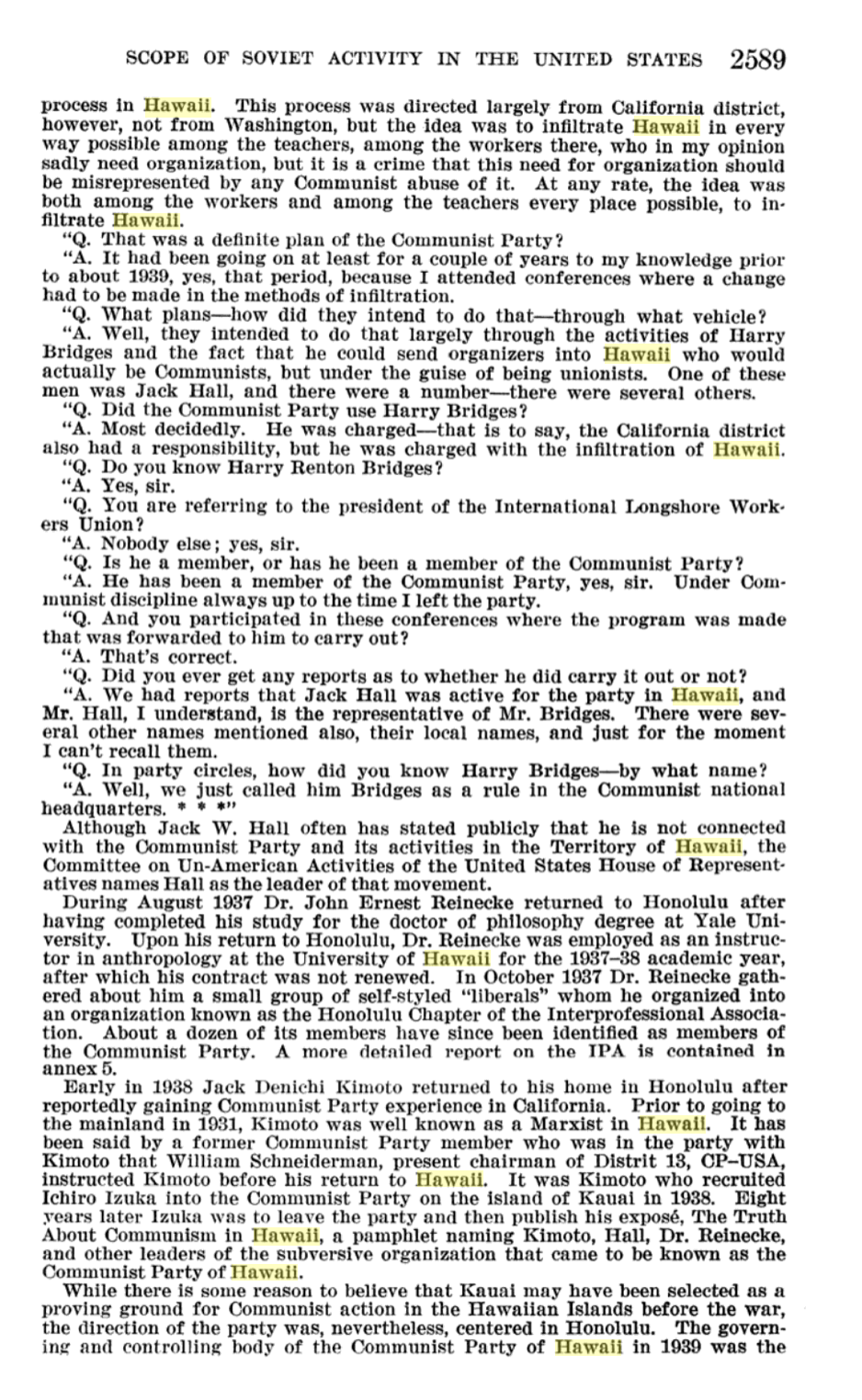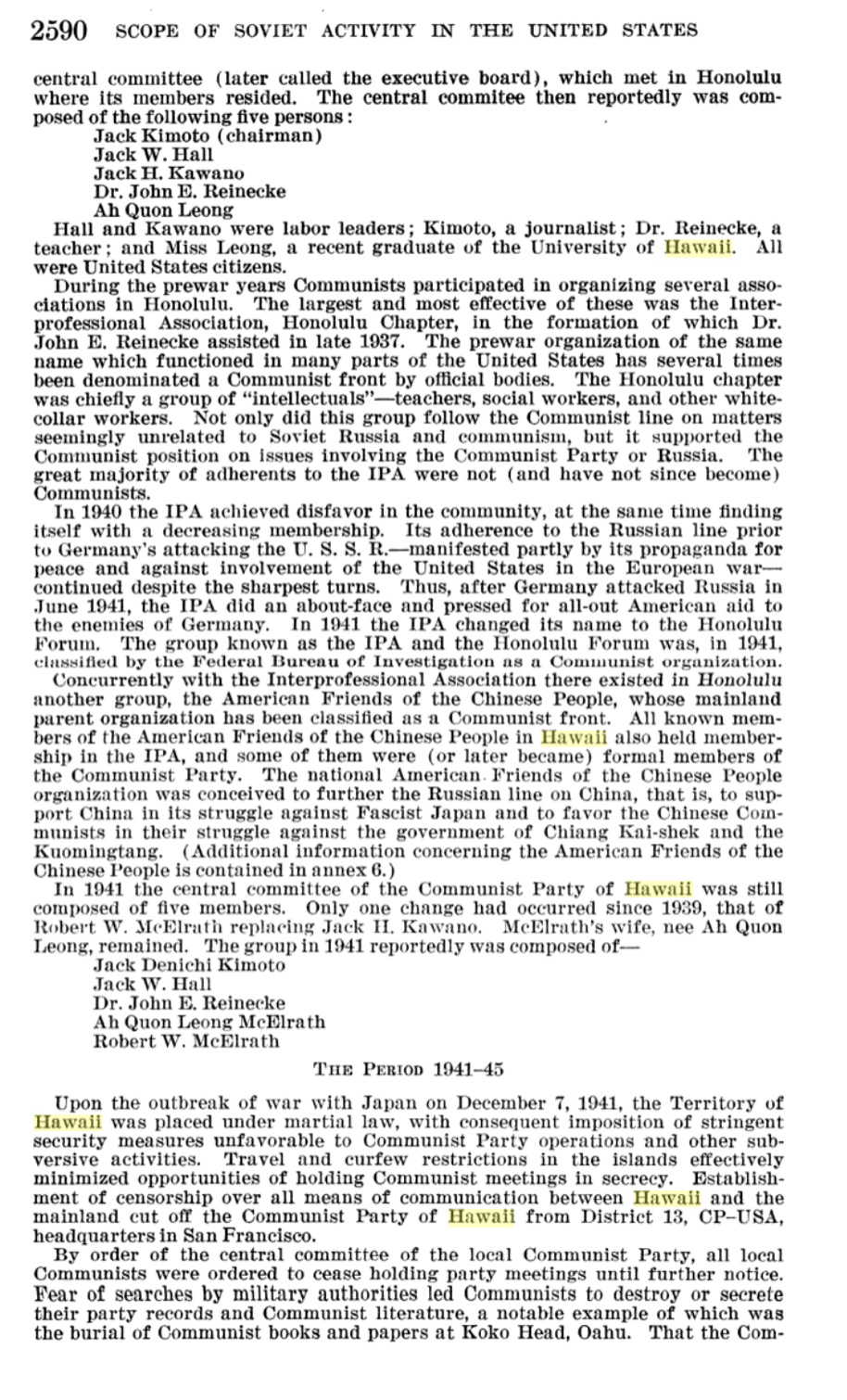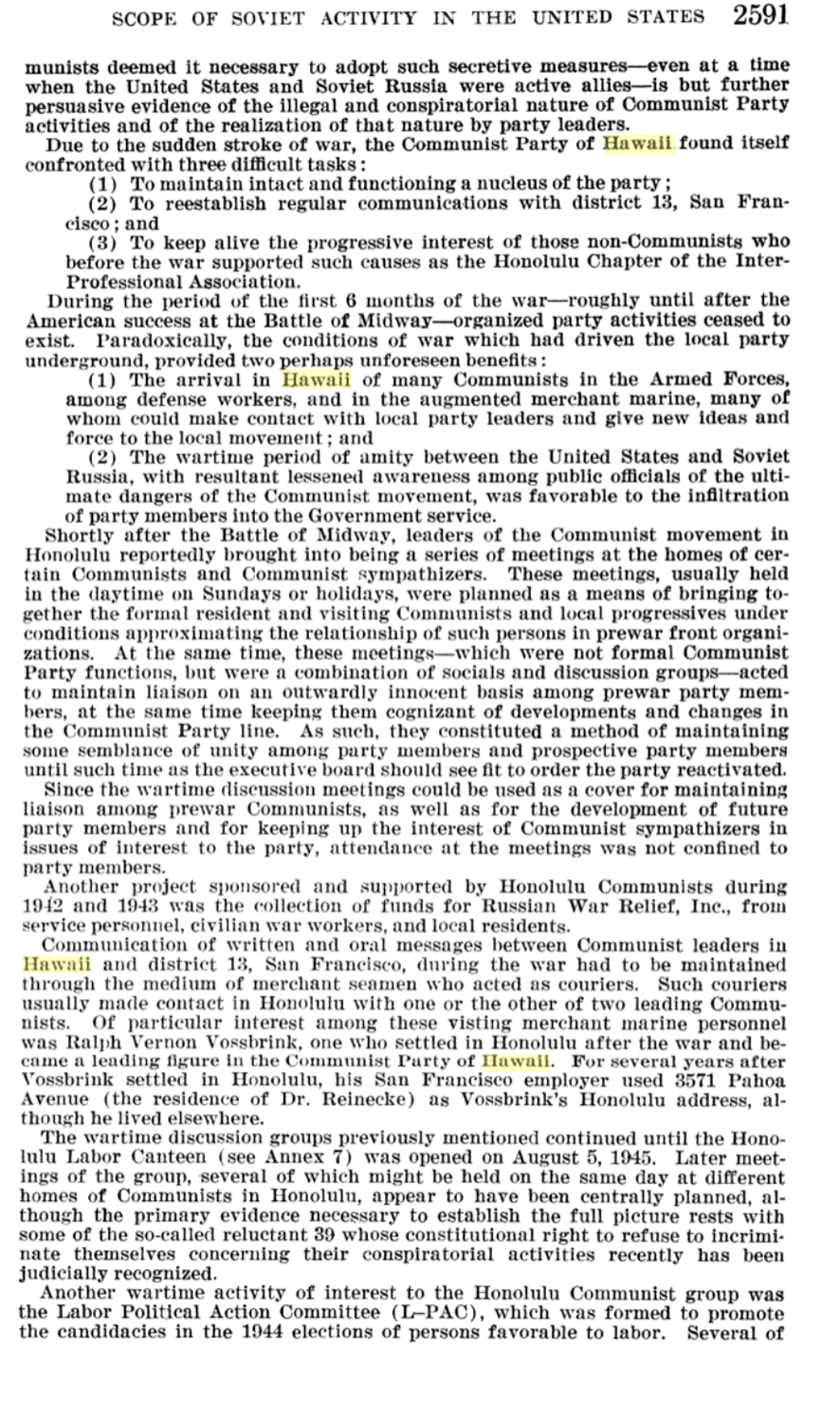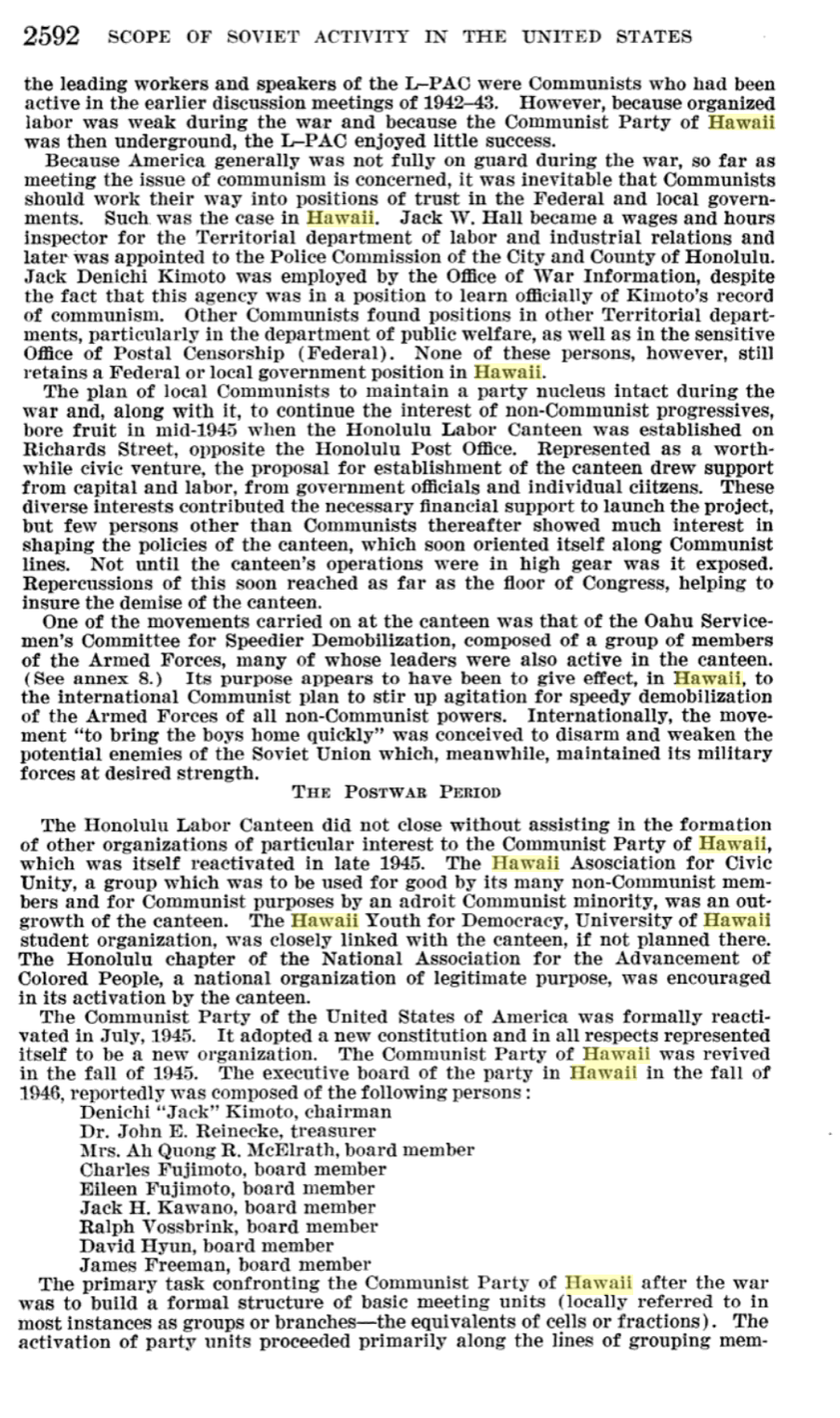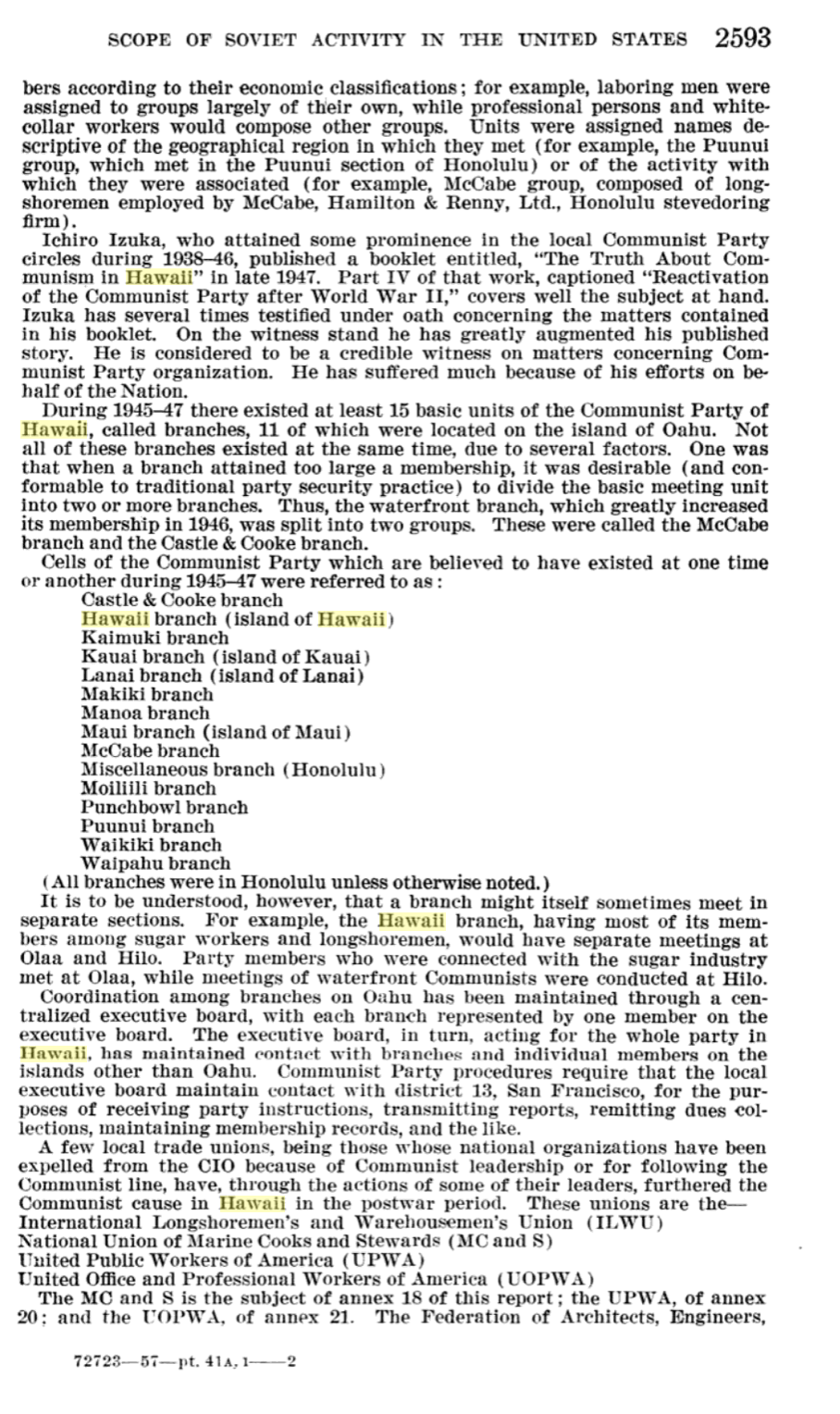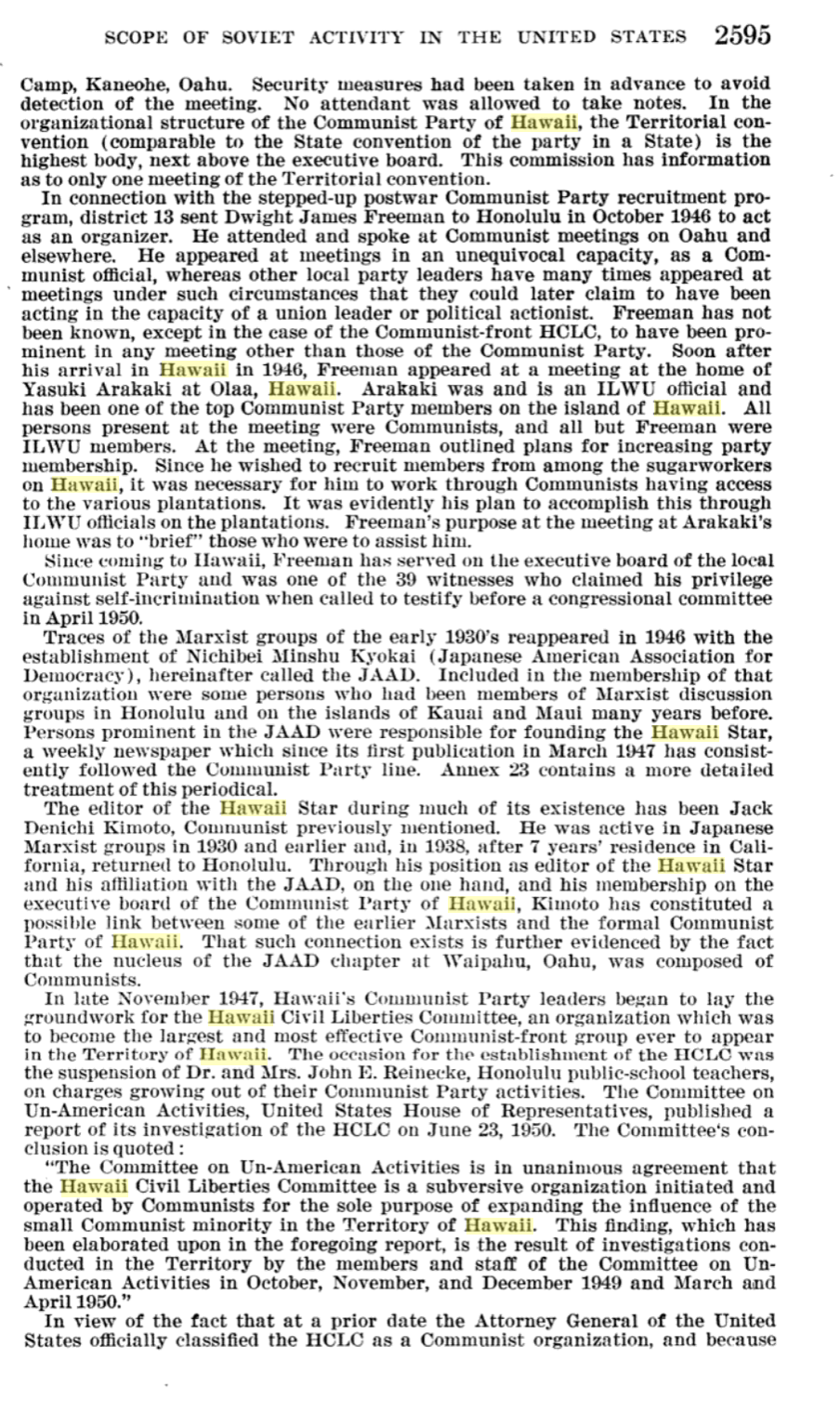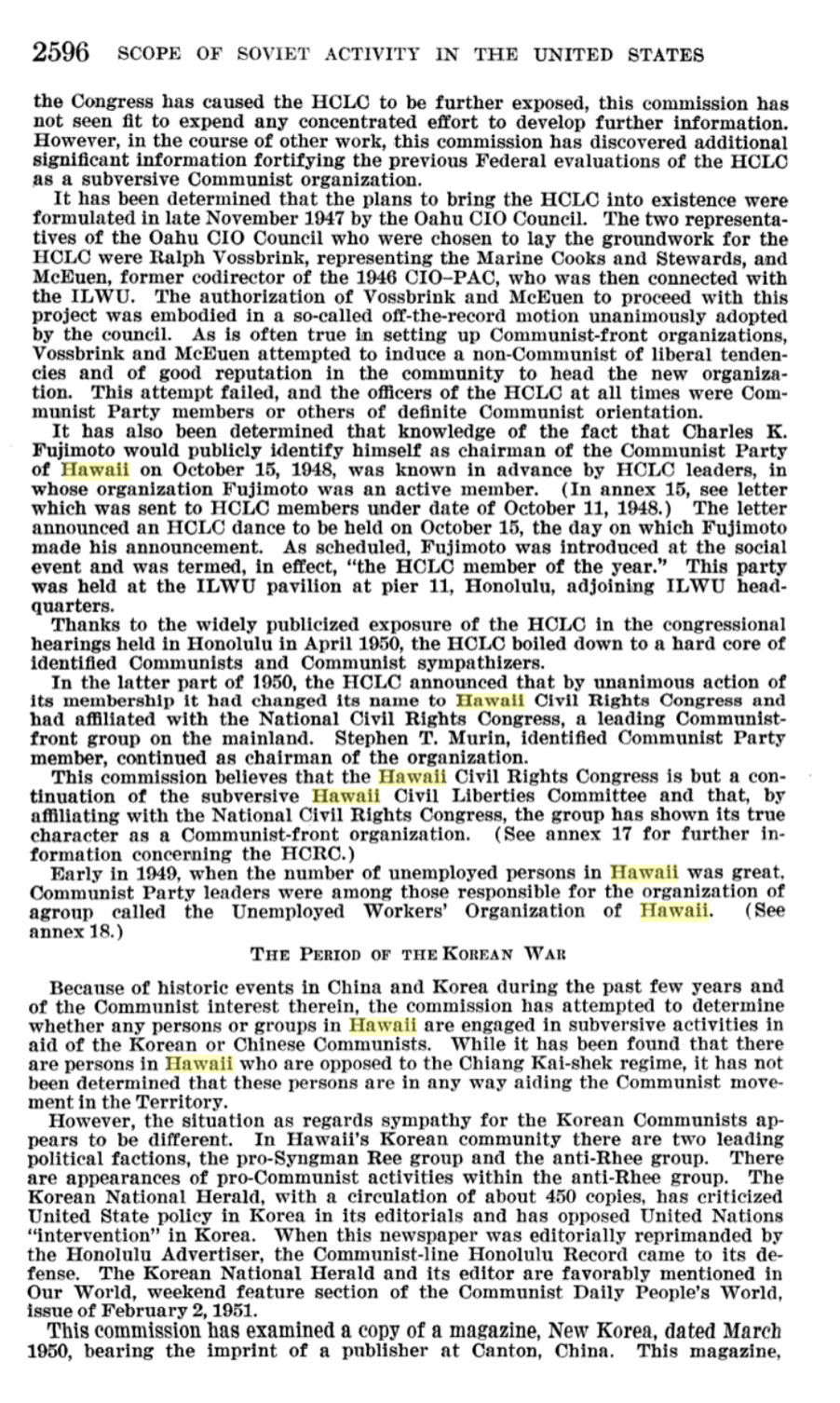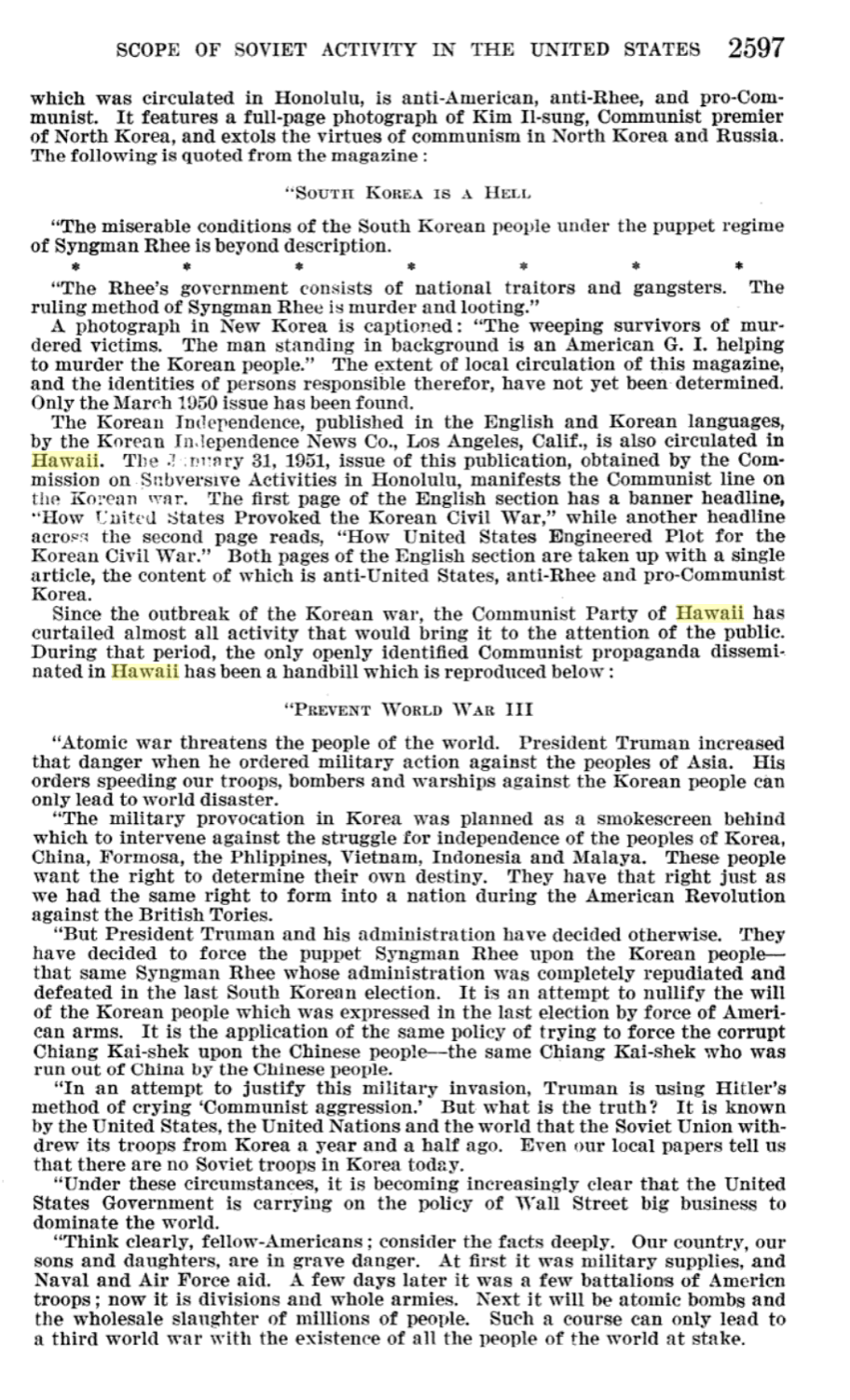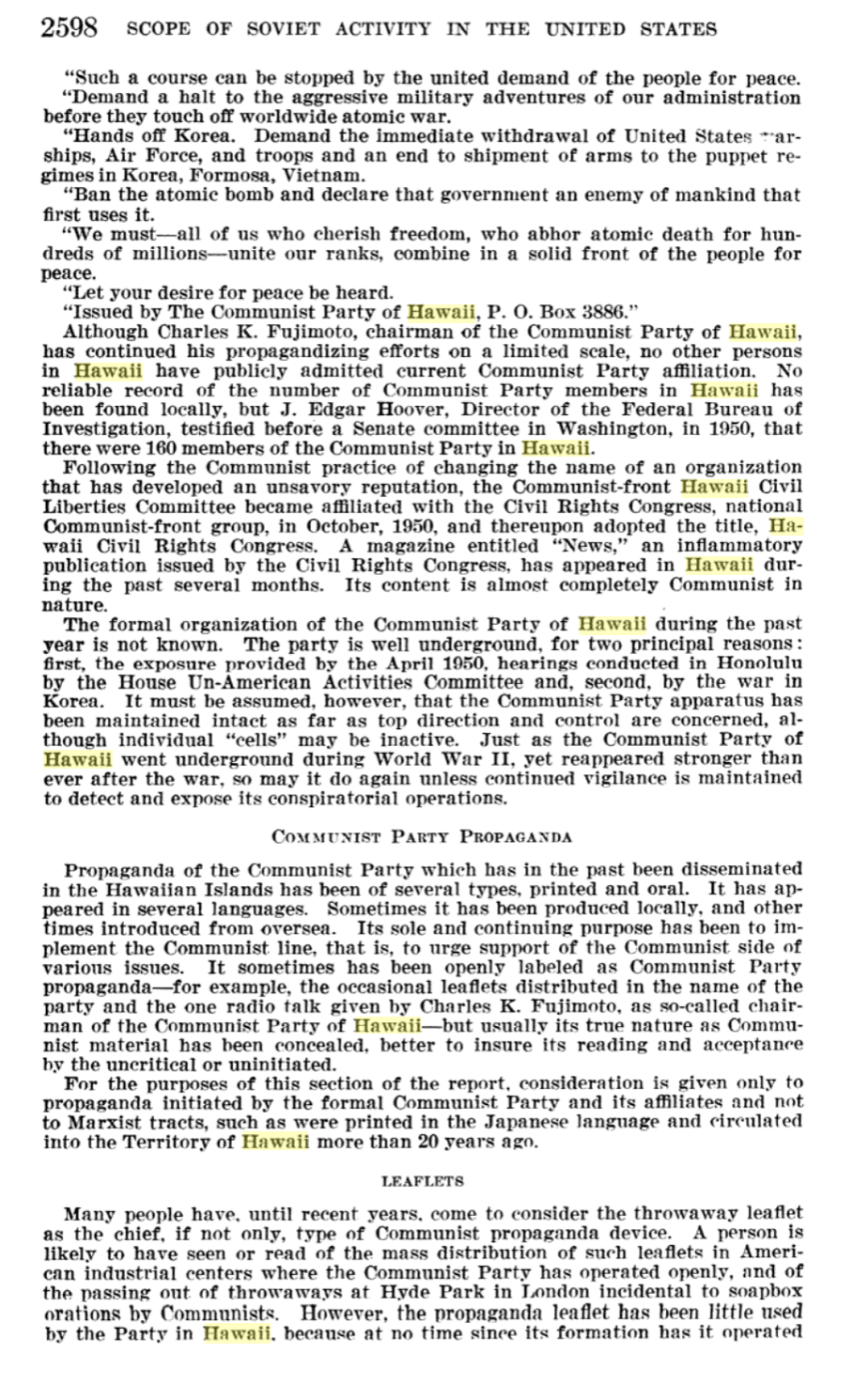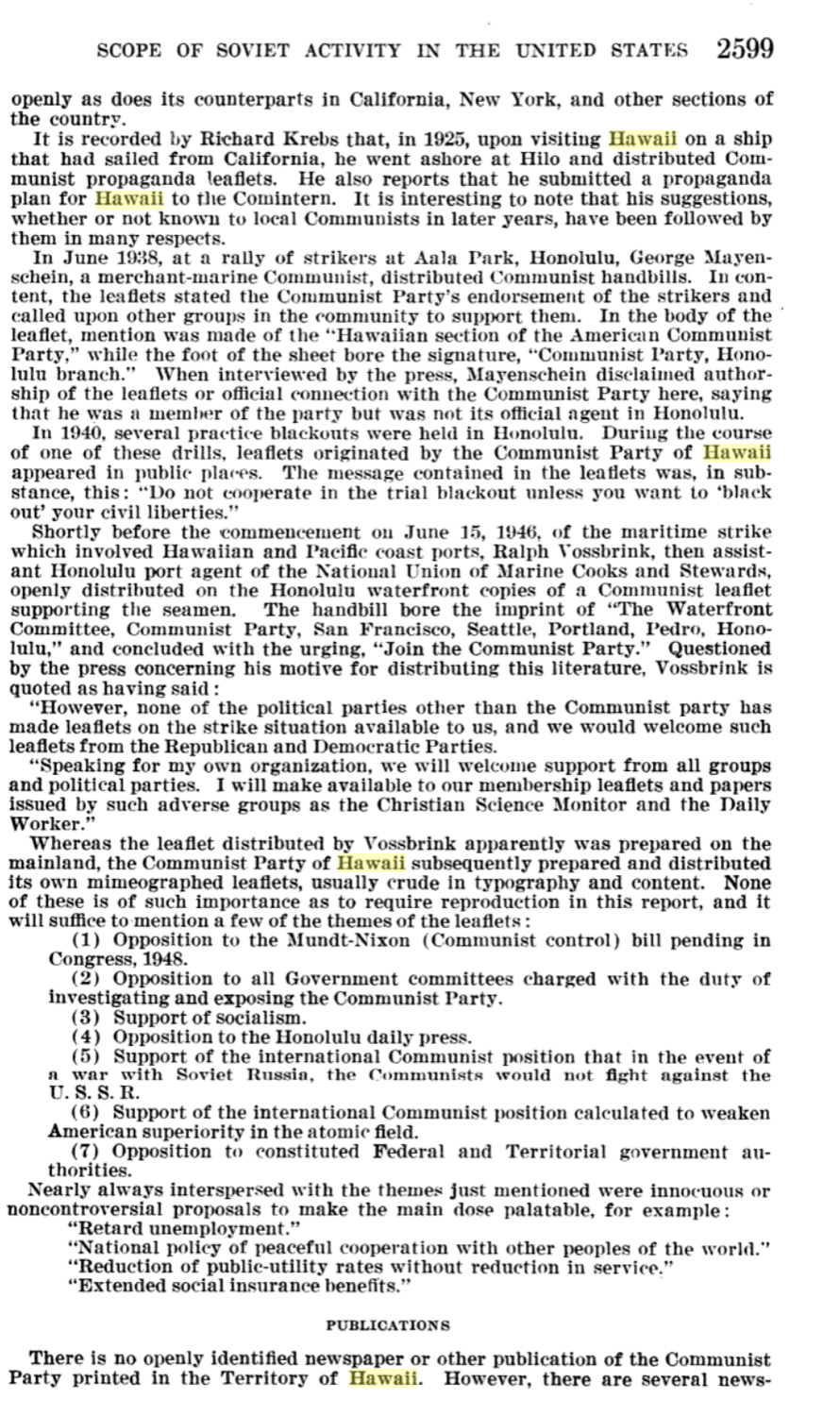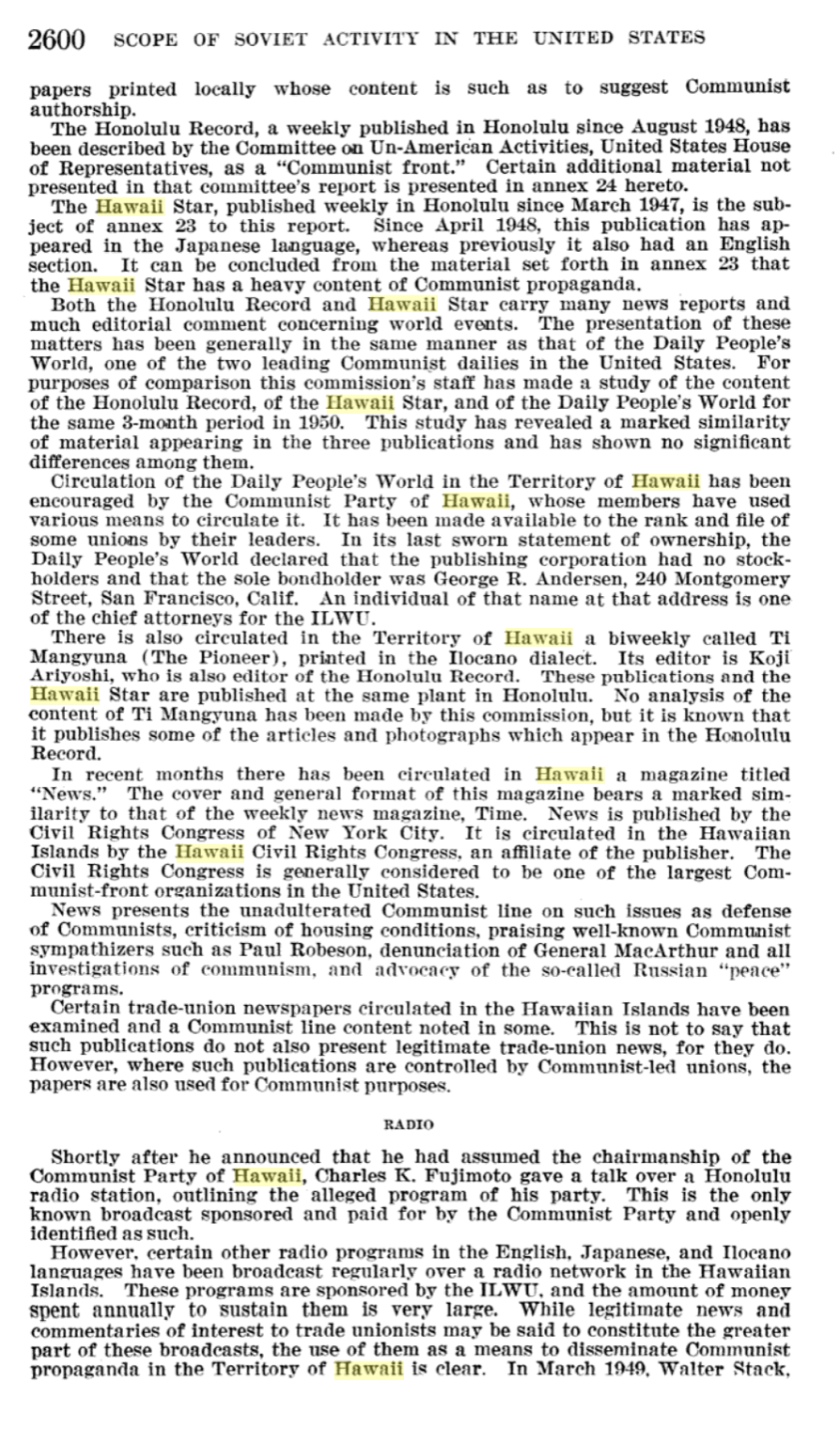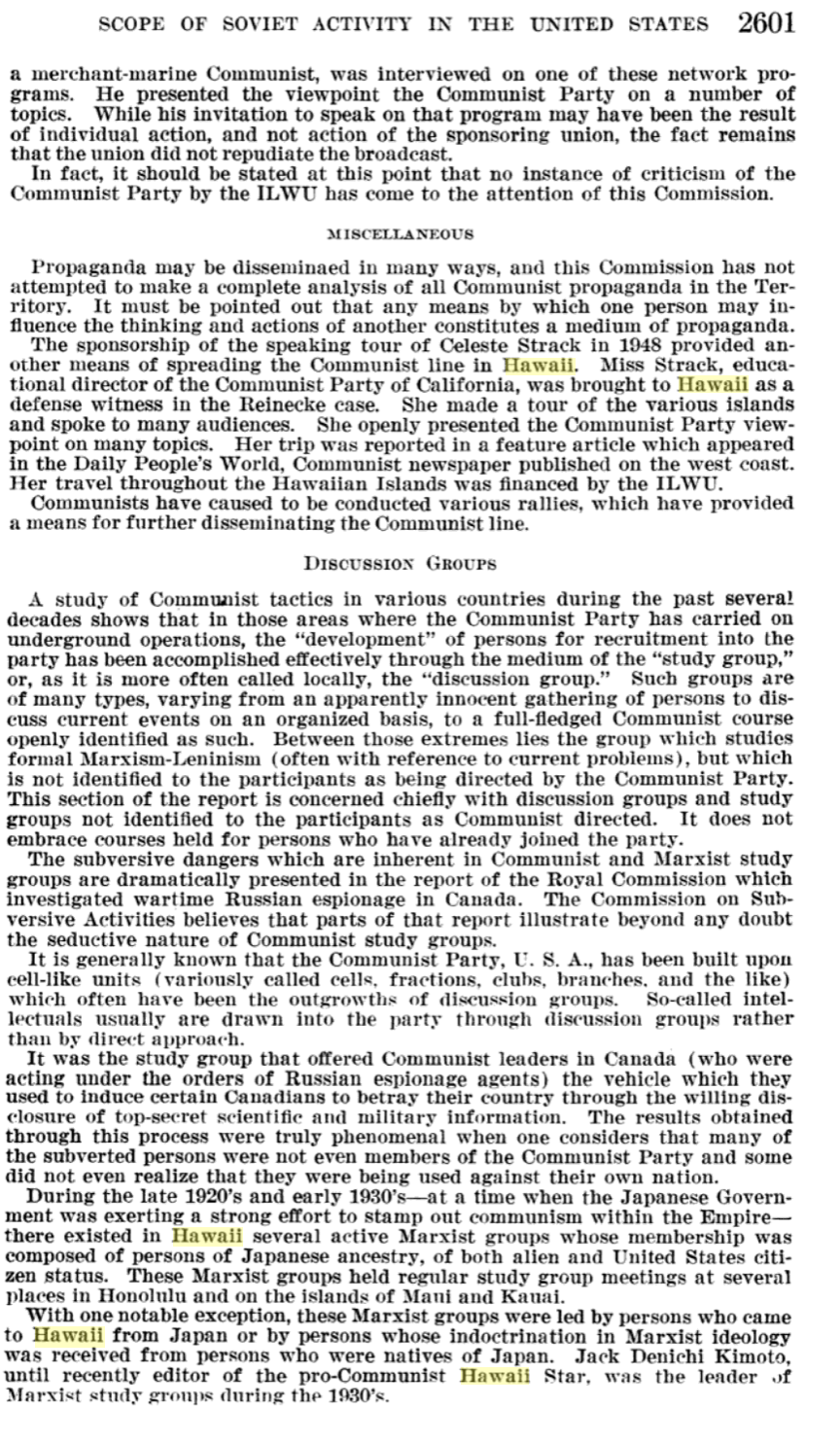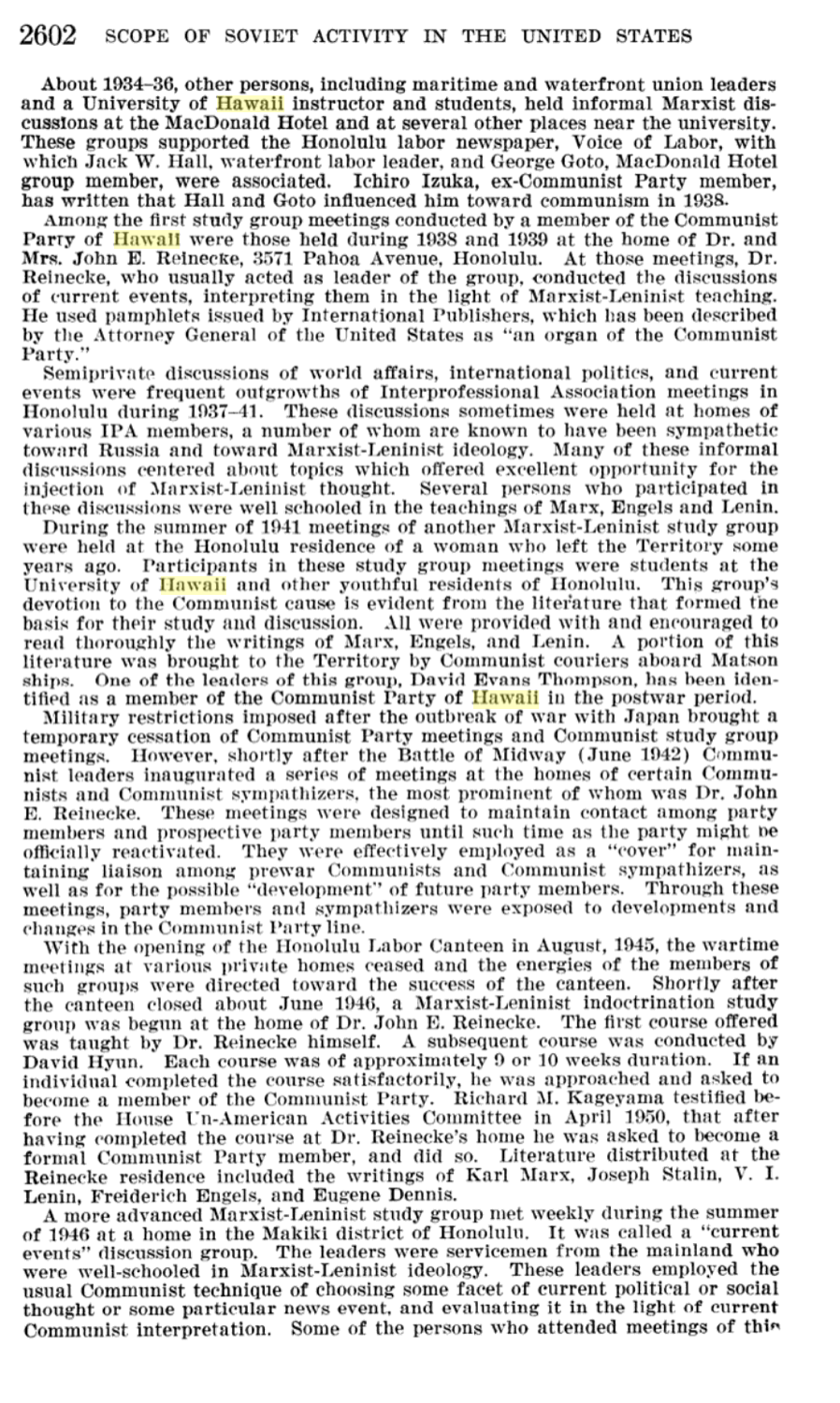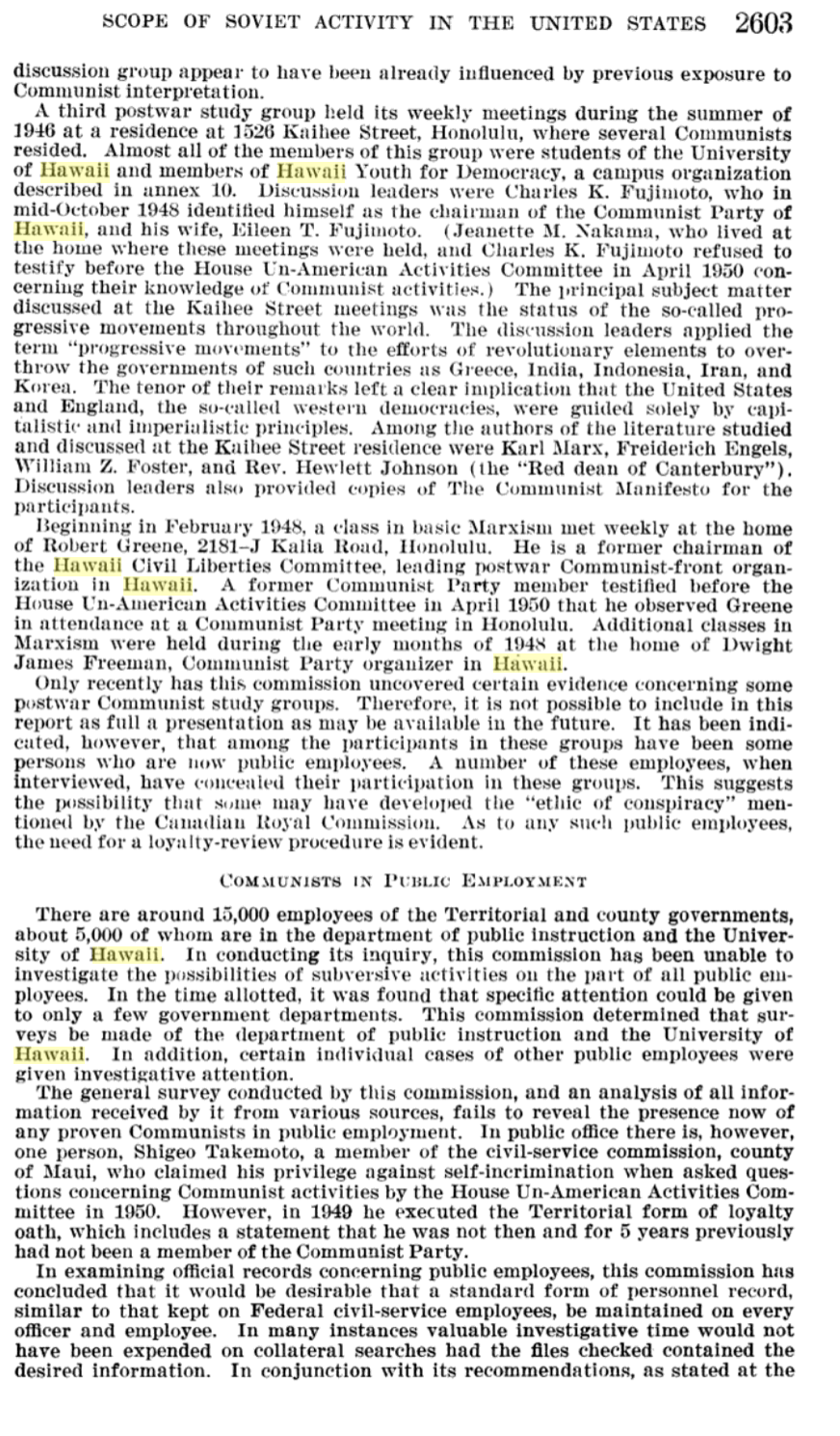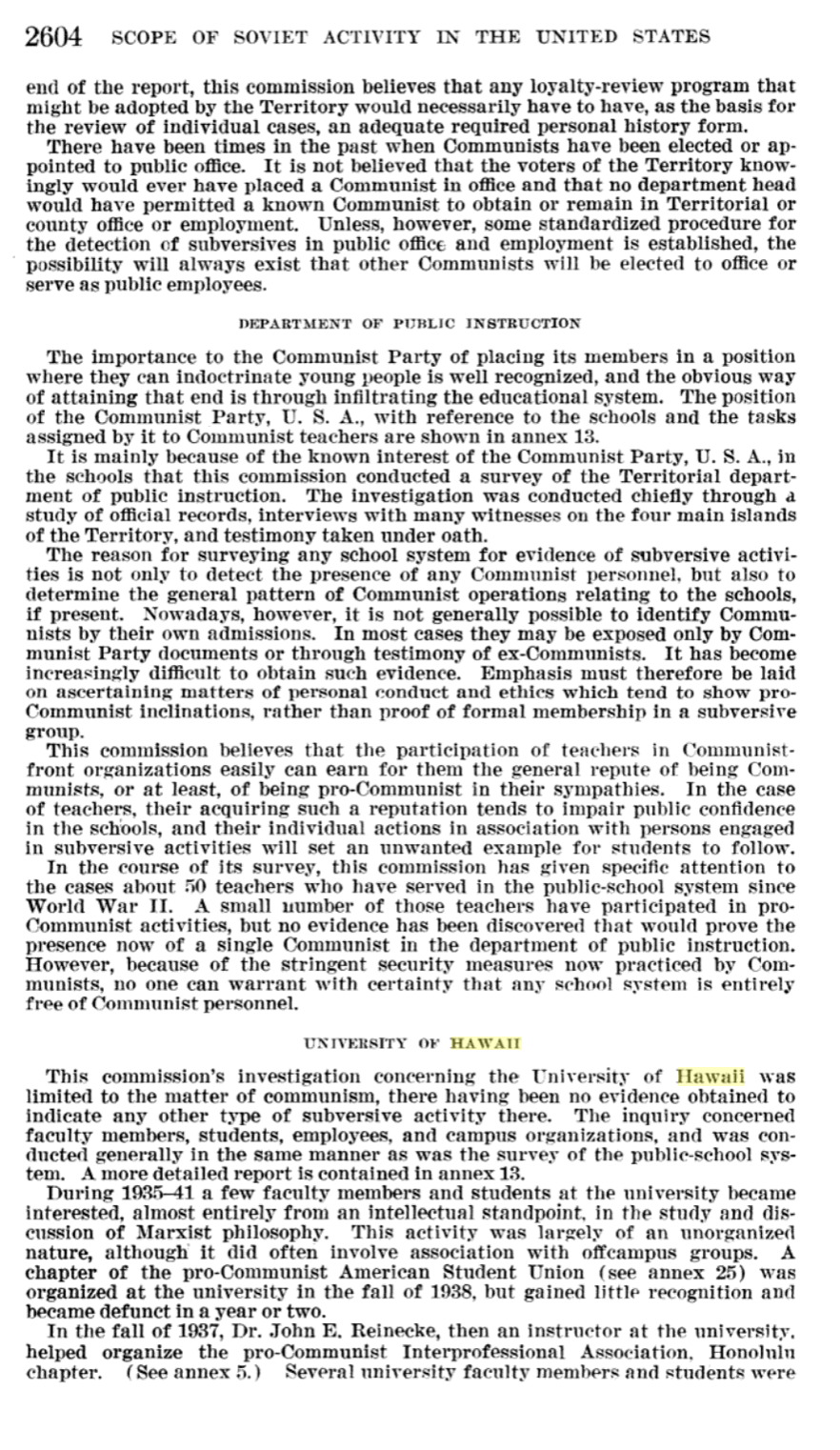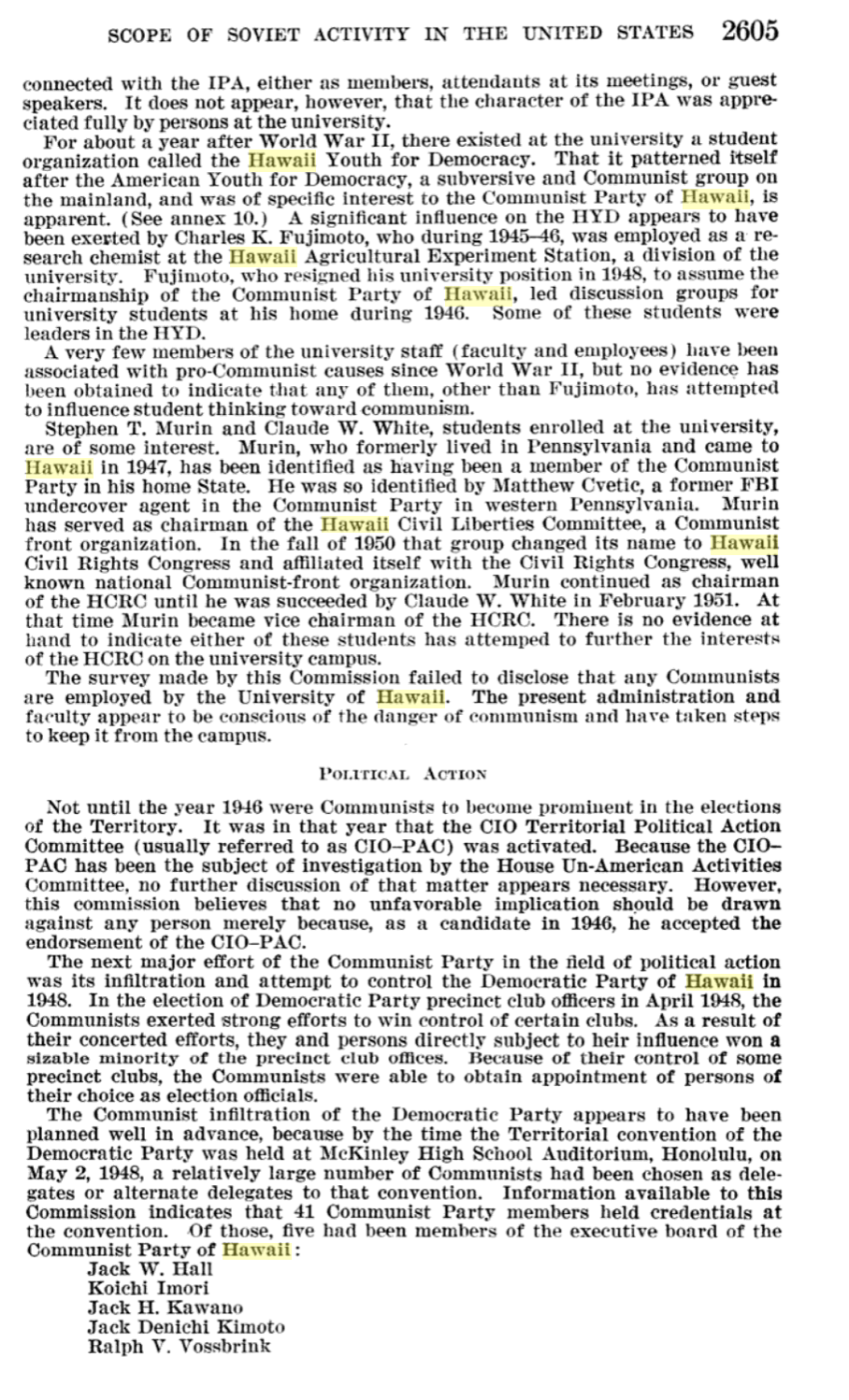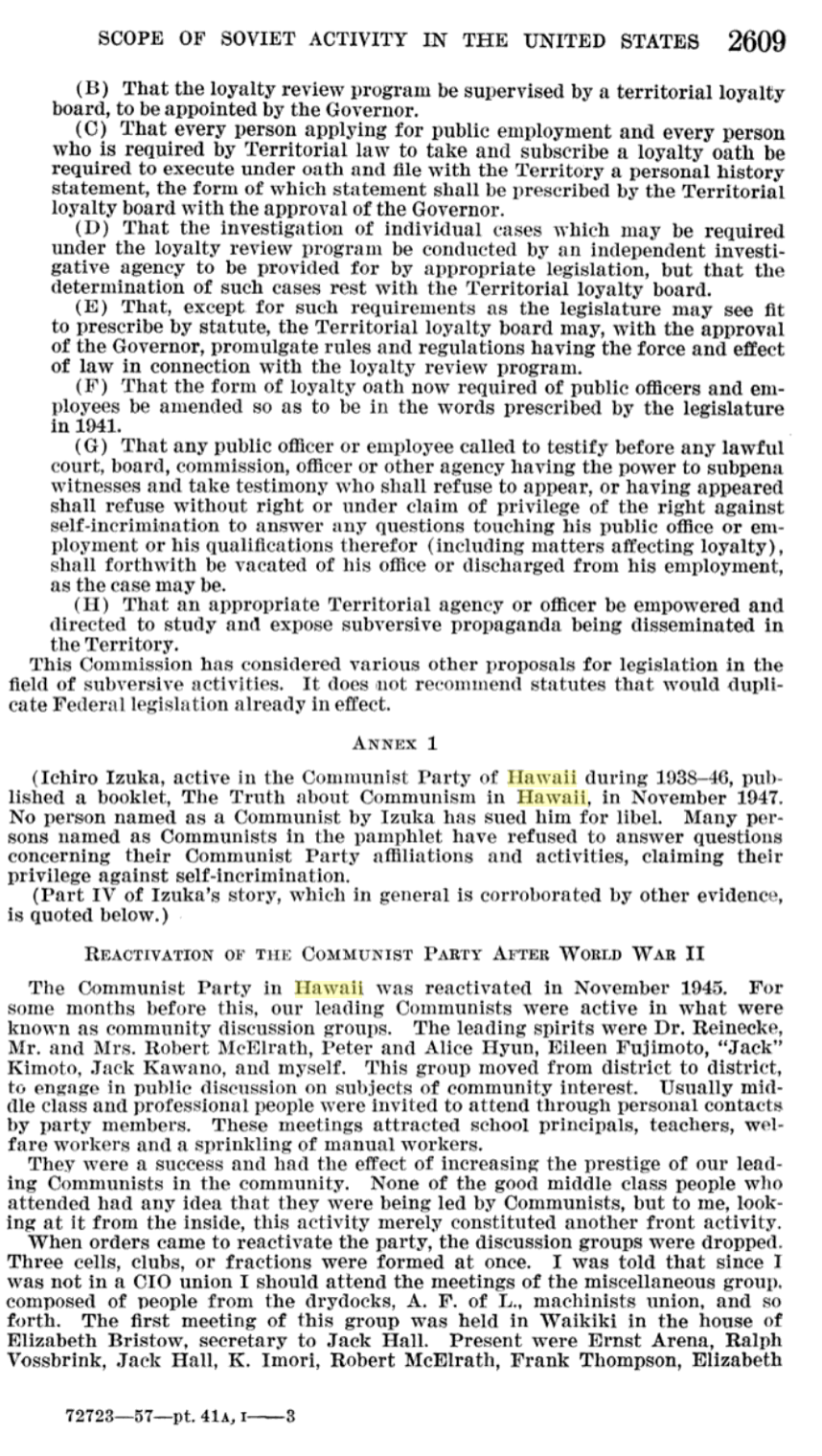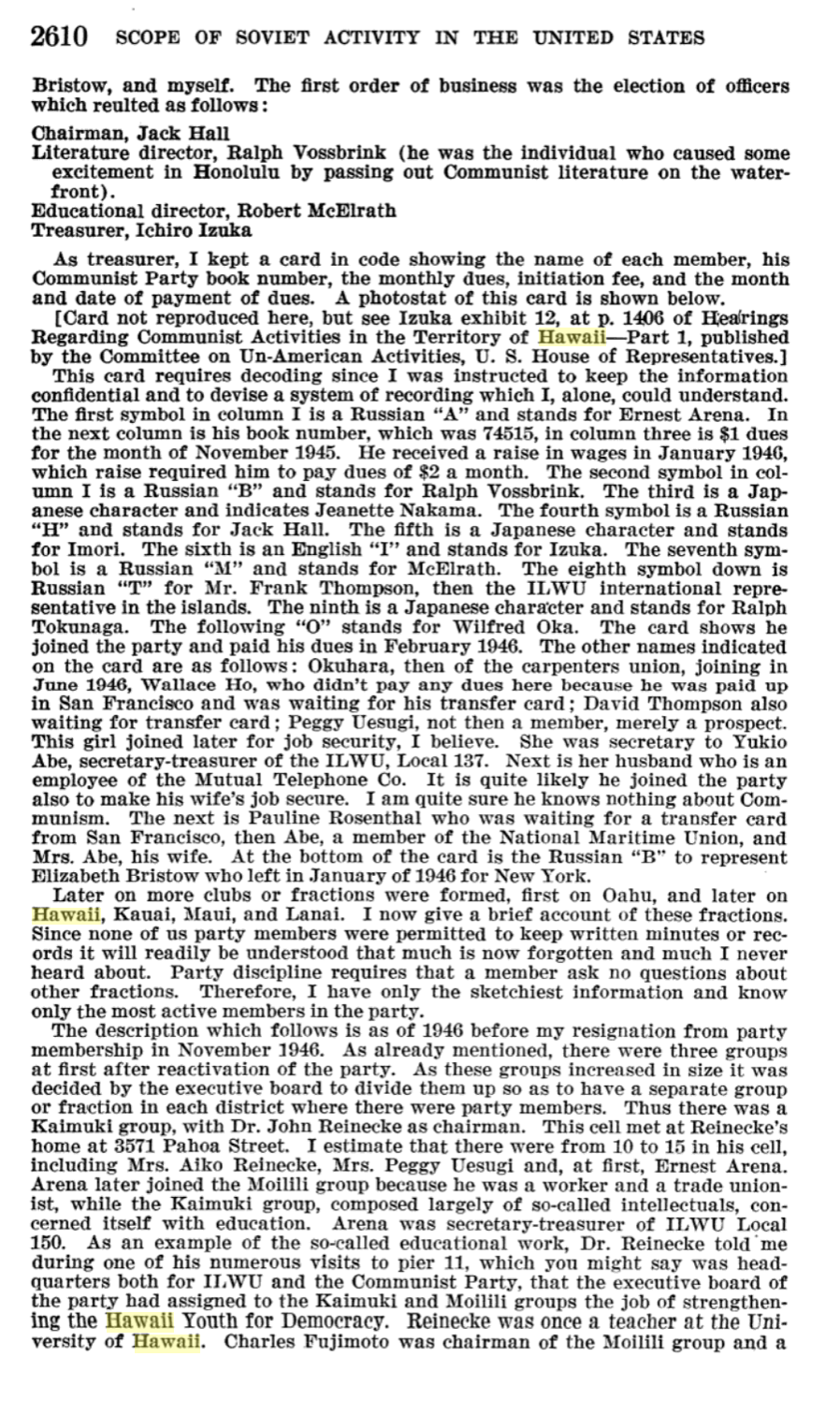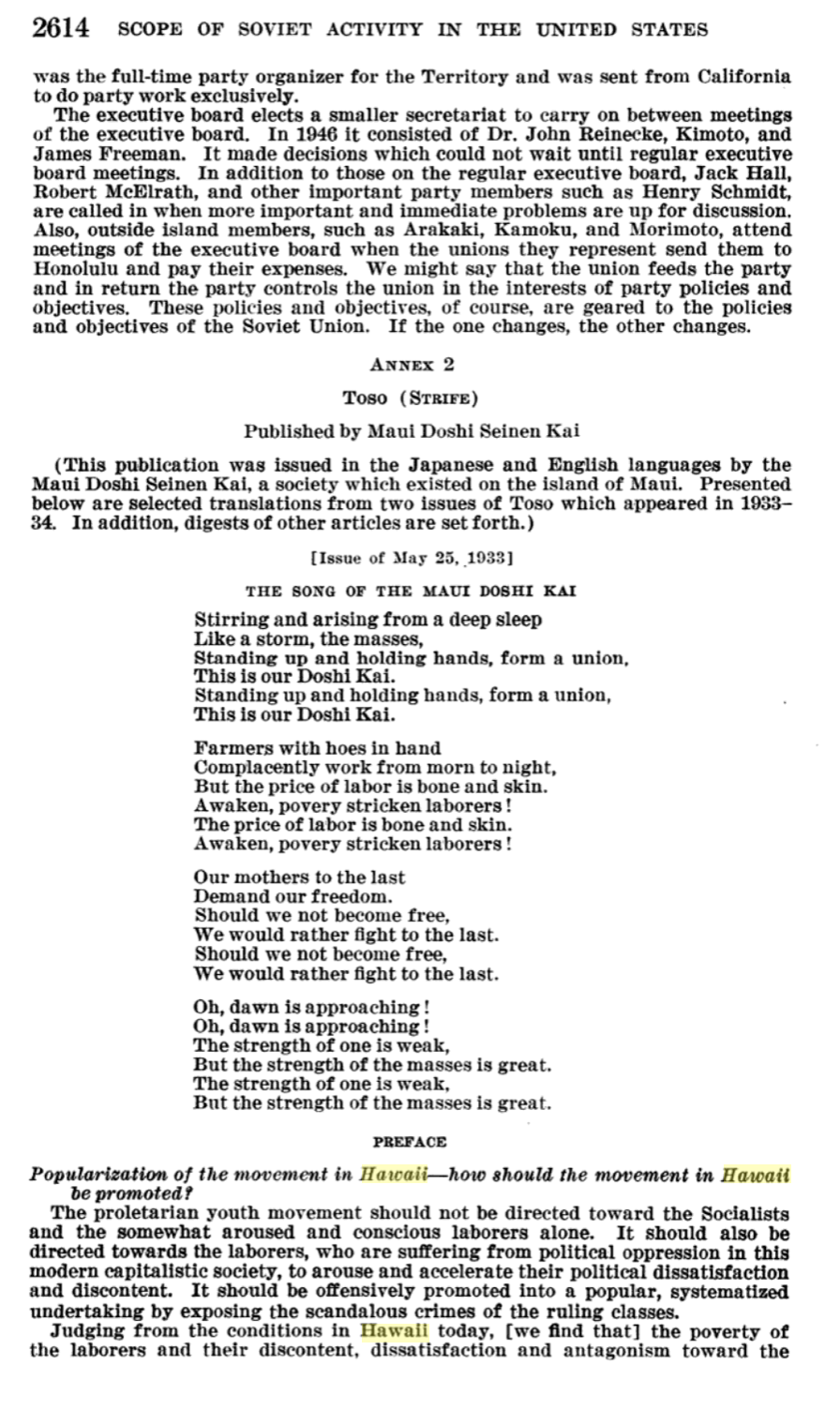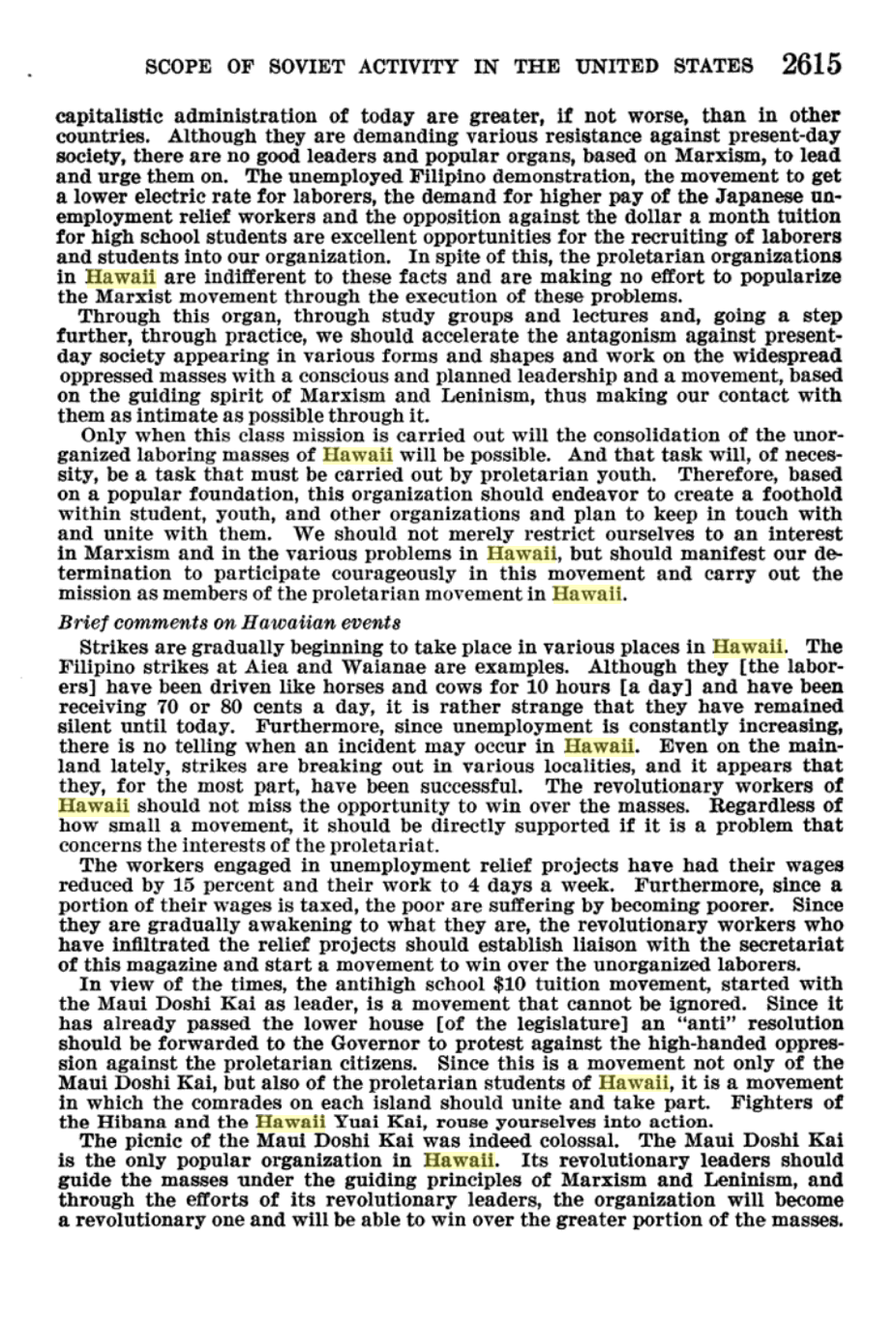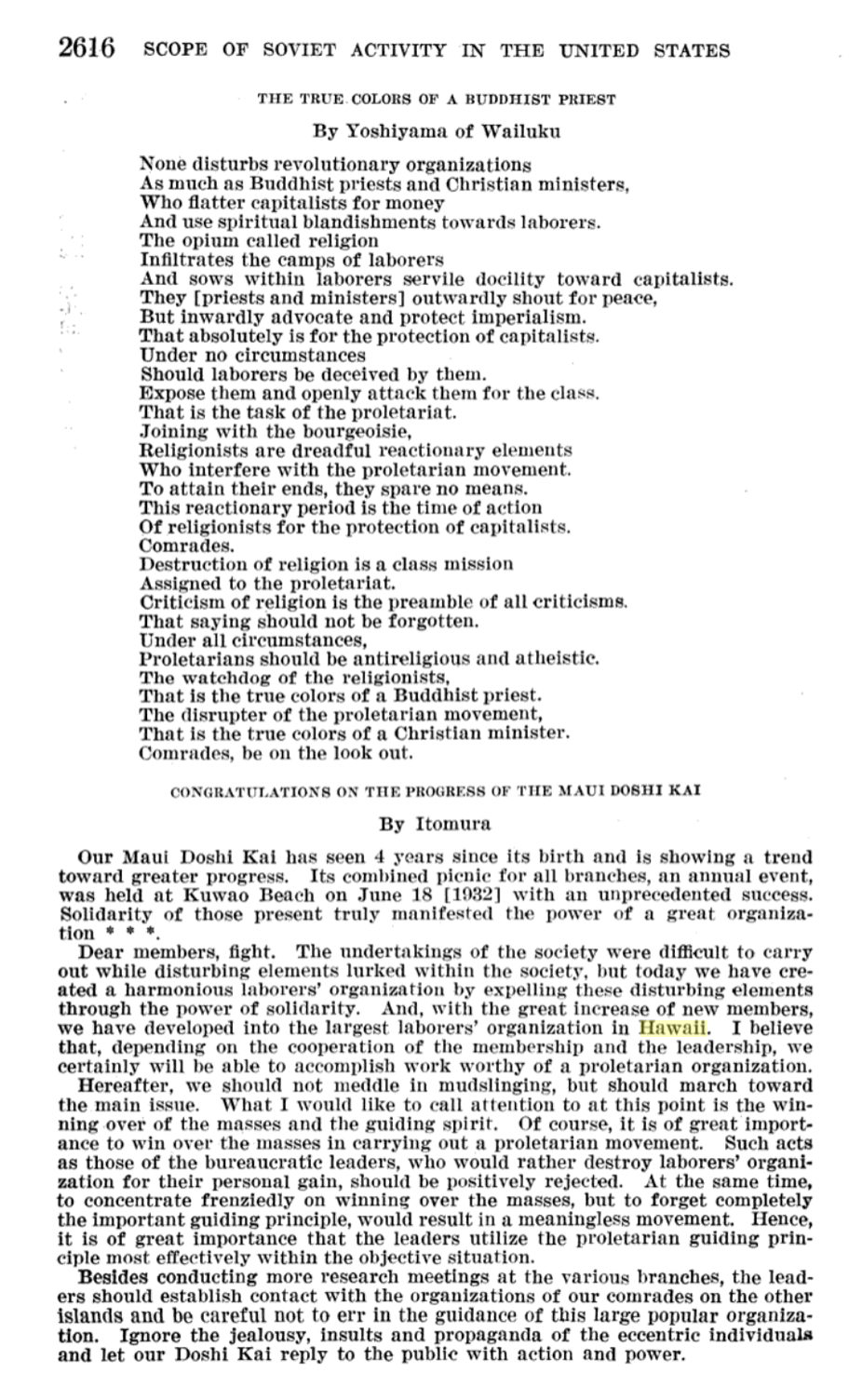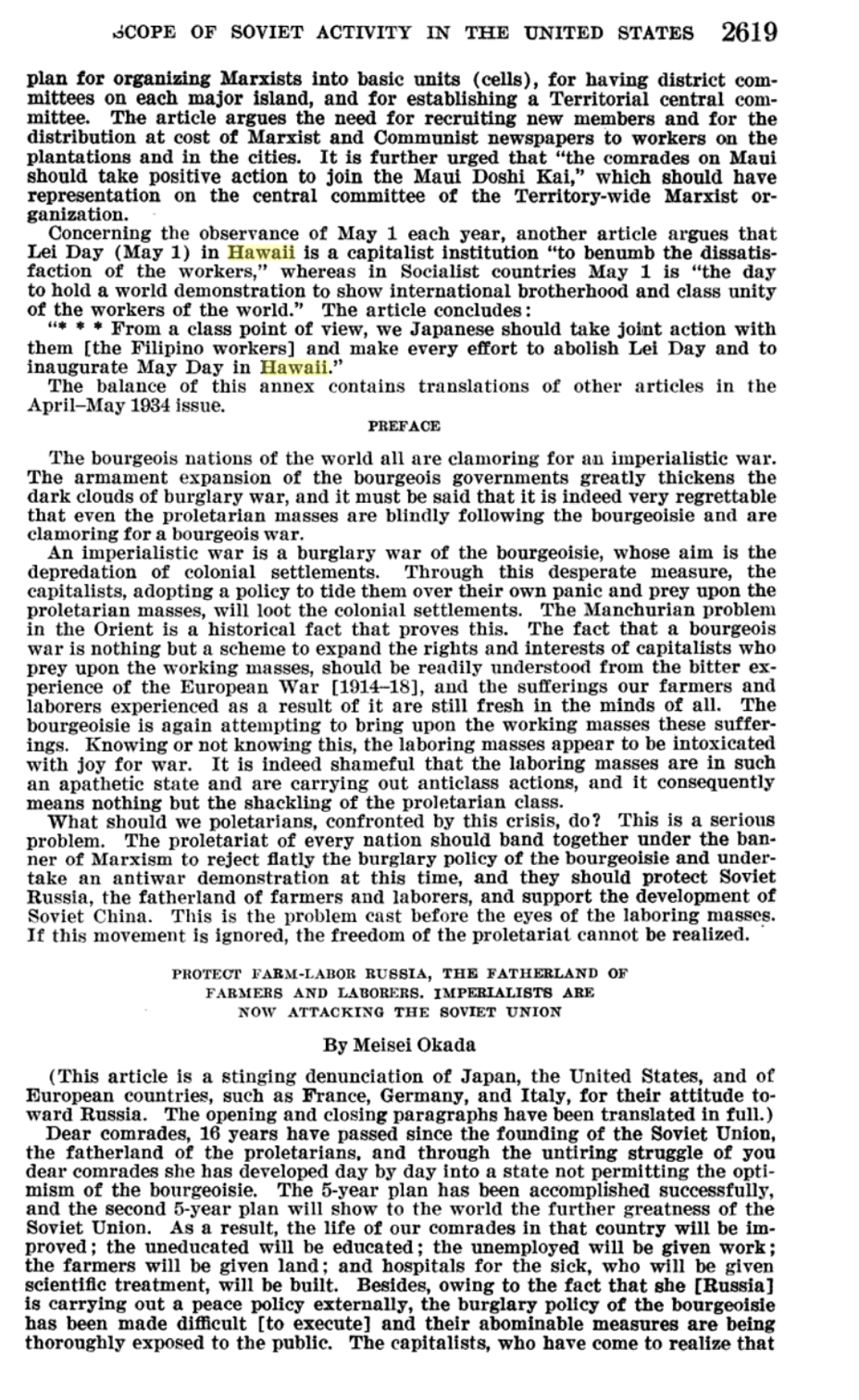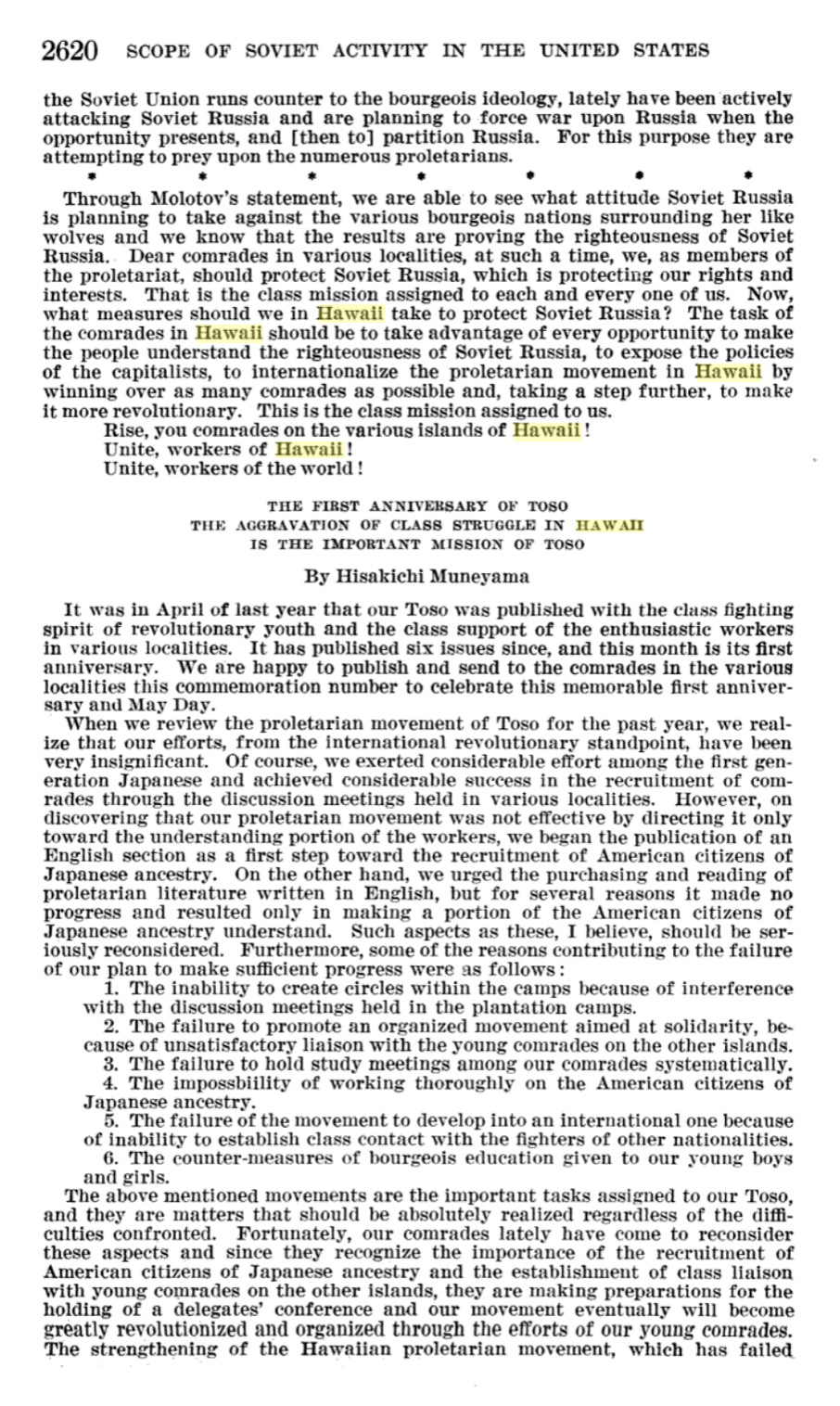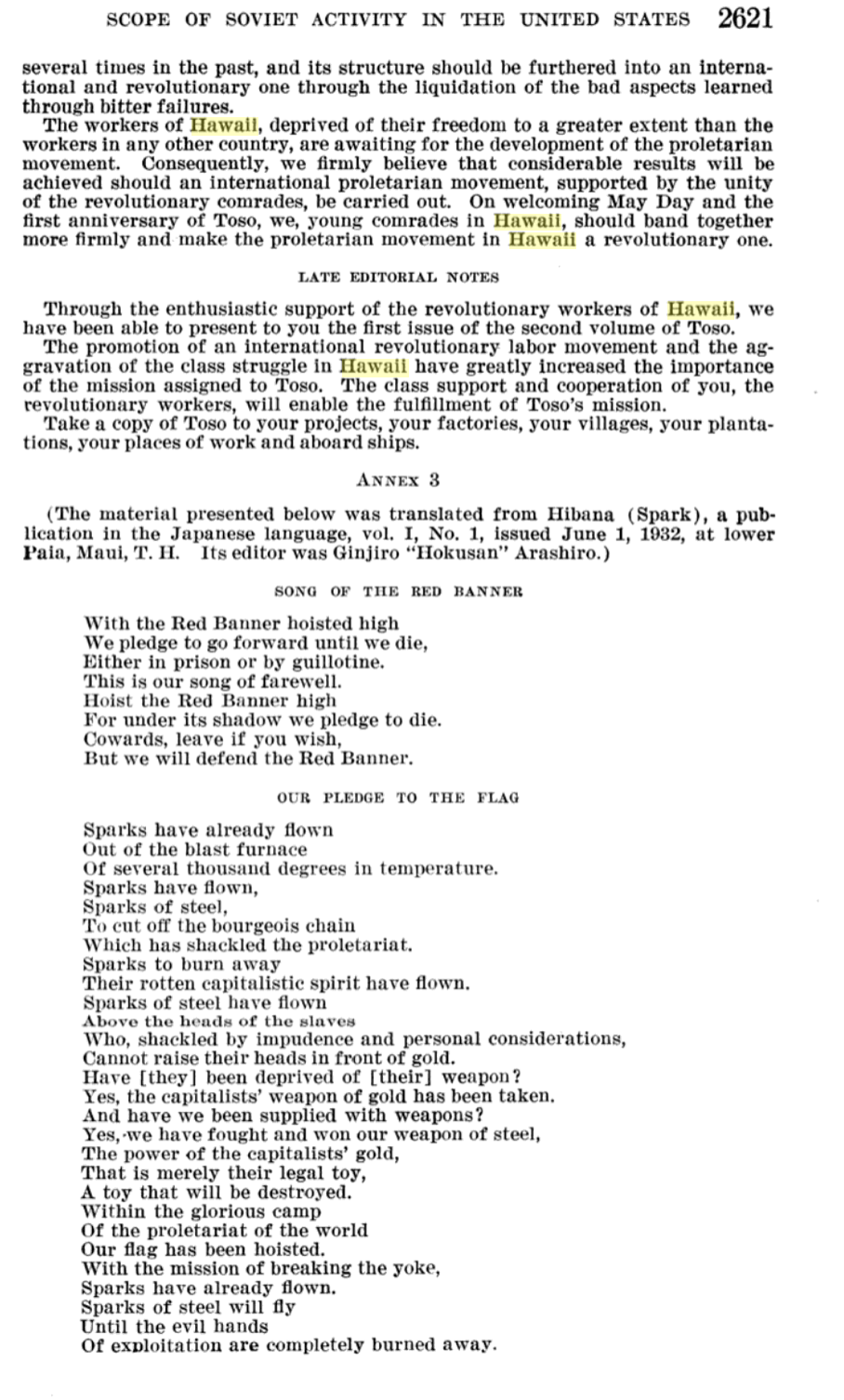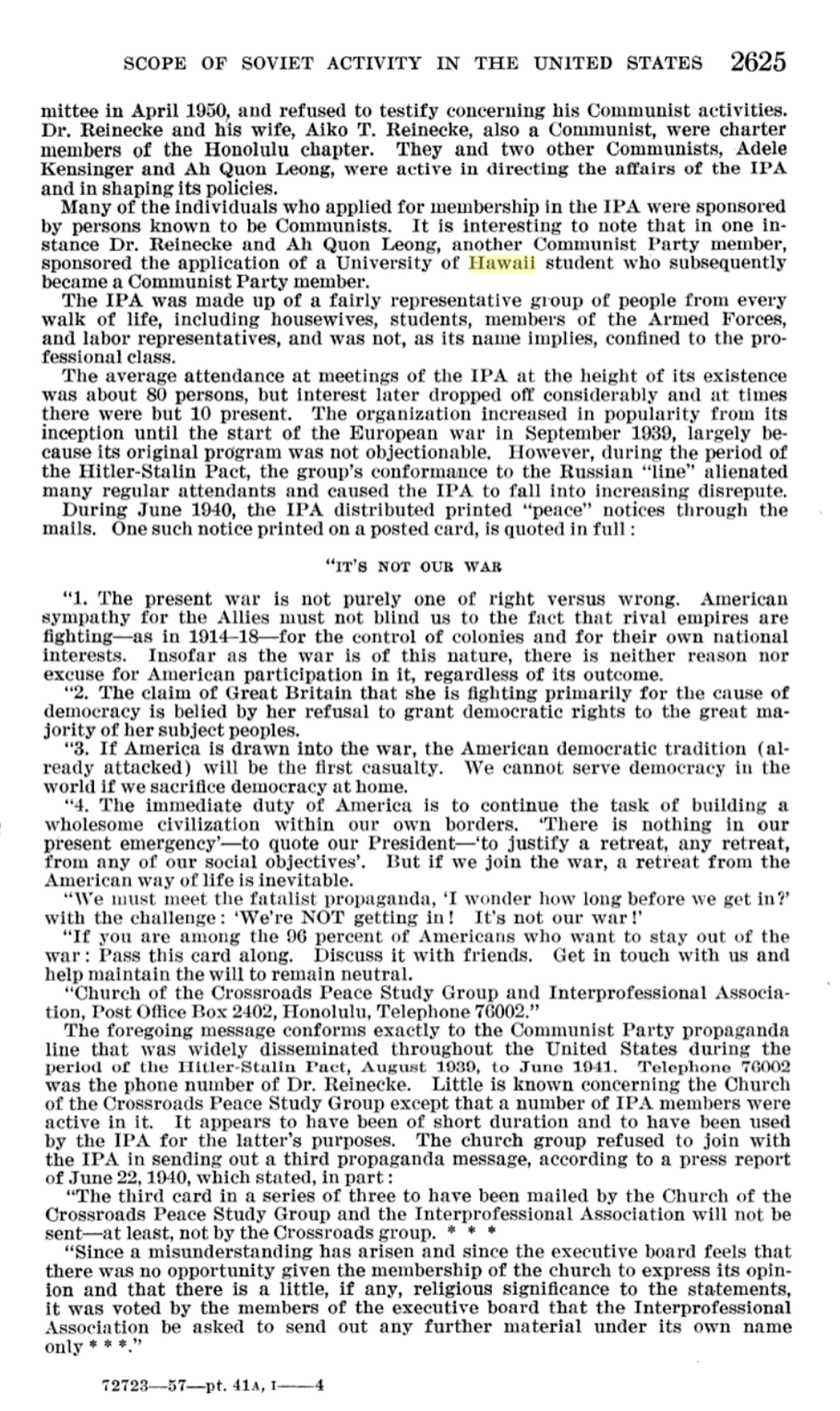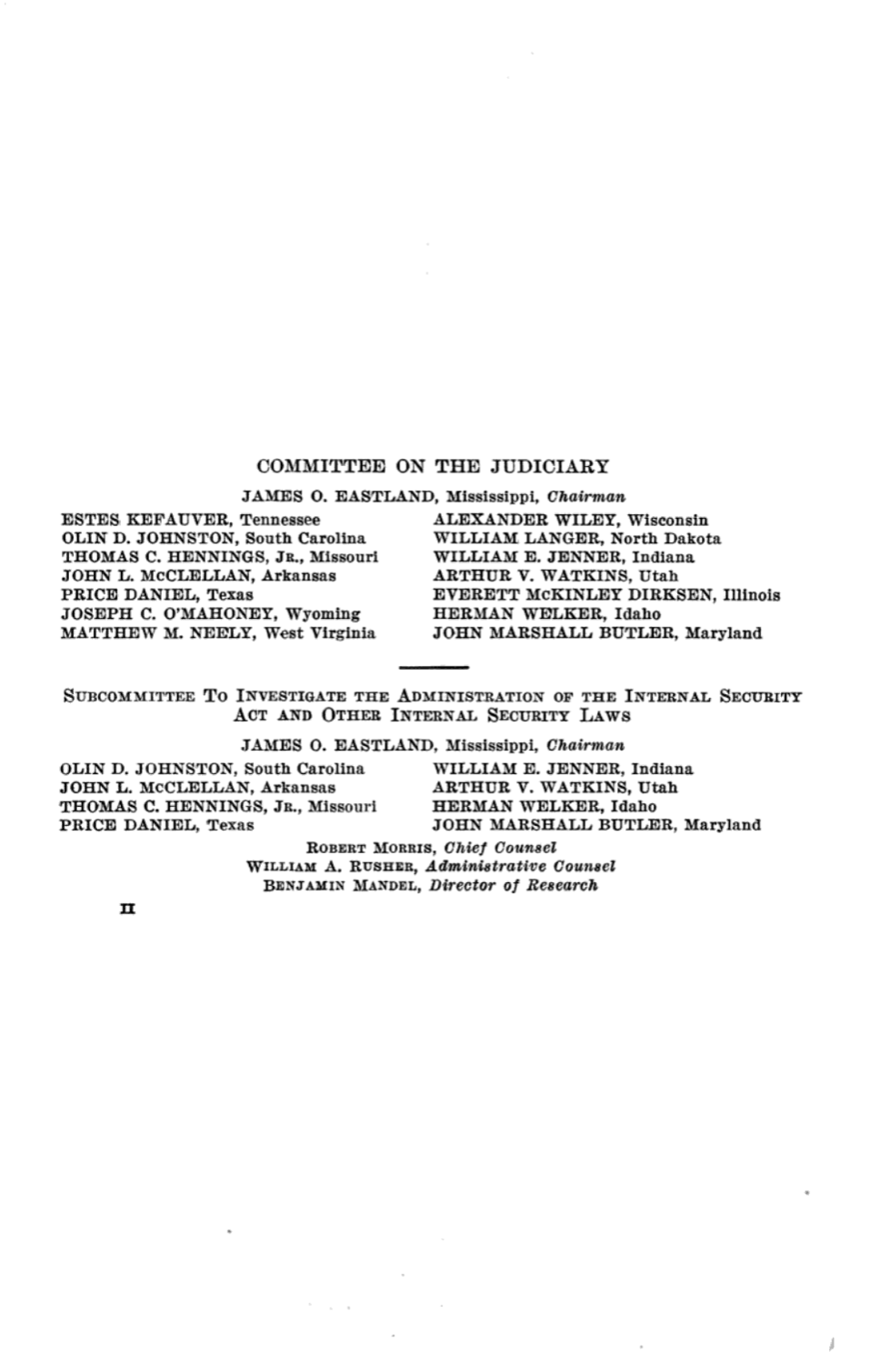1962 Oahu.
She dancing in a sun cult, D.H Lawrence, Isadora Duncan,
“When, in its divine power, [the soul] completely possesses the body, it converts that into a luminous moving cloud and thus can manifest itself in the whole of its divinity.” (Isadora Duncan (1877-1927))
Said otherwise, for Duncan, “divinity” is something that we can come to conceive and know only in and through our own bodily movements if and when and as we move with an awakened “soul.” We know “it” through the kinetic images we make of “it” as that which impels us to move. Elsewhere, Duncan locates this kinetic sensibility in the solar plexus. Yet here again, it is not that “the soul” is some spiritual entity that rests under our ribs. Rather, Duncan claims that at the crossing of our own beating and breathing rhythms, we are particularly vulnerable to sensing and receiving and responding to movement impulses. As a result, we can choose to focus our attention on the solar plexus as a way to awaken a sensory awareness capable of pervading a whole bodily self. To awaken soul—to learn to dance—is to know that how we move matters. How we move matters to who we are, what we value, and what the world is able to become through us. Every moment, in every thing we do, we are making the movements that bring the world, our ideals, our values, and even our gods, into being.
He working on the missile shots in the Pacific. A rainbow party on the rooftop overlooking Starfish Prime…. he had blown in over white Atlantic, Dutch descent, settling in ...
she was born on the stroke of December 1941, days before Pearl Harbour… the no-no boys were being locked up on the West Coast, Okada, flying a B24 from Guam over Tokyo, listening in on Japanese, scrawling on a page…
Korea War… Hiroshima…Ronald Laing…Inouye…Baseball… Turtle the blinded G.I., the 442nd regiment, the longshore strikes, the Union, Martin Luther… she was a Japanese-American born in the era of camps, and no-no. boys… he was an operator on the Operation Dominic Missile tests, with sympathies to the longshore strikes… she reads Beatnik generation, Jack Kerouac, Ginsberg, Albert Saijo a Hawaii local, The Kingston Trio , formed in 1957 in San Francisco, California, Bob Shane (b. Feb 1 1934, Hilo Hawaii); Nick Reynolds (b. July 27 1933 San Diego); Dave Guard (b. Mar 22, 1991 Honolulu, Hawaii); Hawaiian baby wood rose seeds; the Marsh Chapel Experiment; Big Sur, On the Road; she read Steinbeck dustbowl and thought him similar to a new book Things Fall Apart, from that continent west Africa, ‘turning and turning in the widening gyre, the falcon cannot hear the falconer; things fall apart; the centre cannot hold; mere anarchy is loosed upon the world
Working a pressman in the Honolulu Advertiser, Ulysseslike, preparing pamphlets…
the strange German neighbour who got deported in the war by the name Kuehn…. there were germans here now looking for exotic plants, a Fritz Hoffman.. missile experts… the pill arrived in 1960… she’d heard Martin Luther speak in 59…
It opens in a similar scene to Underworld (DeLillo)… a baseball match… or a longshore strike… or 1959… a crowd…
He speaks in your voice, American, and there’s a shine in the eye that’s halfway hopeful. It’s a school day, sure, but he’s nowhere near the classroom. He wants to be here instead, standing in the shadow of this old rust-hulk of a structure, and it’s hard to blame him – this metropolis of steel and concrete and flaky paint and cropped grass and enormous Chesterfield packs aslant on the scoreboards, a couple of cigarettes jutting from each. Longing on a large scale is what makes history. This is just a kid with a local yearning but he is part of an assembling crowd, anonymous thousands off the buses and trains, people in narrow columns tramping over the swing bridge above the river, and even if they are not a migration or a revolution, some vast shakingg of the soul, they bring with them the body heat of a great city and their own small reveries and desperations, the unseen something that haunts the day – men in fedoras and sailors on shore leave, the stray tumble of their thoughts, going to a game. The sky is low and grey, the roily grey of a sliding surf.
Dec 7 1960…the A bomb photos are released… Dec 16 1960… the Sacramento Solons Baseball team move to Honolulu
_____________________________________
https://en.wikipedia.org/wiki/Albert_Saijo
In 1942, when Saijo was 15 years old, he and his family were removed from their California home and imprisoned at Pomona Assembly Center, then transferred to Heart Mountain Relocation Center, as part of the U.S. government’s program of Japanese American internment.[1][3] While at Heart Mountain Saijo attended high school and worked as a janitor.[4] In 1942, Saijo began to write for his high school newspaper, the Heart Mountain Echoes.[5] His first feature article, entitled “Me and December 7”, was published on the first anniversary of the 1941 Attack on Pearl Harbor, and addressed his memories of shock and disorientation surrounding the attack, and his fears that he would be treated differently by non-Japanese friends and teachers as a result.[6] The article also argued against the significance of race and expressed opposition to the Nazi theory of the master race.[7] In his writing of this period, Saijo expressed a commitment to the United States as a melting pot and support for those who volunteered for the U.S. Armed Forces.[8] The historian Michael Masatsugu has argued that while Saijo did challenge the racial essentialistconstruction of Japanese Americans that was used to justify their internment, his arguments regarding the irrelevance of race and his call for Japanese Americans to assimilate were consistent with the approach of the War Relocation Authority (WRA).[8] Masatsugu observes that this was not a coincidence: Saijo and other writers were supervised by WRA officials, and Masatsugu argues that this supervision was a form of surveillance and censorship.[8]
Saijo’s later editorials and features criticized the injustice of internment. These included “Christmas, 1942”, which recounted his experience of his first Christmas at Heart Mountain.[9] He was more explicit in a March 1943 editorial, in which he associated internment with imprisonment and suggested that it was driven by discrimination.[10] Later in 1943 the Echoes, under Saijo’s editorship, called on Japanese Americans to give their backing to Gordon Hirabayashi‘s legal challenge to internment (see Hirabayashi v. United States).[10]
He later remembered internment as an “adventure”, but also as causing the break-up of his immediate family as he and his siblings began to spend more time with their peers.[4] Saijo was part of an early-leave program that commenced before the camps were closed; through a War Relocation Authority program he moved to Ann Arbor, Michigan, where he hoped to attend the University of Michigan but instead took a job in a cafeteria.[11]
He was eventually drafted,[11] and served in the 100th Battalion of the 442nd Regimental Combat Team.[12] He trained in Hattiesburg, Mississippi, and served in Italy during the post-war occupation.[11] While serving he contracted tuberculosis, which continued to trouble him for the following 20 years.[11]
In around 1954 Saijo began to develop an interest in Zen Buddhism, and in 1957 he left USC and moved to San Francisco, where his interest in Zen and haiku brought him into contact with members of the Beat Generation.[14] He worked at the YMCA in San Francisco’s Chinatown, and attended courses delivered there by David Hunter of the Human Potential Movement, where he met Lew Welch; and through Welch he met Allen Ginsberg, Joanne Kyger, Gary Snyder, Philip Whalen and others.[15] Saijo eventually moved in with Welch, Whalen, and others, and in 1959 led meditation at Snyder’s zendo in Marin, California.[15] Masatsugu argues that Saijo’s emergent interest in his Japanese heritage, including haiku and Zen, and his involvement in the Beat Generation, “were enabled in part by the shift in racial discourse and the re-presentation of things Japanese in American society”,[13] as fears of a “Yellow Peril” receded and Japan became a Cold War ally to the U.S.[11] At around this time Saijo also met Jack Kerouac, who was already an established writer.[15]
Kerouac, Saijo and Welch took a road trip together from San Francisco to New York, during which they bonded over haiku and Buddhism, and composed poems as they went.[16] On arriving in New York, they visited the apartment Ginsberg shared with Peter Orlovsky, where they presented Ginsberg with a wooden cross stolen from a roadside memorial in Arizona. The three men then spent the night at Kerouac’s mother’s house in Northport, where Kerouac remained as Saijo and Welch returned west.[17][18] Trip Trap (1972)[19] is a collection of haiku by Saijo, Kerouac and Welch,[20] which describe their road trip, and invoke Gary Snyder, who was then in Japan, as a kind of guiding spirit.[17]The collection was published after Kerouac and Welch’s deaths, and included an introductory essay by Saijo, in which he recalled their trip as involving shared conversations and shared periods of quiet contemplation.[21]
Funded by the G.I. Bill, Saijo attended the University of Southern California (USC) and earned a bachelor’s degree in International Relations with a minor in Chinese.[13] He entered USC’s graduate program and began work on a thesis on the 1954 partition of Vietnam.[13] Throughout his life Saijo remained in contact with those he had met at Heart Mountain, and relied on these connections for employment, housing, and religious instruction.[13]
Saijo and Kerouac became friends, bound by a shared wanderlust and appreciation of Zen Buddhism, cool jazz and alcohol.[3] Saijo later was a minor character in Kerouac’s Big Sur, in which he takes the name “George Baso” and in Kerouac’s depiction of the 1959 drive is described as “the little Japanese Zen master hepcat sitting crosslegged in the back of Dave’s [Lew’s] jeepster”.[20] Rob Wilson has argued that the character of Baso functions as a “link to Zen Buddhism and the Orient for Kerouac, who found the West Coast U.S.A. closer in expansive sentiment and lyrical existence to Asia than to Europe”.[22] A photograph of Saijo, Kerouac and Welch composing a poem together in New York was featured in Fred McDarrah‘s book The Beat Scene.[23] Along with Shig Murao, Saijo is one of only two Asian-American writers usually considered part of the Beat Generation.[24]
Big Sur is a 1962 novel by Jack Kerouac. It recounts the events surrounding Kerouac’s (here known by the name of his fictional alter-ego Jack Duluoz) three brief sojourns to a cabin in Bixby Canyon, Big Sur, owned by Kerouac’s friend and Beat poet Lawrence Ferlinghetti. The novel departs from Kerouac’s previous fictionalized autobiographical series in that the character Duluoz is shown as a popular, published author. The Subterraneans also mentions Kerouac’s (Leo Percepied) status as an author, and in fact even mentions how some of the bohemians of New York are beginning to talk in slang derived from his writing. Kerouac’s previous novels are restricted to depicting Kerouac’s days as a bohemian traveller.
“It was while she and Metzger were waiting for ancillary letters to be granted representatives in Arizona, Texas, New York and Florida, where Inverarity had developed real estate, and in Delaware, where he’d been incorporated. The two of them, followed by a convertibleful of the Paranoids Miles, Dean, Serge and Leonard and their chicks, had decided to spend the day out at Fangoso Lagoons, one of Inverarity’s last big projects. The trip out was uneventful except for two or three collisions the Paranoids almost had owing to Serge, the driver, not being able to see through his hair. He was persuaded to hand over the wheel to one of the girls. Somewhere beyond the battening, urged sweep of three-bedroom houses rushing by their thousands across all the dark beige hills, somehow implicit in an arrogance or bite to the smog the more inland somnolence of San Narciso did lack, lurked the sea, the unimaginable Pacific, the one to which all surfers, beach pads, sewage disposal schemes, tourist incursions, sunned homosexuality, chartered fishing are irrelevant, the hole left by the moon’s tearing-free and monument to her exile; you could not hear or even smell this but it was there, something tidal began to reach feelers in past eyes and eardrums, perhaps to arouse fractions of brain current your most gossamer microelectrode is yet too gross for finding. Oedipa had believed, long before leaving Kinneret, in some principle of the sea as redemption for Southern California (not, of course, for her own section of the state, which seemed to need none), some unvoiced idea that no matter what you did to its edges the true Pacific stayed inviolate and integrated or assumed the ugliness at any edge into some more general truth. Perhaps it was only that notion, its arid hope, she sensed as this forenoon they made their seaward thrust, which would stop short of any sea.”
“They came in among earth-moving machines, a total absence of trees, the usual hieratic geometry, and eventually, shimmying for the sand roads, down in a helix to a sculptured body of water named Lake In-verarity. Out in it, on a round island of fill among blue wavelets, squatted the social hall, a chunky, ogived and verdigrised, Art Nouveau reconstruction of some European pleasure-casino. Oedipa fell in love with it. The Paranoid element piled out of their car, carrying musical instruments and looking around as if for outlets under the trucked-in white sand to plug into. Oedipa from the Impala’s trunk took a basket filled with cold eggplant parmigian’ sandwiches from an Italian drive-in, and Metzger came up with an enormous Thermos of tequila sours. They wandered all in a loose pattern down the beach toward a small marina for what boat owners didn’t have lots directly on the water.” (The Crying of Lot 49)
There was the same whimsy to both. Perhaps—she felt briefly penetrated, as if the bright winged thing had actually made it to the sanctuary of her heart—perhaps, springing from the same slick labyrinth, adding those two lines had even, in a way never to be explained, served him as a rehearsal for his night’s walk away into that vast sink of the primal blood the Pacific. She waited for the winged brightness to announce its safe arrival. But there was silence. Driblette, she called. The signal echoing down twisted miles of brain circuitry. Driblette!”
And there was Mondaugen, chasing the sferics, and the man in the high tower over Alma-Ata, chasing shadows.
Bahman, Szymanski , not chasing Sferics, but satellite tampers, shimmers, blindings, co-orbital deceptions,
“ I’m the projector at the planetarium, all the closed little universe visible in the circle of that stage is coming out of my mouth, eyes, sometimes other orifices also. But she couldn’t let it quite go. “What made you feel differently than Wharfinger did about this, this Trystero.” At the word, Driblette’s face abruptly vanished, back into the steam. As if switched off. Oedipa hadn’t wanted to; say the word. He had managed to create around it the same aura of ritual reluctance here, offstage, as he had on.
“If I were to dissolve in here,” speculated the voice out of the drifting steam, “be washed down the drain into the Pacific, what you saw tonight would vanish too. You, that part of you so concerned, God knows how, with that little world, would also vanish. The only residue in fact would be things Wharfinger didn’t lie about. Perhaps Squamuglia and Faggio, if they ever existed. Perhaps the Thurn and Taxis mail system. Stamp collectors tell me it did exist. Perhaps the other, also. The Adversary. But they would be traces, fossils. Dead, mineral, without value or potential.”
“For one thing, she read over the will more closely. If it was really Pierce’s attempt to leave an organized something behind after his own annihilation, then it was part of her duty, wasn’t it, to bestow life on what had persisted, to try to be what Driblette was, the dark machine in the centre of the planetarium, to bring the estate into pulsing stelliferous Meaning, all in a soaring dome around her? If only so much didn’t stand in her way: her deep ignorance of law, of investment, of real estate, ultimately of the dead man himself. The bond the probate court had had her post was perhaps their evaluation in dollars of how much did stand in her way. Under the symbol she’d copied off the latrine wall of The Scope into her memo book, she wrote Shall I project a world? If not project then at least flash some arrow on the dome to skitter among constellations and trace out your Dragon, Whale, Southern Cross. Anything might help.”
IBManoiacs, and the crew paranoiac who Never saw The War ending, 2020, war continuous, at war in war under war conditions, disappearance, machines saturating into gauze-light, sloterdijk in K bubbles of ambosaccadic terror, Dr. Hilarius with the sirens coming
See Oahu - for structure.
See 7 Dec 1941, Automatic Writing, AQ and Robert - for writing line
footnotes
1962
Film Above. This 1960s color travelogue about Hawaii is a long advertisement for sponsor Matson Hotels and Northwest Orient Airlines. Waikiki Beach is panned. The Northwest Airlines Boeing 707 lands. Well-dressed passengers are greeted by Hula dancers. Each passenger receives a lei and a kiss (:57-2:00). Catamarans are beached outside the Moana Hotel. A woman enters her room. The porter is tipped. A waiter brings a pineapple to the room. She walks on the beach in her 1960s two-piece bathing suit (2:01–3:17). A man in a 1960s suit walks the beach to the Surfrider Hotel. He receives two leis and kisses. He enters his room; the porter carries his luggage. The balcony view includes a pretty woman sunbathing (3:18–3:50). The SS Lurline passenger ocean liner approaches; passengers wave. Waiting are Hula dancers and a ukulele player (3:51–4:39). The Royal Hawaiian Hotel is shown from the beach. The new guests wear layers of leis. One wears a 1960s dress and white gloves. The balcony view is the beach (4:40–5:22). A woman in a 1960s two-piece bathing suit learns the Hula. A little boy dances to ukulele players. A pretty woman stands on her surfboard; her handsome male companion falls off. A group of women attend an outdoor flower-arranging class (5:23–7:18). The round swimming pool at the Princess Kaiulani Hotel is shown. Tourists pass a portrait of Princess Kaiulani in the lobby. The mural in the Kahili room is shown. Tourists dine on the terrace. Matson Hotels shown are the Edgewater and The Breakers (7:19–9:10). A lunch buffet of seafood dishes are shown. Tourists relax in lawn chairs. Fashion show dress models wearing white 1960s gloves walk by diners. Cocktails are served in the Captain Cook Bar. Room service brings Planter’s Punches drinks as the couple holds slides up to the lamp to see them (9:11–11:46). A man wears a white dinner jacket and black bowtie; the woman wears an ankle-length 1960s sleeveless dress to the Royal Hawaiian cocktail party. The dining room with white tablecloths is shown. A dancer performs (11:47–14:18). The beach is raked. Chess is played. Natives in loincloths prepare luau food. A man pounds poi (14:19–15:40). Passengers board an Aloha Airlines plane. Food is carried at an evening Hawaiian barbeque at the Kauai Coco Palms Lodge. Waimea Canyon is panned. Horseback riders ride at the Hotel Hana Maui beach. Smoke rises at the Volcano House. Horses are ridden at Parker Ranch. The Waipio Valley is shown (15:41–17:32). Tourists board the Manu Kai catamaran and paddle Polynesian outrigger canoes. Surfboard riders perform. Skin divers harass a turtle (17:33–19:32). Tourists travel by bus in Oahu, with scenic coast views, to Kaneohe Bay. They learn the Hula and pass an orange by neck game, conga, and eat a buffet. Hula and knife dances are performed. Marshmallows are toasted over a fire. A luau at Don the Beachcombers includes dancing performers (19:33–23:54). Passengers throw their leis into the water from the ship. New tourists arrive. Couples dance on the beach under moonlight (24:55–26:25).
Presley arrived in Hawaii on March 18, 1961, to prepare for a charity concert that he was performing on March 25 to raise funds for the Arizona Memorial at Pearl Harbor.[8] He arrived at the recording studio on March 21 to start the recording of the film’s soundtrack.[8] Three weeks later, location filming had finished, including scenes at Waikiki Beach, Diamond Head, Mount Tantalus, and Hanauma Bay, a volcanic crater that is open to the sea, near the bedroom community of Hawaii Kai, a few miles away from Waikiki.[6][9] Following location filming, the crew returned to the Paramount lot to finish other scenes for the film. Presley would relax during filming by giving karate demonstrations with his friend and employee, Red West, which resulted in Presley’s fingers becoming bruised and swollen. Wallis warned the female stars of the film to avoid parties hosted by Presley because they were turning up for shooting looking tired.[6]
July 9 1962 Starfish Prime (Sphera)
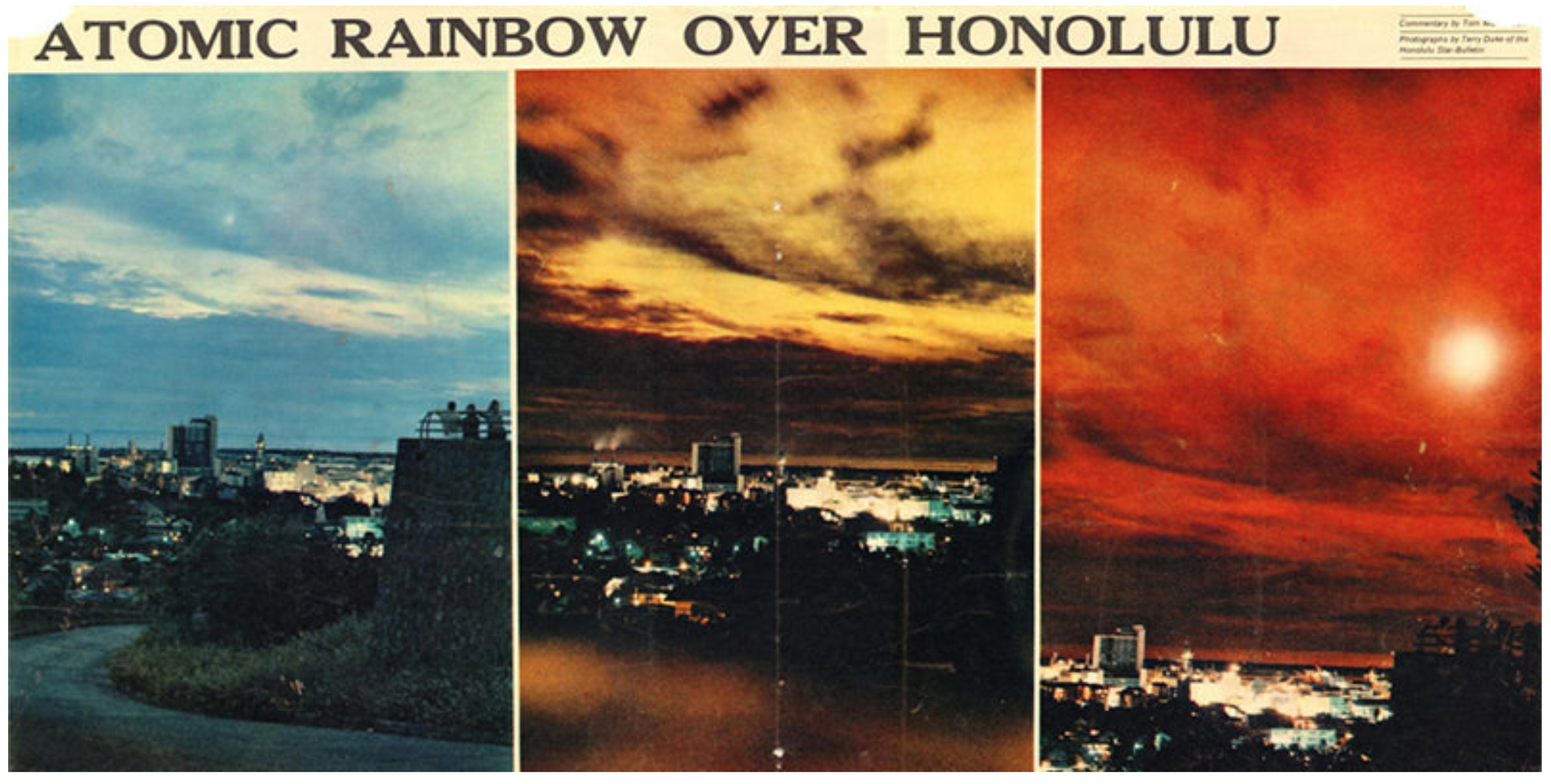
‘N-Blast Tonight May Be Dazzling; Good View Likely’
There are few excuses to drink like mutually assured destruction. That excuse was firmly seized by Hawaiians in the the heat of the Cold War on a summer night in July of 1962. That fateful night, a hydrogen bomb, code-named “Starfish Prime,” was shot above the Earth’s atmosphere and detonated, causing a nuclear light show of colors. It was tragically beautiful, and also the occasion of some supreme partying. Throwing a party while the world collapses isn’t a new or rare occurrence. Just look at the speakeasies of the 1920s and 1930s, where flappers danced and bathtub gin flowed while crime proliferated and the Lost Generation wandered. Or the clubs of New York City in the 1980s that continued on through the AIDS epidemic. In this case, the party and the threat of destruction joined together for a spectacular show. The front page of The Honolulu Advertiser announced the detonation in no uncertain terms. “N-Blast Tonight May Be Dazzling: Good View Likely,” it declared, referencing the imminent nuclear explosion. Beachfront hotels and rooftop bars, some 800 miles away from the launch site, threw “Rainbow Bomb Parties” to celebrate the event, simultaneously beautiful yet possibly also signaling the end of humanity as they knew it. When faced with signs of destruction, sometimes the best thing to do is raise a glass and enjoy the view.
But the story of these nuclear parties begins four years earlier, in 1958. A scientist named James Van Allen had discovered that the Earth is surrounded by belts of high-energy particles held in place by magnetic fields, according to NPR. To this day, those belts are known as Van Allen Belts. The day after the announcement of the belts, Van Allen joined the military in a project to try to disrupt the magnetosphere around Earth with atomic bombs. The military wasn’t out to create a light show for a new type of nuclear party. They wanted to see if radiation could obscure Russian missiles, damage nearby objects, alter the Van Allen belts, or if the explosion could hit a target on Earth. The Soviet Union asked for a ban on atmospheric tests of nuclear weapons in 1958, which would have scuttled the military’s plan with Van Allen, but in 1961, the ban fell apart. Enter Project Fishbowl: the end-all-be-all test of the impact nuclear weapons can have when detonated in space. Within a year of the ban becoming a moot cause, the U.S. was ready to launch Starfish Prime into the atmosphere and give the show of a lifetime for Honolulu partiers.
Seconds after 11 p.m. Hawaiian local time, the equivalent of 1.4 million tons of TNT exploded in space. The H-bomb shot heat, light, radiation, and subatomic particles into the Van Allen Belts above the Earth’s atmosphere. Those particles collided with oxygen and nitrogen atoms, transferring energy that was then released as light. Oxygen higher up in space set off a red light, green a little farther down, and then blue light even farther down where there are more nitrogen atoms. For a sense of what it looked like to the naked eye, think of the light show as a tropical version of the aurora borealis around the North and South Poles. The natural colors come from solar wind hitting the Earth and causing the same effect. It’s also very, very cold to watch the aurora borealis in person. The colors from Starfish Prime were more violent than the solar wind, though. The sky filled with all three colors all at once, creating a rainbow and giving rise to the name, “Rainbow Bomb Party.” It also was tropically pleasant to watch in person. The show lasted for seven minutes. The electromagnetic pulse from the blast blew out streetlights and knocked telephones offline. Garages acted erratically, opening and closing on their own. Radios went dark. But for those seven minutes, the focus was on the sky. People could forget the nuclear bomb drills in school, the artists and politicians being rounded up under McCarthyism, and the new war in Vietnam. Because sometimes, the best thing to do in the face of destruction is throw a party. (Source: https://vinepair.com/articles/that-time-we-blew-up-a-nuclear-bomb-as-a-party-trick/)
See also https://www.smithsonianmag.com/history/going-nuclear-over-the-pacific-24428997/
Wednesday December 7 1960 - Pictures of Japan A-Bombs Released
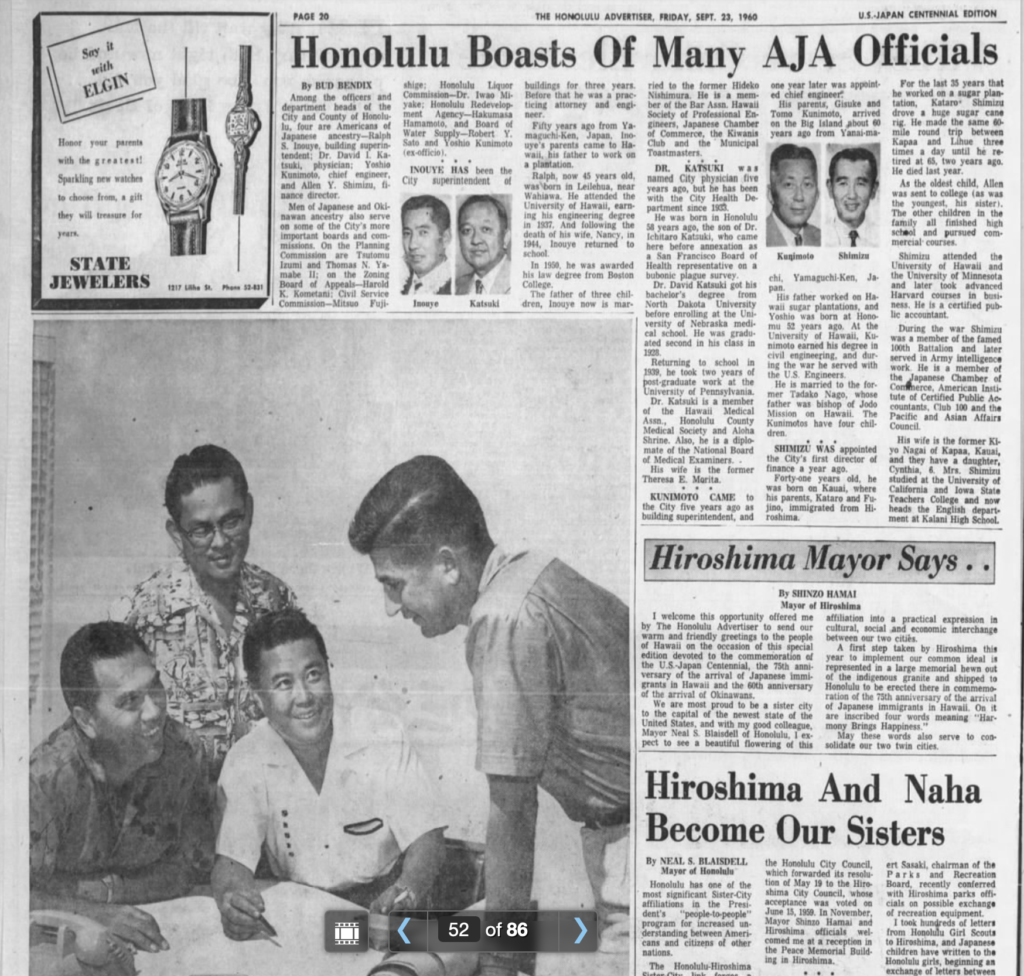
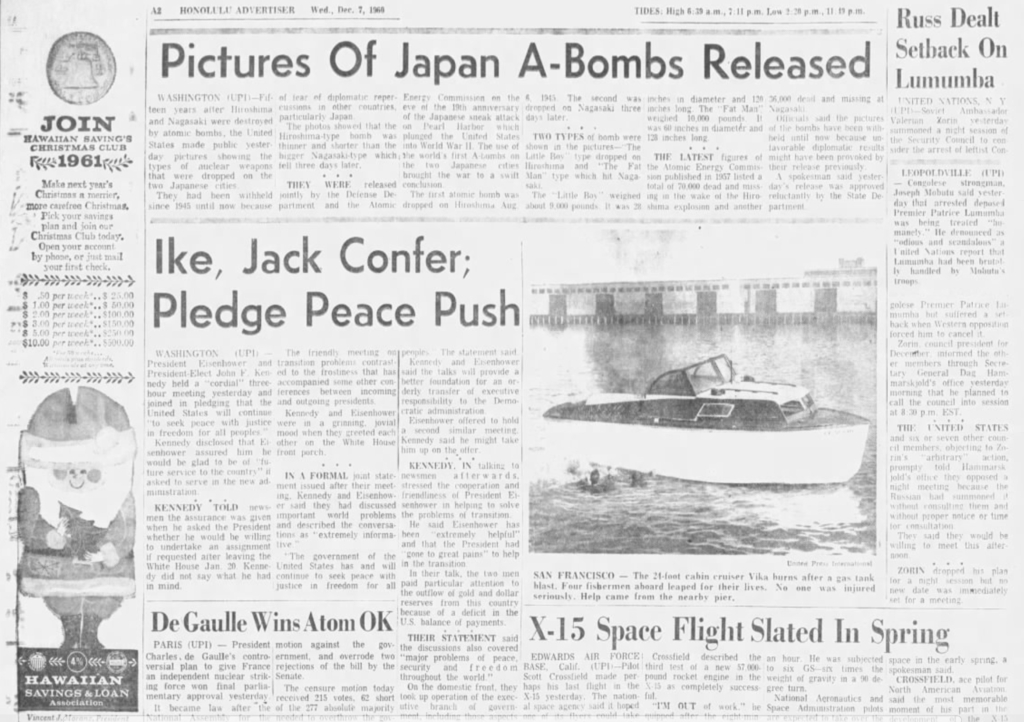
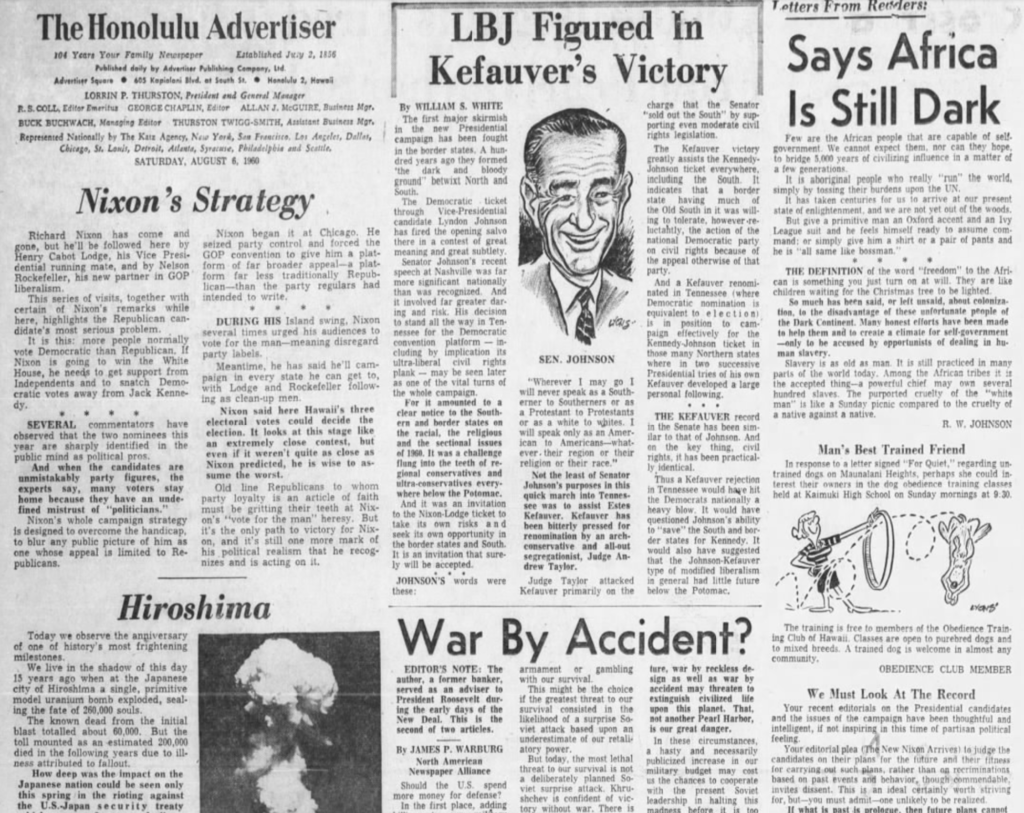
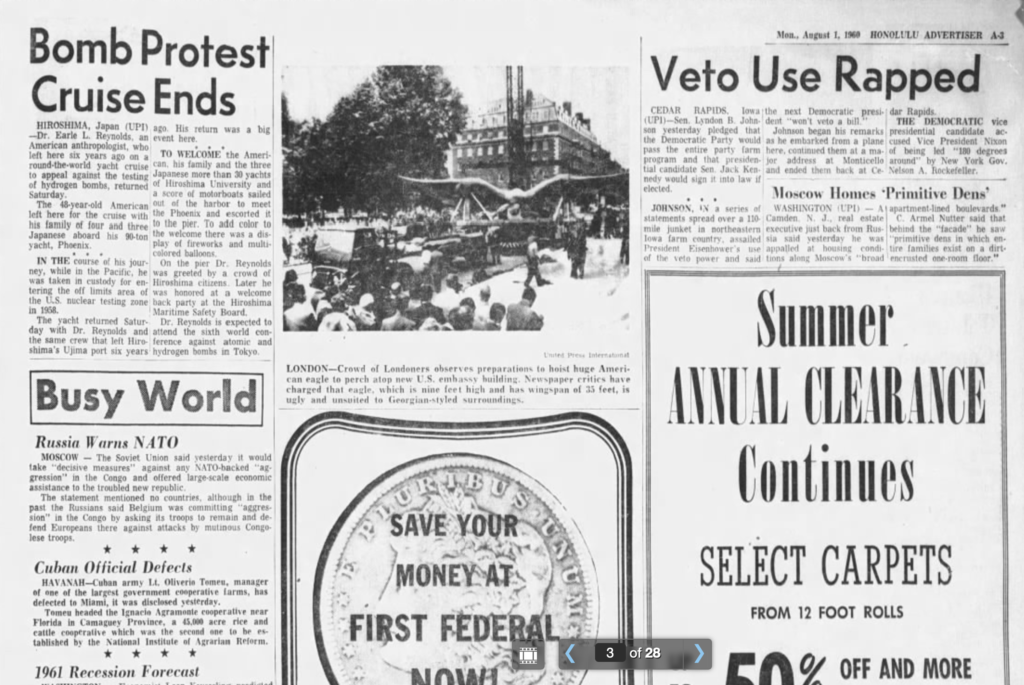
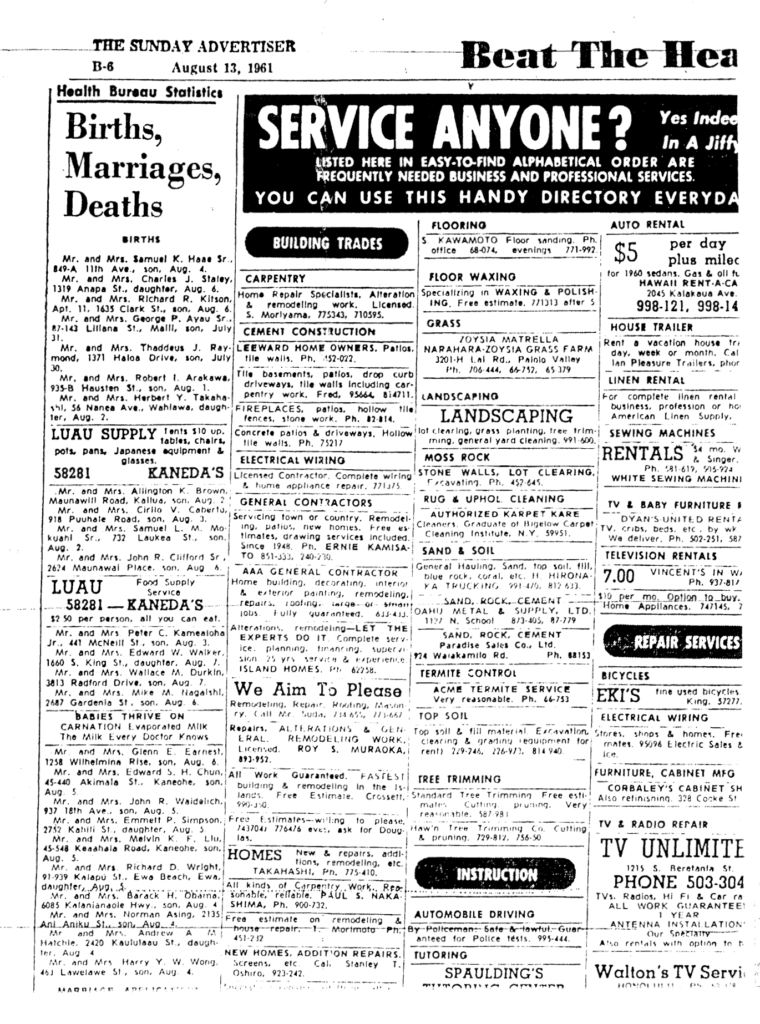
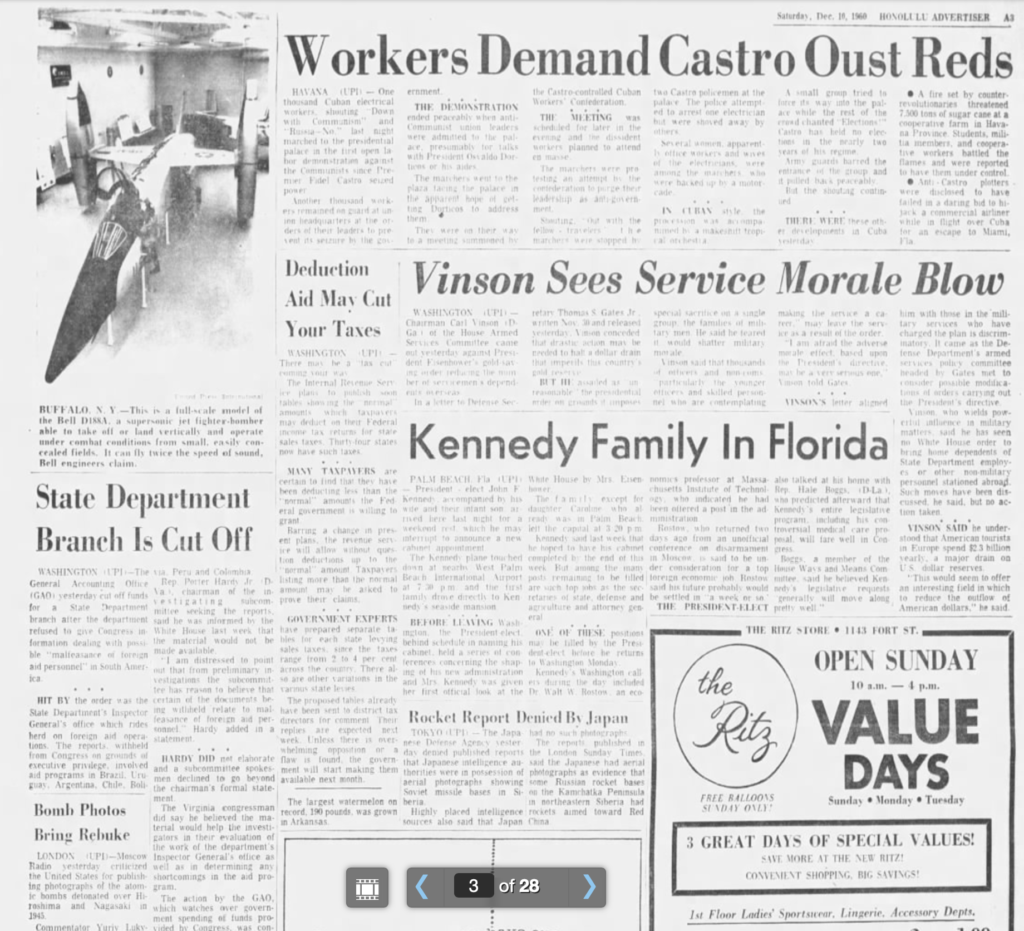
This Honolulu Advertiser announcement of Barack Obama’s Aug 4, 1961 birth was published August 13, 1961 on page B-6. It is available only on microfilm in Hawaii libraries. The announcement is 4th from the bottom of the left hand column.
‘Far down to the right a thin line of coconut palms marked the new Western edge of America, a lonely-looking wall of jagged black lava cliffs looking out on the white-capped Pacific’ – Hunter S. Thompson, The Curse of Lono (photographs below: https://flashbak.com/1960s-hawaii-in-kodachrome-411751/)
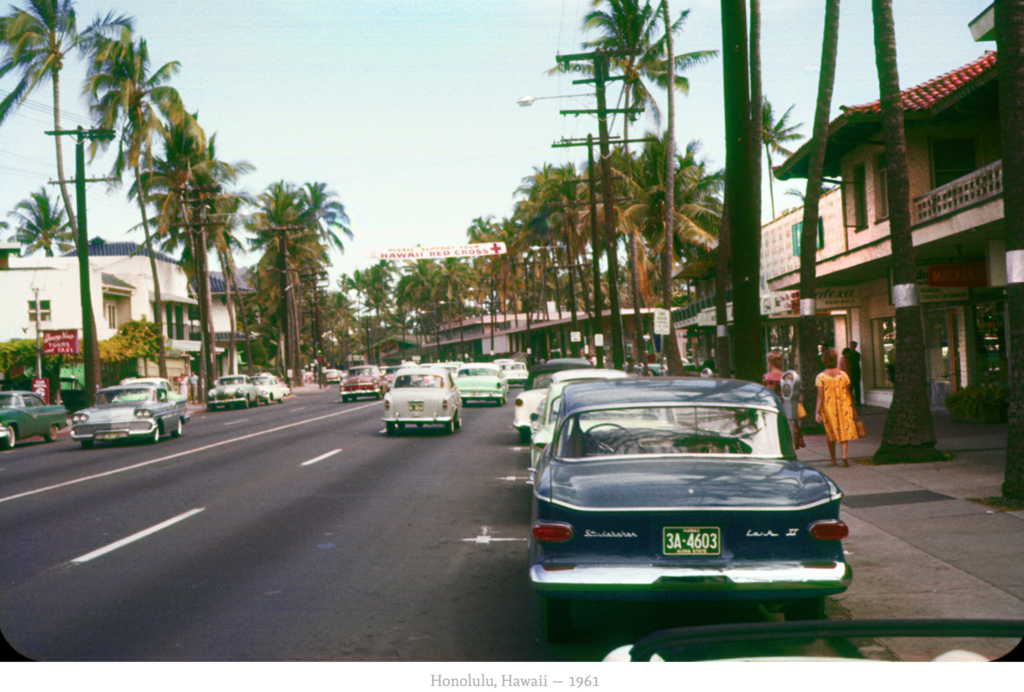
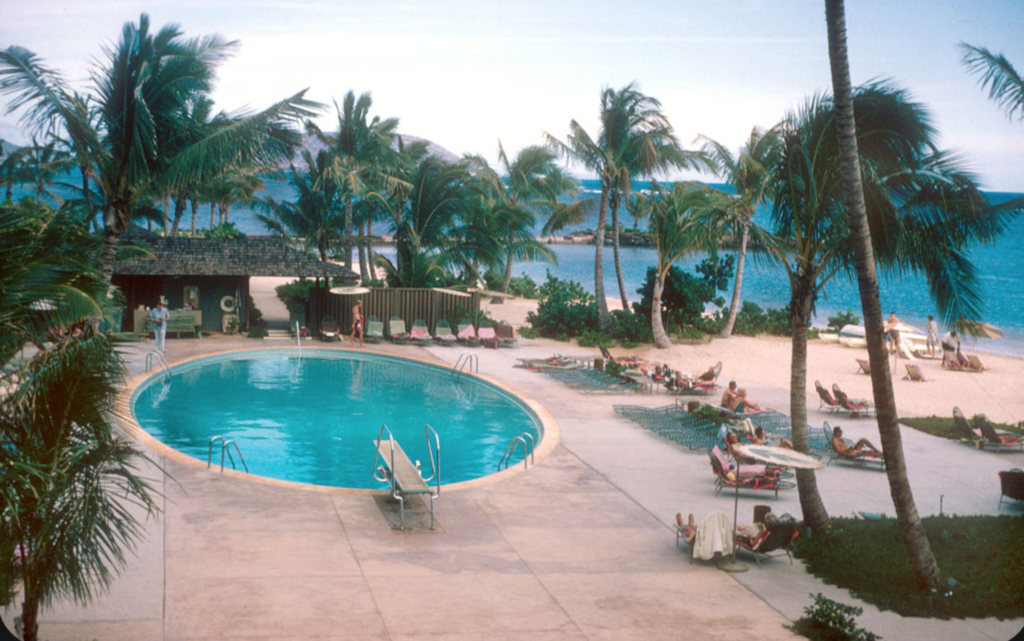
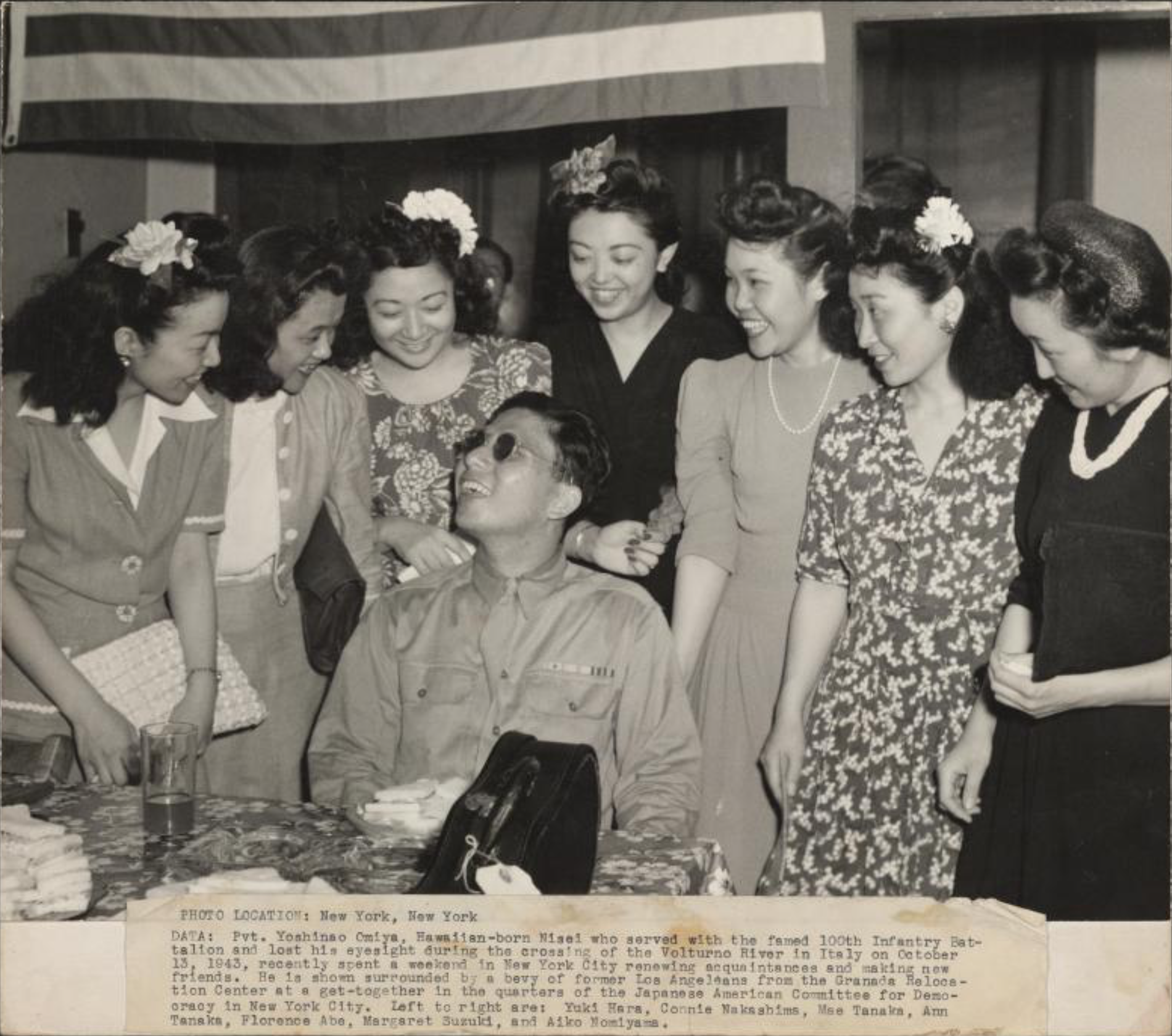
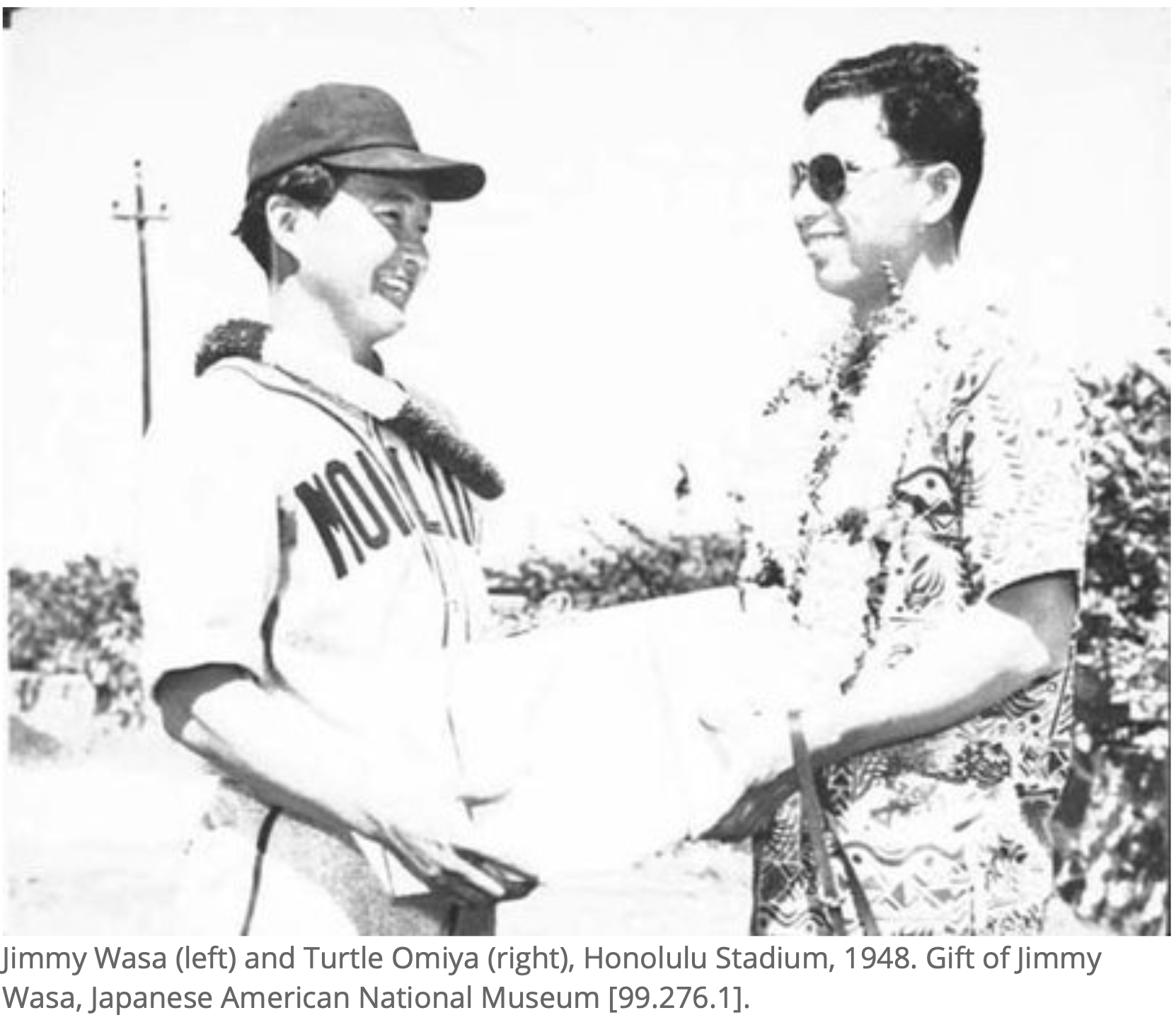
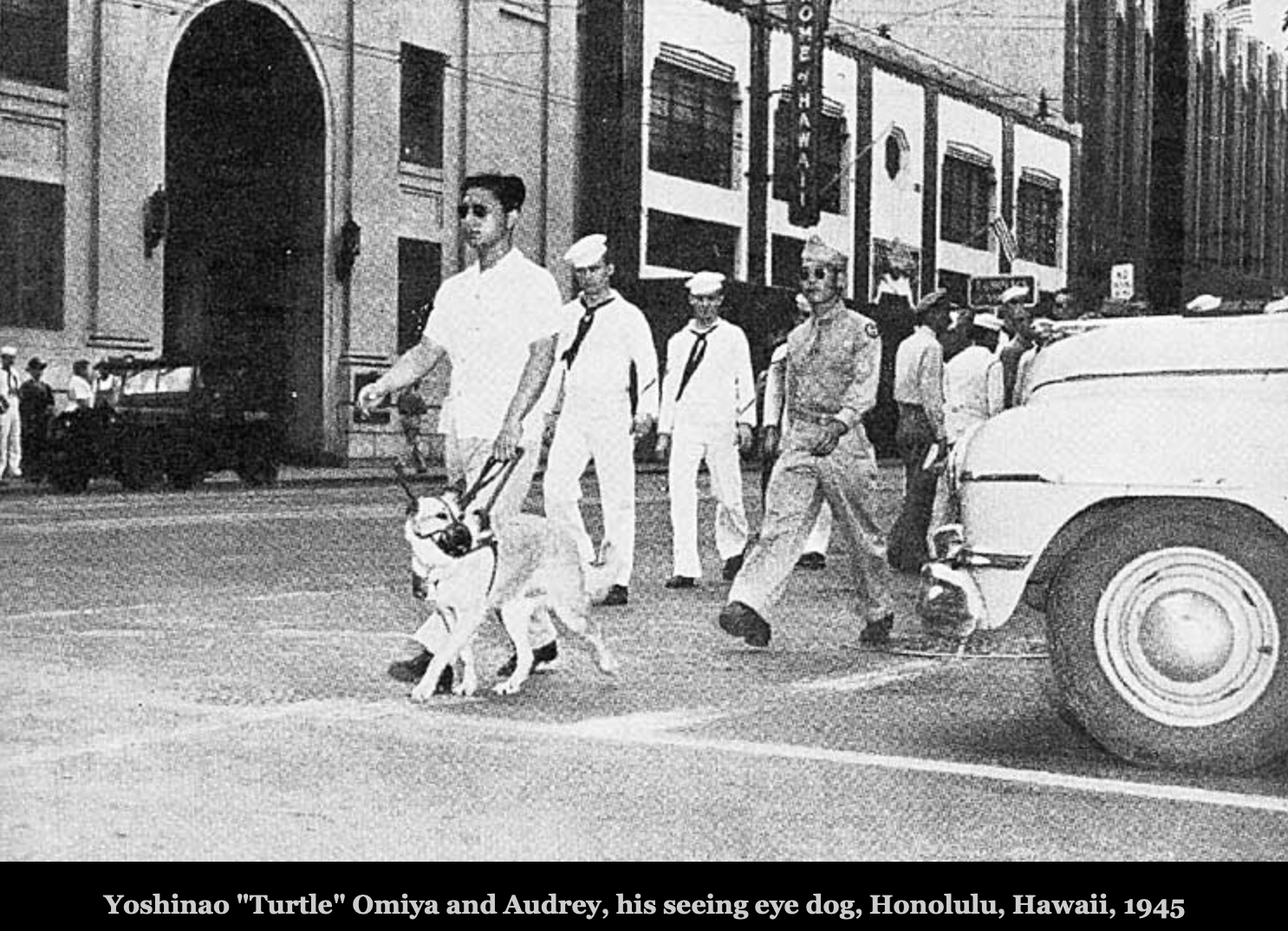
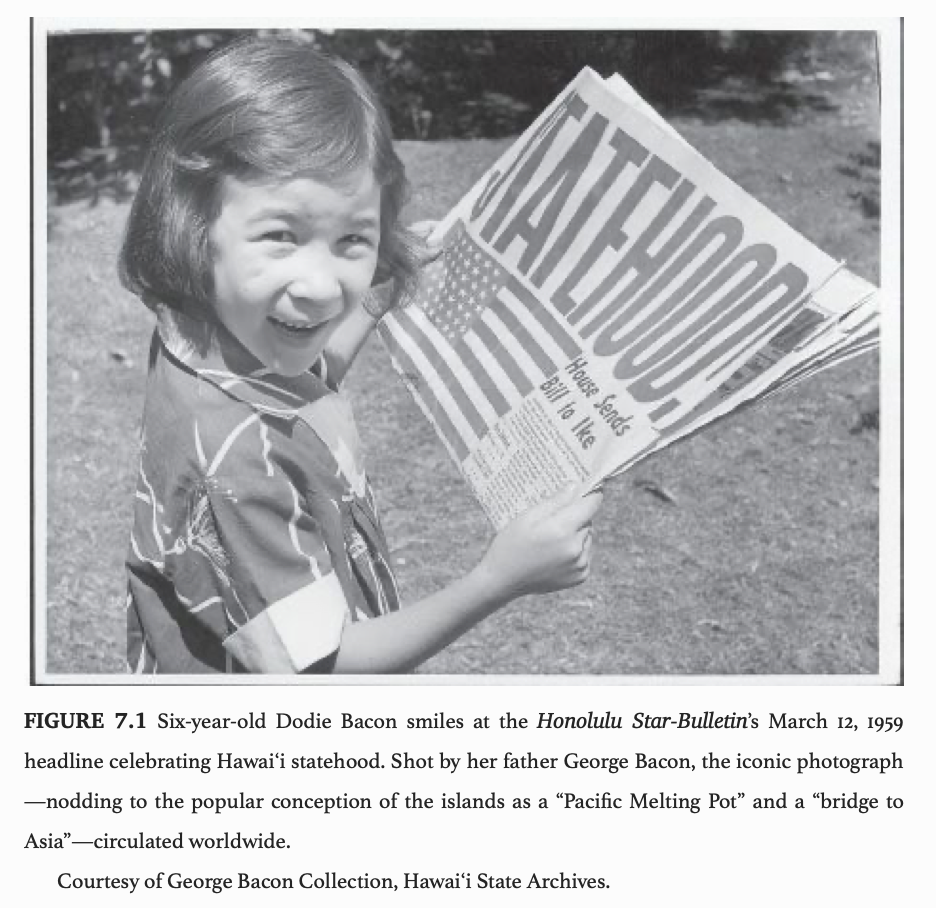
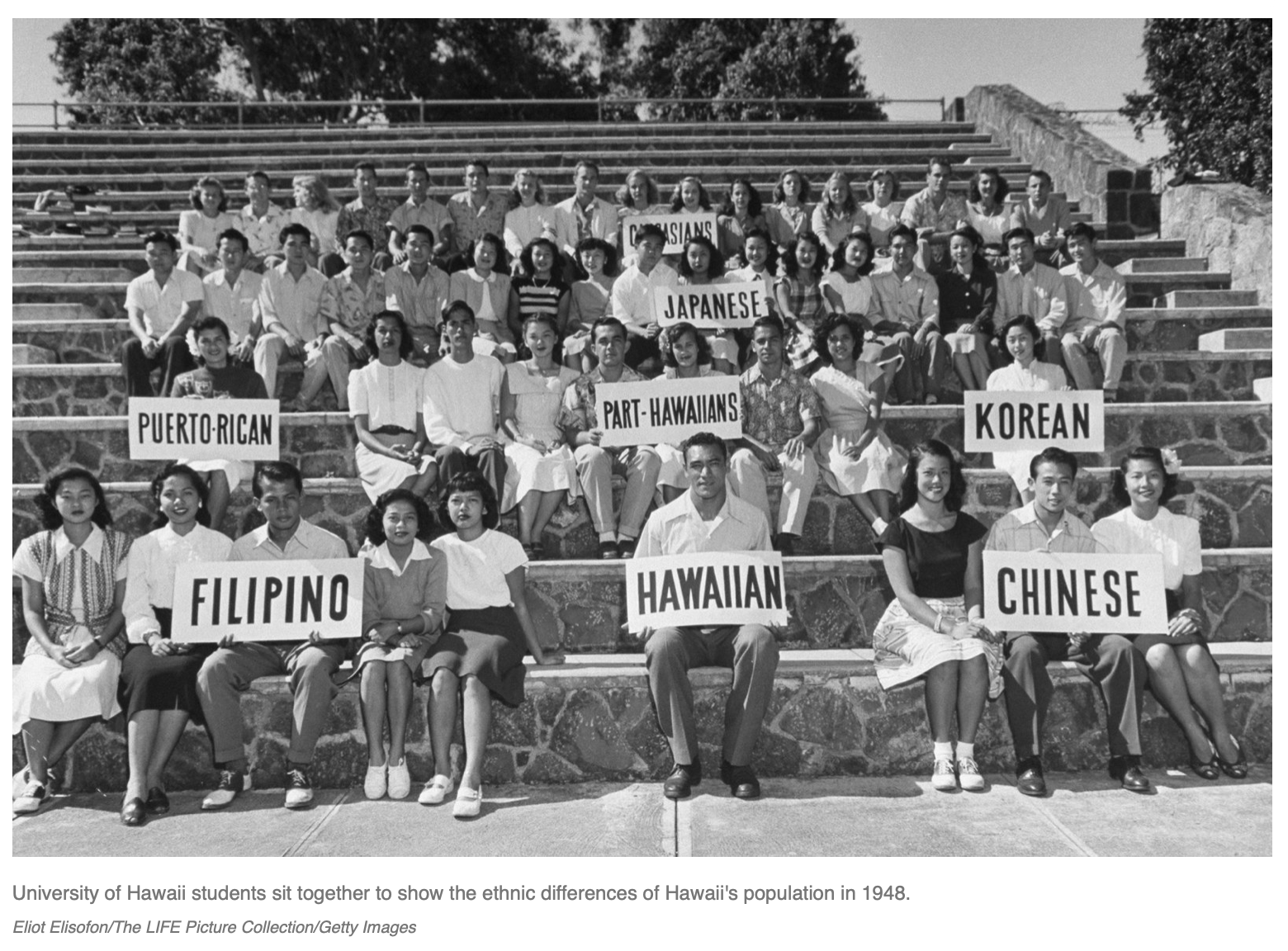
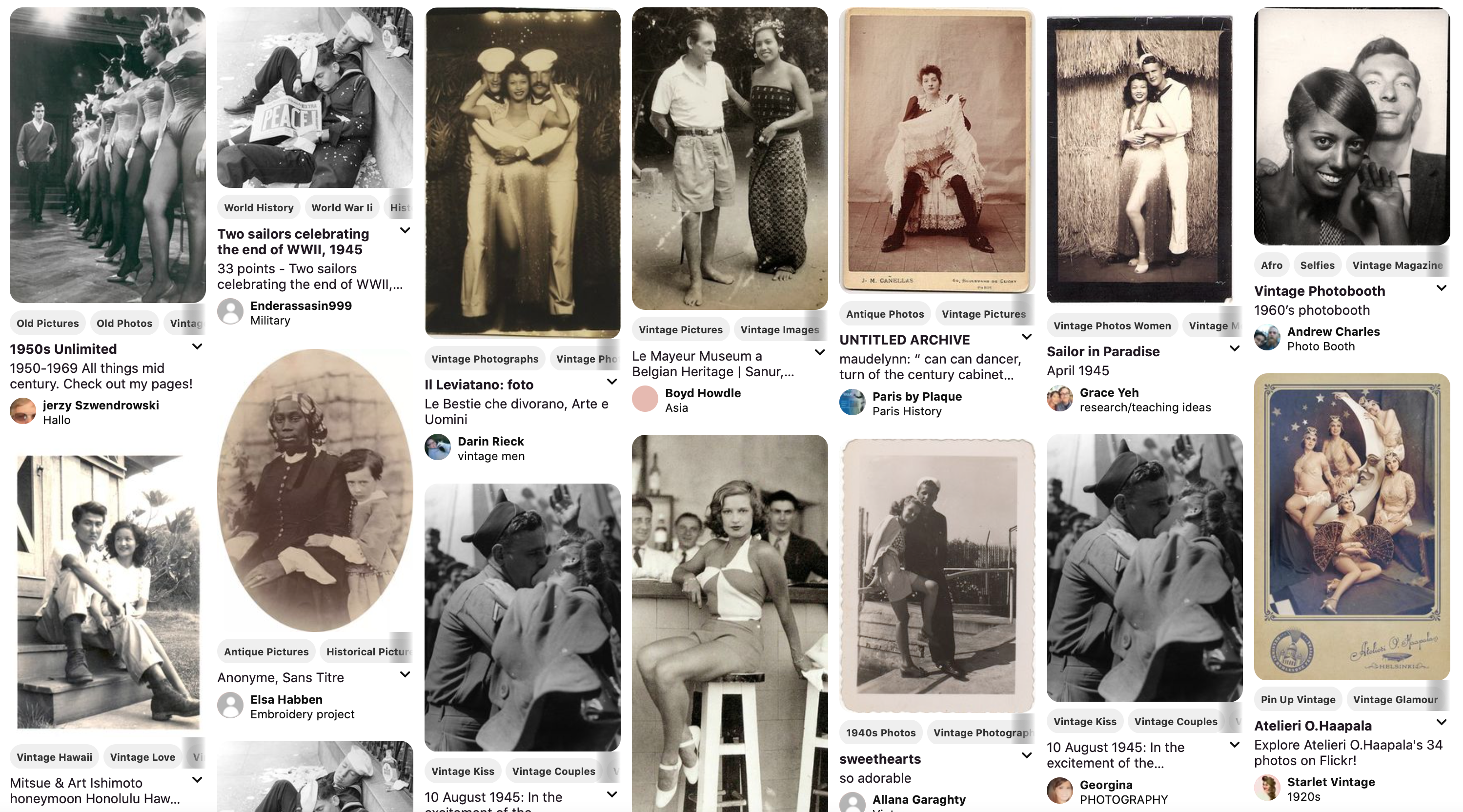
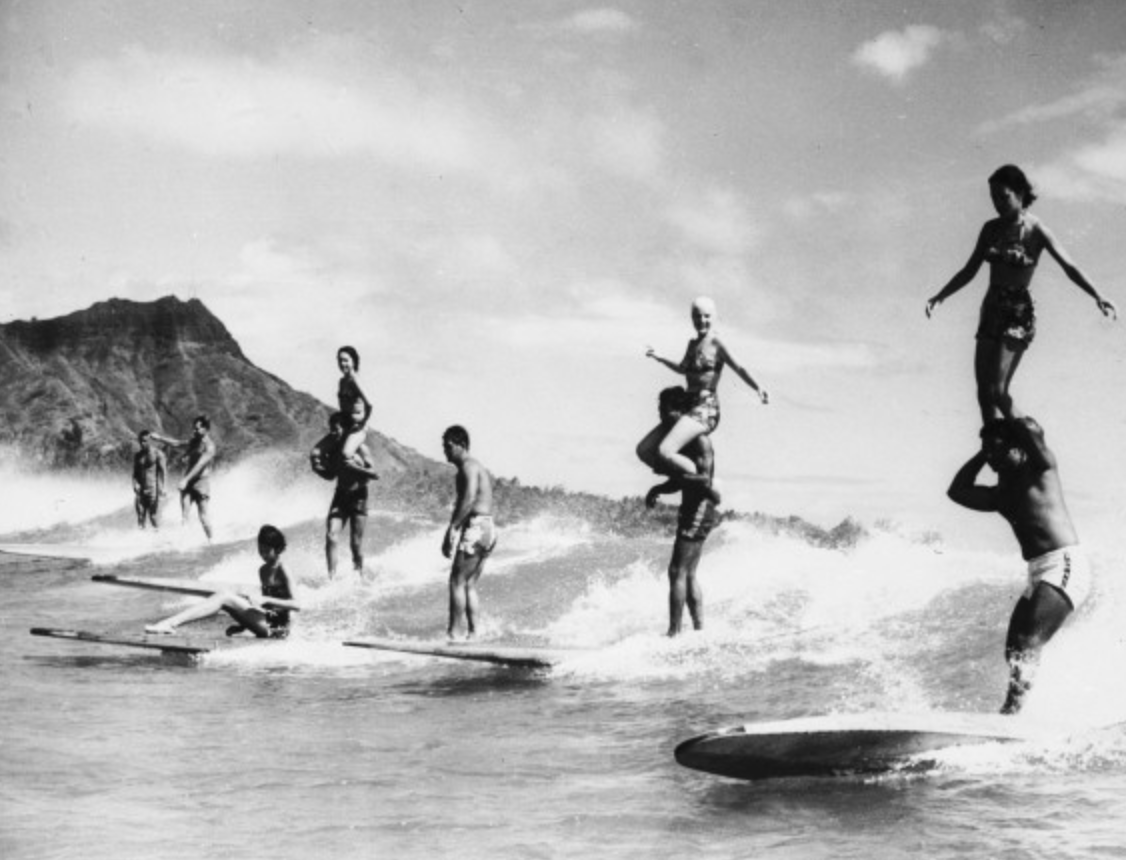
May 23 1960
On May 23, 1960, Israeli Prime Minister David Ben-Gurion announces to the world that Nazi war criminal Adolf Eichmann has been captured and will stand trial in Israel. Eichmann, the Nazi SS officer who organized Adolf Hitler’s “final solution of the Jewish question,” was seized by Israeli agents in Argentina on May 11 and smuggled to Israel nine days later. In May 1960, Argentina was celebrating the 150th anniversary of its revolution against Spain, and many tourists were traveling to Argentina from abroad to attend the festivities. The Mossad used the opportunity to smuggle more agents into the country. Israel, knowing that Argentina might never extradite Eichmann for trial, had decided to abduct him and take him to Israel illegally. On May 11, Mossad operatives descended on Garibaldi Street in San Fernando and snatched Eichmann away as he was walking from the bus to his home. His family called local hospitals but not the police, and Argentina knew nothing of the operation. On May 20, a drugged Eichmann was flown out of Argentina disguised as an Israeli airline worker who had suffered head trauma in an accident. Three days later, Prime Minister Ben-Gurion announced that Eichmann was in Israeli custody.
A tsunami caused by an earthquake off the coast of Chile travels across the Pacific Ocean and kills 61 people in Hilo, Hawaii, on this day in 1960. The massive 9.5-magnitude quake had killed thousands in Chile the previous day. The earthquake, involving a severe plate shift, caused a large displacement of water off the coast of southern Chile at 3:11 p.m. Traveling at speeds in excess of 400 miles per hour, the tsunami moved west and north. On the west coast of the United States, the waves caused an estimated $1 million in damages, but were not deadly. The Pacific Tsunami Warning System, established in 1948 in response to another deadly tsunami, worked properly and warnings were issued to Hawaiians six hours before the wave’s expected arrival. Some people ignored the warnings, however, and others actually headed to the coast in order to view the wave. Arriving only a minute after predicted, the tsunami destroyed Hilo Bay on the island of Hawaii. Thirty-five-foot waves bent parking meters to the ground and wiped away most buildings. A 10-ton tractor was swept out to sea. Reports indicate that the 20-ton boulders making up the sea wall were moved 500 feet. Sixty-one people died in Hilo, the worst-hit area of the island chain. The tsunami continued to race further west across the Pacific. Ten thousand miles away from the earthquake’s epicenter, Japan, despite ample warning time, was not able to warn the people in harm’s way. At about 6 p.m., more than a day after the earthquake, the tsunami struck the Japanese islands of Honshu and Hokkaido. The crushing wave killed 180 people, left 50,000 more homeless and caused $400 million in damages.
Beatnik, Big Sur, LSD, Hawaiian Baby Woodrose conspiring
The Curse of Lono (Howard S. Thompson) / Americana (Don DeLillo)
DeLillo’s protagonist, a filmmaker and successful television executive, interacts with the world around him by converting it to images, straining it through the lens of his sixteen millimetre camera. He attempts to recapture his own past by making it into a move, and much of the book concerns this curious, Godardesque film in which, he eventually discloses, he has invested years. Thus one encounters – two years before the conceit structured Gravity’s Rainbow – a fiction that insists on blurring the distinctions between reality and its representation on film. Film vies, moreover, with print, for readers must negotiate a curiousy twinned narrative that seems to exist as both manuscript and “footage” – and refuses to stabilise as either.
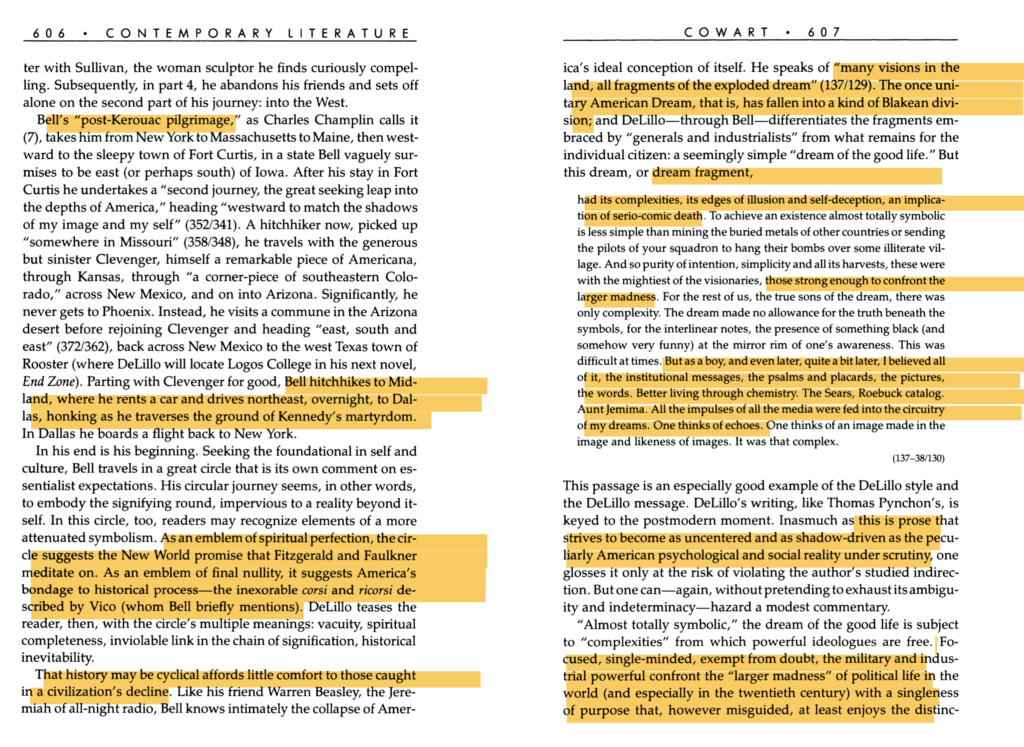
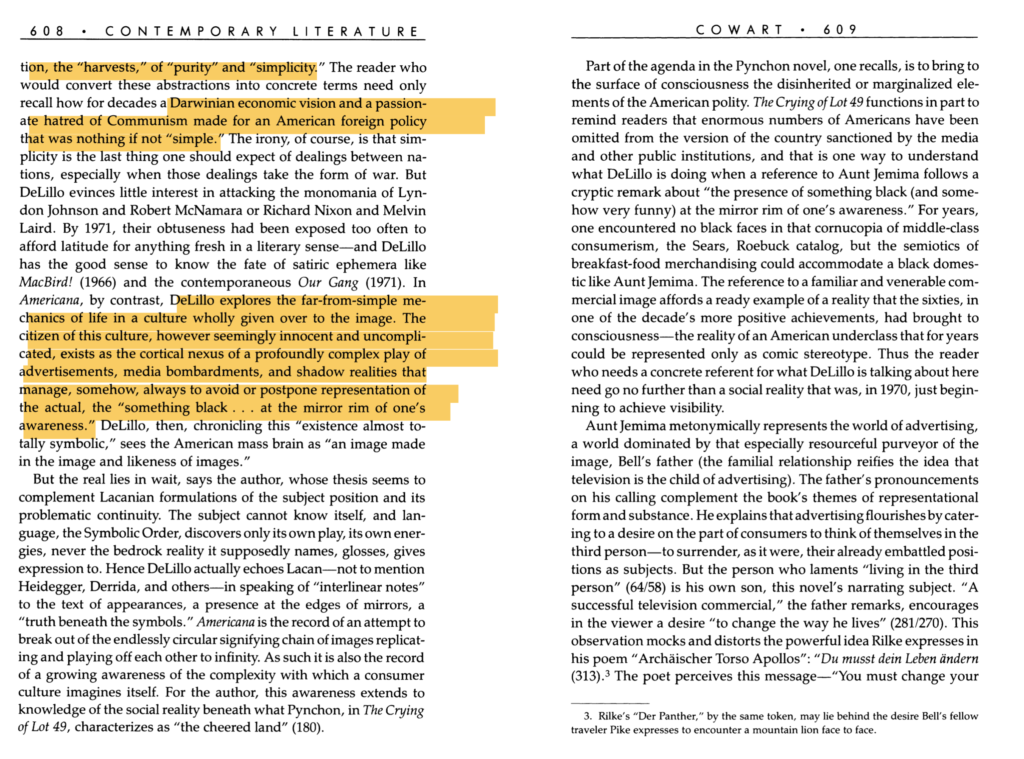
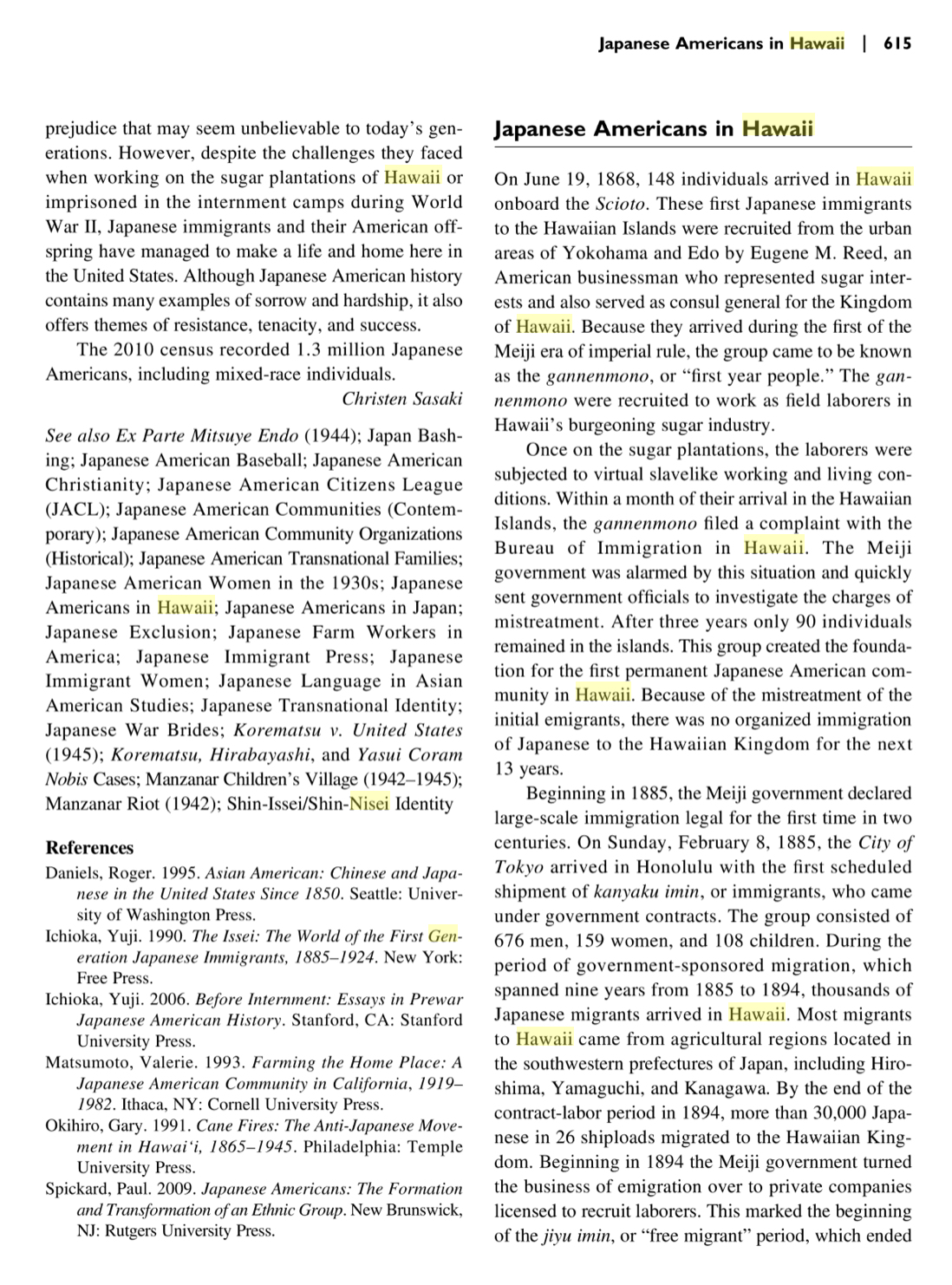
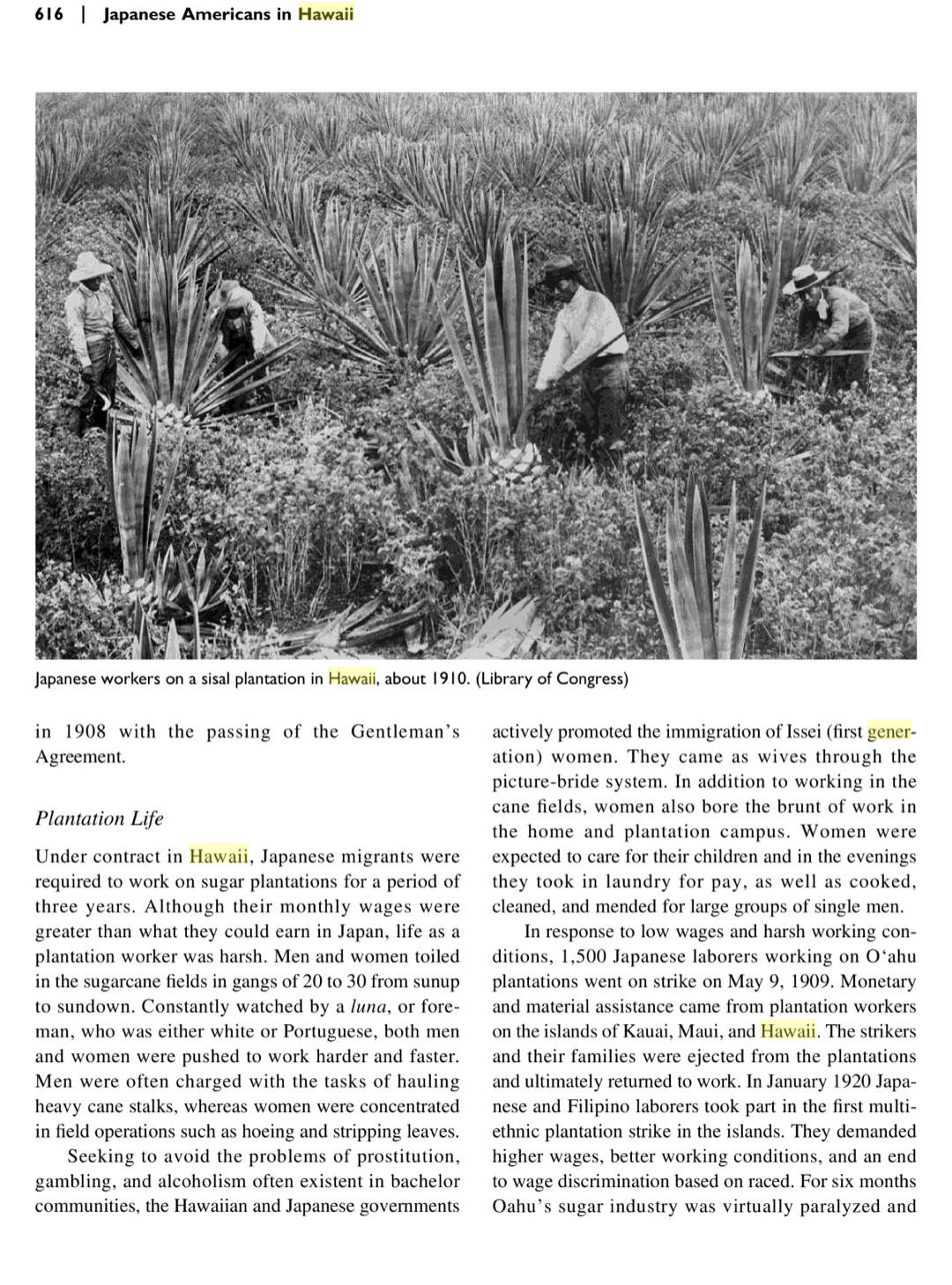
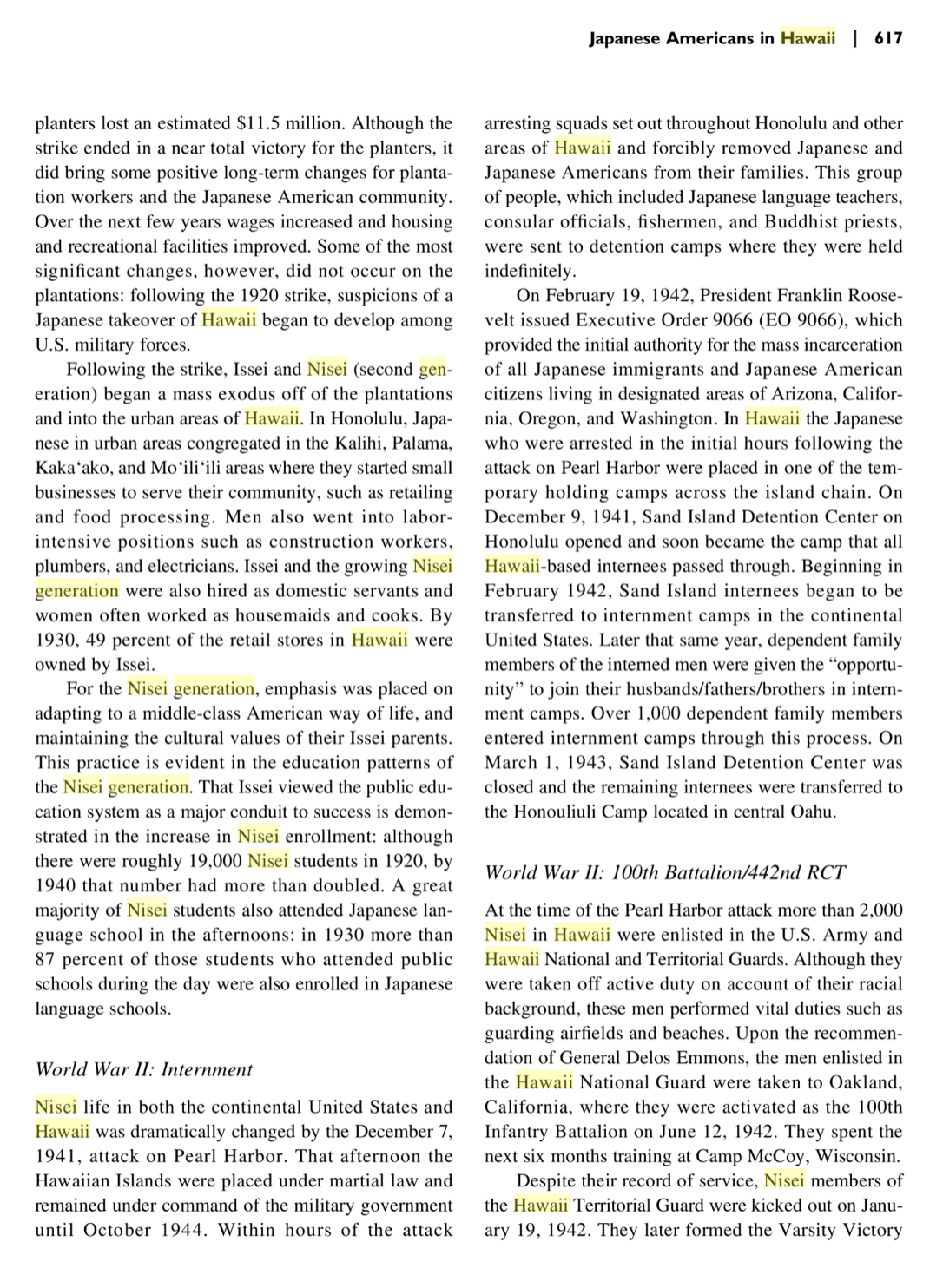
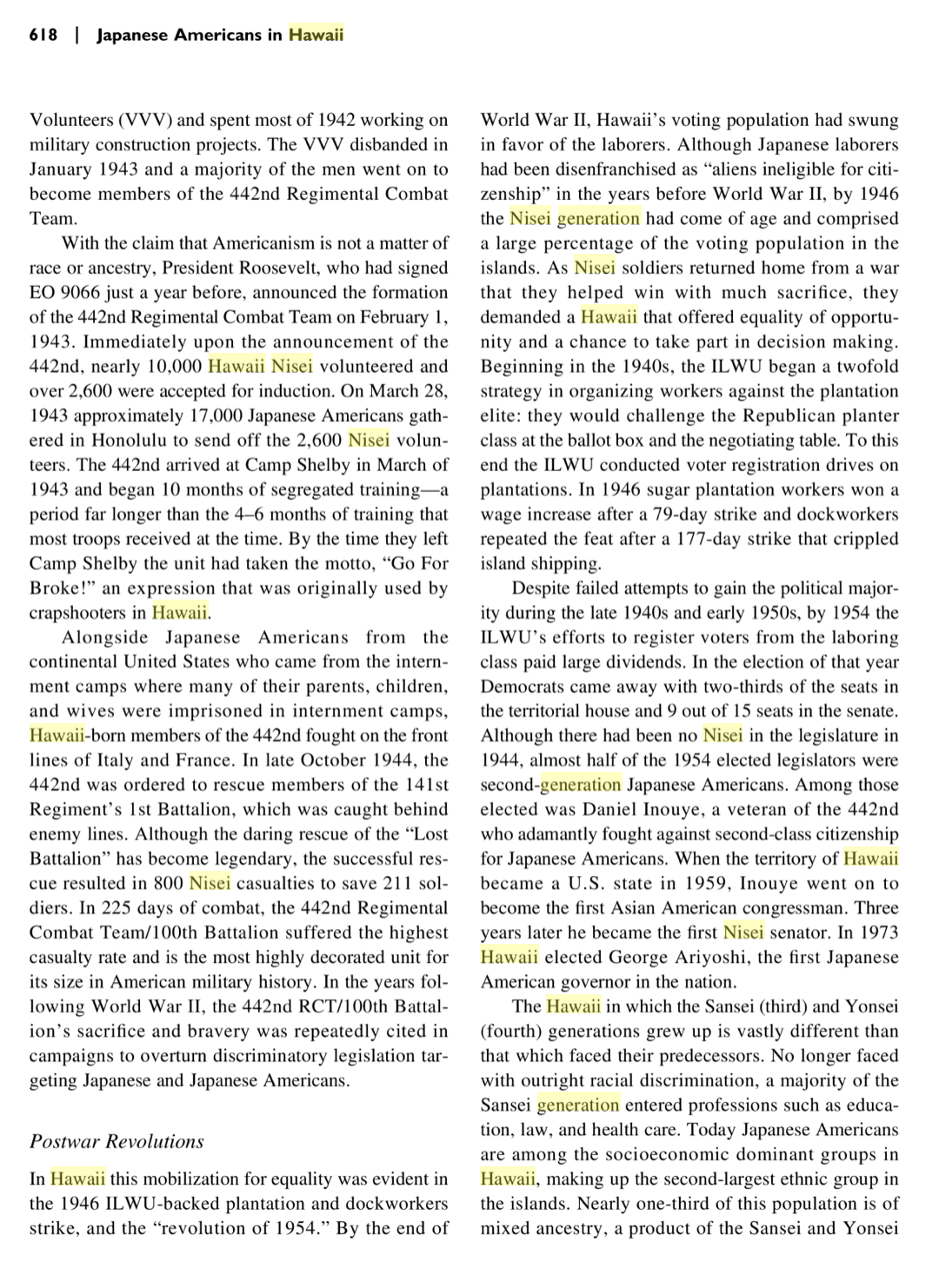
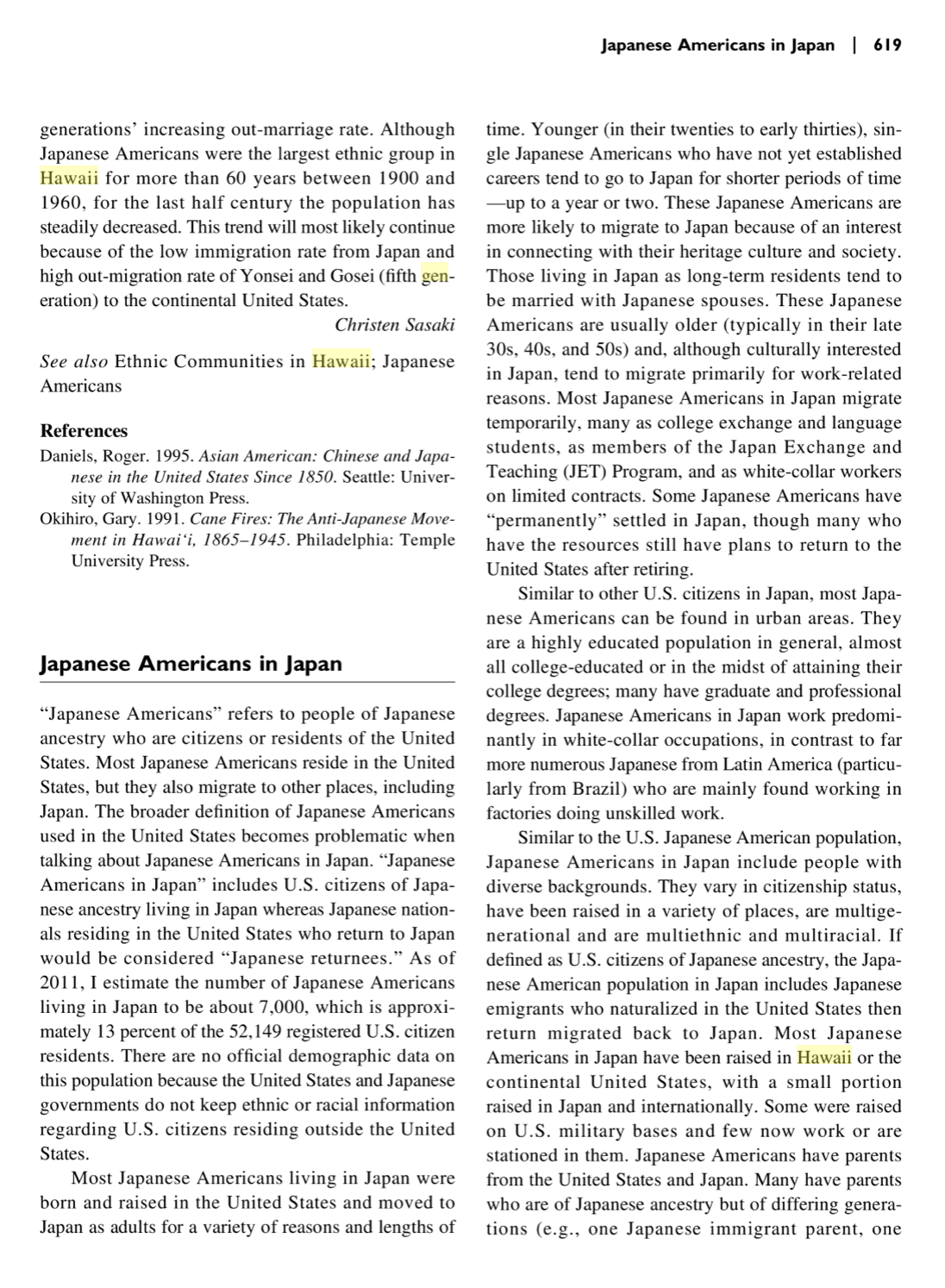
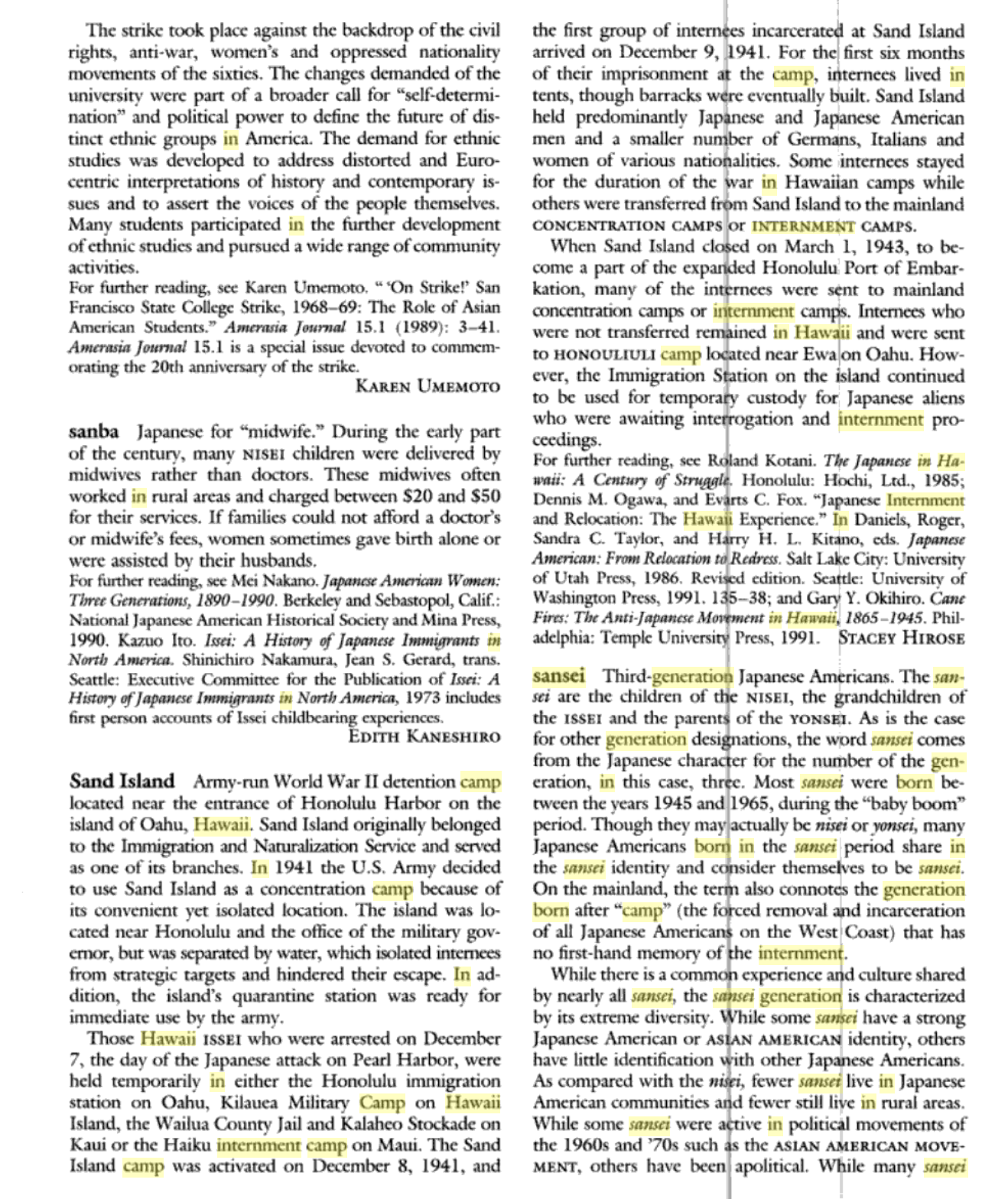
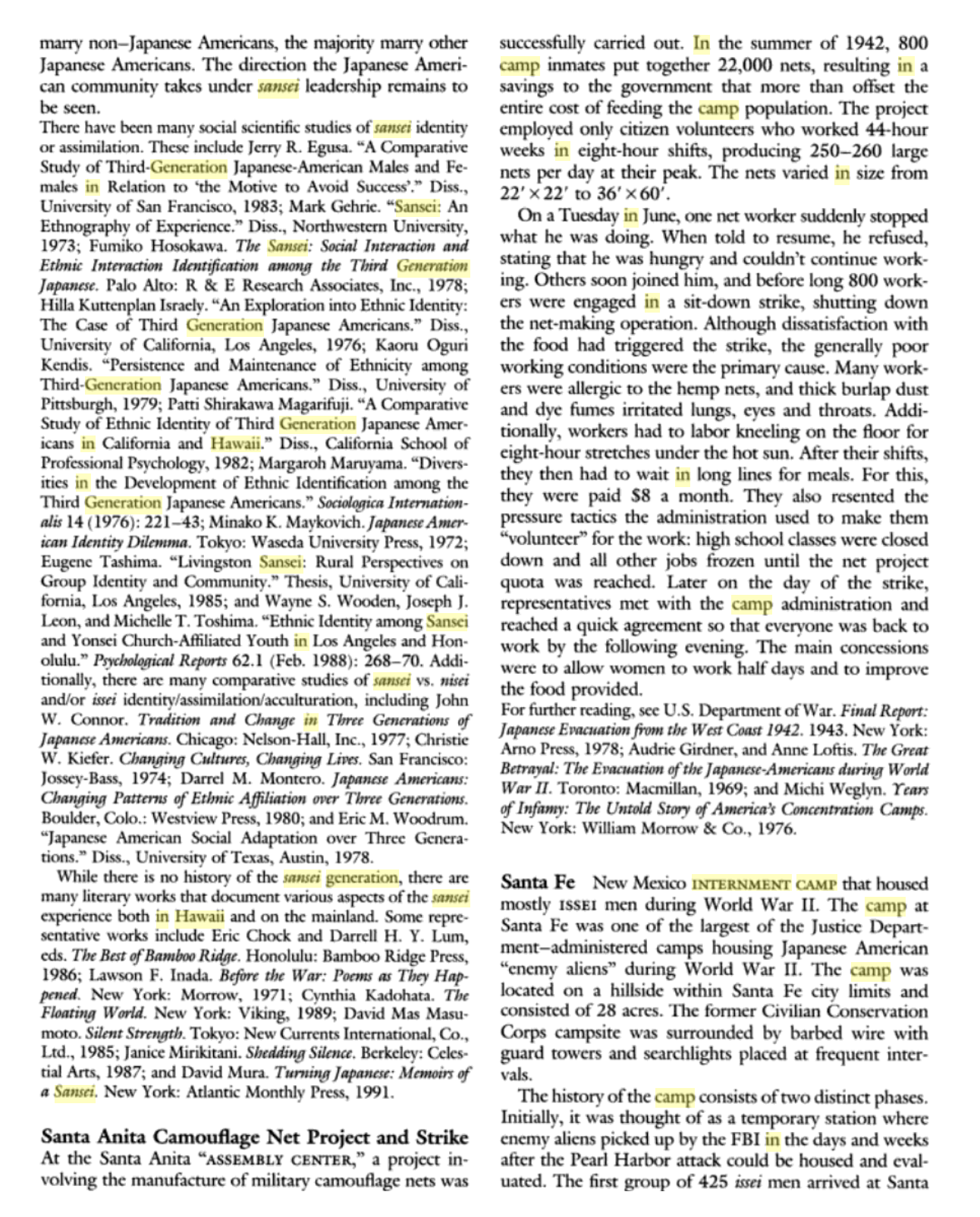
they were swept up in the revolutionary feel underfoot
The Mechanization and Modernization (M&M) Agreement of 1960 was an agreement reached by California longshoremen unions: International Longshore and Warehouse Union (ILWU), the International Longshoremen’s Association (ILA), and the Pacific Maritime Association. This agreement applied to workers on the Pacific Coast of the United States, the West Coast of Canada, and Hawaii. The original agreement was contracted for five years and would be in effect until July 1, 1966. ILWU signs Mechanization and Modernization Agreement, which pioneers the tradeoff of members’ job security for the employers’ right to introduce labor-saving equipment. On September 22, 1959, King visited Punahou at the invitation of President John Fox. At an Academy Chapel, he preached to our students on the “Three Dimensions of Life,” a topic that he would return to repeatedly during the struggle for civil rights. While we don’t have the precise text he used that day, in later versions of the same sermon he reflected on the vital interrelationship between self-acceptance, love of others, and faith in God. Most crucially, King called on his audience to cultivate a spirit of gratitude and recognition of interdependence that might allow them to “rise above the narrow confines of . . . individual concerns.” “This is what God needs today,” he emphasized, “men and women who will ask, ‘What will happen to humanity if I don’t help?’”
The Hawaii Democratic Revolution of 1954 was a nonviolent revolution that took place in the Hawaiian Archipelago consisting of general strikes, protests, and other acts of civil disobedience. The Revolution culminated in the territorial elections of 1954 where the long reign of the Hawaii Republican Party in the legislature came to an abrupt end, as they were voted out of the office to be replaced by members of the Democratic Party of Hawaii. The strikes by the Isles’ labor workers demanded similar pay and benefits to their Mainland counterparts. The strikes also crippled the power of the sugarcane plantations and the Big Five Oligopoly over their workers. Hawaii had a dominant-party system since the 1887 revolution. The 1887 Bayonet Constitution took most of the power away from the monarchy and allowed the Republican Party to dominate the legislature. Besides a brief change of power to the Home Rule Party following annexation, the Republicans had run the Territory of Hawaii. The industrialist Republicans formed a powerful sugar oligarchy, the Big Five. During the controversial Kahahawai murder and trial Republicans displayed their power by reducing the 10-year sentence for manslaughter to one hour. Many felt the trial was a failure of justice from political forces. But this was not the only case of the government’s abuse of power; past misdeeds were mainly centered around economic gain. Among the unhappy residents of Hawaii was John A. Burns, a police officer during the trial.[1]Burns founded a movement by collecting support from the impoverished sugar plantation workers. He also restored strength to the divided and weak Democratic Party of Hawaii. After the war, Burns was able to gain support from Japanese American veterans of the 100th and 442nd returning home.[5] He encouraged the veterans to become educated under the G.I. Billand to run for public office. Daniel Inouye, who would become a very prominent US senator, is considered the first of the veterans he recruited and was a prominent member of the movement. Hall and Kawano’s strikes resumed after the war. The ILWU helped to organize the plantation workers spreading unionization from the sea to the land. This allowed the movement to organize general strikes in the sugar industry and pineapple industry, not just strikes at the docks. The Hawaiian sugar strike of 1946 was launched against the Hawaiian Sugar Planters’ Association and the Big Five leaving the cane fields derelict. The 1947 Pineapple Strike followed on Lanai but ended in failure and was tried again in 1951. The 1949 Hawaiian Dock Strike froze shipping in Hawaii for 177 days, ended with the territorial Dock Seizure Act.[6]
As the movement developed the more communist components began to show through. The strikes were increasingly politicized and at the 1949 strike the White Republican aristocracy who were owners in the Big Five became concerned over the communist trend by workers.[7] On October 7, after the 1949 dock strike that year, the territorial legislature requested the House Un-American Activities Committee to investigate the strikes that had become frequent in the territory.[8] On August 28, 1951, the FBI rounded up seven members of the movement[9] including Jack Wayne Hall, Charles Fujimoto (chairman of the Communist Party of Hawaii), and Koji Ariyoshi (editor of the Honolulu Record), who had also published pro-communist work. The Hawaii 7 were charged under the Smith Act for conspiring to overthrow the government; all were released by 1958. The first Congressional bill for Hawaii statehood was proposed in 1919 by Kuhio Kalanianaole,[28] and was based upon the argument that World War I had proved Hawaii’s loyalty.[29] It was ignored, and proposals for Hawaii statehood were forgotten during the 1920s because the archipelago’s rulers believed that sugar planters’ interests would be better served if Hawaii remained a territory.[30] Following the Jones-Costigan Act, another statehood bill was introduced to the House in May 1935 by Samuel Wilder King but it did not come to be voted on, largely because FDR himself strongly opposed Hawaii statehood,[31] while “Solid South” Democrats who could not accept non-white Congressmen controlled all the committees.[32] Hawaii resurrected the campaign in 1940 by placing the statehood question on the ballot. Two-thirds of the electorate in the territory voted in favor of joining the Union.[33] After World War II, the call for statehood was repeated with even larger support, even from some mainland states. The reasons for the support of statehood were clear: Hawaii wanted the ability to elect its own governor; Hawaii wanted the ability to elect the president; Hawaii wanted an end to taxation without voting representation in Congress; Hawaii suffered the first blow of the war; Hawaii’s non-white ethnic populations, especially the Japanese, proved their loyalty by having served on the European frontlines; Hawaii consisted of 90% United States citizens, most born within the U.S. A former officer of the Honolulu Police Department, John A. Burns, was elected Hawaii’s delegate to Congress in 1956.[34] A Democrat, Burns won without the white vote but rather with the overwhelming support of Japanese and Filipinos in Hawaii. His election proved pivotal to the statehood movement. Upon arriving in Washington, D.C., Burns began making key political maneuvers by winning over allies among Congressional leaders and state governors. Burns’ most important accomplishment was convincing Senate Majority Leader Lyndon B. Johnson (D-Texas) that Hawaii was ready to become a state, despite the continuing opposition of such Deep Southerners as James Eastland[35] and John Sparkman. In March 1959, both houses of Congress passed the Hawaii Admission Act and U.S. President Dwight D. Eisenhower signed it into law. On June 27, 1959, a plebiscite was held asking Hawaii residents to vote on accepting the statehood bill. The plebiscite passed overwhelmingly, with 94.3% voting in favor.[36]On August 21, church bells throughout Honolulu were rung upon the proclamation that Hawaii was finally a US state.
Though the ground was eroding beneath his feet as ILWU membership dwindled, Jack Hall continued to be a major player in Hawai‘i. Sanford Zalburg, his biographer, recalls that it was not unusual when Hall summoned other (p.332) leading figures like John Burns, Art Rutledge, and Daniel Inouye to his abode and “laid down the law to them.” When presidential candidate Richard Nixon arrived in Honolulu in 1960, he met with Hall in Kapiolani Park. “I know,” said Hall’s spouse. “I drove him up there. I was laughing all the way. It was just like cops-and- robbers,” she recalled, recounting their dodging the press. “He wanted me to take the most devious route.”141 Nixon, a renowned anticommunist, was chagrined about feeling compelled to kiss the ring of a reputed Red, which explained why Yoshiko Hall delivered her husband to him via a circuitous route. Her intentional misdirection was not unique to her. Typically, the union wrong-footed its opponents; for example, in 1956 Bridges registered as a Republican, which “really confused and confounded a lot of people out of our ranks,” a pleased Hall wrote to Goldblatt, adding: “Good Stuff.”142
Fighting in Paradise: Labor Unions, Racism and Communists in the Making of Modern Hawaii (Gerald Horne, 2011)
This introductory chapter discusses the background of Hawaii’s labor movement, in particular the International Longshore and Warehousemen’s Union (ILWU) and its ties to the Communist Party. It details the dock workers’ strike in June 1953, roughly three years after the United States embarked on a bloody war on the Korean peninsula and Hawaii became a primary point of departure for supplying the battlefield of this anticommunist conflict. It argues that the prolonged repression of workers contributed to pent-up resentment that burst forth with the efflorescence of labor organizing, notably by the ILWU. In 1953, Hawaii had a population of about 500,000, and the ILWU membership was about 24,000, including the stevedores—soimportant for the unloading of merchandise in the island chain that was 2,400 miles from North America. Because of the varied influences of seafarers who frequently visited these islands and stevedores influenced by the ILWU, Hawaii long had developed a justified reputation for working-class consciousness, which the union was able to parlay into major gains.
The workers kept coming, streaming in rivulets of protest. These men—they were mostly men— were predominantly of indigenous Hawaiian, Filipino, and Japanese origin and were departing angrily from the docks of pleasant Honolulu and balmy Hilo and the plantations of Kaua‘i and Lana‘i. It was in the early afternoon in mid-June 1953, roughly three years after the United States had embarked on a bloody war on the Korean peninsula and Hawai‘i had become a primary point of departure for supplying the battlefield of this anticommunist conflict. Yet these men who numbered in the thousands were protesting, since their union leadership and the Communist Party leadership, which were thought by their adversaries to be equivalent, had been convicted on anticommunist grounds of violating the notorious Smith Act. The docks, usually a beehive of activity in light of the jolt provided by war contracts, were strangely silent, as if the men had been summoned by a modern Pied Piper. Though closer to Osaka than Boston and considered relatively isolated, the ports of Hawai‘i were among the most efficient in the world when it came to handling cargo, and with harbor entrances directly facing the Pacific Ocean, their importance increased as military tensions waxed in Korea – then Vietnam – and tensions rose accordingly.
In protest of the conviction of the seven leftist leaders, and, most particularly, their leader. – Jack Hall – stevedores voted quickly to virtually double their wage demands in current contract negotiations. Ships were being stranded in port, and sugarcane and pineapple began to decompose in the field. This was not the first time that Hawai’i workers had gone on strike in reaction to a slight against a presumed Communist. The same thing occurred in August 1950 after the jailing of these workers’ union leader, the Australian-born Harry Bridges, head of the International Longshoremen’s and Warehousemen’s Union (ILWU), based in San Francisco. Then about 10,000 workers went on strike; this time the workers decided to up the ante, as 20,000 walked out. The influence of figures like Bridges caused Senator James Eastland of Mississippi, who took a keen interest in the territory’s affairs, to claim in 1956 that “‘the power of the Communists in Hawaii is a thousand times stronger than it is in the continental United States.’
Many of the Filipinos had experience in one of the more sophisticated guerrilla operations in this planet’s history—the fabled Huk Rebellion35—and Tokyo had long been the site of vigorous and thriving socialist and Communist movements that dwarfed their counterparts in the United States. When the Hawai‘i Communist leadership was placed on trial in 1952, the prosecution introduced an article penned by the legendary Sen Katayama, who had been a founder of the Communist Party in the United States in addition to being a leader of the party in Japan. In the article, he termed Hawai‘i as “the strategic knot of the Pacific” and “the most important strategic point in the Pacific Ocean”; given that fact, he was elated to note, “Among the Japanese workers in Hawaii there was a group which was long under the influence of the Japanese revolutionary movement. The members of this group came chiefly from the Japanese islands of Riu-Kiu [Ryukyus], where, at one time, the Japanese Workers and Peasants Party (which supported the CP [of] Japan and was dissolved by the government in 1928) had a strong influence.”36 An article retained by Senator Hugh Butler of Nebraska spoke dramatically of a “Japanese Communist Master Plan” in pursuit of the “Japanization of Hawaii.” This scheme “progressed so well,” said the writer, “that a notable Communist, Hozumi Ozaki, succeeded in penetrating to become an unofficial advisor to the Japanese Cabinet on the eve of Pearl Harbor. He was a trusted intimate of Prince Fumimaro Konoye, the Premier.” As he saw things, it was the CP in Tokyo—not Moscow—that “threatens the entire world.”37 Weeks before war erupted on the Korean peninsula, Senator Butler received from Hawaiian attorney James Coke a picture with a caption he found disturbing: “200,000 … in the Imperial Plaza in Tokyo to hear Japan’s Communist Party leader, Sanzo Nozaka, deliver his May Day Address.”38
Many of the most militant workers in Hawai‘i hailed from the radical region singled out by Katayama. “I’m an Okinawan,” said Yasuki Arakaki, one of the more dedicated of ILWU members during its pre-statehood heyday. “As I was growing up, I knew I was not Japanese. I was not treated as Japanese.” Like minorities worldwide who felt a deep sense of grievance—including African-Americans on the mainland—this helped to generate within him a fierce progressivism. “So when a person is discriminated [against] …, you have a feeling of fighting back, you know.” Thus, he continued reflectively in a 1991 interview, “if you see today, many of the business people on the Big Island [Hawai‘i], the Kaneshiro family, the Food Fair, and many of the merchants in Honolulu, the Star Market, many of the markets [are owned by] Okinawans. And Okinawans[,] because they are discriminated [against], they stick together and help each other out.” Once he had a would-be sweetheart whose mother compelled (p.6) her to reject him, “‘because you’re an Okinawan,’” he was informed curtly. He was “deeply hurt[,] naturally,” as he felt like a “low-class Japanese.” But dialectically, he said, “that gave me some impetus to prove that I’m not a leper. I’m going to prove to her and others that I’m equal or better”39—which he did by becoming one of the leading unionists in the archipelago, as did other similarly situated Okinawans.
Contemporary Euro-American writer Susanna Moore, who grew up in pre-statehood Hawai‘i, has asserted that in Hawai‘i “there was a fairly unconscious racism all around us” and also quite a bit of this bile that was (p.12) “institutionalized” in the form of “restrictions and bylaws that kept non-haoles not only from private clubs, but from certain neighborhoods.” In that era this praxis was largely ‘unquestioned’ – at least by the White minority. Senator Butler of Nebraska discovered this when he began his post–World War II assessment of whether Hawai‘i should become a state. Lucile Paterson, a resident of Honolulu informed him that the “much bruited racial integration and mutual respect” was “largely a myth”; she perceived an “undercurrent of hostility against the haoles or whites by the mixed Oriental population.” As she saw it, the “numerous ‘hoodlum attacks’” then capturing headlines were symptomatic of “Orientals vs. haoles” since the latter were targeted in her eyes. “My son is an excellent barometer,” she said with regret. “He came here totally unaware of ‘race’ as such [but] he has already acquired a wary manner in his dealing with Orientals of his own age and has finally accepted the fact that he is a ‘damn haole.’”75 When Senator Butler held confidential hearings in 1948 in Honolulu on the prospects for statehood, he was greeted with an outpouring of nervous sentiment from whites who, despite their privileged position, complained repeatedly about racial harassment. Like many of the witnesses, Francis D. Houston opposed statehood—if Hawai‘i, why not Fiji? he asked querulously —and asserted that white sailors and soldiers were special victims of physical attacks, as if, to non-haoles, they were symbols of the colonial status that Hawai‘i endured. “Non-haoles [would] catch a haole sailor alone and beat him up.
Though historians have cast serious doubt on the alleged disloyalty of Japanese-Americans during the Pacific War, many whites disagreed vehemently. (p.13) Martin E. Alan, who told Senator Butler of his wonderment as to why so many white Communist men—including Smith Act defendants Jack Hall and John Reinecke and, ultimately, Bridges himself—were married to women of Japanese origin also claimed that farmers of Japanese origin in Hawai‘i had stopped growing vegetables after 7 December 1941 in order to sabotage the war effort. Alan also declared that “from 1920 to 1940 an average of $1,200,000.00 annually was sent to Japan by the nationals here, in the form of gold and silver coin.” As he recalled things, “Planes and submarines made regular and periodic visits here [from Japan] until the very end of the war in 1945. It’s all hogwash about the loyalty of the Niseis [Japanese-Americans] and the aliens,” as there “were acts of sabotage, plenty of them.” But now, he asserted, those of Japanese origin had shifted from allegiance to Tokyo to allegiance to Moscow, for “Communism is working through At the time, there were also pressing regional matters that occupied the grave attention of the archipelago generally. For at that juncture France was exploding nuclear devices in the South Pacific, frighteningly close to Hawai‘i’s shores. The awesome and deadly mushroom cloud was seen by residents of Honolulu as the sky was lit hellish red: how could the union ignore foreign policy or the world beyond the United States, given such threats?78
Because of the diversity of its membership, the union had to be alert to the exchange rate of the dollar with the yen and the Filipino peso. Unsurprisingly, Miyagi was trying to establish closer ties with Asian unions, a matter that was facilitated by the fluency of certain members in Japanese and other languages. Still hanging fire as statehood approached was the question of whether union stevedores would be allowed to unload military material destined for foreign battlefields – 450 tonnes of dynamics was the explosive matter at issue in late 1957. Continuing a long-standing pattern, the ILWU’s most significant global engagement was with Cuba. Shortly after the Cuban Revolution—and just before statehood—Jeff Kibre was seeking a meeting with sugar workers there, but nothing jelled, he reported. “Castro is moving in several different directions at once,” he said, “apparently trying to appease our State Department while at the same time pushing for domestic reforms.”85 Just before that, the ILWU had displayed its solidarity with those seeking to dislodge the US-backed regime when it refused to confer with a Cuban sugar agent in Hawai‘i; the agent was affiliated with a firm that McElrath described as having “the largest holdings of sugar in the western hemisphere”—yet the union, he said, “could not and would not rub shoulders with Cuban sugar.”86
Though the ILWU was castigated by its detractors as being in a relationship of ventriloquism with Moscow, this accusation hardly jibed with what the Record had to say at the time of the 1956 uprising in Budapest; unlike many Communist parties globally, Ariyoshi’s journal was quite critical of the Soviet intervention. Of course, the Left’s focus on global events centered mostly not on Europe but on Asia. A writer who dwarfed the influence exerted by Davis and Ariyoshi said as much. James Michener became an outspoken advocate of statehood in the postwar era, just as his writings about the South Pacific set the tone for a renewed interest in this region and its diversity. He met the Dixiecrats head-on, constructing the isles as a positive symbol of multiracialism that were an alternative to the messiness of Little Rock. As he saw it, statehood would reassure Asians about the racial bona fides of Uncle Sam; further, he saw Hawai‘i as helping to heal his homeland’s nasty racial sores, as mediators between those defined as black and white…‘United States of America and Some Small Specks Far West?’” he asked sarcastically. Reverend Donald J. Ely of Baltimore (p.327) was of like mind. If Hawai‘i were to be crowned a state, then why not “Guam, the Virgin Islands and even South Vietnam”; Oregon was bad enough, he thought, he said, with its “two leftists” in the “Upper Chamber”—“I wish it could be sunk in the South Pacific,” he scoffed. And Hawai‘i would just contribute to this mess, he said, informing Senator J. Strom Thurmond of South Carolina that “if everyone would take a firm [stand] against so-called civil rights (actually special privileges for Negroes), as you do, we would not be having the trouble we do today.”107
On March 16, 1962, the Pacific Coast Marine Firemen, Oilers, Watertenders and Wipers Association (MFOW) union called a strike and on April 11, 1962, under the Taft-Hartley Act, a federal injunction was issued to stop the strike. After lengthy court battles, an agreement was reached, with the union gaining numerous concessions, including “overtime in port, pension benefits, wages, vacation, and welfare benefits.
Hawaii was stumbling into statehood at a time when the left-wing press, which could have provided needed clarity to these tumultuous and transformative events, was slipping into remission and the mainstream press was wallowing in a combination of distortion and obliviousness. Not least because of how the ILWU had altered the political economy, Hawaii, as statehood loomed, was enduring significant change that too could have benefited from sharper analysis. The number of registered vehicles doubled in a six-year period following 1947 and accelerated thereafter, and an inevitable outgrowth was more accidents. According to Baer, ‘car wrecks from drunk driving in the early hours of the morning and killing on the highways can be attributed to service men’ for they seemed to think that ‘they can do as they please in this far outpost.’ Land was becoming so expensive in O’ahu – a plaint for some time – that people of modest means were being priced out of the market. The availability of potable water was becoming an unceasing problem – ironically enough in the middle of an ocean. Tourism and nightlife were increasing, turning a sleepy island paradise into something approaching Las Vegas in the Pacific. Baker recalled a time when Honolulu had little in the way of street lighting and no nightclubs, taverns, or cocktail lounges, only ‘saloons’. One of two of them catered to high-class trade, but most of them were frequented by waterfront bums, castaways or perhaps an occasional Hawaiian whose wife was giving him a bad time – but now that moguls like Henry Kaiser were taking an interest in the islands, this was changing. Thus, between 1950 and statehood, tourist spending jumped 350 percent, from 24 million dollars to 109 million annually, while the number of tourists increased from 34,000 in 1945 to 243,000 in 1959. The press baron of Los Aneles, Norman Chandler, was frequenting the islands nowadays, according to Honolulu mogul Lorrin Thurston, who was now enticing J.B. Stoddard. “He has a fabulous oil income” Thurston gushed and was ‘seeking investments ‘ – Hawaii seemed as inviting as anywhere else, it was thought. ..Ariyoshi noticed a proliferation of nude parties on the beaches of paradise.
Yet it seemed that the ILWU had to reassure the doubting who feared that admitting Hawai‘i into the sacrosanct Union would be akin to giving the Kremlin the keys to the federal car—and the way to provide such reassurance was to make concessions as a sign of good faith as the union’s long-pursued goal of statehood loomed ever closer. Opponents of statehood on the mainland, particularly in the former slave South, were in a similar quandary. Rejecting Hawai‘i as a state was viewed widely as a Cold War faux pas, designed to offend Asians, but accepting the archipelago was viewed not only as a gift to the Kremlin, which was thought to dominate Honolulu, but more importantly as an act that would bring two anti–Jim Crow senators to Washington, at a time when massive resistance to desegregation was rising.
The Liberal 1950s? Reinterpreting Postwar American Sexual Culture (Joanne Meyerowitz)
In her 1988 book Homeward Bound, Elaine Tyler May drafted the outline of this now-common interpretation. May borrowed the word “containment” from foreign policy of the Cold War and repositioned it as a broader postwar cultural ethos that applied as well to gender and sexuality. In May’s influential rendition, middle-class Americans saw uncon- trolled sexual behavior as a dangerous source of moral decline that would sap the nation’s strength. In postwar America, she wrote, “fears of sexual chaos” made “non-marital sexual behavior in all its forms . . . a national obsession.” Various officials, experts, and commentators “believed wholeheartedly,” she claimed, in “a direct connection between communism and sexual depravity.” Accordingly, they attempted to police sexual expression and “contain” it within marriage.1 Over the past two decades, other historians have followed May’s lead, elaborat- ing on the Cold War “containment” of sexuality and suggesting its impact on policy, politics, citizenship, masculinity, femininity, and sexual behavior. And yet they have simultaneously undermined the “containment” thesis. As they expanded their base of evidence, they stretched the dominant interpretation and poked a passel of holes—sometimes inadvertently—in the story it tells.
Mounting historical evidence now suggests that the postwar years were not as conservative as sometimes stated. In 1988, the same year that May published Homeward Bound, for example, John D’Emilio and Estelle Freedman presented a somewhat different argument. In Intimate Matters, they accepted the sexual conservatism of postwar American culture but also posed the postwar years as a time of “sexual liberalism.” For D’Emilio and Freedman, sexual liberalism involved “contradictory patterns of expression and constraints.” It “celebrated the erotic, but tried to keep it within a het- erosexual framework of long-term monogamous relationships.” With this formulation of moderate liberalism, they pointed to limited change dur- ing a conservative era. Since the publication of May’s and D’Emilio and Freedman’s books, other historians have made more direct assaults on the notion of postwar sexual “containment.” In her 1999 book, Sex in the Heartland, Beth Bailey wrote of an increasingly “sexualized national cul- ture” in the postwar years, with a rumbling “dissonance” between “public norms and . . . private acts.” In colleges, she found, young adults engaged in “widespread covert violation” of conservative sexual norms, and college offi- cials retreated from earlier policies that aimed to enforce sexual abstinence.
Just as World War I introduced Americans to Europe, making an indelible impression on thousands of farmboys who were changed forever “after they saw Paree,” so World War II was the beginning of America’s encounter with the East – an encounter whose effects are still being felt and absorbed. No single place was more symbolic of this initial encounter than Hawaii, the target of the first unforgettable Japanese attack on American forces, and, as the forward base and staging area for all military operations in the Pacific, the “first strange place” for close to a million soldiers, sailors, and marines on their way to the horrors of war. But as Beth Bailey and David Farber show in this evocative and timely book, Hawaii was also the first strange place on another kind of journey, toward the new American society that began to emerge in the postwar era. Unlike the largely rigid and static social order of prewar America, this was to be a highly mobile and volatile society of mixed racial and cultural influences, one above all in which women and minorities would increasingly demand and receive equal status. With consummate skill and sensitivity, Bailey and Farber show how these unprecedented changes were tested and explored in the highly charged environment of wartime Hawaii. Most of the hundreds of thousands of men and women whom war brought to Hawaii were expecting a Hollywood image of “paradise.” What they found instead was vastly different: a complex crucible in which radically diverse elements – social, racial, sexual – were mingled and transmuted in the heat and strain of war. Drawing on the rich and largely untapped reservoir of documents, diaries, memoirs, and interviews with men and women who were there, the authors vividly recreate the dense, lush, atmosphere of wartime Hawaii – an atmosphere that combined the familiar and exotic in a mixture that prefigured the special strangeness of American society today.
The Color of Success: Asian Americans and the Origins of the Model Minority (Ellen D. Wu, 2014)
The Second World War irrevocably altered the place of the United States in the global arena. American history, of course, had never been free of foreign entanglements despite the isolationist streak firmly embedded in the nation’s political culture. Continental expansion, the dispossession of Native peoples, the claim to the Western Hemisphere as its sphere of influence with the 1823 Monroe Doctrine, the annexation of Hawai‘i, and the conquest of the Philippines, Puerto Rico, and Guam as spoils of the Spanish-American War in 1898 were all building blocks of US empire. Yet the United States had remained relegated to the second tier of the international pecking order dominated by the European powers before the 1940s. It was not until its anointment as one of “Big Three” Allies that the United States came to be considered—and accepted its responsibilities—as the preeminent world leader. And it was also at this moment that the Asia Pacific region vaulted into a vital geopolitical preoccupation for US officialdom.1
These momentous shifts in the United States’ international position and its foreign policy priorities undergirded an overhaul of the nation’s racial alignments. In the American West and Hawai‘i since the mid-nineteenth century, the various immigrant streams from Asia had been racialized together as the “yellow peril”—an alien menace courted for its labor yet despised for its purportedly unbridgeable cultural distance from white, Anglo-Saxon Protestants. With the nation’s entry into World War II, however, the conflation of separate ethnic groups as Orientals lost its political purchase. Most saliently, the battles in the Pacific theater forced the disaggregation of Japanese and Chinese American racialization and social standing; the two could no longer be lumped together into one undifferentiated horde. In the wake of the Pearl Harbor bombing, middlebrow magazines famously published tutorials on “How to Tell Your Friends from the Japs.”
In one direction, World War II saw the culmination of the Asiatic Exclusion regime with the removal and incarceration of 120,000 Pacific coast Nikkei (individuals of Japanese ancestry), two-thirds of whoo were US citizens, and half of who were children under age eighteen. President Franklin D. Roosevelt’s ostensibly race-neutral Executive Order 9066, signed on February 19, 1942, authorized the secretary of war to “prescribe military areas … from which any or all persons may be excluded.” The mandate was selectively applied to Japanese Americans in Washington, Oregon, and California—a decision justified by federal authorities on the unsubstantiated grounds that all Japanese Americans were potential fifth columnists by virtue of blood alone. Beginning on March 31, Issei, Nisei, and Sansei (first-, second-, and third-generation immigrants, respectively) left their homes, farms, “businesses, and communities for sixteen temporary “assembly centers.” By November 1, all had moved again, this time to ten long-term “relocation centers,” or concentration camps, in remote locations from Idaho to Arizona to Arkansas. The US Supreme Court upheld the legality of evacuation and detention for the sake of “military necessity” in Hirabayashi v. United States (1943), Yasui v. United States (1943), and Korematsu v. United States (1944). In authorizing, executing, and defending the constitutionality of mass imprisonment, the state effectively classified each and every ethnic Japanese in the United States as “enemy aliens,” thereby meriting the utmost instantiation of political and social ostracization.3”
“Besides market share and electoral pull, Leong pitched the significance of Chinese America and the Chinese News at the high-stakes level of international relations. He donated five hundred copies of the Chinese News, for instance, to the China Club of Seattle, a staunch advocate of Sino-American amity, undoubtedly in hopes of attracting subscribers, yet also to show “Chinese-American enterprise in the field of reflecting the problems, progress, and opinions of the Chinese-Americans, a small but important group in the overall field of Chinese-American relations.”102 This was the point in the March 1953 editorial favoring the admission of Hawai‘i to statehood. The entrance of the majority Asian-populated territory to the Union would likely result in the election of Chinese Americans to the US Senate and House of Representatives, the Chinese News conjectured. Diplomatically, the payoff would be huge: “In this uncertain unpeaceful [sic] era of the Pacific cycle in American global growth, Congress can skilfull [sic] use the opinions and backgrounds of any qualified American of Asian ancestry in U.S. foreign policy.”103 Leong forwarded the piece to Secretary of State John Foster Dulles, alerting him to the “potential value of the Asian-American” for foreign affairs, adding, “We hope that our editorial comments may be of some service to you in your program and as a magazine dedicated to public service we shall be happy to … furnish you any other type of data relating to the over-all question.”104 This was his 1950s’ rebuttal to the decades-old question “Does My Future Lie in China or America?” in which the rendering “of Chinese Americans as valuable transoceanic intermediaries would be a boon for their citizenship aspirations, America’s Cold War objectives, magazine sales, and Leong’s own professional cachet—a win-win-win-win situation.”
On witnessing the commendable showing on the European front by the Hawaiian-Nisei men of the 100th Battalion (who had begun active duty in August 1943), the military deliberated whether or not to conscript additional Nisei. After a protracted debate, the War Department announced the reinstatement of selective service for Japanese Americans in January 1944; draftees would serve as replacements for the 442nd.28” “Scores of photographs displayed “American soldiers with Japanese faces”—including the famous Kuroki—in the field, at rest, and on leave. Besides the 442nd and 100th, the publication also featured Japanese Americans serving in the Marines, Coast Guard, and Women’s Army Corps, and snippets of articles from newspapers and magazines around the country praising enlisted Nisei.37 The mainstream media proved amenable to this campaign. Just days after the military announced that it would begin to draft Nisei, Life featured “American hero” Yoshinao “Turtle” Omiya, a Hawai‘i-born veteran blinded in combat. The same week, both the Los Angeles Times and Time ran celebratory profiles of Kuroki, stressing his Americanism. The National Association for the Advancement of Colored People (NAACP) magazine, Crisis, editorialized that “our fellow citizens of Japanese ancestry … deserve every line” of this publicity, lamenting only that African American soldiers were not receiving the same type of favorable reporting. These depictions suggest that the liberal notion of accepting Japanese Americans as members of the national community had started to gain a toehold among white and black Americans during the latter part of the war.”
“Nisei delegates successfully swayed their colleagues to incorporate Japanese American–specific planks into the platform: immediate statehood for Hawai‘i, blanket compensation for internees’ losses moving beyond the limitations of the JACL-backed Evacuation Claims Law, and the right to naturalization for Issei.” Americans have long been enamored with Hawai‘i as paradise: lush flora and fauna, dreamy topography, and temperate clime. Beyond these natural splendors, Yankee fantasies have also latched on to the exoticism of the islands’ people and their putative culture, especially the notion of a welcoming, feminized, and sexually available aloha spirit. This imagination has operated to justify the United States’ continued domination of the archipelago since the mid-nineteenth century.1 By the early twentieth century, this fascination had come to encompass the idea of Hawai‘i as a racial paradise.2 In the 1920s and 1930s, intellectuals began to tout the islands’ ethnically diverse composition—including the indigenous population, white settler colonists, and imported labor from Asia and other locales—as a Pacific melting pot free of the mainland’s social taboos on intermingling.”
After World War II, the association of Hawai‘i with racial harmony and tolerance received unprecedented national attention as Americans heatedly debated the question of whether or not the territory, annexed to the United States in 1898, should become a state. Statehood enthusiasts tagged the islands’ majority Asian population, with its demonstrated capability of assimilation, as a forceful rationale for admission. Americans everywhere heralded Hawai‘i as a model for race relations as well as a valuable meeting ground between East and West. With the Cold War in full swing, sketching the territory as proof of American multiracial “democracy at work” and a vital link to Asia proved to be a winning strategy. Hawai‘i became the fiftieth state on August 21, 1959.”
Hawai‘i’s bid for statehood occupies a central place in the story of the origins of the model minority, paralleling and reinforcing critical changes in the racialization of continental Asian Americans. Like the postinternment reconstruction of Nikkei as heroic soldiers and “Quiet Americans” along with the far-flung praise for Chinatown’s exemplary families and nondelinquent children, the statehood campaign was one of the most high-profile sites for remaking the image of Asian Americans after World War II, capturing the interest of countless individuals in the arenas of formal politics and mass culture.3 Given that Americans conceived of Hawai‘i as a distinctly “Eastern” space in the 1940s and 1950s, the statehood question served as a national referendum on the problem of post-Exclusion Asiatic race and citizenship—a symbolic proxy for Asian Americans’ place in the nation. Through admission coupled with the sending of ethnic Japanese and Chinese representatives from the state of Hawai‘i to the US Congress, Americans came to regard people of Asian ancestry as model minorities. Statehood, in short, emblematized the nation’s investment in the emergent paradigm.”
Until World War II, many—if not most—Americans could not fathom Hawai‘i’s entry into the Union, given its physical distance from the continent, its sizable Asian presence, and the struggle between the United States and Japan for domination in the Pacific. But with Hawai‘i’s importance as a battleground during the war and new diplomatic imperatives after 1945, Cold War liberals repitched the islands’ Oriental Problem as a geopolitical asset. That the vast majority of the US population approved of statehood by the late 1940s and early 1950s suggests that many people accepted the logic of racial liberalism and were willing to reposition the boundaries of the national community to include persons of Asian ancestry. While contemporaries celebrated Hawai‘i’s admission as the moment elevating “Oriental citizens” to “full equality,” this act of inclusion generated its own constellation of racial exclusions affecting Native Hawaiians, African Americans, and Asian Americans themselves. As with the concurrent processes of transmuting Asian Americans into model minorities on the mainland, statehood was both a solution to the conundrum of reconfiguring the nation’s racial order in the mid-twentieth century and a seed for new dilemmas of racial management that would plague the nation in the post–civil rights era.
Hawai‘i’s Oriental Problem
Hawai‘i’s racial makeup precluded any real possibility of statehood before the 1940s. White planters had little interest in altering the territorial status that enabled them to horde the islands’ wealth and power. The oligarchy and its mainland allies regarded Hawai‘i’s Asiatics as a menace on several fronts: economic, social, political, and military. In myriad ways, whites’ construction of Hawai‘i’s Oriental Problem mirrored anti-Asian animus in the US West. Opposition to statehood therefore can be understood as a facet of the Asiatic Exclusion regime spanning the late nineteenth and early twentieth centuries.” The roots of Hawai‘i’s Oriental Problem lay in the Māhele—literally, “division”—of 1848, the revolutionary privatization and redistribution of land masterminded by New England missionary-merchants (or haole in local terminology). At the expense of indigenous peoples, the haole elite acquired substantial tracts that it aimed to transform into industrial sugar plantations. But doing so required cheap and plentiful labor. The rapid decimation of the native population since the introduction of Western diseases in the late eighteenth century and intractability of those who survived obliged growers to look offshore for workers. Consequently, from the 1850s through the 1930s, plantation owners recruited over four hundred thousand laborers to the islands, mainly from China, Japan, and the Philippines, with smaller numbers from Portugal, Korea, Puerto Rico, Norway, Russia, Germany, Spain, and various Pacific islands.4
Whites and Native Hawaiians felt ambivalent about the influx of Far Eastern workers. Asiatic immigration, of course, had made possible the large-scale cultivation of sugar. The independent Hawaiian kingdom had actually encouraged labor recruitment, hoping that an uptick in the Asian population would offset haole domination. Nonetheless, haole and some natives expressed apprehension of an Oriental invasion, leading the Kingdom to pass its own apprehension of an Oriental invasion, leading the Kingdom to pass its own version of US Chinese Exclusion laws in 1886. This hostility extended to the exploding Japanese population, brought in as a replacement labor force. Anti-Asian antagonism by the late 1890s infused the annexation deliberations. Americans who desired the formal colonization of the islands by the United States warned of the “danger of Asiatic ascendancy” and urged their compatriots to preempt a takeover by Japan. Annexation’s detractors concurred that the islands were disturbingly Orientalized, but drew the opposite conclusion: that the yellow peril necessitated that the United States abandon its imperialist designs, lest Hawai‘i seek statehood in the future.”
Anti-Japanese acrimony in Hawai‘i reached its terrible crescendo after the bombing of Pearl Harbor. On the evening of December 7, 1941, the army imposed martial law on the entire territory. Japanese Americans bore the brunt of this rule, subjected to unparalleled levels of surveillance and restrictions on working and everyday living. For their part, Japanese Americans sought to convince their fellow islanders of their exclusive loyalty to the United States by participating in the war mobilization, sponsoring the Speak American Campaign, and jettisoning all personal displays of Japanese culture. None of this, however, was enough to reverse the military’s orders to close Nikkei institutions and incarcerate nearly fifteen hundred Japanese American elders. Hence, at the outset of World War II, the prognosis for statehood seemed highly improbable.11
Hawai‘i’s Unorthodox Race Doctrine
Although Hawai‘i’s Oriental Problem commandingly structured haole-Asian relations in the late nineteenth to early twentieth centuries, it was never all pervasive. From the 1920s onward, religious leaders, intellectuals, and social commentators furnished a competing discourse by touting the islands as variously a racial frontier, racial laboratory, and racial paradise where the Asiatic presence was innocuous, if not beneficial. Their diagnoses established the liberal position on race in Hawai‘i—a standpoint that would prove critical to the admission argument after World War II. The beginnings of this alternate framework can be traced to white American missionaries who feared that domestic discord on the Pacific coast negatively impacted their overseas conversion attempts. Consequently, they attempted to disprove popular beliefs that “Orientals” were incapable of assimilating to American life—the ideological core of anti-Asian xenophobia. To do so, they enlisted the expertise of social scientists, including Robert E. Park of the University of Chicago, author of the influential “interaction cycle” Theory—positing competition, conflict, accommodation, and assimilation as the four stages of encounter between two groups—to understand why Asians had been unable to move beyond the conflict stage.12”
To answer this question, elite thinkers looked to Hawai‘i, “the one place where [racial] injustice does not glare.” Its seeming tranquillity despite its diversity, especially its usually high rates of interracial marriage, suggested the possibility of intercultural accord everywhere. Intellectuals perceived the islands as “the ultimate racial laboratory,” where the end stage of the race relations cycle (assimilation) had already been reached. Chicago School sociologists and their scholarly descendants—especially the University of Hawai‘i’s sociology department—soon developed a preoccupation with Hawai‘i’s unique culture of intermingling. Led by University of Hawai‘i professor Romanzo Adams, social scientists upheld the romance of the islands as racially enlightened, in spite of the haole-planter ruling class. Adams attributed the origins of the “unorthodox” “doctrine” to the native Hawaiian ethos of aloha (reciprocal love and generosity) and willingness of Anglo-American settlers to abide by such a code.13
In advancing the racial equality thesis, social scientists posited a radical departure from exclusionists’ claim that Orientals were funda“mentally incompatible with American culture and democracy. They assumed that Asiatic assimilation was both the normative and inevitable outcome of contact between Asians, Hawaiians, and whites in the crucible of Hawaiian society. Their research proved that Asian islanders had embraced “occidental culture,” as indexed by growing numbers of voters and middle-class professionals, an increase in residential dispersion, and rising rates of intermarriage. As one concluded, “They are oriental in appearance, but not in reality.”14”
“Intellectuals’ advocacy efforts mirrored an analogous focus in the popular press. Akin to the social scientists, journalists and commentators depicted Hawai‘i as a racial paradise that fostered a culture of assimilation characterized by the commonplace of interracial marriage and mixed-race peoples. The ethnic and religious conflicts of the 1930s and World War II provided fertile ground for this idea to flourish. In June 1942, Life magazine featured a pictorial of individual women representing Hawai‘i’s various racial “combinations,” such as Filipino Chinese, Hawaiian white, and Hindu Dane, meant to depict Hawai‘i as a “melting pot bubbling comfortably to produce a fine healthy stew.” The photo spread was based on the research of Swedish race biologist William W. Krauss, who located in Hawai‘i “an atmosphere of interracial peace and harmony.” In recounting his findings, Life joined the growing chorus proposing that Hawai‘i’s amicable relations be upheld as “a striking object lesson in racial accommodation” for other nations beset with strife.16”
“This emphasis on unflinching devotion to the United States became a mainstay of the popular media’s examination of the statehood bid. Newspapers agreed that the political sympathies of Hawai‘i’s Japanese were no longer in doubt, thereby removing any reservations about admission.24 Scores of periodicals acclaimed these “Jap-Yanks” for their loyalty “beyond question.”25 Nonfiction works by dedicated racial liberals reiterated the same points to mainlanders, including Lind’s monograph Hawaii’s Japanese (1946) and Hawaii: The 49th State (1947), a mass-market book by Reader’s Digest editor Blake Clark, one of Nikkei’s most passionate supporters. Clark gushed that Japanese Americans “stand today as the nation’s strongest single testament to the fact that Americanism is not a matter of race, color, or religion, but of the heart. Sakamaki, Shimogaki, Awakuni, Nakahara—they have the American heart!”26”
“The statehood debate picked up as proponents couched the notion of Hawai‘i’s distinctive racial environs as a potential asset for American diplomacy in the troubled Pacific. Asia contributor Elizabeth Green contended that Hawai‘i’s people, with their “peculiar qualifications of heritage, birth and upbringing,” were especially equipped to “go out as interpreters of East and West alike, to East and West alike, on a mission of rational human understanding of vast future significance.” Writing for American magazine in 1937, Webb Waldron echoed this vision, asserting that Hawai‘i’s entry into the Union might prevent war between the United States and Japan.17”
“When the war broke out, the Japanese Question finally left the realm of speculation. Home front efforts of such groups as the all-Japanese Honolulu Civic Association and Varsity Victory Volunteers of the US Army Corps of Engineers coupled with the European theater service of the all-Nisei 100th Infantry Battalion (which later merged with the 442nd Regimental Infantry) provided indisputable evidence of Japanese Americans’ allegiance to the United States for many on the islands and in the nation at large.19 By the closing months of the war, popular opinion had strikingly evolved. “Our American citizens of Japanese ancestry have acted in uniform and out of uniform, in daily occupation and in the stress and test of battle, just as have our Americans of other ancestries. The basic argument against admission … has been answered,” declared the Honolulu Star-Bulletin in February 1945.20”
“World War II, then, radically altered the social, cultural, and political terrain on which the statehood question would be fought after 1945. Nikkei sacrifice inspired the resolution of Hawai‘i’s Japanese Question. In the name of antifascism and national unity, liberal leaders and thinkers promoted cultural pluralism as a desirable and appropriate ethos modeled most effectively by Hawaiian society. Hawai‘i itself came to be seen by Americans as an integral part of the nation—a point ardently underscored by the Pearl Harbor attack. Too, its geographic location had rendered it the sensible launching point for US troops deployed throughout the Pacific as well as a site of defense industry growth, and the war years witnessed the circulation of tens of thousands of mainlanders through the islands. All these dynamics coalesced to increase an awareness of Hawai‘i and its significance among the general public. Moreover, the military’s suspension of constitutional rights under marital law convinced many locals that only statehood could guarantee such a scenario would not be repeated in the future. And emboldened by their contributions to the war effort, the territory’s Asian Americans—not only Japanese, but also ethnic Chinese, Filipino, and Korean residents—felt more entitled than ever before to political equality and first-class citizenship, and looked to admission as the key to securing their aspirations. This confluence of factors animated statehood advocates, who looked to the postwar years in anticipation of imminent victory.21”
Cold War Contradictions
While the events of World War II greatly improved Hawai‘i’s chances for admission, statehood was far from being an open-and-shut case after 1945. The start of the Cold War introduced new considerations that galvanized stakeholders on both sides of the debate. Most decisively, anti-Communism and race defined the postwar negotiations. As powerful but also malleable languages, they simultaneously functioned as the main catalysts for reworking Hawai‘i’s Oriental Problem into diplomatic advantage and blunt instruments with which detractors perennially frustrated entry. The political contradictions resulting from the ability of the opposing factions to appropriate the two concepts for their respective ends were major factors that protracted the decision-making process. In fact, of the thirty-seven territories considered for statehood after the original thirteen, Hawai‘i was “the most thoroughly studied, the most exhaustively investigated, and the most frequently rejected by Congress.”30”
“As the Soviet-American rivalry picked up in the late 1940s, admission’s foes latched on to a likely means to cloud the campaign. The rise of organized labor in postwar Hawai‘i set the stage for the debates’ own Red Scare as detractors bent anti-Communism to fit their designs. Union membership in the territory boomed after agricultural workers gained the right to collective bargaining in 1945. As the International Longshoremen and Warehousemen Union (ILWU) rapidly expanded its membership rolls—going from nine hundred members in 1944 to thirty-three thousand two years later—it began to rival the Big Five in political influence. Voting with their feet as well as their ballots, ILWU workers helped to elect an unprecedented number of liberals to local office, inaugurating a shift in the territorial balance of power away from the traditional Republican-haole elite that culminated in the “Democratic Revolution” of 1954. Large-scale strikes in the late 1940s provided statehood opponents with potent ammunition to raise McCarthyist objections to entry. Decriers charged that the territory had fallen under the “firm grip” of Communists and admission would cede control of Hawai‘i’s government to the Kremlin.31”
“Critics inflated these accusations by joining them to older yellow peril fears. Racializing antilabor and anti-Communist sentiments was easy to do; the vast majority of the rank and file came from Japanese or Filipino ancestral backgrounds. Some suggested that local American-born Chinese elected to the future state legislature would be manipulated by Red China, or that the “Japs” who “control[l]ed” the islands would infect the US Congress and American society with “Asiatic concepts of life.” Even worse, statehood might provide the catalyst for Hawai‘i’s Chinese and Japanese to “merge under the banner of Communism,” and together undermine US global leadership—an “unthinkable” outcome.32” “But race—like anti-Communism—could work in favor of statehood as well as against it. Nearly everyone who weighed in on the issue agreed that the isles were markedly “Oriental.” Detractors, of course, posited this as a political and social burden. For promoters, in contrast, the archipelago’s Far Eastern roots were a huge selling point in the context of the worldwide decolonization movement and nascent Soviet-American duel. To review briefly, for many in Asia and Africa, World War II was a fight against not only fascism but also imperialism, with occupied peoples struggling to unseat their colonial masters. Chapter 11 of UN Charter, cosigned by the United States in 1945, declared the signatories’ duty “to develop self-government” in their territories. In light of this agreement, Hawai‘i’s colonial relationship with the United States—like stateside racial inequality—posed a problem for America’s geopolitical tug-of-war with the Soviet Union. President Truman’s Committee on Civil Rights maintained that international relations ranked as one of three reasons impelling the nation to fix its “domestic civil rights shortcomings.” Should the nation fail to act, the United States’ adversaries would hasten “to prove our democracy an empty fraud, and our nation a consistent oppressor of underprivileged people.” Truman responded by including Hawai‘i statehood in his comprehensive agenda for racial reform. “The present political status of our Territories and possessions impairs the enjoyment of civil rights by their residents,” he declared before Congress in February 1948. Without this change, the United States might well lose the Cold War.33”
“Statehood supporters presciently anticipated these concerns. In 1946, the territorial government reactivated the prewar Hawaii Equal Rights Commission as the Citizens’ Statehood Committee (CSC). The committee accented the global implications of statehood in its publicity literature, promising that entry would serve as a “concrete example of self-determination influencing all the peoples of the Pacific.” The following year, the Citizens’ Statehood Committee morphed once more into the Hawaii Statehood Commission. Based in Honolulu and Washington, DC, the Hawaii Statehood Commission coordinated an extensive, formalized drive for statehood from 1947 to 1959. During this time, the commission persistently lobbied every member of Congress, disseminated as many as forty thousand individual promotional items annually, and communicated regularly with federal officials and agencies, businesses, civic organizations, educational institutions, national magazines, and over seventeen thousand newspapers.”
“Proponents depicted Hawai‘i as a place with enormous ambassadorial potential, given that the ancestries of Hawai‘i’s inhabitants essentially endowed them to serve as the ideal brokers between the United States and the Pacific world. Supporters wielded an eclectic assortment of metaphors to configure the territory as an indispensable bond to millions in Asia: a “gateway,” “springboard,” and “logical stepping stone” to the East; a “hub” and “meeting ground”; a “funnel” through which Eastern and Western “influences” traversed in both directions; and the “catalyst” joining Orient and Occident. Most typically, enthusiasts depicted Hawai‘i as some form of “bridge”—whether as a “bridge of understanding,” a “cultural and political bridge to the Orient,” or a “strong bridge with the people of the yellow race.” As with justifying statehood in terms of anticolonialism and civil rights reform, the concept of Hawai‘i as a racial, cultural, and geographic borderland looked to forward the United States’ Cold War agenda of wooing the newly independent third world nations to its camp. “Hawaii’s Americans of Oriental ancestry are a strong, urgent reason for Statehood, rather than the reverse,” territorial congressional delegate John A. Burns insisted. The United States’ relations with Asia would only grow in importance in the postcolonial era, and no group was better equipped or better positioned to forge these ties.36” “Statehood’s backers envisioned the pinnacle of this brokerage to be the election of Asian Hawaiians to the US Congress. Inverting the exclusionist trope of the Oriental senator, the Hawaii Statehood Commission avowed that immediate admission would “immeasurably benefit the Union” by installing legislators with “an intimate knowledge of the Pacific ocean area at their fingertips.”
“In these narratives, Hawai‘i’s distinctiveness stemmed from not only its Far Eastern heritage but also its harmonious race relations. Mass-circulation magazines entrenched the racial paradise ideal in the public imagination and provided a rhetorical resource on which the statehood campaign could draw. Life’s November 1945 photo essay “Hawaii: A Melting Pot” exemplified this vein of representation. Life dubbed Hawai‘i “the world’s most successful experiment in mixed breeding … unmatched in today’s world for interracial tolerance and affection.” The captions suggested that the islands’ diversity rendered “prejudice” unfeasible. Accompanying pictures featured white-Chinese, Japanese-Hawaiian, Filipino, and black-Japanese families; a motley Boy Scout troop; and head shots of pretty young women in a multitude of racial combinations (Portuguese Irish Hawaiian and Korean Spanish English). These illustrated the birth of “the new mixed race of Hawai‘i—tolerant, healthy, and American,” while also neutralizing fears of interracial marriage by depicting this integration as feminine, exotic, and sexually desirable.38”
“In effect, Fong and Inouye became not only the representative faces of Hawai‘i but also stand-ins for Asian America in its entirety. Their rise to prominence greatly advanced the crystallization of the model minority concept in the 1960s. Fong personified the rags-to-riches American meritocracy ideal, prompting the media to label him a “Hawaiian Horatio Alger.” Various profiles applauded the determination of this son of immigrant sugarcane laborers to “lift himself out of poverty” from a young age by peddling newspapers, shining shoes, and delivering poi. By his own account, Fong worked his way through his undergraduate studies at the University of Hawai‘i, saving just enough to attend Harvard Law School, and then returned home with “10 cents in my pocket” to found his own firm. He diversified his pursuits by running for a seat in the territorial legislature, twice succeeding in 1938 and 1941. With the outbreak of World War II, Fong interrupted his budding political career to serve in the US Army Air Force. After his stint in the military, he returned to government, serving as Hawai‘i’s speaker and vice speaker of the House. Incredibly, Fong also found time to preside over multiple business ventures “serve in the US Army Air Force. After his stint in the military, he returned to government, serving as Hawai‘i’s speaker and vice speaker of the House. Incredibly, Fong also found time to preside over multiple business ventures in real estate, finance, and bananas, among others.75 On the eve of his swearing in, Pageant magazine eulogized that this “American success story” was “clear proof that racism has no permanent place in America.” Fong concurred, “I hope that the American people will see my life as symbolic of the opportunity offered only in a democratic society such as ours.”
“After admission, Hawai‘i endured in the national imagination as a modern racial paradise, justifying not only the United States’ continuing political domination but also its capitalist encroachment. The persistence of this fantasy hinged in part on regenerating the trope of the vanishing native in relation to Asian American “success.” Poststatehood accounts of Hawaiian society remarked on the “rapidly” disappearing indigenous population. As Hawai‘i’s “sophisticated civilization” displaced “old Polynesia,” so, too, were “full-blooded” Native Hawaiians destined to fade into the mixed-race population with only vestiges of their traditional culture to remain. Contemporaries juxtaposed the fate of Native Hawaiians to the rise of the “AJA”s (Americans of Japanese Ancestry). They relegated Native Hawaiians to the primitive past, whereas they hailed Japanese Americans as the symbols of the islands’ future.”
While such ruminations were generally celebratory, competing voices could occasionally be discerned. One example was that of Reverend Abraham Akaka, who conveyed the ambivalence toward statehood expressed by many of his fellow Native Hawaiians. On the day after Congress passed the Hawai‘i statehood bill, Akaka sermonized, “There are some of us to whom statehood brings great hopes, and there are those to whom statehood brings silent fears…. There are fears that Hawaii as a state will be motivated by economic greed, that statehood will turn Hawaii … into a great big spiritual junkyard filled with smashed dreams, worn out illusions; that it will make the Hawaiian people lonely, confused, insecure, empty, anxious, restless, disillusioned—a wistful people.” Later he mused that “the Hawaiian … must chart his own steps, make his own studies, and make up his own mind” to prevent the total erasure of Native Hawaiian “identity.”85 Such protestations nonetheless remained overshadowed by the dominant discourse of Hawai‘i as a racial paradise. Notably, the first report of the US Commission on Civil Rights in 1959 rehearsed the conviction that Hawai‘i boasted a culture of tolerance and integration, rooted in “mutual respect, understanding, and widespread appreciation of the dignity and goodness of human beings
July 13 1959 Post-Sputnik Senate: "It seems difficult to justify a multi-billion dollar outer-space and missile program and not consider further extensive research in the ocean if for no other purpose that defense requirements . As an absolute minimum a comprehensive understanding of the ocean would pave the way for the development of submarine detecting devices, underwater guided missiles, improved submarine etc."
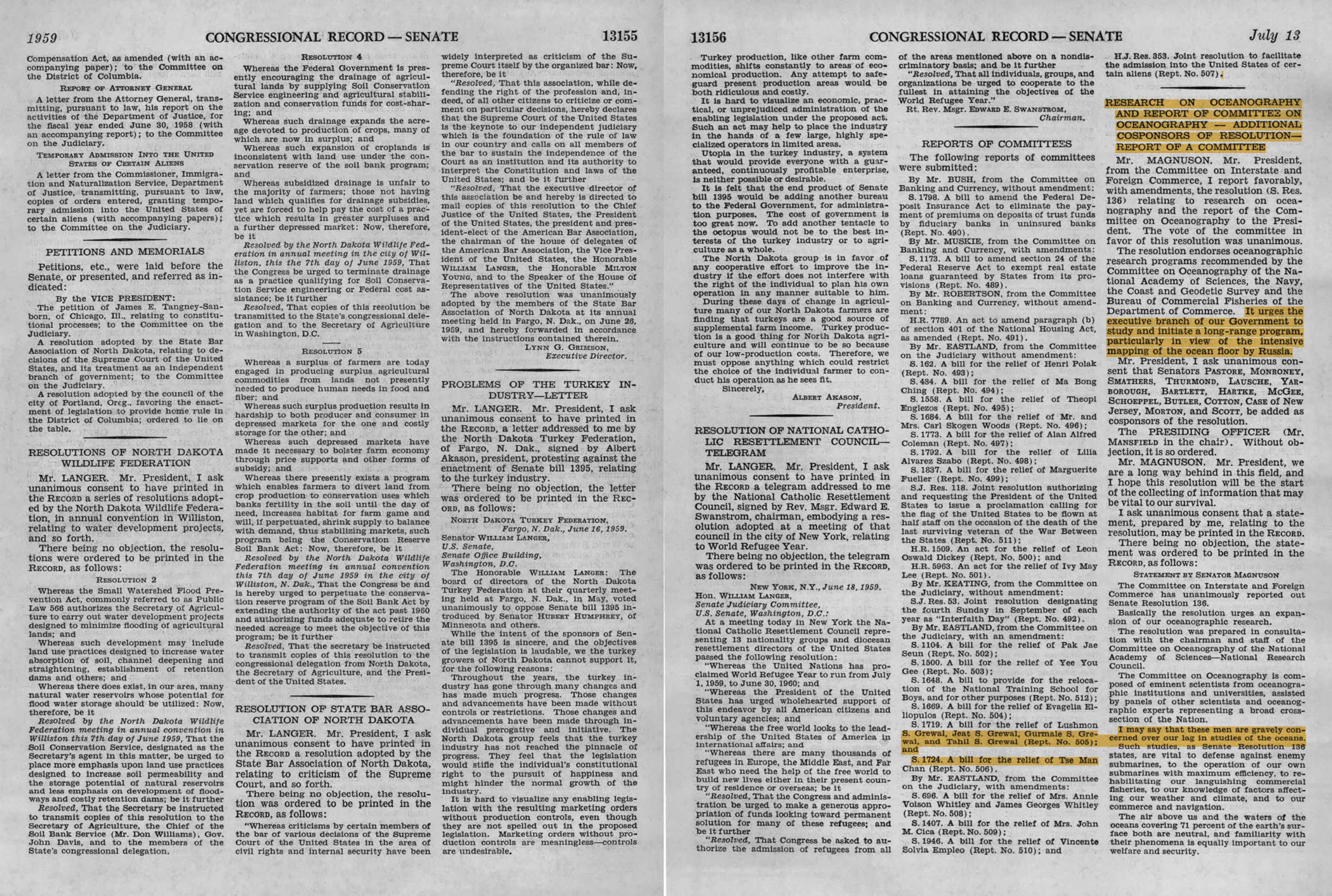
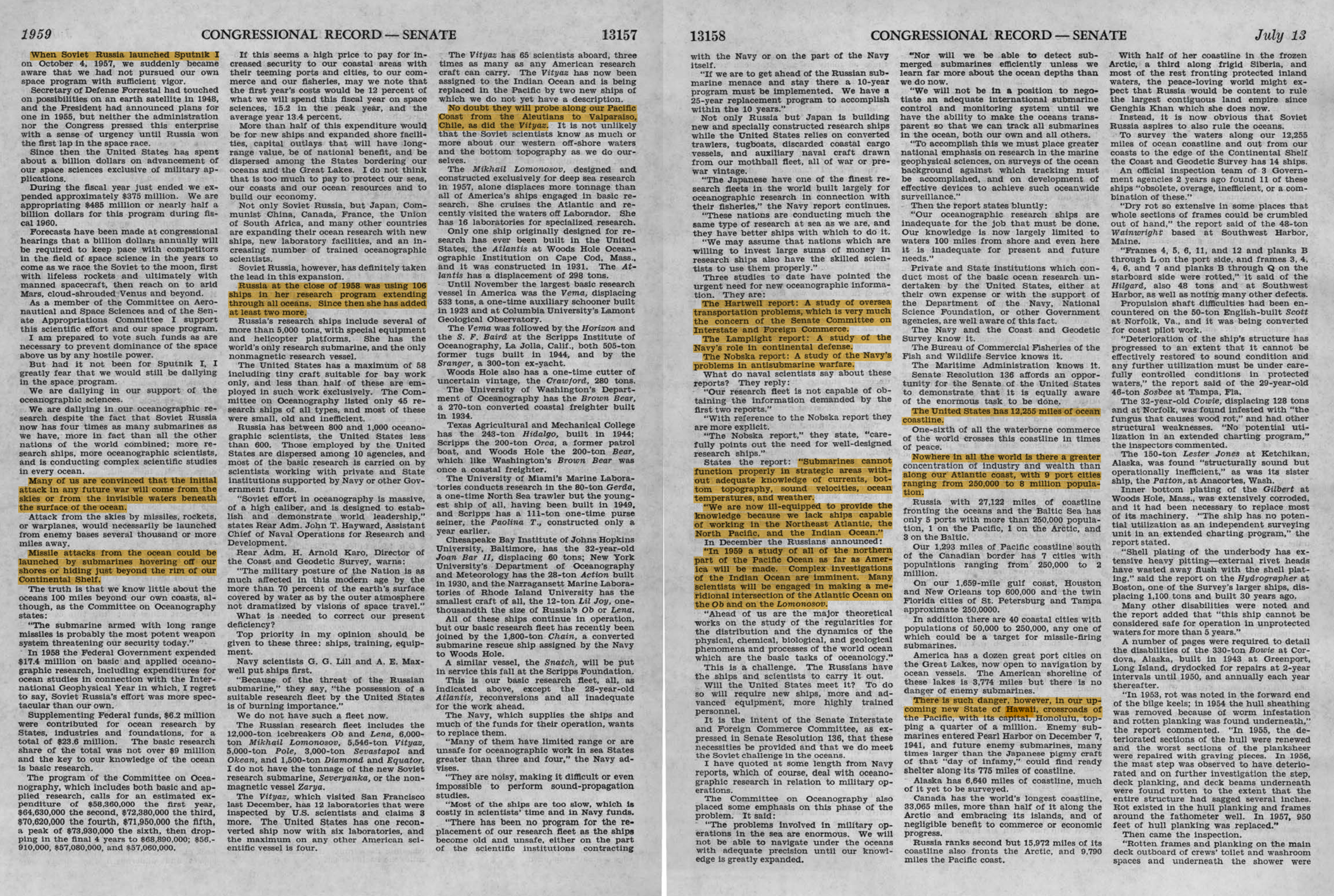
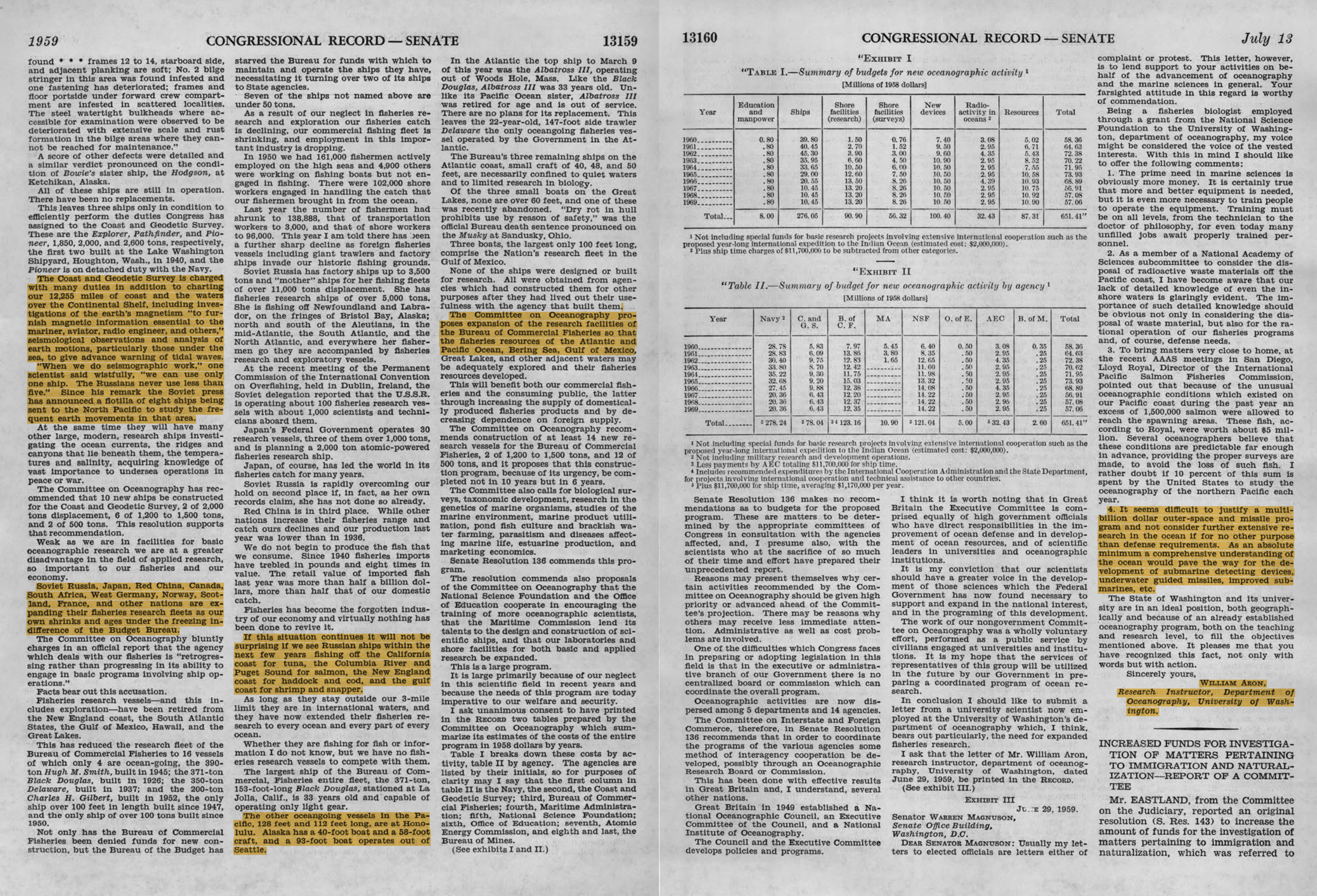
1969
Kolyma 1961, Kennedy's nuclear triad headache, mobile Minutemen on the mainland, static ICBMs, subs
it was missile consciousness, the nervous hum at the edge of dreams, ICBM-anoia, it was speed, and heat and light, brandishing a mark on the soul
The Hawaiian–Emperor seamount chain is a mostly undersea mountain range in the Pacific Ocean that reaches above sea level in Hawaii. It is composed of the Hawaiian ridge, consisting of the islands of the Hawaiian chain northwest to Kure Atoll, and the Emperor Seamounts: together they form a vast underwater mountain region of islands and intervening seamounts, atolls, shallows, banks and reefs along a line trending southeast to northwest beneath the northern Pacific Ocean. The seamount chain, containing over 80 identified undersea volcanoes, stretches about 6,200 kilometres (3,900 mi) from the Aleutian Trench in the far northwest Pacific to the Loʻihi seamount, the youngest volcano in the chain, which lies about 35 kilometres (22 mi) southeast of the Island of Hawaiʻi.
Follow the arc, you reach Kolyma… in 1954, where in 1954, Varlam began writing Kolyma Tales: Varlam Tikhonovich Shalamov (Russian: Варла́м Ти́хонович Шала́мов; 18 June 1907 – 17 January 1982), baptized as Varlaam, was a Russian writer, journalist, poet and Gulag survivor. He spent much of the period from 1937 to 1951 imprisoned in forced-labor camps in the arctic region of Kolyma, due in part to his having supported Leon Trotsky and praised the anti-Soviet writer Ivan Bunin. In 1946, near death, he became a medical assistant while still a prisoner. He remained in that role for the duration of his sentence, then for another two years after being released, until 1953. From 1954 to 1978, he wrote a set of short stories about his experiences in the labor camps, which were collected and published in six volumes, collectively known as Kolyma Tales. These books were initially published in the West, in English translation, starting in the 1960s; they were eventually published in the original Russian, but only became officially available in the Soviet Union in 1987, in the post-glasnost era. The Kolyma Talesare considered Shalamov’s masterpiece, and “the definitive chronicle” of life in the labor camps.
An Untaken Road: Strategy, Technology and the Hidden History of America’s Missile ICBMs (Steven A. Pomeroy)
I like trains, and I like rockets. When I was young, my grandparents gave me some Lionel electric trains and a copy of the 1961 catalog. On one glorious two-page spread stood “the mobile missile launcher,” starring a new Minuteman-missile-launching car. Lionel’s stubby boxcar bore the markings of the Strategic Air Command (SAC) and a two-piece, blue, hinged roof that ran the car’s length. Inside was a two-stage, spring- fired rocket. It looked nothing like a Minuteman. I did not care. I spent hours slamming the train into sidings. There, I pressed “the button.” It was orange. The roof opened, the missile elevated, and away blasted a “guardian of peace” against the Soviet Union. Even then, I knew when it was time to “get out of Dodge”: the train flew out the siding and down the mainline to hide from Red warheads. It was heady stuff. I did not know my toy had a prototype.
The mobile ICBM never overcame the inertia of the sea-launched ballistic missile (SLBM) and silo-based portions of the nuclear triad. In less than ten years, the silo-based ICBM became the dominant paradigm of ICBM operations, and Polaris SLBM submarines provided the dominant paradigm for American mobile long- range ballistic missiles. The analysis of how silos and submarines devel- oped, gained momentum, attained bureaucratic security, and then stability (while mobile ICBMs did not) illuminates the challenges for those seeking dramatic changes in today’s Department of Defense. ICBM technology’s early years were remarkable (readers unfamil- iar with them should consult the works by historians Jacob Neufeld and David N. Spires listed within the bibliography). They are a window into a past America. Opportunistic Air Force innovators, including Gen. Ber- nard Schriever, began building the national-scale intellectual, industrial, and military foundations of American space and missile power in 1954, long before Sputnik beeped or President John F. Kennedy demanded the Moon. Americans liked and supported these military programs. After the Air Force christened its 1st Missile Division at Vandenberg Air Force Base, California, the Santa Barbara News-Press ran a spectacular forty-page special section. On a full-color cover with tones only Kodachrome could reproduce, a Titan I ICBM fired its engines at launch. Red letters declared, “Of Missiles and Men.” Publisher Thomas M. Storke wrote, “Things have changed—and nowhere has the change been more dramatic than in the vicinity of what is now Vandenberg. . . . The most advanced weapons of the modern world point their noses to the sky near the place where Indi- ans used to cast their spears into the water at the mouth of the Santa Ynez River.”8 The machine was in the garden, the citizenry welcoming missiles into their idyllic backyards.
So, the men built missiles. President Dwight D. Eisenhower, a retired Army five-star general who was the Supreme Allied Commander, Europe, during World War II, understood the significance of missile technology.10 He had dealt with the German V-2 and V-1 missiles. In 1954, he made the ICBM a national crash project, and two years later, the Air Force pondered the concept of a land-mobile ICBM. Air Force generals thought nuclear strike via long-range ballistic missiles was quintessentially their mission. After all, legendary Air Force officers, including Gen. Henry H. “Hap” Arnold thought missiles the bomber of the future (Gen. Curtis E. LeMay agreed), and bombers were the talisman of Air Force independence.11 By 1960, the Air Force had cultivated a forest of missiles.12 As the technology developed, mobile ICBMs were technically feasible, the Air Force wanted them, and their future was bright. In late 1961, the Air Force narrowly missed a chance to deploy three hundred Minuteman I ICBMs on a hundred trains that would have roamed 250,000 miles of class-one railroad track. Secretary of Defense Robert S. McNamara, a business executive who during World War II had been an operations analyst, had good reasons to cancel mobile Minuteman, and the Air Force had good reasons to accept his decision. The Air Force planned six test runs but needed only four. Known collectively as Operation Big Star, tests began on June 20, 1960, and concluded on August 27.
Four trains, Big Star–1 through –4, travelled different regions. The first left Hill on June 20, 1960, and operated in the Rocky Mountains on a seven-day run. Big Star–2 involved six different railroad companies in a 2,320-mile test through Wyoming, Nebraska, Montana, and Idaho. These first two trains did not include a launch car, but the last two trains included a pre-prototype (Boeing had not yet completed the prototype) and a flatcar carrying a Minuteman third stage to test vibration’s effects on solid rocket motors. The trains included a command car that Boeing had modified from a hospital car, and quarters and diner cars the Army Transportation Corps supplied. Also included were a ten-thousand-gallon water tank car, a ten-thousand-gallon tank car with fuel, and a standard boxcar containing maintenance spares and a jeep.30
Big Star–3 rolled on July 26 and continued for fourteen days, the period of an actual deployment. It covered three thousand miles, on the track of seven different railroads in California, Idaho, Oregon, Washington, Wyo- ming, and Utah. Because the first three tests exercised western railroads, Big Star–4 headed east; it left on August 16, 1960, and returned on August 27. It ran to Iowa and Illinois, delivered the pre-prototype launch car to Omaha, SAC’s home, and covered 3,200 miles. General Power, SAC commander, declared the four tests “a completely successful test program,” providing the information necessary to “make firm plans for future mobile trains.”
Each deployment tested varying degrees of central direction and pre- planned scheduling. SAC learned that control from a central command post was unsatisfactory. The necessity of informing the railroad and com- mand post where the trains were required extensive communications for even one train. Sixty trains would be a nightmare. If trains held to a pre- planned schedule, the communications traffic and workload on train and command-post crews would multiply as each unit reported location, status, and delays. Security lessened, monitoring opportunities for Soviet spies increased. On the first test train, the commander’s administrative duties became so strenuous that officials added an executive officer, first sergeant, and clerk, which further upped personnel requirements and costs. As a result, SAC allowed the train commander to control movements without a preplanned schedule but within a designated operating area, an idea similar to SLBM operations.
Competing Alternatives: Submarines, Silos, and Mobile Minuteman
On July 20, 1960, the crew of the submarine USS George Washington accomplished the first launch of a submerged missile, and Polaris flew flaw- lessly. The Navy was closing in on an operational system, but the Air Force had not yet flight-tested Minuteman. In October 1960, after a long fund- ing battle, SAC increased the proposed number of missiles per train to six and lowered the overall number of trains, a move that saved funds for the first fixed Minuteman deployment, which AFBMD scheduled for October 1962 (ten Minutemen would be ready for the Cuban Missile Crisis). The first Minuteman flew on February 1, 1961, and it succeeded tremendously. The Air Force flew the entire missile without any previous flight tests of the subsystems, the first time a complete missile with all systems operating had achieved unqualified success on its initial flight (a lesson Wernher von Braun later applied to his Saturn V booster). A failure would have devas- tated the program, but Schriever had no choice. The George Washington had gone on its first patrol with sixteen Polaris missiles in November 1960. Despite impressive successes, Minuteman was running behind.
In November 1960, Americans elected a new president, Democrat John F. Kennedy. During his campaign, Kennedy had set himself apart on defense issues from the Republican nominee, Vice President Richard M. Nixon, by stating he would recast military capabilities to provide weapons of “diversity, balance, and mobility” sufficient to deter limited and general aggression. Kennedy charged that the “Communists will have a danger- ous lead in intercontinental missiles through 1963,” that the Eisenhower administration had no plans to catch up, and that the American-Soviet mil- itary position was “measured in terms of gaps—missile gap, space gap, lim- ited war gap.” In reality, President Eisenhower, with the benefit of U-2 spy plane intelligence, did not find the Soviet ICBM threat grave; in fact, he had ensured an American nuclear lead. For the public and many in government, the missile gap remained amorphous and difficult to quantify.
Even Eisenhower’s secretary of defense, Neil McElroy, had to separate fact from fancy. McElroy read one 1959 study that predicted a Soviet lead of 1,500 ICBMs to 130 American missiles by 1963. Improved intelligence quickly downgraded this to five hundred Soviet missiles as against one to three hundred American missiles.5 Meanwhile, Air Force leadership tended to interpret available intelligence as showing higher numbers of Soviet missiles
As early as 1958, syndicated columnist Joseph Alsop’s phrase “missile gap” had caught then-senator Kennedy’s ear.7 The possibility of charging Republicans with both domestic and national security errors was power- ful political ammunition. Senator Kennedy used the gap to his advantage, including during his presidential run. Kennedy received classified briefings from the Eisenhower administration that should have caused him to pause and reconsider, but by that time he had accepted the gap’s existence. Yet by February 1961, President Kennedy had concluded what some of his own advisors, including ICBM insider Jerome Wiesner, understood: there was no gap in favor of the Soviets, but there was one favoring the Americans. President Kennedy had to deal with a problem largely of his own making.8 The concept of the missile gap had significant momentum, and arresting the nation’s buildup proved difficult.
Once in office, Kennedy’s adopted defense strategy became flexible response. He relied on nuclear weapons as a deterrent, but he would not threaten their use in every contingency. To make his strategy viable, he wanted even more nuclear and conventional forces, and to that end he inaugurated a $17 billion defense buildup ($507 billion in 2013), a figure two billion dollars less than the Gaither Committee’s 1958 recommenda- tion (see chapter 3). Reforms culminated with the introduction of the Planning, Programming, and Budgeting System (PPBS), which uni- fied DoD procurement, acquisition, and budgeting and allowed compara- tive analyses of cost/benefits. Schriever’s mobile Minuteman program soon discovered what all this reform, and PPBS in particular, meant. Candidate Kennedy had promised a defense review, and on March 4, 1961, McNamara visited AFBMD and listened to a Minuteman program presentation brief- ing. One can imagine the importance of this briefing to the Air Force, the stars and eagles eager to impress, the pitchers of coffee and ice water care- fully positioned on the conference table, the briefer’s mounting tension as the new secretary strode into the room. The Air Force knew Minuteman was its missile future, and service leaders must have known about Secretary McNamara’s admission, “There’s no missile gap.”
AFBMD planned a simple, direct briefing that stressed key Minuteman selling points as an economical means of nuclear deterrence. The briefer described the missile’s characteristics, including size, number of stages, and state-of-the-art features incorporated since its late 1957 inception. Among the latter were movable nozzles for thrust-vector-control steering, inte- grated inertial guidance and control, an onboard computer able to complete all necessary checkouts, emphasis on reliability and simplicity, and, despite Louis Dunn’s concerns, a missile common to the hard and dispersed and mobile deployment modes.11
The Air Force emphasized that fixed Minuteman had a thirty-second reaction time in a strategic alert state, an exaggeration, because this time represented the missile’s automatic terminal countdown once commanded to launch. The figure did not account for crew reaction time and system preparations. The briefing stated that the reliable, fixed-site Minuteman had a redundant launch control system and was survivable in an under- ground, hardened shelter. The mobile system possessed “survivability by random movement of trains”; the Air Force emphasized its sixty-second reaction time from a strategic alert condition. Also highlighted was the suc- cessful test program. The service admitted managerial problems, including controlling system changes, but it was an optimistic presentation, describ- ing a successfully developing program.
The Navy briefed Secretary McNamara on Polaris, which received 14 percent of the Navy’s fiscal year 1961 appropriations and provided the nation a survivable mobile nuclear deterrent, even though it lacked intercontinen- tal range (which later SLBMs attained). The airmen felt well-founded appre- hension. The secretary wanted a survivable deterrent. He wanted it soon, and he did not want to pay extra for it. In a February 20, 1961, letter to Kennedy, McNamara lamented, “Our strategic deterrence is almost totally dependent on our bomber force. This force is soft and concentrated. . . . The programmed warning systems and the decision-making part of the alert response are unreliable. Moreover, this posture contributes to the kind of instability which it is one of our objectives to avoid.” If bombers were to survive, they had to launch upon notification of an attack to fly away from incoming warheads. McNamara worried that a false alert might provoke an attack. Furthermore, he believed existing American ICBMs (Atlas and Titan I) were unreliable; therefore, he recommended accelerating Polaris deployments and expanding Minuteman’s production capability to double its production rate as a hedge against a mass Soviet ICBM deployment, or “breakout.”
On December 14, 1961, McNamara cancelled mobile Minuteman. The New York Times reported the Air Force had spent $108 million ($3.22 bil- lion in year 2013 dollars) on it. Given smaller estimates of Soviet strength and the problems of developing an accurate, rapidly reacting mobile sys- tem that duplicated the capabilities of the already-deployed Polaris, mobile Minuteman was extraneous. In a choice between fixed or mobile Minute- man, the Air Force, as Zuckert’s March 17, 1961, deferment indicated, would have chosen the silos, because they offered faster reaction, higher reliability, more missiles, and lower cost per missile. The silo-based force was easier to develop, operate, and maintain than the fleets of Atlas and Titan missiles
To stay in the long-range missile business, the Air Force needed a func- tional ICBM force, and that meant silos would dominate.18 General Schriever disagreed. He felt that despite its challenges, rail- mobile Minuteman was a viable system, one that he could have deployed in less time than fixed Minuteman. He believed McNamara was arbitrarily cancelling it and faulted him for not foreseeing the day when a large num- ber of Soviet ICBMs could make American ICBMs vulnerable. The secre- tary of defense, however, thought in terms of the capabilities all his forces provided, whether Air Force, Army, or Navy. He based his decision on cost/ benefits analyses and believed the train-based Minuteman redundant.19
In a May 5, 1962, secret meeting of NATO ministers in Athens, Greece, McNamara stated that in the event of a nuclear war, America’s principal objective “should be the destruction of the enemy’s military forces while attempting to preserve the fabric as well as the integrity of allied society.” A month later, on June 16, at Ann Arbor for the University of Michigan’s com- mencement exercise, he asserted that the reason for a counterforce strat- egy was to give “a possible opponent the strongest imaginable incentive to refrain from striking our own cities.” The administration believed Ameri- can willingness not to target cities equated to Soviet willingness to do the same but left unanswered was whether the Soviets agreed. The generals and admirals certainly disagreed with McNamara, believing he mirror-imaged American intentions onto Soviet minds.35
Counterforce attempted to place analytical precision on a process that was not completely reducible to quantified analysis. Destruction of hardened military targets such as ICBM launch facilities required balancing accuracy and yield, but because the accuracies of the era necessitated relatively high- yield weapons, collateral damage was likely, which paradoxically under- mined McNamara’s desire to limit damage to Soviet and American cities. For example, an airstrip long enough to land Soviet bombers was a logical target, but what if that airstrip was located in the middle of a city without an associated military base? Was it still considered a counterforce target? In World War II, the Air Force had not hesitated to attack war-related urban industries, but now such targets were questionable. Buried deeply in the debate was the unspoken reality of nuclear technologies (the “means” of strategy). Regardless of the target type or weapon’s accuracy, if the target was collocated with a population center, designation of the ground zero as a “counterforce target” was meaningless, because the weapon’s detonation would wreak havoc with the city.
In April 1960, the Advanced Systems Planning and Analysis Direc- torate, the successor to the office that produced the “Future for Ballistic Missiles” study, conducted an analysis entitled “USAF ICBM Force Mix” to optimize the mix of fixed and mobile U.S.-based ICBM forces. Using an estimated force of a thousand missiles, the planners discovered the force’s survival rose as the number of mobile missiles increased but that when “a mobile missile cost twice as much as a fixed missile, the mixed force would not be justified even if both missiles were equally effective.” The 1958 mobility studies had already demonstrated a mobile missile cost at least twice as much as a silo-based missile. Thus, by 1960, AFBMD knew mobile Minuteman was economically unviable.48 Seen in this light, the Navy’s arguments to replace mobile ICBMs with SLBMs made sense. Further, once land-based American ICBMs suffered vulnerability from a large Soviet force, their survivability to serve as second-strike weapons, a key McNamara desire, would vanish. Despite his frustrations, Schriever saw the AFBMD reports and likely knew McNamara had valid reasons supporting his decision to cancel mobile Minuteman. The Air Force took solace knowing it had saved its silos.
On June 25, 1960, the Aerospace Corporation was incorporated in California; with several ICBM notables serving in board of trustee roles, including Charles Lauritsen, Trevor Gardner, and Jerome Wiesner. Schriever’s closest allies no longer had to serve on ad hoc com- mittees. Aerospace, as it was known, formalized their presence, symboliz- ing the technological momentum of ICBM system builders. In addition to ICBMs, the corporation had systems engineering responsibility for the Air Force’s manned Dynasoar vehicle and NASA’s Mercury spacecraft.
Concerned about Minuteman’s future, the Air Staff asked Aerospace to study ICBM force survivability. Called “Golden Arrow,” this study built upon previously circulated concepts and introduced several others. Min- uteman’s deployment helped, because by the close of 1964 the system was bureaucratically secure and had 678 missiles on alert. This allowed consid- eration of new ideas without endangering current programs. The studies examined land-, sea-, and air-based deployment modes, and they intro- duced new ideas, including a comprehensively treated proposal known as the “continuous road mobile ICBM.”3
Aerospace proposed two to six hundred road-mobile ICBMs to patrol the continental United States, preferably within low-population-density lands west of the Mississippi River. A single three-stage, solid-propellant missile rode on a transporter-launcher vehicle. Each missile and truck patrolled a given area using the nation’s highways. In a significant depar- ture from Minuteman, Aerospace canisterized the missile. Like an SLBM, gas pressure ejected it before first-stage ignition. Hardened to ten pounds per square inch, about the maximum possible for a vehicle, the transporter launcher was a tractor-trailer with two men in the cab to drive and two others on the trailer for launches. To prevent “bonus kills,” the deployment provided enough mileage and distance between missiles to keep the enemy from destroying more than one missile with a single warhead.
Mobility’s Roads
At their best, military technologies solve specific problems. During World War II, American leaders realized the potential of ballistic and cruise mis- siles to achieve security and warfighting objectives, even if they were then immature technologies. As the years passed, contexts changed, and those interested in long-range ballistic missiles incubated their ideas. By the mid- fifties, opportunistic system builders had had the chance to create a major military innovation, a new combat arm, the ICBM. The fifties represented phase one, invention and development, followed by phase two, technolog- ical transfer and diffusion (which ran into the 1960s). By the midsixties, hundreds of ICBMs stood alert, and a number of incremental and modu- lar sustaining innovations had occurred. When General Schriever secured Minuteman’s large-scale deployment, the silo-based ICBM achieved bureaucratic security and was on its way to stability. In the early 1950s, the United States Air Force declined to build rock- ets. The reverse salients were too tough. Bombers were the only delivery platform capable of nuclear attack; the Air Force developed a large bomber fleet, researched long-range cruise missiles, and dabbled with ballistic mis- siles. As thermonuclear weapons underwent sustaining innovations and the Cold War deepened, national leadership appreciated the importance of long-range missile technology. The armed services fought to control ICBM technology, and the Air Force won. The resultant acceleration of the Atlas program (1954) drove Air Force leaders to make choices contrary to their service’s air-breathing aerodynamic heritage and to reassess the force composition recommendations of General Arnold and Dr. von Karman. Doing so was difficult, but the service committed itself to the task as pres- sures mounted. The exigencies of leading, managing, building, and operat- ing a new family of technologies required intense efforts and innovations, which bore results even as Sputnik soared.
By 1956, not many people were thinking in terms of a mobile ICBM, because building flyable Atlases and Titans was challenging the nation’s best. American medium-range missile systems were transportable but insufficiently responsive. By 1957, the Bacher Panel had generated momen- tum for a mobile, second-generation ICBM. Given the thirty minutes from ICBM launch to target destruction, any mobile missile system had to transi- tion from motion to engine ignition within minutes. Fielding a large num- ber of dispersed, moving missiles complicated Soviet operations; achiev- ing this meant engineers had to improve several technologies, including propulsion, guidance, computing, navigation, and control, while reducing support requirements. Once General Schriever accepted solid-fuel tech- nology, he saw that a simpler and smaller rocket like Minuteman fulfilled these needs.
Minuteman was a sustaining innovation that replaced the ponderous first generation of American ICBMs and their expensive facilities. From the outset General Schriever planned a mobile deployment, but knew he had to have the silos. Silos secured the Air Force’s bureaucratic position as the lead agency for ICBMs, and Minuteman eventually dispersed amongst a thou- sand silos in the upper Midwest. Schriever happily accepted the silos, but he also wanted three hundred train-mobile Minutemen. Had he attained these, he could have argued that the Air Force provided a survivable second- strike force, meaning there was no need for Polaris submarines. As he built his missiles, Schriever stressed the relationship between missile and base, but when it came to mobile Minuteman, he selectively ignored the evi- dence. The same Minuteman missile could not serve well in both stationary and mobile deployments. Silo Minuteman had greater accuracy, a quicker response time, and higher reliability. It cost less and needed far fewer people than did mobile Minuteman. Polaris had greater survivability, and both silo Minuteman and Polaris existed, while mobile Minuteman ran late. Schriever knew the Air Force had to have silos to control ICBM technology, and that reality lessened mobile Minuteman’s momentum enough to seal its fate. Although Schriever complained, Secretary McNamara saw mobile Minuteman as redundant, cancelled it, and thereby codified naval partici- pation in the American nuclear triad.
Had the Soviets never bothered to improve and increase their mis- sile forces beyond parity, the idea of American mobile ICBMs may have remained buried. But the Soviets built a powerful ICBM fleet, and even as the Air Force deployed its first missiles, its ICBM community foresaw the day when large numbers of accurate Soviet ICBMs would threaten the Minutemen and Titan IIs. On the heels of mobile Minuteman’s 1961 can- cellation, the service defined this new problem set and tried to solve it. Indi- viduals and organizations implemented sustaining innovations to answer Washington’s call for greater flexibility in targeting and warfighting, as well as to prevent a vulnerability window. Additional studies of survivable ICBMs resulted. By the midsixties, the silo-based ICBM not only had bureaucratic security but had moved into phase four, stability. This allowed Air Force planners to develop mobile ICBM technology without threatening the over- all ICBM program. Mobile ICBM concepts soon included air-, sea-, and land-based weapons. These promised much, including the Golden Arrow continuous road-mobile, hardened-garage road-mobile, and triggered random-mobile Minuteman. Each offered survivability through mobility and varying degrees of deception and concealment, what later designers termed “preserving location uncertainty.” Meanwhile, Minuteman became a true counterforce weapon that retained the ability to destroy cities via mutually assured destruction. By the midseventies, the newly deployed Minuteman III provided accuracy and targeting flexibility at a level meeting the once-distant dreams of those who had engineered Atlas. As the ICBM grew into a narrowly defined role, its success victimized it. It was accu- rate, secure, had redundant C3, and responded quickly to launch orders. No one could recall it once launched, but its crew response and subsequent flight time from launch order to re-entry vehicle impact made it the fastest- responding triad element. MIRV deployment increased striking power without deploying more missiles or additional infrastructure. So long as the Soviet Union did not have too many accurate ICBMs, the American force was cheap, ready, and relatively survivable.
Dénouement
In 1986, coinciding with an announcement about the initial operational capability of the silo-based MX, President Reagan approved rail-mobile deployment of MX using twenty-five trains of two missiles each. Plans were to base the trains at nine different Air Force bases and allow them to roam the national rail network, much like the mobile Minuteman of 1961 (even though in 1979 the Carter administration had deemed trains insecure and unsafe). Five years later, the Soviet Union collapsed. By the time the program was finally cancelled in 1991, Boeing had built prototype missile cars. Also in 1986, Reagan followed the recommendations of the Townes Panel and the Scowcroft Commission by authorizing the mobile small ICBM, nicknamed “Midgetman,” designed for off-road truck mobility: one missile rode on a self-contained launcher. The old AFBMD engineers must have smiled. Midg- etman had two successful test launches from Vandenberg. Boeing again built prototypes of launcher vehicles, delivered them in 1988, and the Air Force tested them at Malmstrom Air Force Base, Montana, but the Soviet demise brought swift cancellation. One prototype remains on display at the ICBM System Program Office in Ogden, Utah. Then, in September 1991, President George H. W. Bush removed the Minuteman II, Air Force bombers, and naval surface vessels from the nuclear alert mission. By 1992, the mobile ICBM concept had disappeared from the American defense scene. Three reasons account for the arresting of the American mobile ICBM’s momentum. First, the late fifties/early sixties Air Force–Navy bureaucratic rivalry prevented it. This rivalry established the contextual conditions that shaped Secretary McNamara’s 1961 cancellation of mobile Minuteman. The Air Force saw long-range strategic nuclear strike as its domain, but the Navy earned a share. While the Air Force deployed its first ICBMs and developed Minuteman, the Navy created Polaris. By the time Secretary McNamara made his force structure decision, the Navy’s Polaris had provided him a survivable second-strike deterrent. He selected it over ICBM trains. Second, the Air Force’s successful underground-based Min- uteman missile undermined its case for land-mobile ICBMs. Silo-based Minuteman was accurate, survivable through the midterm, inexpensive, and deployable in large numbers. In terms of costs and benefits, it was the mass-produced Model T of ICBMs, and to McNamara that appealed. He saw through mobility’s rhetoric and retained the silo-based force.
“despite the fact that an early prototype of the Jupiter had just flown 3,000 miles, breaking every U.S. record for distance, height, and speed, it was ABMA that was going to be sacrificed to pay for bombers that could be rendered obsolete by the time they rolled off the assembly line. Eisenhower, however, was more attuned to rocketry’s deadly potential than Medaris believed. “Can you picture a war that would be waged with atomic missiles?” the president had asked reporters at a February 8, 1956, press conference. “It would not be war in any recognizable sense.” War was a “contest,” a battle of wits, strategy, and attrition. Missile warfare, Eisenhower lamented, “would just be complete, indiscriminate devastation.” Ike understood the impact of fully developed missiles on any future conflict with the Soviet Union. He was simply in no hurry to rush headlong into what he labeled “race suicide.”
“Not for the first time, Wernher von Braun must have wondered if coming to America had been a mistake. After all, he had chosen the United States, among all the countries who had vied for his services, because he had thought that only America had the resources and foresight to pursue rocket technology. Even before the war had ended, von Braun had gathered his key engineers to discuss which Allied nation offered the best hope for continuing their careers. “It was not a big decision,” recalled the physicist Ernst Stuhlinger, one of those present during the defection discussions. “It was very straightforward and immediate. We knew we would not have an enviable fate if the Russians would have captured us.” The French had been discounted as strutting losers. The British had fought bravely, but the United Kingdom was small and no longer the power it had once been. West Germany would have strict limits placed on its military programs. That left only the United States.”
Excerpt From: Matthew Brzezinski. “Red Moon Rising”. Apple Books.
Point Mugu, CA / Pacific Missile Range Facility (PMRF) Barking Sands, Kauai
Transforming the Joint Force: A Warfighting Concept for Great Power Competition | West 2020, San Diego, California | March 3, 2020
An Indo-Pacific Warfighting Concept will assure our allies and ensure continued access to the global system. This is how our deterrence strategy will continue to underwrite the rules-based international order.
In order to achieve this level of deterrence, our investments must harness the advanced capabilities provided by a network of leading-edge technologies, such as:
1. Integrated Air and Missile Defenses that employ multiple sensors and interceptors distributed across the region to protect – not only the Homeland, including U.S. territories, but also our U.S. Forces forward. These IAMDs must leverage, integrate, and protect our critical allies and partners as well – and they must invest here too. 2. Long Range Precision Strike capabilities from across all platforms, services, and domains to hold at risk a variety of target sets (remember, multiple dilemmas) from distances both “in the clinch,” and from “outside the ring.” 3. Joint Command and Control (C2) Networks that provide speed and flexibility in decision-making, which allows penetration and then disintegration of an adversary’s systems and decision-making, thereby defeating their offensive capabilities. 4. Artificial Intelligence, quantum computing, remote sensing, machine learning, big data analytics, and 5G technology will all be required for a well-designed architecture to ensure we are interoperable and compatible in our offensive and defensive capabilities.
When combined, these technologies will drive the development of the Joint Fires Network (JADC2), which will provide fire control solutions and collaborative engagement opportunities across the entirety of the Joint Force. The design principles guiding a Joint Fires Network include decentralized architecture, automation of fire control functions, and a common operating picture across the Joint Force for asset management. For its backbone, we need a joint – JOINT – network of training ranges capable of meeting the exercise, experimentation, and innovation objectives of the new warfighting concept. Unfortunately, our current range, test, and/or training facilities are built separately by each service – sometimes by their service test and development community – and rarely with the Joint Force in mind. Further, they are not funded to enable joint training. We must strongly advocate for a joint network of live, virtual, and constructive ranges in key locations around the region to support joint and combined exercises, experimentation, and innovation. Some CONUS-based examples include: 1. Western Range at Vandenberg Air Force Base, 2. Pacific Missile Test Center (PMTC) at Point Mugu, 3. Nevada Test and Training Center at Nellis, 4. The National Training Center at Fort Irwin, and 5. Fallon Range Training Complex in Nevada.
And there are also several critical OCONUS facilities in the region: 1. The Joint Pacific Alaska Range Complex (JPARC) provides an unmatched, realistic training environment and allows commanders to train for full spectrum engagements, large-scale operations, and multinational training, 2. Pacific Missile Range Facility (PMRF) at Barking Sands on Kauai is world’s largest instrumented, multi-dimensional testing and training range and the only range in the world where subsurface, surface, air and space vehicles can operate and be tracked simultaneously, and when combined with Pohakuloa Training Range – the only brigade size live fire range in the Indo-Pacific, presents an incredible joint opportunity. 3. Lastly, the Reagan Test Site (RTS) on the Kwajalein atoll is uniquely qualified to support live missile testing and space surveillance operations due to its isolated location.
Each of their facilities is optimized to fit a particular domain or a particular “test” or to gather information and provide feedback across a specific (usually narrow) area of interest. Integrating our U.S. ranges in the region with allied ranges in Japan and Australia, would also allow us to advance joint and combined capability and capacity in a fully instrumented live-virtual-constructive proving ground. An integrated U.S. and coalition force that regularly demonstrates operations across all domains can do the training needed that presents new challenges and dilemmas for potential adversaries. Additionally, a Joint Range Network provides us with the ability to reveal certain capabilities we want our adversaries to see, and conceal the things we don’t want them to see. This is a major component of any strategy of deterrence. USINDOPACOM must also increase the complexity and strength of its joint and combined exercises.
Talisman Sabre is one of the premier military exercises in the region and has been increasing in complexity, size, and scope during each iteration. We must continue to build on that. The joint biennial exercise between the United States and Australia involves more than 30,000 personnel and will continue its evolution by integrating more cyber and space operations and more advanced threats into its scenario. Keen Edge is our joint and bilateral exercise focused on the defense of Japan. The United States’ bilateral relationship with Japan will continue to deepen; our collaboration gets better and better month-by-month. We will continue to develop the integration required during high-end conflict to: Collaborate more effectively and expeditiously between the U.S. Joint Force and the Japan Self-Defense Force; overcome information-sharing challenges with our closest non-FVEY partner; and enhance the transparency needed to fight at the speed of conflict in the 21st Century. Valiant Shield is our biennial exercise designed to further refine live fire test and evaluation of the evolving suite of net-enabled weapons across the Joint Force. This U.S.-only exercise features the Services’ most advanced platforms and units (Marine F-35s, Navy P-8s, and the Army’s Multi-Domain Task Force) to come to test our ability to conduct joint-enabled, assault, forward in the Indo-Pacific. This complex training set enables real-world proficiency in sustaining joint forces during the entirety of the detect-to-engage sequence to employ precision munitions in all domains. Each iteration seeks to advance the independence of ISR platforms, the distribution and decentralization of long-range precision strike elements, and the integration of shared set elements (Link-16, electronic support measures, and voice capabilities) in order to achieve more seamlessness and simplicity in conducting joint integrate fires and command and control. Ultimately, these exercises serve as the ideal setting where tactical development, technology, and training converge for the Joint and Combined Force – necessary to deter and absolutely necessary to fight and win. In closing, the U.S. must leverage its technology, its tactical development, and its training to deliver the kind of “Indo-Pacific” Warfighting Concept that demonstrates its will, its capacity, and its capability to fight and win. (https://www.youtube.com/watch?v=VIxG0EwTDgU&feature=youtu.be&fbclid=IwAR0VwgHszGMv6gFsum30p7jt00xK1ydpUJGgUf5csmGSitR3dFQEjk92DeA)
See also Graham Allison, Thucydides Trap, and Richard Heydarian (2020) book on Indo-Pacific.
Dancing with the Dead: Memory, Performance and Everyday Life in Postwar Okinawa (Christopher Nelson, 2008)
“My first visit to Okinawa City—Koza, as the signs on the buses still read—was on a warm, late summer night in 1985. The years pass and I think of it often, but I can never seem to fit my memories into a coherent narrative. It seems that all I have are fragments, sensations. I remember standing on a sidewalk alongside Route 330. I was a twenty-three-year-old Marine lieutenant, an infantry officer. I had just stepped out of Apple, a bar crowded with GIs and young Okinawans. Although I’d like to describe the bar as it was when I was a Marine, what I remember is the way that it looked during my fieldwork. By then, it had closed—its façade peeling in the remorseless subtropical sun, its windows filthy, its sign missing. Ghostly, faded figures of the Beatles from the cover of Sgt. Pepper’s Lonely Hearts Club Band staring blankly at traffic.”
“Did a full moon hang over the city, competing with the neon signs to illuminate the rough concrete and glass storefronts, the oily asphalt pavement? Somehow it always seems to me that there’s a full moon in the sky over Koza, but I suppose that’s just the memory of other nights. In a soldier’s rare moment of solitude, I looked across the street at the cars rushing by, the dingy stores, the parking lot, the pachinko parlor and the bars, the darkened alleys lined with Okinawan houses. A postwar neighborhood that already looked ancient.”
“In Okinawa, as perhaps anywhere else, the past exists uneasily alongside the present. It can pass unnoticed, occasionally rising for a moment of recognition, slipping away again under the weight of the routine tasks of daily life. Like the unexploded bombs that still lie close to the surface of the Okinawan landscape, it can erupt into the present with painful and unexpected consequences, casting its shadow over a future not yet experienced. Memories often return unbidden. A gesture or a position of the body recalls a dance practiced in childhood. A glimpse of a young girl in an indigo kimono evokes images of everyday life in a now-ruined mountain village. The slow melody of a folksong from a neighbor’s radio stirs memories of moashibi, romantic parties in moonlit fields long since swallowed by urban expansion.”
“Similar narratives can be found in any struggle with modernization, in any account of an individual’s passage through life in the modern world. However, there are other memories, stunning in their profound horror, that are perhaps only shared by those who bore the burden of Japanese and American colonialism. They lay a powerful claim to the present: memories of the brutality and relentless transformations of the Japanese colonial era, the genocide of the battle of Okinawa,1 the callous indifference and exploitation of the American occupation. A chance encounter with a Japanese-American child brings a painful reminder of an earlier life in a base town bar or brothel.”
“I’ve been told that little force is necessary to conjure these memories: the taste of Spam or mayonnaise, the sight of a Japanese flag or an American fighter overhead, the scent of burning fuel or of incense offered at a household altar. The past can even return without any apparent prompt, the result of some chthonic process, slipping through the deep rhythms of repression. It arrives unexpectedly, urgently, stirred by the silent call of an ancestral spirit or deity.”
“The collective struggle of Okinawan survivors, secondary witnesses, and activists to critically reexamine the past unearths complex and overdetermined traces inscribed in memory and in graphic representation. For those traces are not simply—if such a thing could ever be simple—of terror and loss.4 The Okinawan past is also a reservoir of possibility. For Japanese nativist artists, scholars, and politicians, as well as for Okinawans themselves, it has become a powerful archive of romantic imagery and practices. ”
“Okinawan space is inscribed with the signs of these catastrophic transformations. In the name of parity with mainland Japan—hondonami—tremendous levels of capital have been committed and natural resources sacrificed to develop the Okinawan economy. Successive municipal governments and prefectural administrations routinely develop and deploy complex and ambitious plans for modernization and development: “international cities” and “free trade zones” are conceived and attempted, if never completed. Enormous construction projects—dams, highways, oil storage facilities, municipal buildings, conference centers—compete with the network of American bases for domination of the countryside.
This ceaseless orientation toward the future has also required Okinawans to defer the satisfaction of their desires until the constantly receding horizon of parity has been reached.12 Although much of this remains within the discourses of postwar modernization theory,13 it also resonates uncannily with the prewar Okinawan experiences of seikatsu kaizen, or lifestyle reform. In the aftermath of the colonial era, Okinawans were urged to renounce their backward culture and commit themselves to an ideology of shusse,14 of selfimprovement.”
“Central Okinawa, dominated by the sprawl of Kadena Air Base, is haunted by this complex and unresolved dialectic between past and present.15 The base itself is a massive network of runways, hangars, and magazines, hardened against nuclear attack. It is ringed by neighborhoods of suburban bungalows, apartment complexes, and shopping and entertainment centers, all surrounded by miles of chain link fence and razor tape, pierced at intervals by guarded gates. And yet, fragmentary remains of other orders belie the monolithic permanence of the base: here, a monument to the Japanese troops who died during the defense of the Japanese air field that occupied the same space during the Pacific War; there, signs that mark the mouth of a cave where Okinawan civilians took refuge during the battle for Okinawa. Family tombs and village shrines continue to stand on the carefully groomed lawns of the base, the fresh offerings of incense and flowers linking them to communities that have been dispersed or destroyed. Aging farmers pass through the gates, undeterred by armed sentries, to tend gardens and cut fodder on the margins of their ruined farms. “Okinawa City—Koza16—clings to the perimeter of the base, its narrow streets and riot of construction a stark contrast to the spaciousness of Kadena. As I drove through the city, I felt like a swimmer moving across an enormous reef, its vibrant, expanding fringes counterbalanced by vast expanses of rigid, lifeless coral. Okinawa City radiates out in the same way, the debris of the modernization projects of past generations embedded in its concrete body. Tightly packed buildings lined the wide, asphalt highways linking the island’s military training and storage complexes with the airfields at Kadena and the military harbour in Naha. Many of these buildings were vacant, their faded signs continuing to advertise bars, discos, restaurants, and souvenir ”
“This land that I own was bought by my grandfather. Because his family was so poor, he left Okinawa during Meiji and went to Hawaii as a cane cutter. He paid for this land with his sweat, his backbreaking labor. How should I use this precious land? How can I take into account the bitter misery that my grandfather endured? As its owner, that’s what I should be free to decide.
He told the audience that no one in his family had ever consented to leasing land to the Americans; they were deceived and coerced. In the aftermath of the war, everyone was told to go to a newly rebuilt community center so that they could help reconstruct the official records that had been destroyed in the war. All families would be required to register their inkan, or family seals. Clerks helped them to stamp their seals on sheets of blank paper, which were then collected. After the residents left, officials wrote the leases above their mark, falsifying their consent, and stripping them of their land.”
Hiroshima Traces: Time, Space and the Dialectics of Memory (Lisa Yoneyama, 1999)
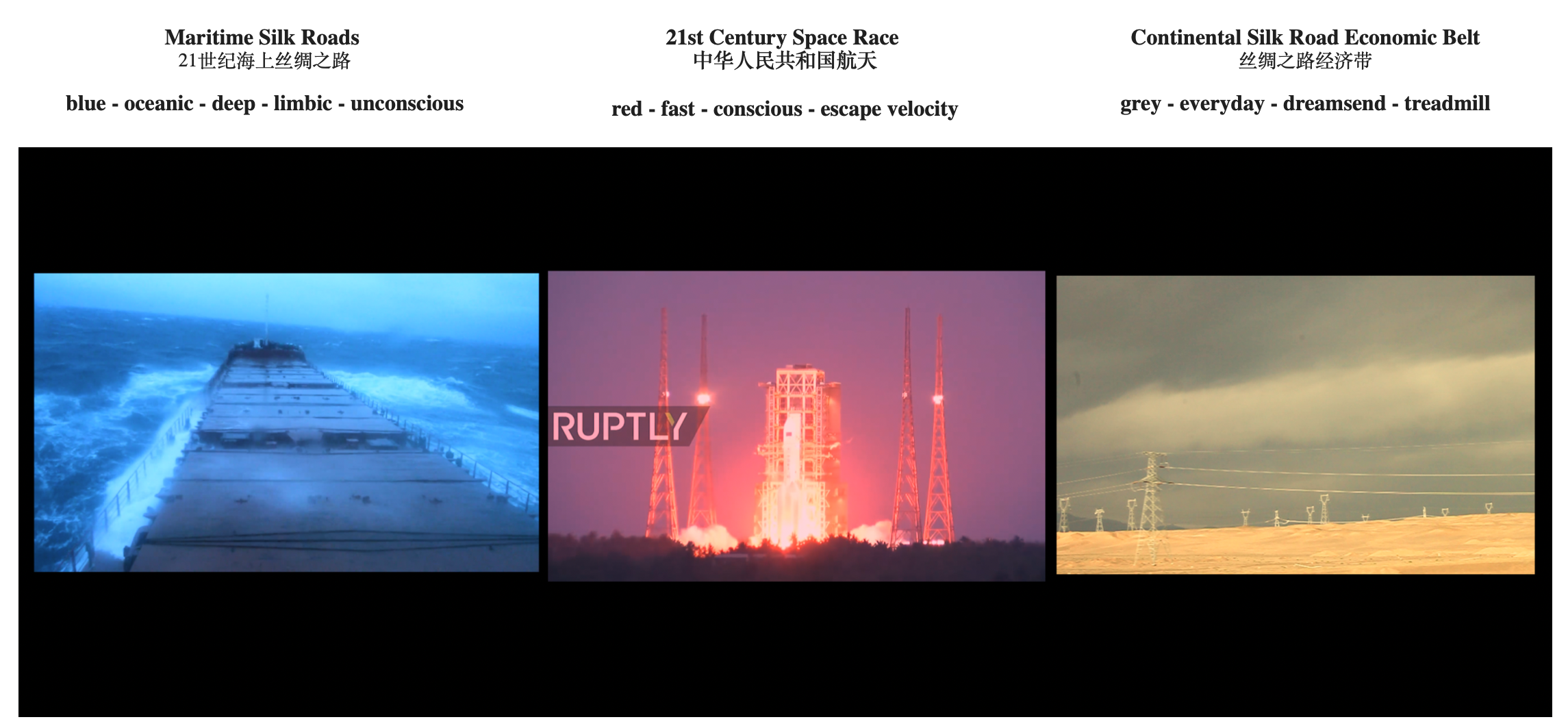
A nuclear triad is a three-pronged military force structure that consists of land-launched nuclear missiles, nuclear-missile-armed submarines and strategic aircraft with nuclear bombs and missiles.[1] Specifically, these components are land-based intercontinental ballistic missiles (ICBMs), submarine-launched ballistic missiles (SLBMs), and strategic bombers. The purpose of having this three-branched nuclear capability is to significantly reduce the possibility that an enemy could destroy all of a nation’s nuclear forces in a first-strike attack. This, in turn, ensures a credible threat of a second strike, and thus increases a nation’s nuclear deterrence.
https://en.wikipedia.org/wiki/Nuclear_triad
Military Construction Appropriations For 1961, Hearings before the Subcommittee of the Committee on Appropriations. United States Senated Eighty Sixth Congress Second Session on H.R 12231 (Thursday May 12, 1960, U.S. Senate Washington D.C.)
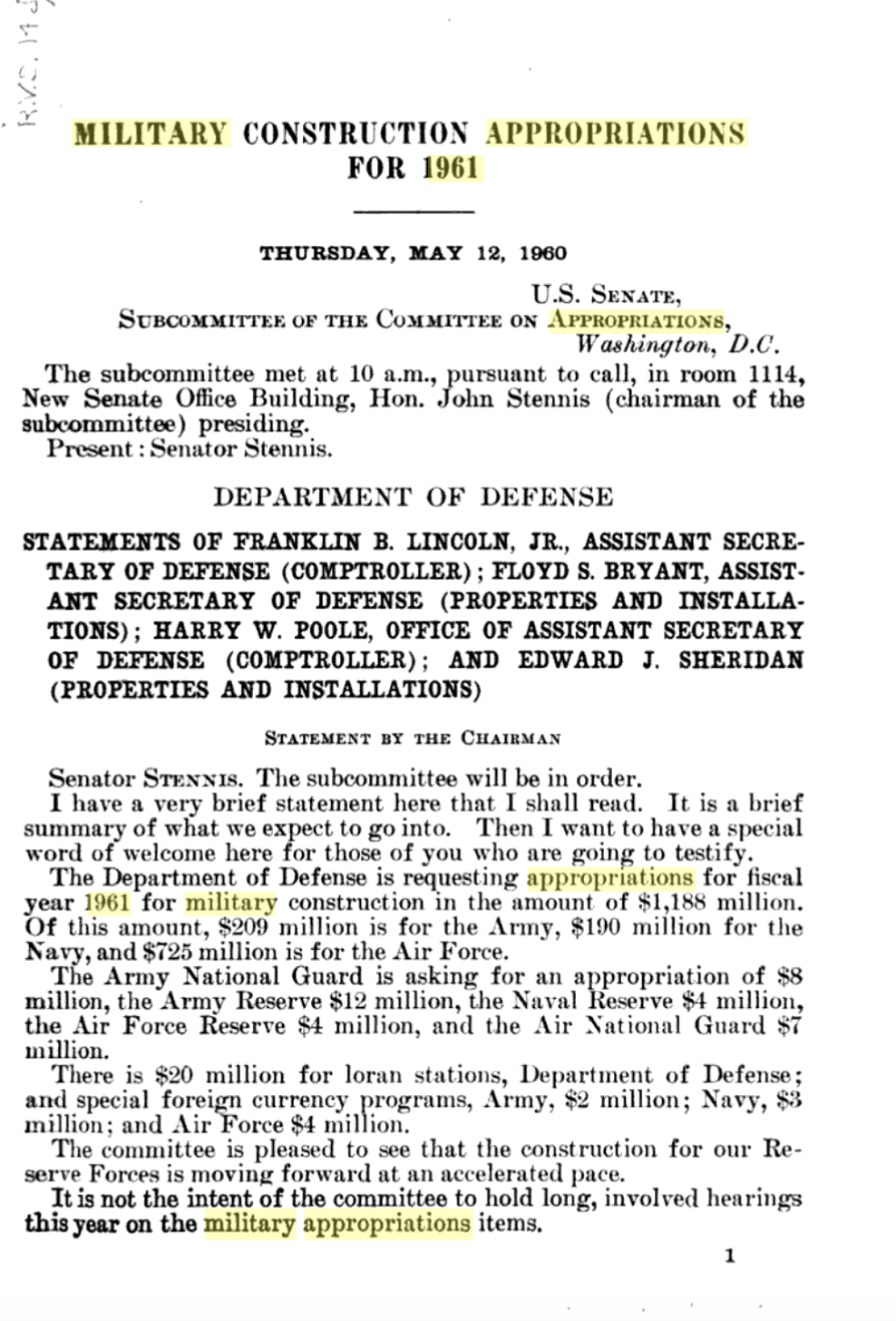
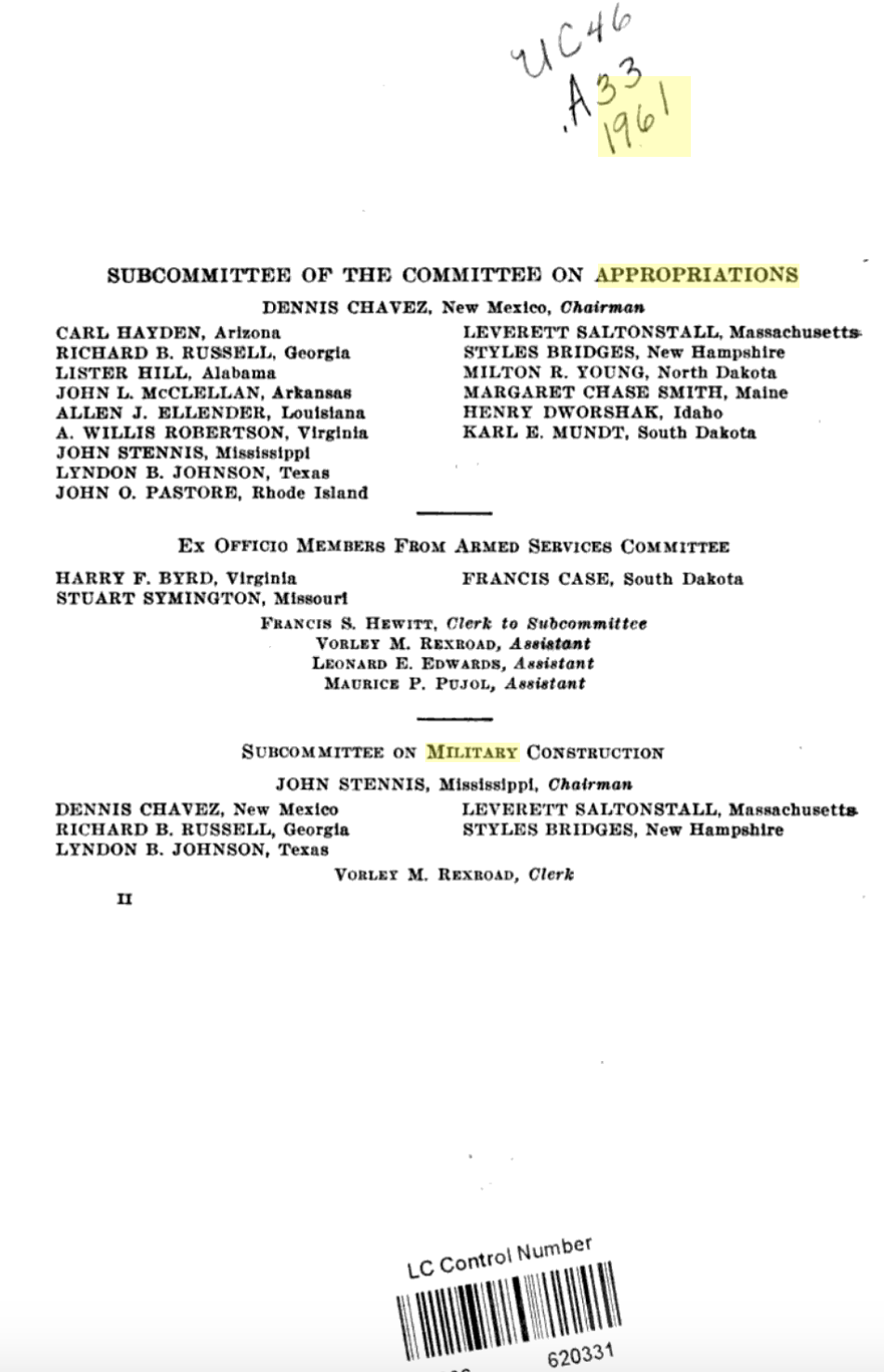
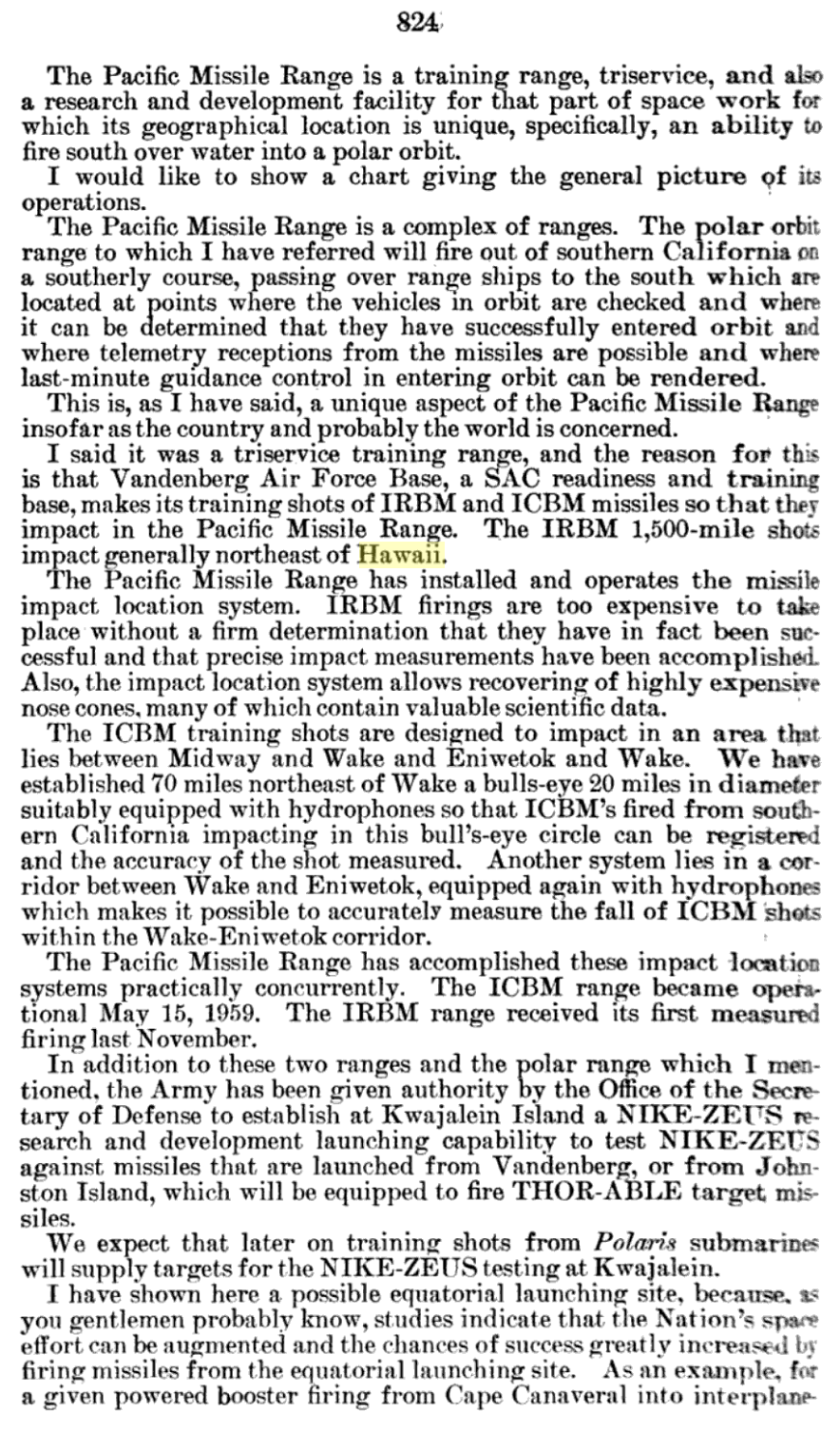
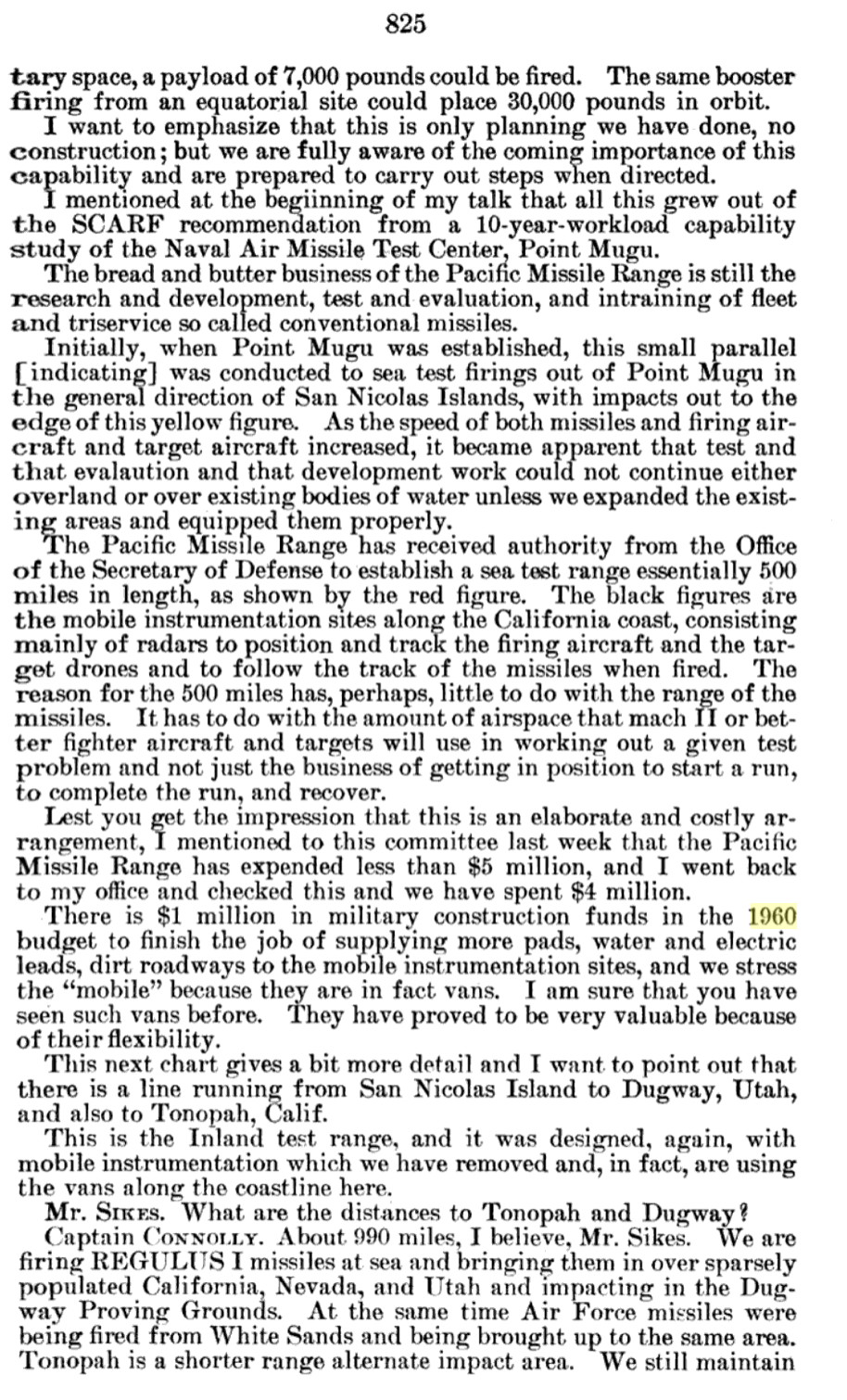
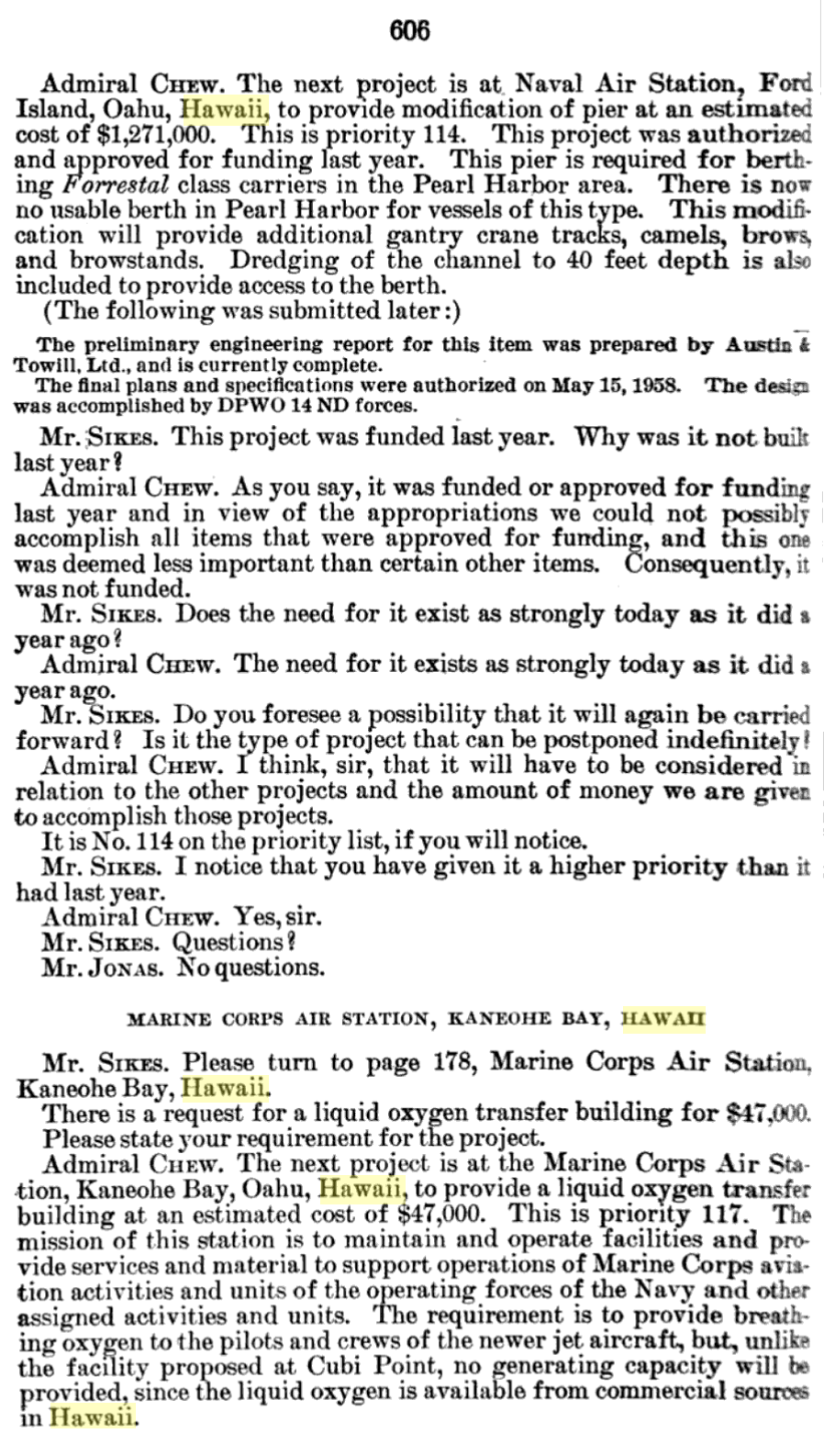
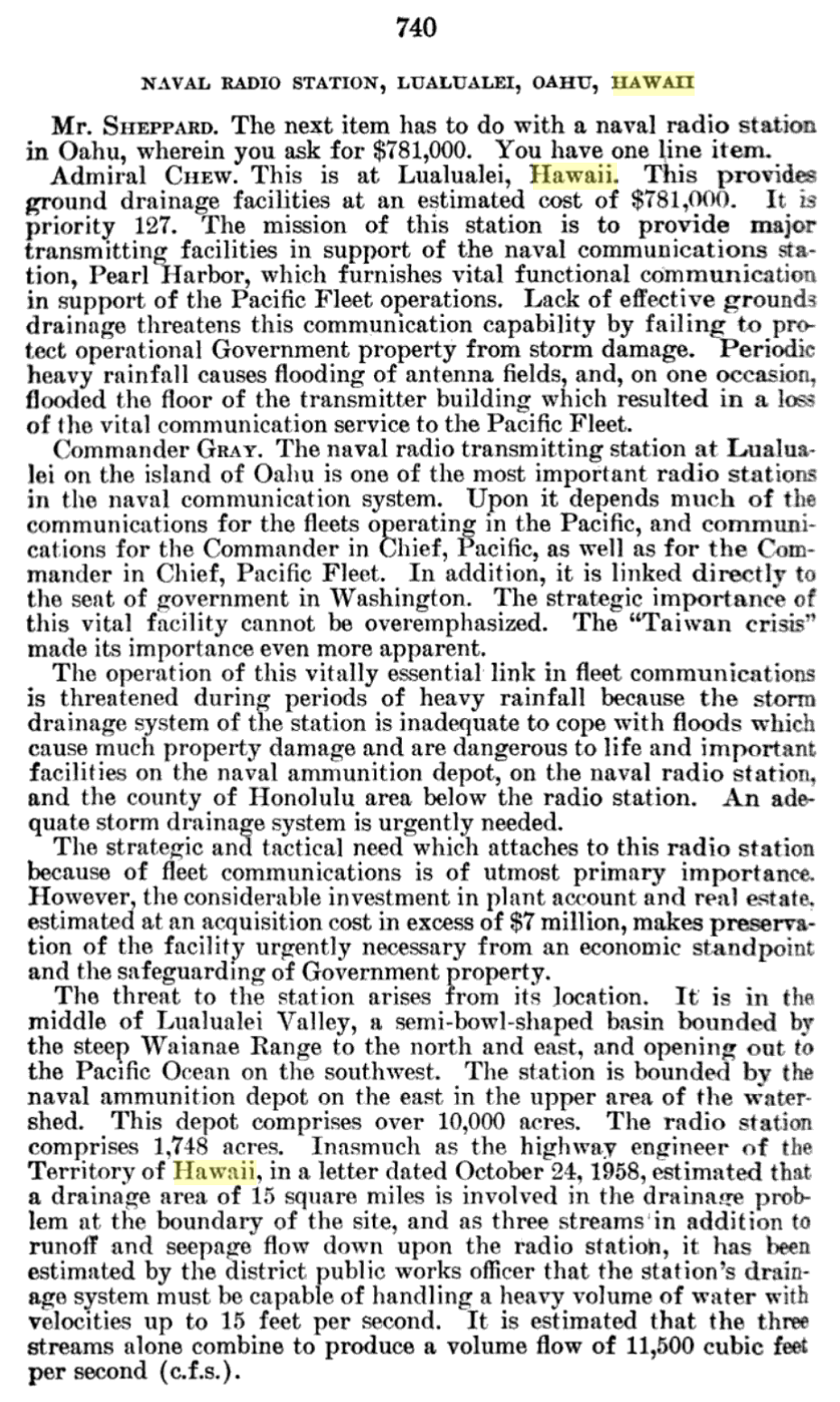
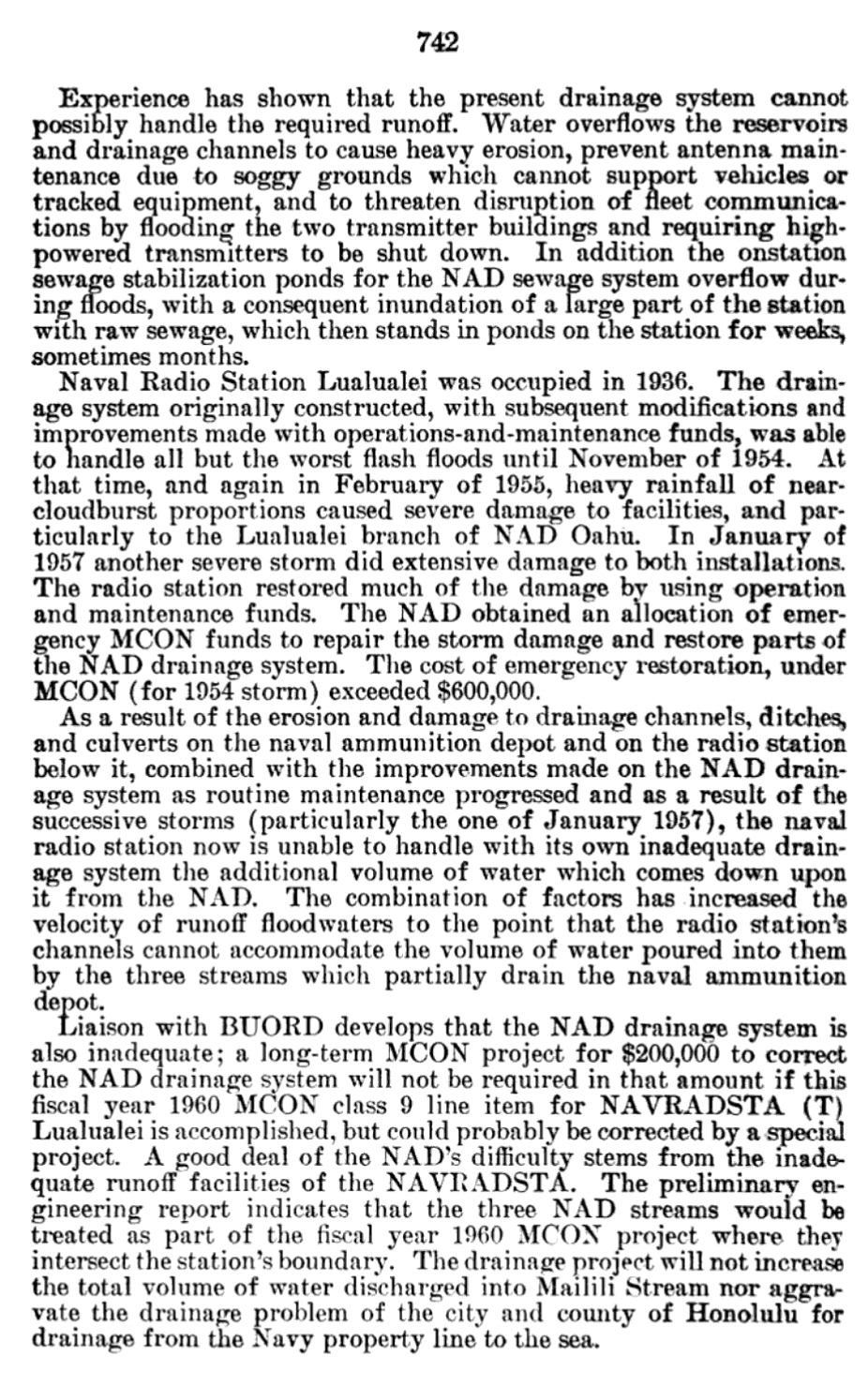
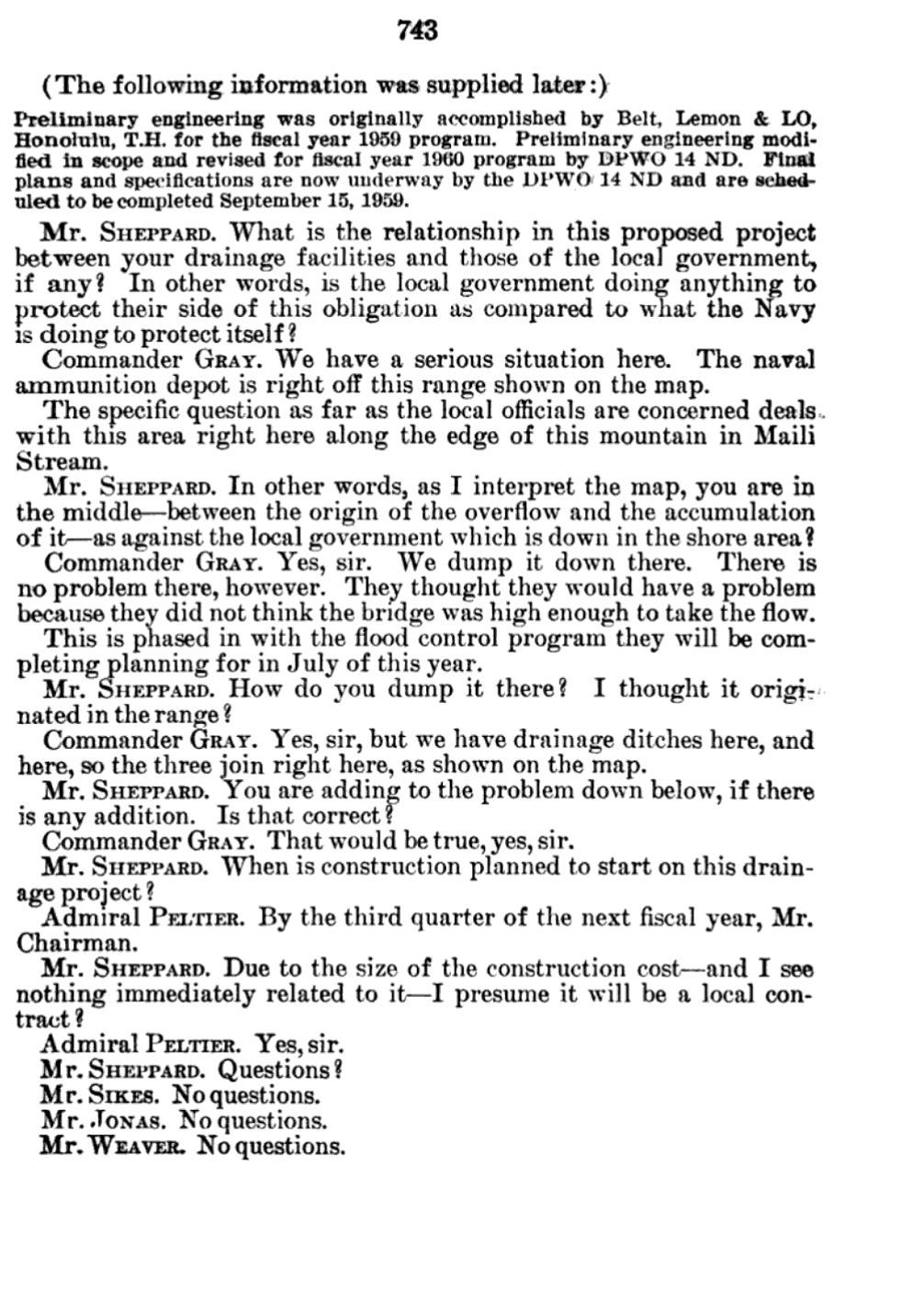
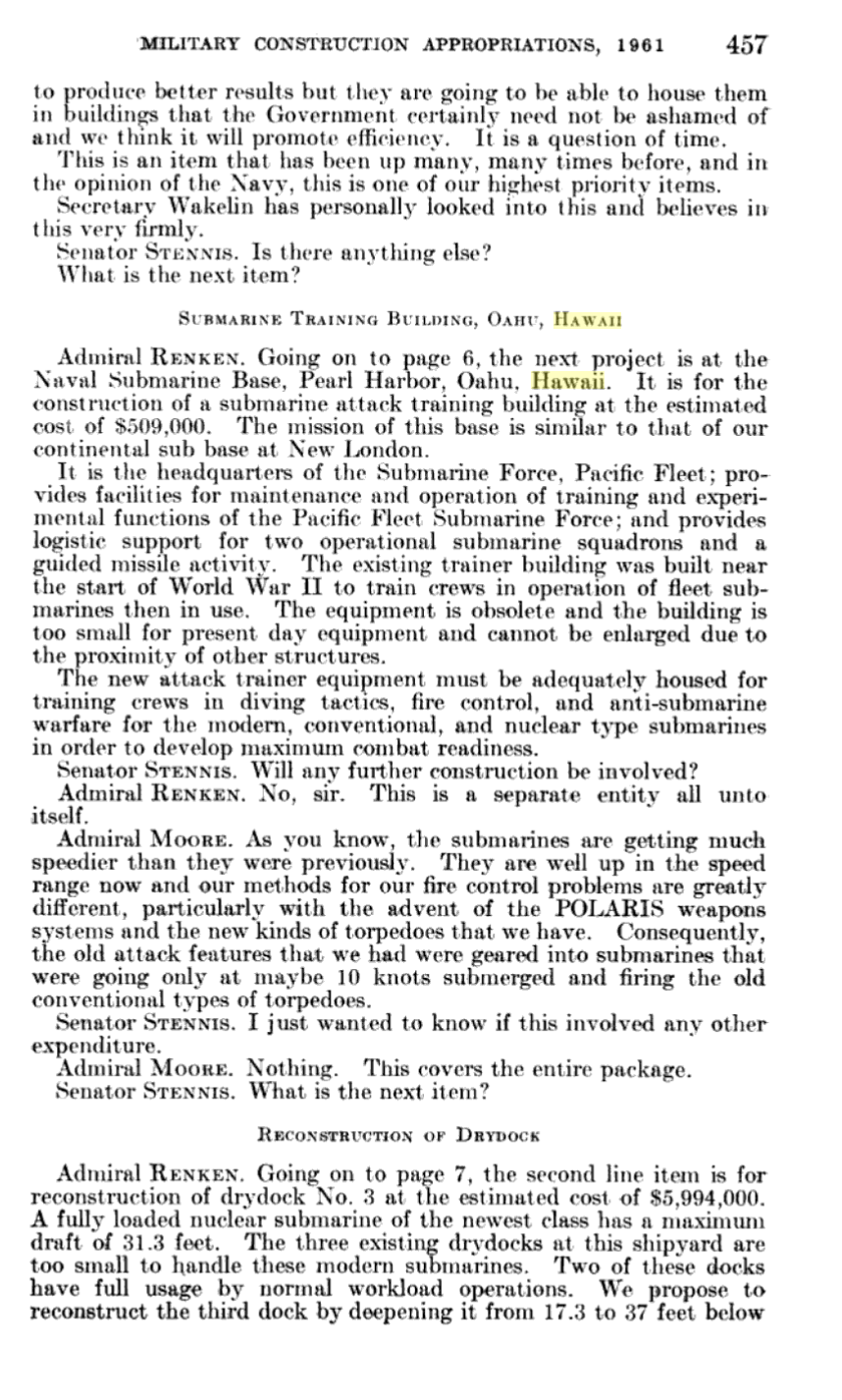
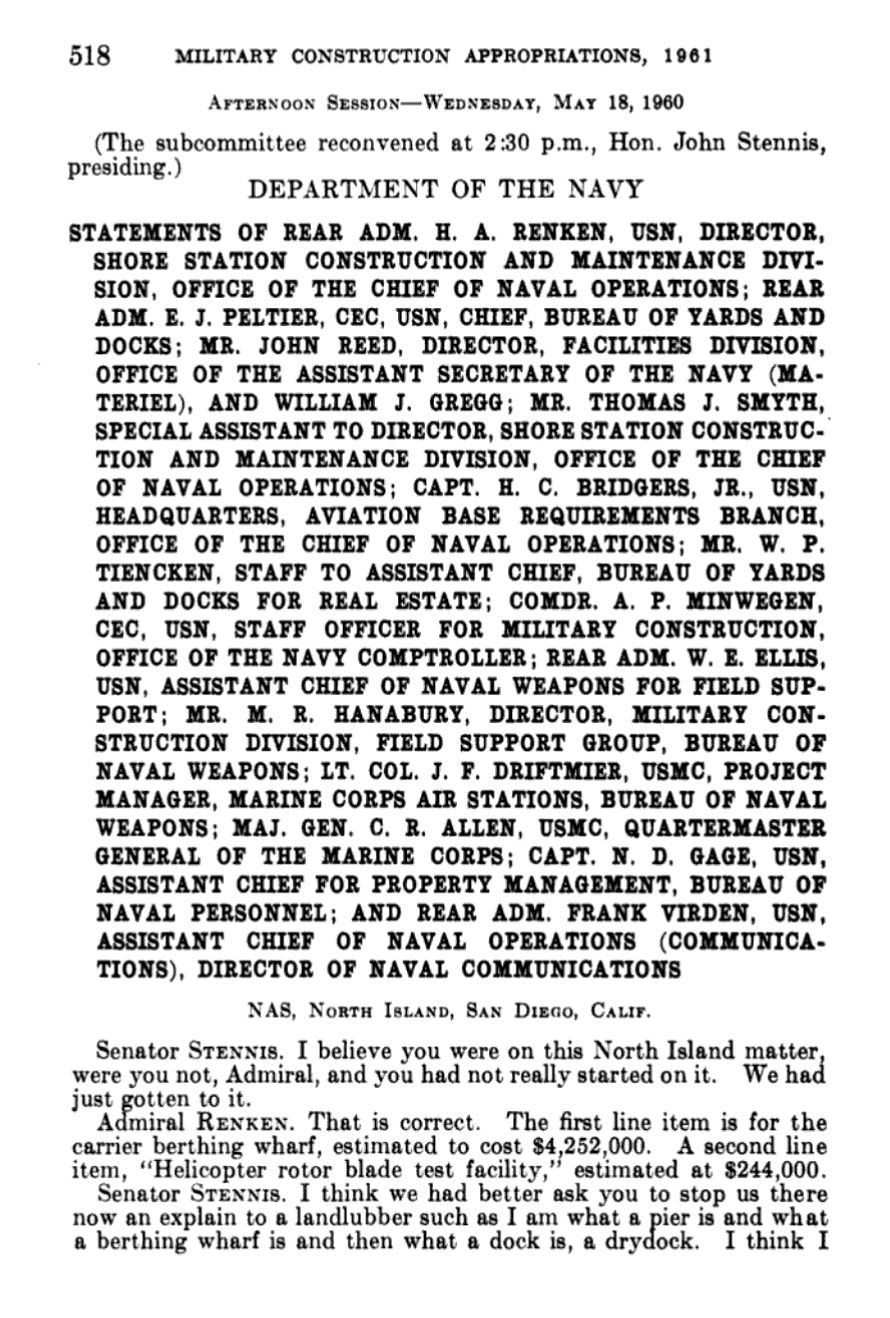
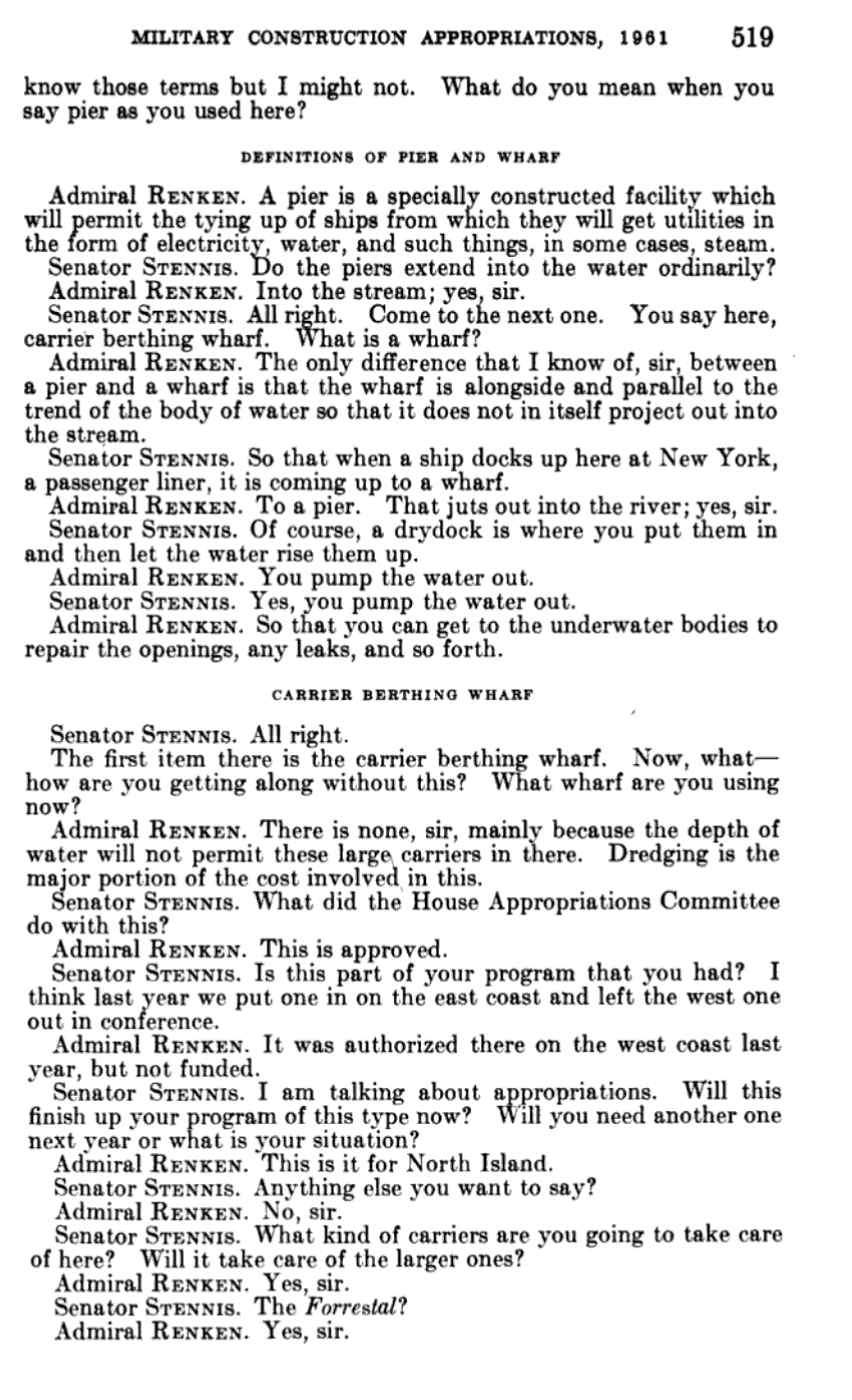
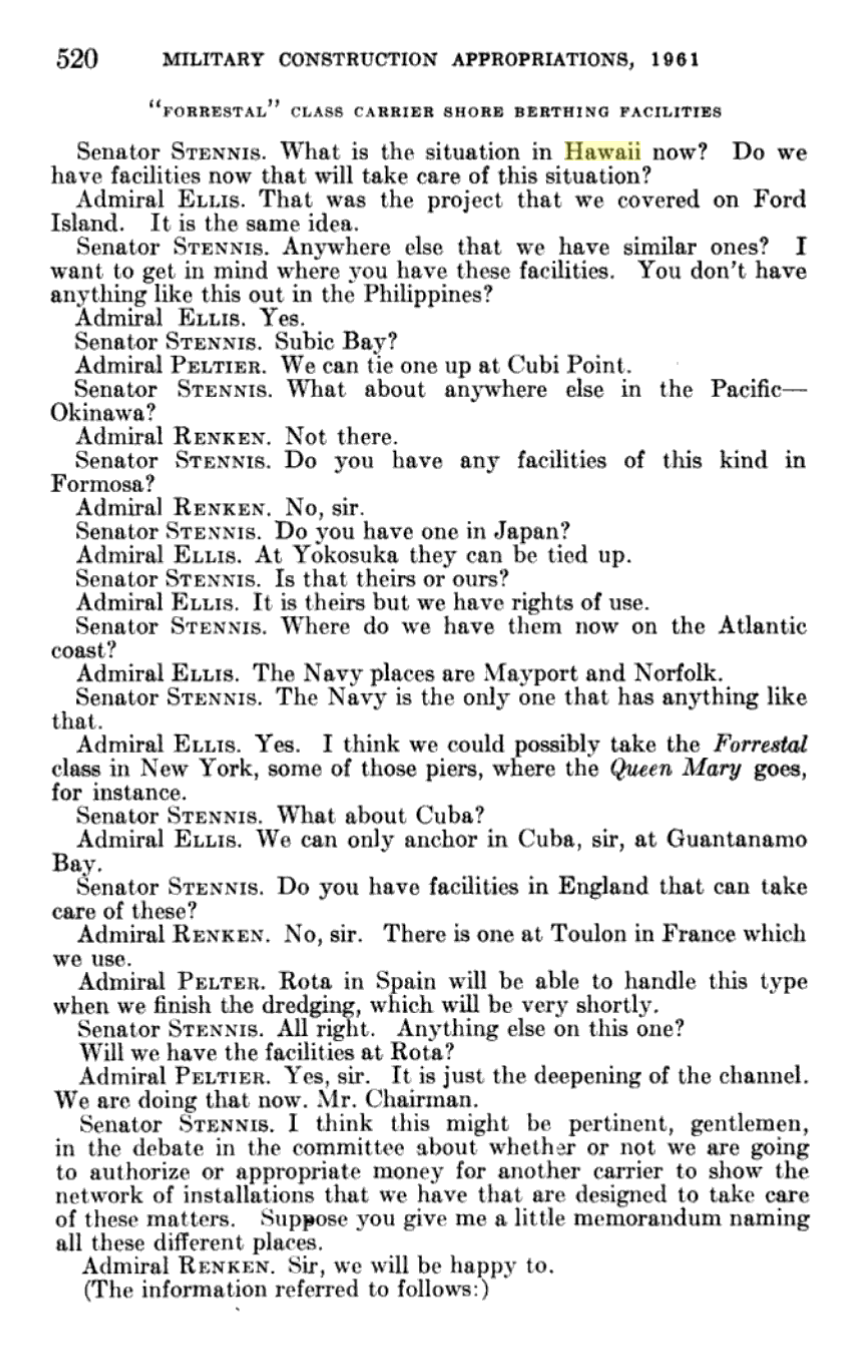
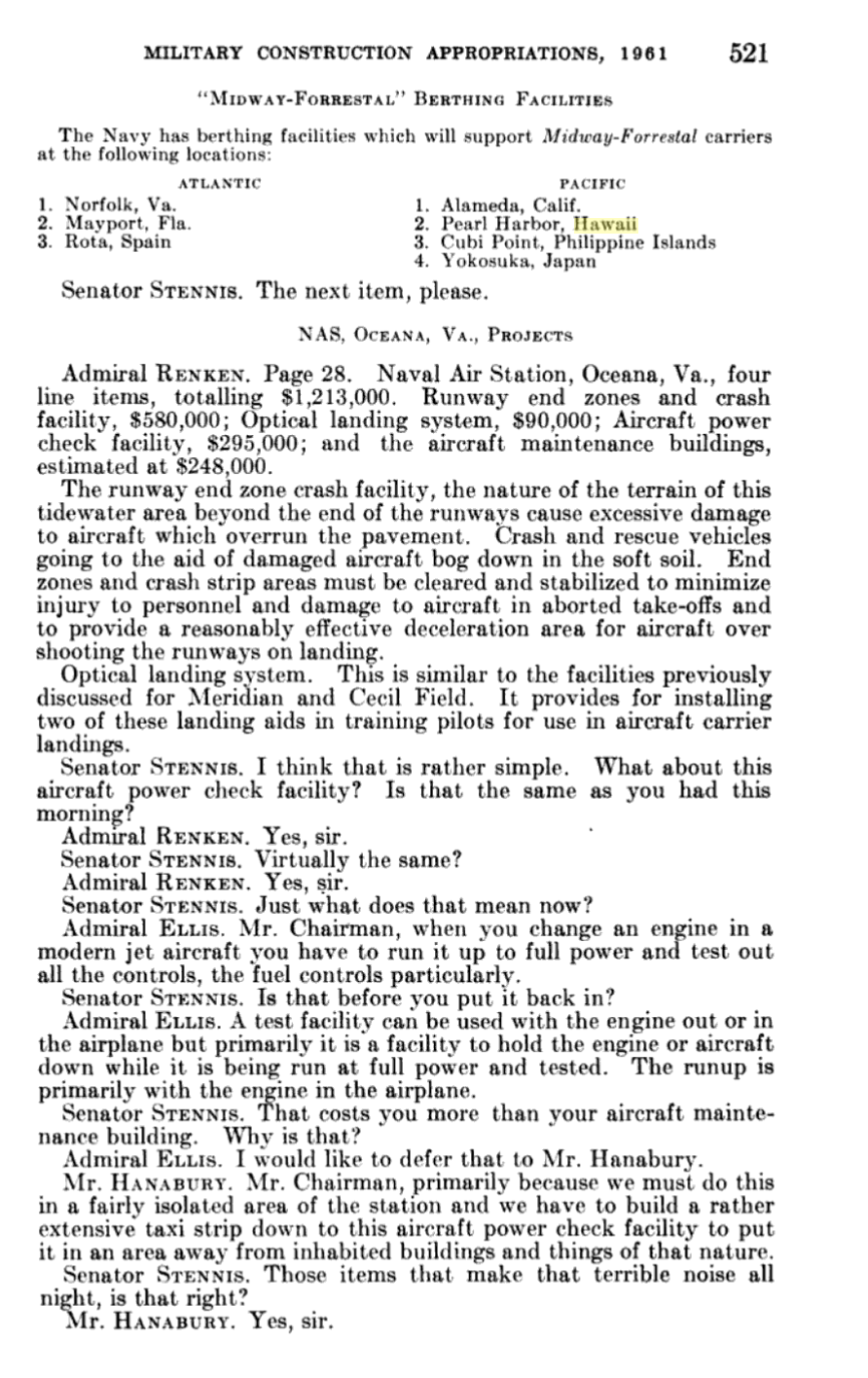
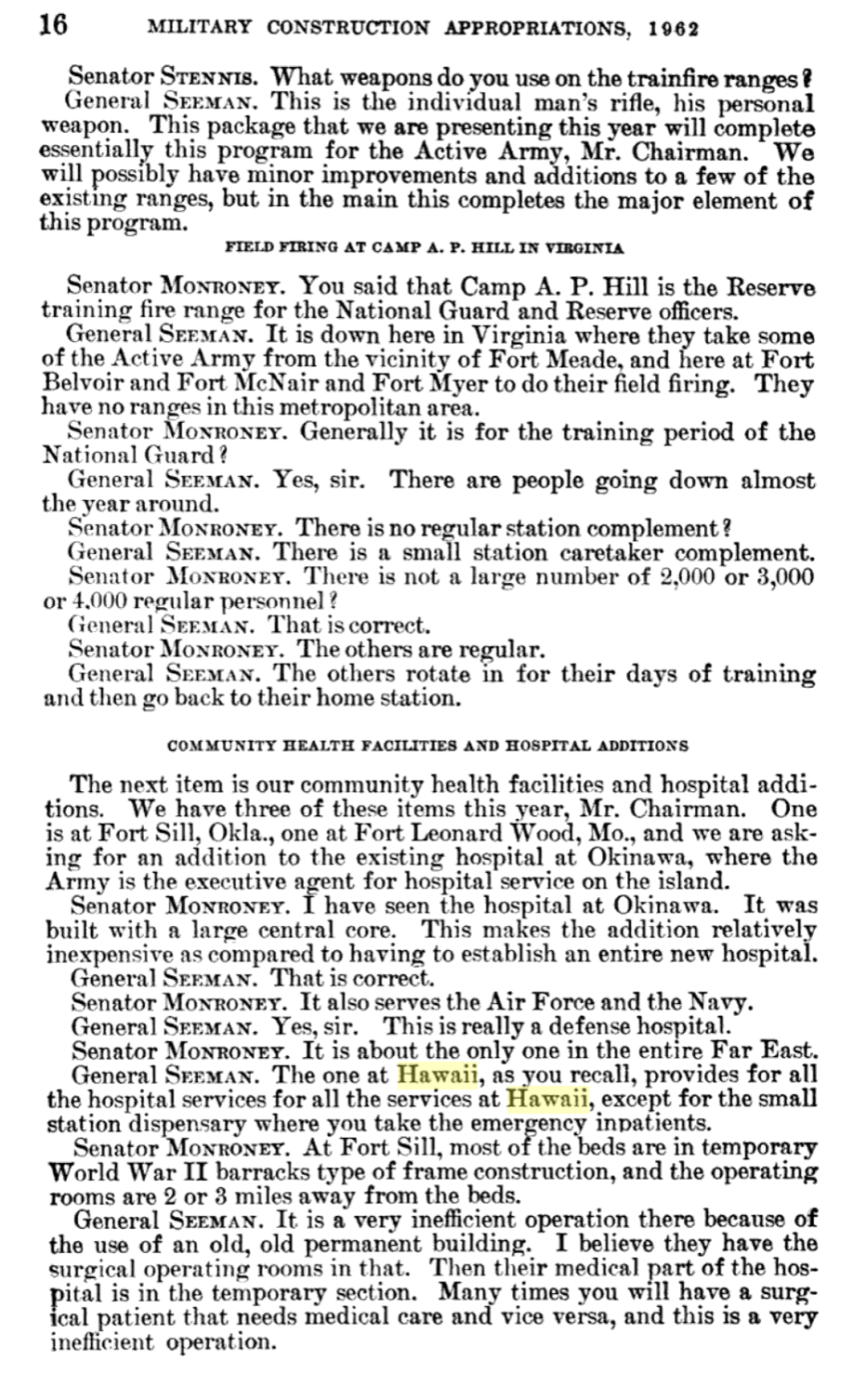
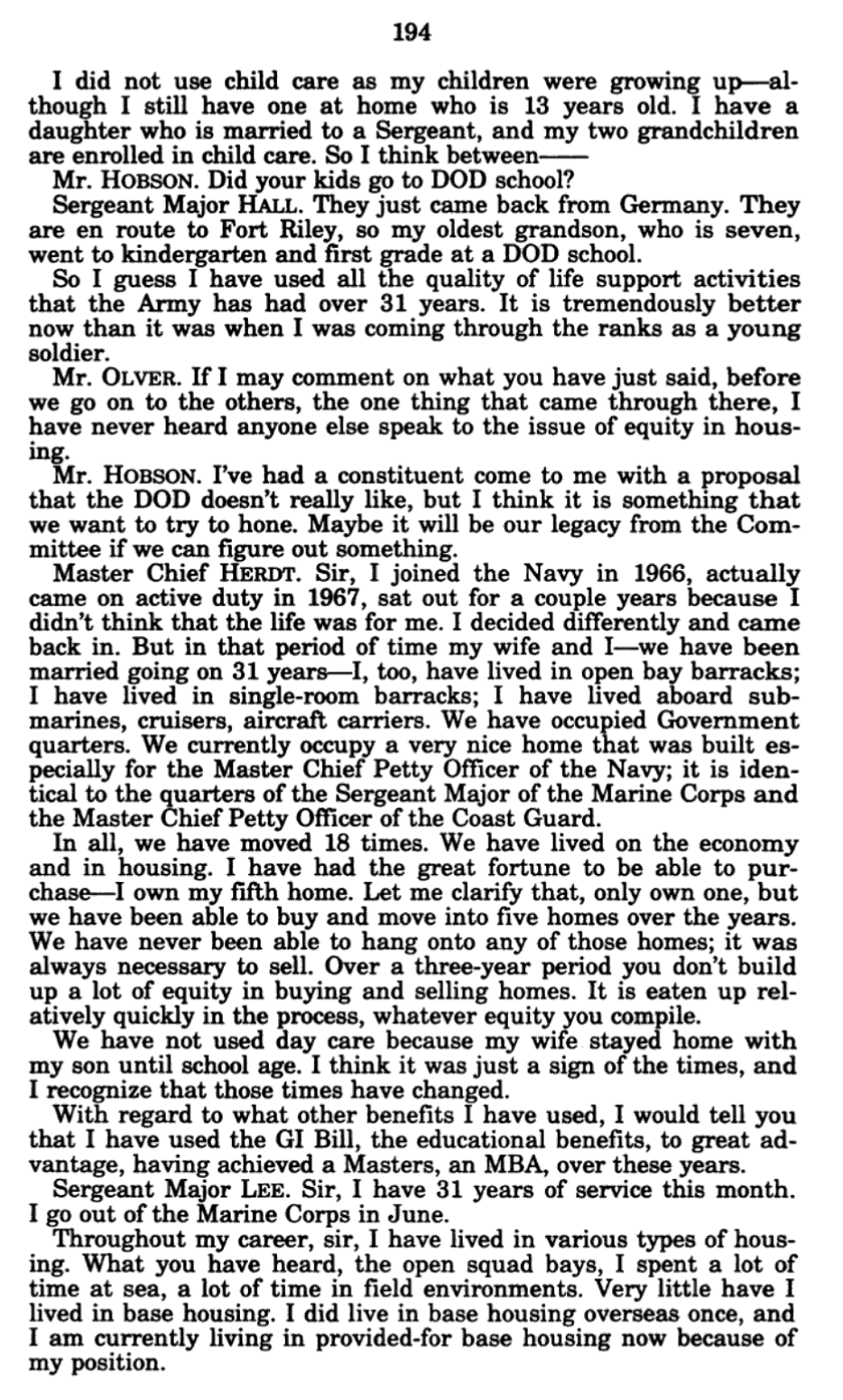
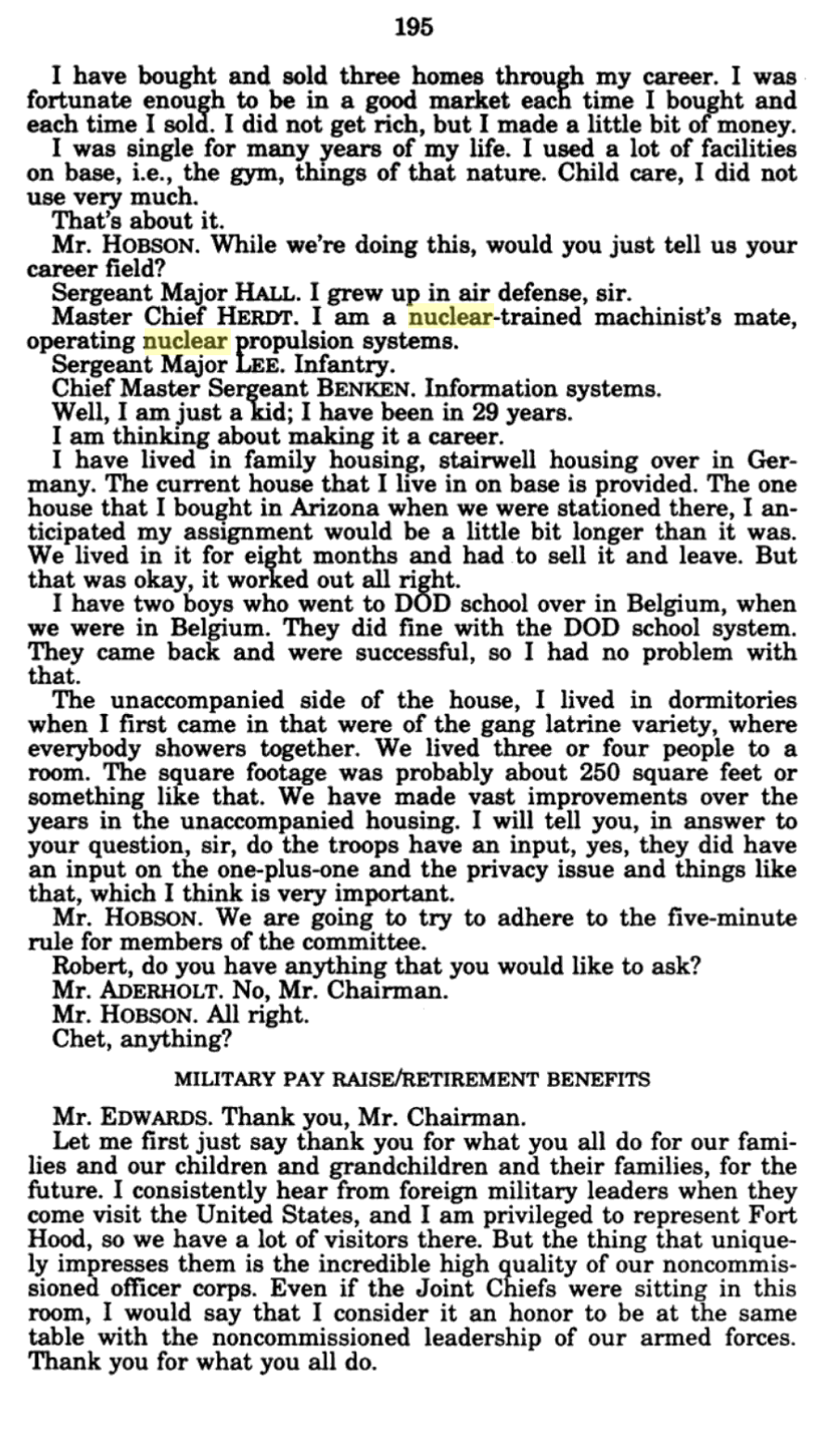
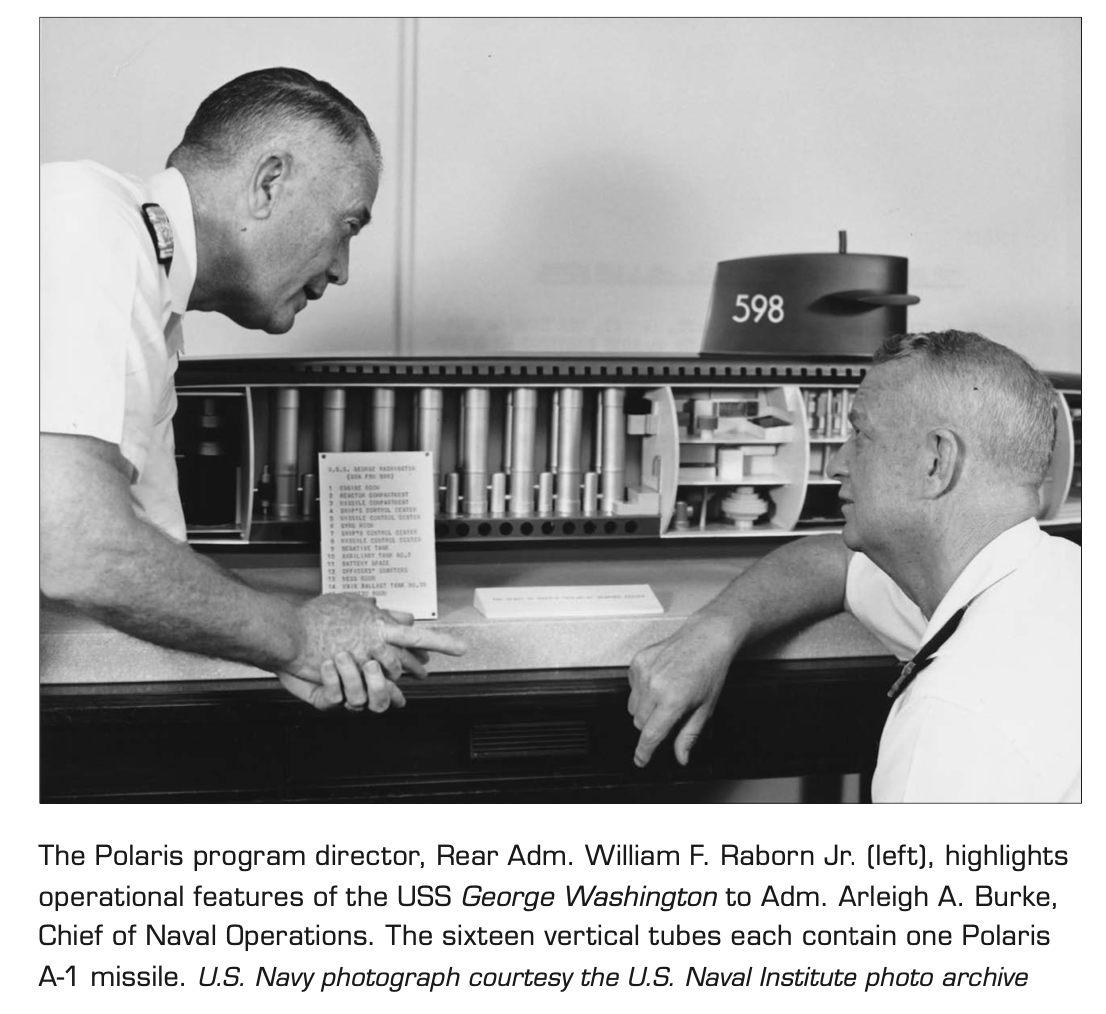
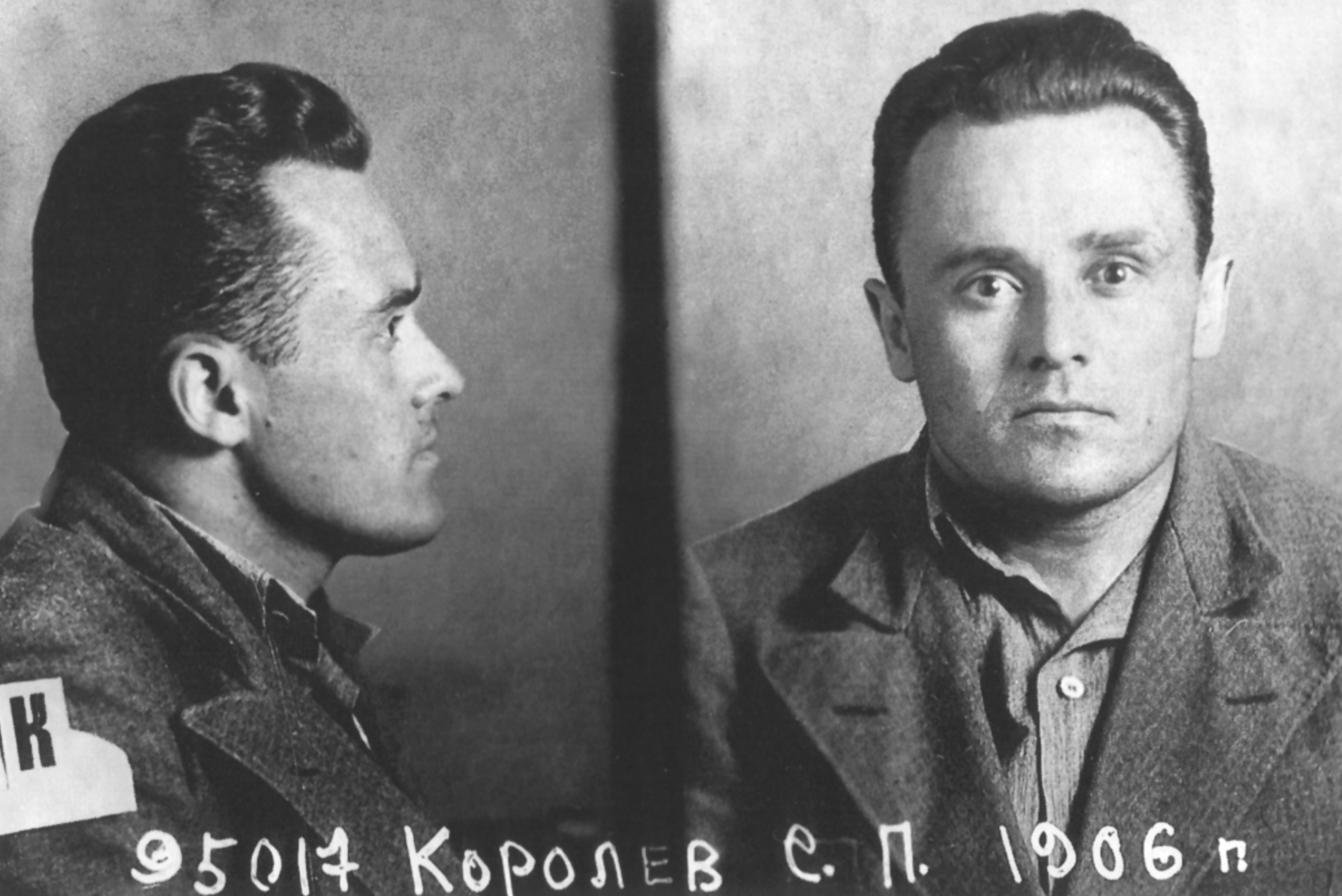
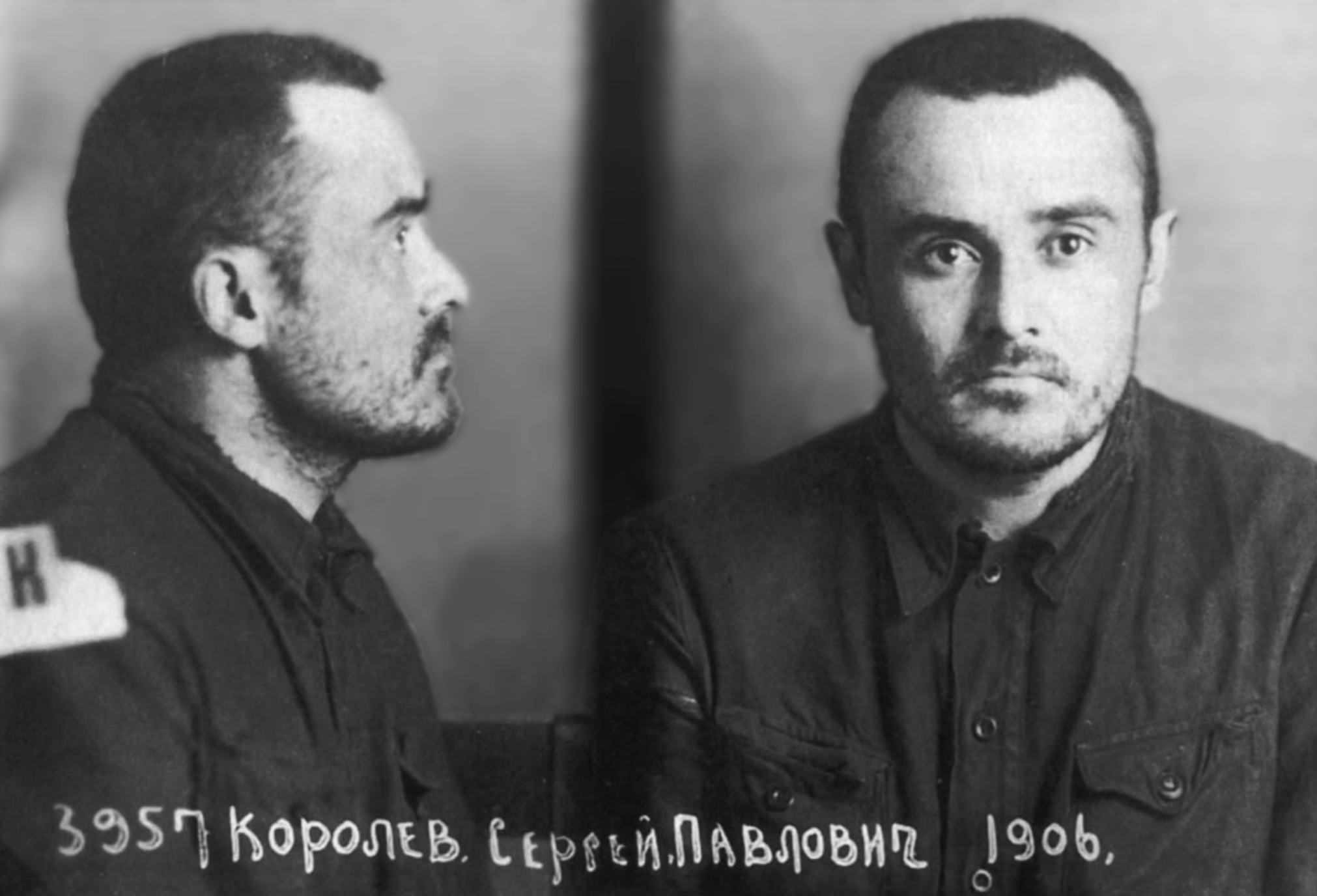
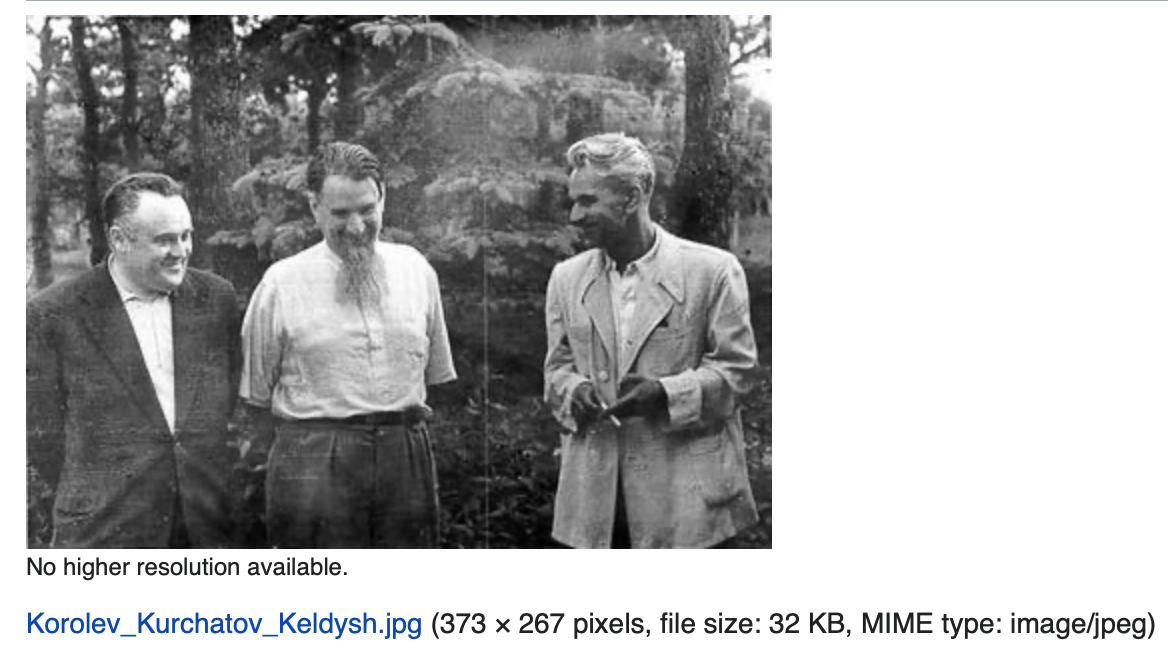
June 28 1949
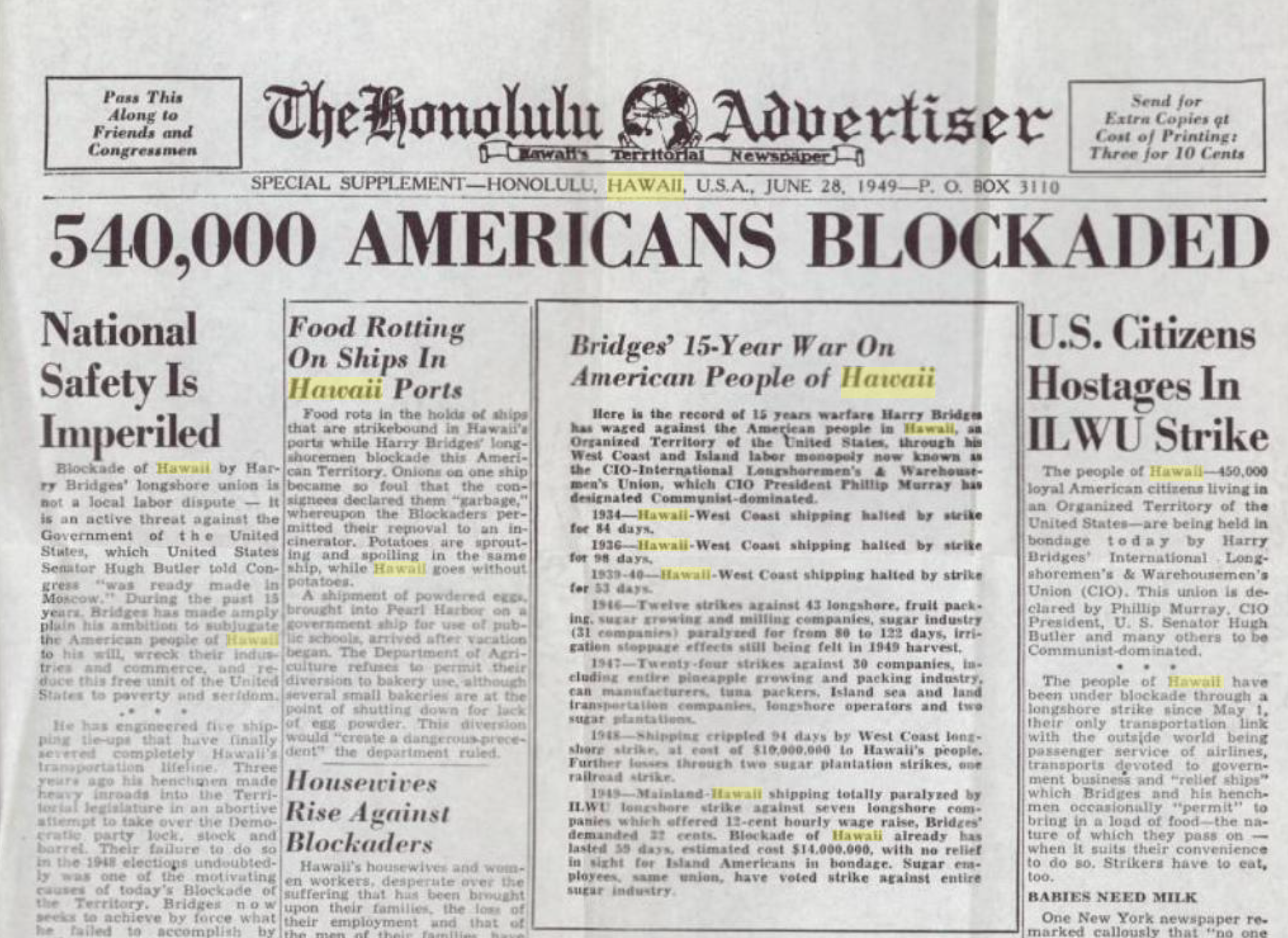
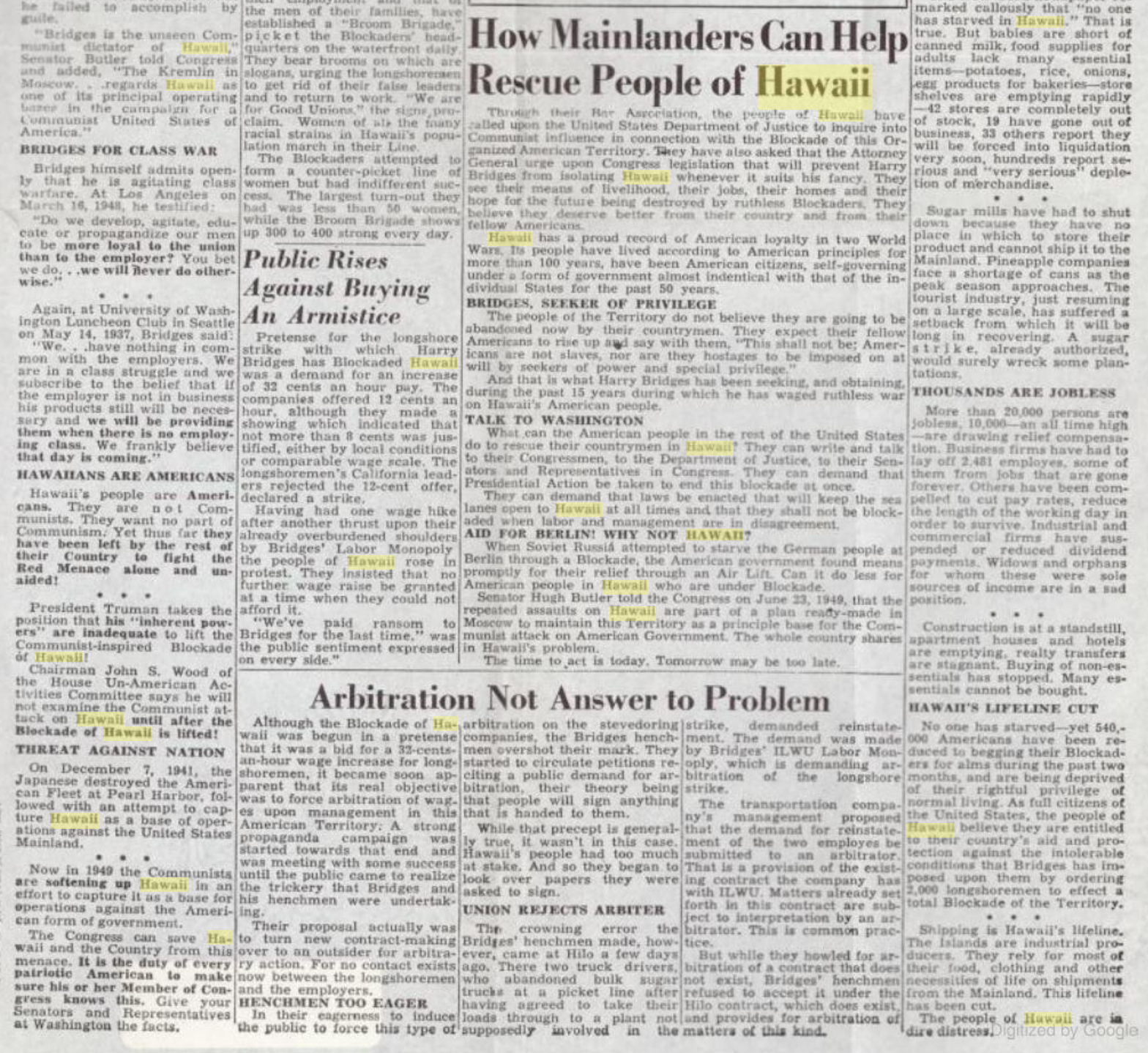
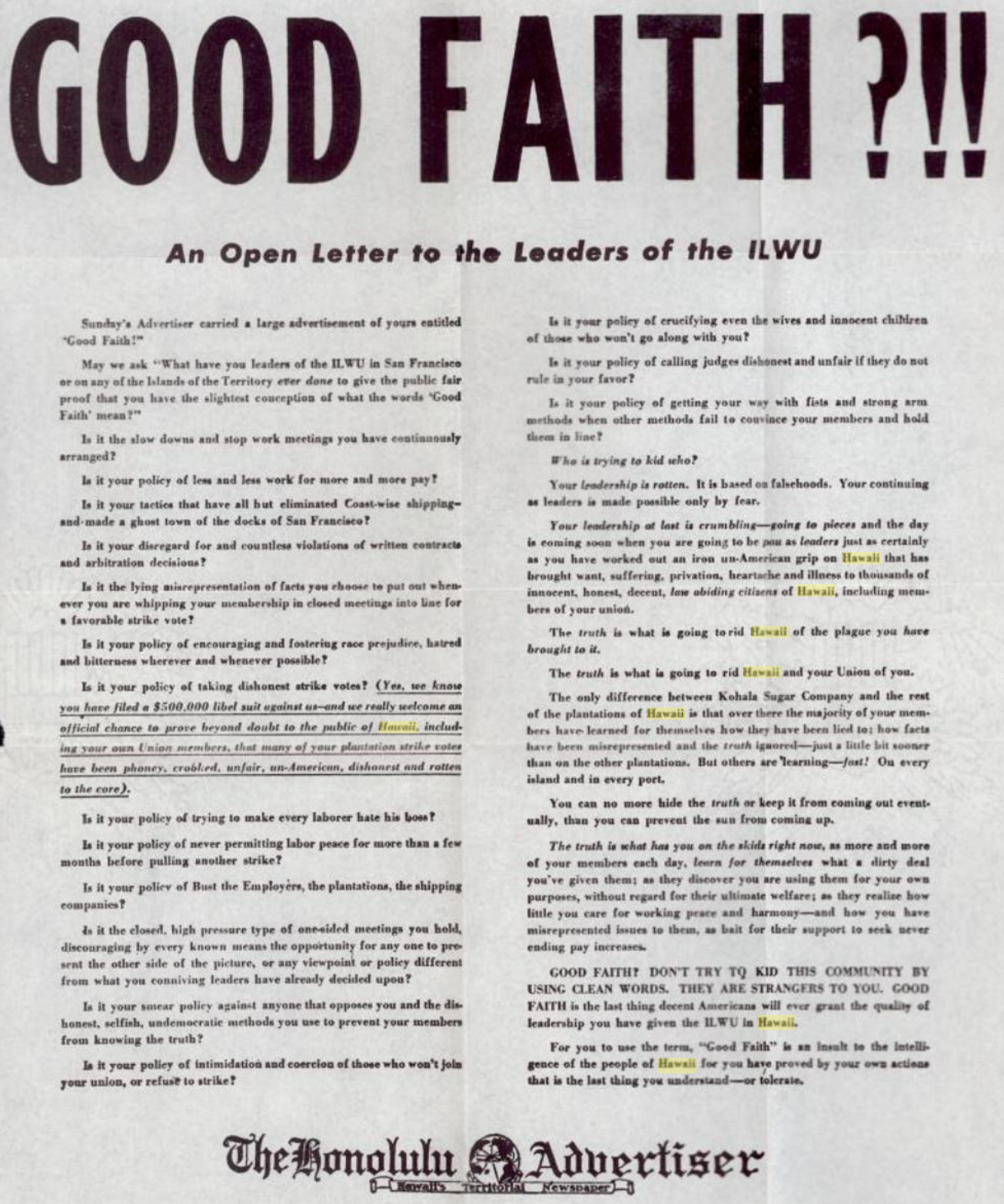
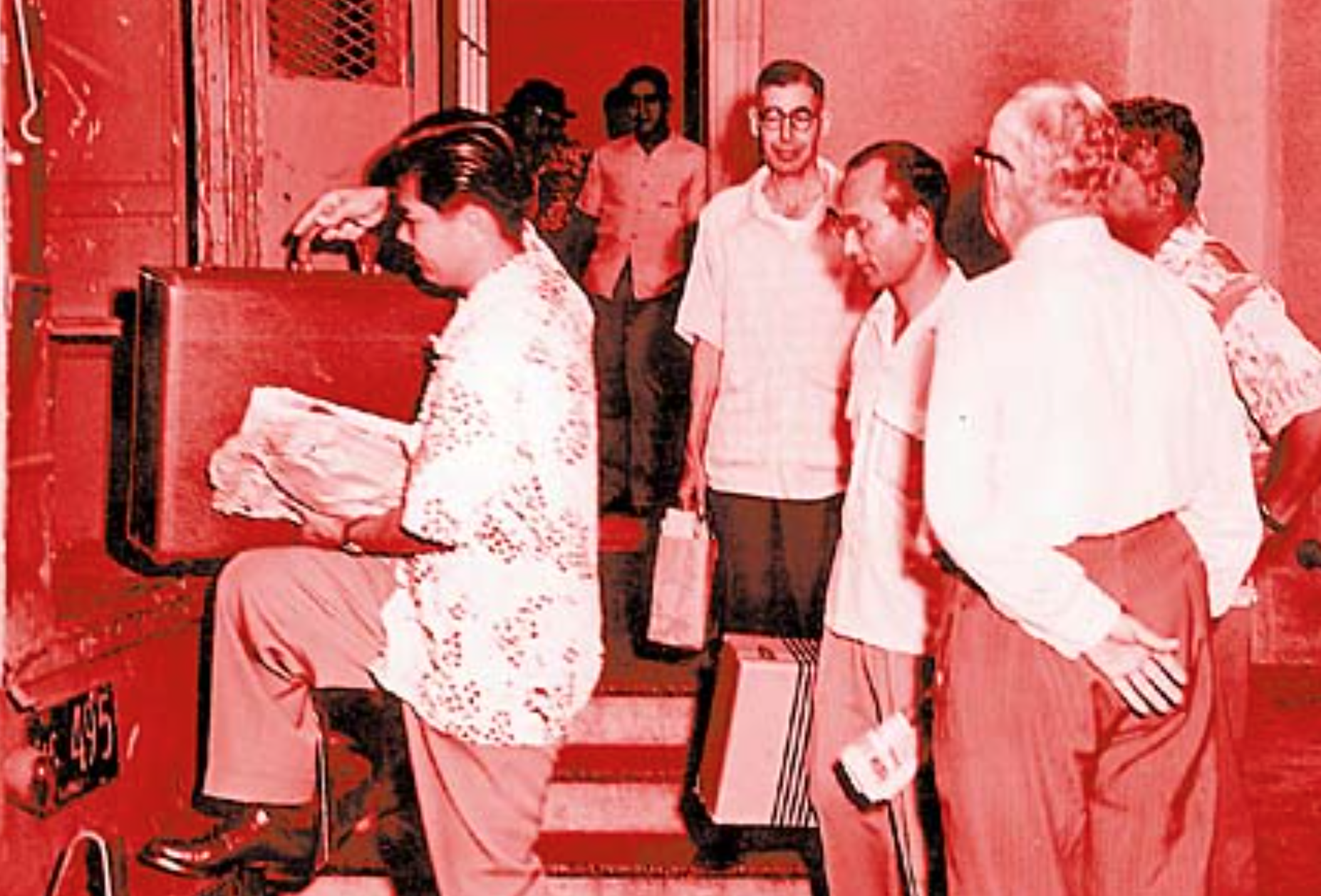
https://en.wikipedia.org/wiki/Hawaii_Democratic_Revolution_of_1954
https://en.wikipedia.org/wiki/Jack_Hall_(trade_unionist)
https://en.wikipedia.org/wiki/1934_West_Coast_waterfront_strike
Okinawan Labor and Political Activists in Hawai’i : Race, Ethnicity, Class and Social Movements in the Mid-20th Century (Joyce Chinen, 2010)
For more than a half century after becoming a Territory, the Republican Party was the dominant party in the Hawaii Territorial Legislature. The Republican Party was closely aligned with the business elites of the major corporations which dominated the economy of the territory. These corporations — Alexander and Baldwin; Castle and Cooke, C. Brewer, American Factors, and Theo. H. Davies — were known as the “Big Five” and, through interlocking directorates and intermarriage among the upper class families, con- trolled much of the economic and social life of the Hawaiian Islands (Shoemaker, 1940; Beechert, 1985).
As early as 1944, the ILWU had worked to elect politicians in both parties who might be friendly to their interests — 16 House members and 8 Senators in the Territorial legis- lature. A year later, in 1945, the Territorial Legislature enacted the Hawaii Employment Relations Act (now HRS 377), often called the “Little Wagner Act,” which extended the “right to organize a union and collectively bargain” provisions of the National Labor Relations Act of 1935 to all of Hawai‘i’s workers. In so doing, Hawai‘i became the first place in the United States to permit even agricultural workers the right to unionize and collectively bargain with their employers. The following year, from September to November in 1946, the ILWU led 21,000 sugar workers throughout the islands in a suc- cessful 79-day strike against the Hawaii Employer’s Council — winning many important provisions such as the discontinuation of the perquisite system, the mechanism which had been used to capriciously reward or punish, and therefore, control workers.3) A pineapple strike followed in 1947, and then in 1949 dock workers struck for a contentious six month period to win parity with dockworkers on the West Coast. The power of the ILWU and the CIO-model of organizing to shut down everything from sugar plantations to the docks was amply demonstrated.
However, organized labor’s increasing power in Hawai‘i and on the continent also brought other challenges. Another “Red Scare” was spreading across the nation and unions and their leadership were targets. In Hawai‘i, Governor Ingram M. Stainback declared war on communism in Hawai‘i 1946. On November 25, 1947, teachers Dr. John and Aiko Reinecke were suspended indefinitely without pay from their public school positions. Among the 11-point charges, mostly for being Communists, was the charge “for not possessing the ideals of democracy” (Holmes, 1994, p. 46). The territorial legis- lature passed a concurrent resolution requesting that the U.S. House Un-American Activ- ities Committee (HUAC) investigate the degree of internal subversion in the territory. Seven individuals, several of them directly or indirectly connected to the ILWU, were charged with being Communists and with plotting to overthrow the government of the United States. The “Hawaii Seven,” as they were called, were Jack Hall, John Reinecke, Koji Ariyoshi, Jack Kimoto, Jim Freeman, Charles Fujimoto and his wife Eileen Fuji- moto.4)
The HUAC required union officers to testify at these hearings, and the organizers were subpoenaed. When they and others refused to testify, citing their Constitutional rights under the Fifth Amendment of the Bill of Rights against self-incrimination, they became known as the “Reluctant Thirty-Nine.” Many nisei were among this group, and the Okinawans included Yagi, Arashiro, Arakaki, and others. The dilemma facing many of these subpoenaed men and women was that many of them indeed had signed Commu- nist Party member cards, but only to access the skills and assistance required in organiz- ing, and to bring more democratic practices into their workplaces. Indeed, they were more “unionists” than “Communists.” For Yagi and others, refusing to respond to the question by citing the Fifth Amendment against self-incrimination, was the most accurate and appropriate response. It also meant that he faced social ostracism in the community because he was “indicted, though, but was acquitted, and was not convicted.” (Yagi inter- view, p. 490).
In the midst of the anti-Communist hysteria, another arena was undergoing change — politics. Here a coalition of three interest groups were organizing to revitalize the lackluster Democratic Party. One part of the coalition was an assortment of traditional Democrats. Another part of the coalition included organized labor. The third were return- ing young, educated nisei veterans of units such as the 100th Infantry Battalion, 442nd Regimental Combat Team, and the Military Intelligence Service. This demographic bump of young, educated nisei desiring to participate in the political life of the territory was significant. Having demonstrated their bravery and loyalty to the U.S. at extraordinary high costs, having survived the Second World War–even as some of their families were internment camps–this last group of Democrats were not about to return to the same paternalistic society they had left during the war. Together, with the leadership of a former police officer (and later Governor) named John A. Burns, the coalition was able to pull together a grass-roots campaign that gave the Democratic Party the dominance in the Legislature which it has held over the past fifty-plus years.
Probably the best known Okinawan in Democratic Party politics was the late Robert “Bob” Oshiro. For over thirty years, his name was the synonymous with Democratic Party politics as one of the key grass-roots strategists. Born and raised in the pineapple plantation town of Wahiawā, of parents who had immigrated from Okinawa, he graduated from Mid-Pacific High School (because Leilehua High School, where he had been attend- ing, had been taken over by the military during the war). While attending the University of Hawai‘i, he was drafted and trained as a Military Intelligence Service interpreter; the war ended just as he was en route to Japan, making him one of the first soldiers in the occupation of Japan. After discharge, he returned home and completed his education at the University of Hawai‘i; however, his graduation was ill-timed. The 1949 Great Hawai- ian Dock Strike was on. Unable to find a job, he decided to use his remaining veteran’s educational benefits and went to Duke University Law School. Inspired by one of his professors, who had taught about the potential of lawyers to be social engineers, he returned in 1953 to set up a law office in his home town of Wahiawā. Oshiro got involved in precinct politics just on the eve of the 1954 elections and the “Democratic Revolution” which swept the Democrats into the status of majority party in the Territorial Legislature. After a half century of Republican Party rule, Oshiro reflected: “I think the most exciting thing about it all is that all of us came out with a conviction that it can be done. I think that’s the most significant thing that came out of that election, and you know, that’s very important. Today, when you look at the world over, you find all kinds of methods of trying to change society. I think in ’54, that gave us hope, tremendous hope, that this is the avenue that we should work towards, if we want to bring about changes — whether it’s political, economic or social . . . That reinforced the thinking of many of us. (Oshiro Interview, p. 1374)
7 Dec 1941, etched on the soul, he thumbs through the thick document of the Joint Committee, this is how history works, event and hearings behind doors several years later, the arc having played out since, in the atomic bombs out of Guam.
December 7th: The Movie is a 1943 propaganda film produced by the US Navy and directed by John Ford and Gregg Toland, about the December 7, 1941 attack on Pearl Harbor, the event which sparked the Pacific War and American involvement in World War II. The 32-minute censored version of the film won an Oscar at the 16th Academy Awards in 1944 for Best Documentary Short Subject.
In 1943 the U.S. Office of War Information distributed a film directed by John Ford and cinematographer Gregg Toland about the attack on Pearl Harbor. The film featured skilfully shot recreations of the attack and won an Academy Award in 1944. Archivist Greg Wilsbacher, curator of the Fox Movietone News Collection, Moving Image Research Collections, University of South Carolina, explains that the film now is known to include not only recreated scenes of the attack but actual footage of the Pearl Harbor bombing.
https://en.wikipedia.org/wiki/December_7th:_The_Movie
18 August 1944,
Dear General Grunert. You are examining into what occurred at Pearl Harbor on the morning of December 7th and why it occurred. I submit that the causes of the disaster at Pearl Harbor cannot be judged solely from what happened in the Hawaiian Department. Hawaii was only one of five United States areas vulnerable.e to Japanese attack should war ensue. It was, as a matter of fact, the strongest fortress in the world, measured in terms of garrison and armament strength. A great fleet was present in its waters. It offered less permanent military advantage to successful enemy attack than did the Panama Canal. Its defence against its sole potential enemy, Japan, had been the subject of continuous study by our Army and Navy for some 40 years. Many of these studies assumed the absence of our fleet from the Pacific, a crippling damage to the Panama Canal, and little to no warning in the way of strained diplomatic relations - conditions much less favorable to us than those of 1941....In 1941, up to at least November, the most poignant military concern of the United States lay in the outcome of the war in Europe. We were still feverishly preparing for "hemisphere defence." The most obvious threat to the Western Hemisphere lay in the success of German arms, against which our lend-lease and other measures were progressively aligning us, and in subsequent Axis penetration through the "bulge" of Brazil. Even after Pearl Habor, we rushed marines and air ground forces into northeastern Brazil, and I was sent on a hurried trip to South America for Intelligence purposes. Japan, on the other hand, was engaged in a war with China, none too successfully. Her military threat to us lay in her possible reaction to our own measures in belatedly cutting off her oil and scrap purchases in this country, and still more belatedly, denying some of her ships the use of the Panama Canal. It is true that we had Japan on the carpet in our diplomatic negotiations in Washington and that it was becoming increasingly apparent that she would probably make some radical move. The military oligarchy that ruled her was not obtaining notable results in China, had failed to dislodge the Russians in the private war of the Kuantang Army in 1938 - 39 and was apparently losing face. This was particularly so in comparison with the great successes of the German Army up to December, 1941. Nevertheless, it was none too apparent that the United States would be the next victim of Japanese aggression. As stated in the dispatch of November 27th, Japan's actions were unpredictable. She might well have attacked Russian Siberia and the Maritime provinces, particularly in view of the then successful German invasion of European Russia. Or she might have elected to drive south against the Dutch East Indies. Or she might have taken the great risk of including the British possessions in her southern drive. Or she might well have declined to take on any other enemy, and thrown her whole weight against China. ... Sincerely yours, Sherman Miles.
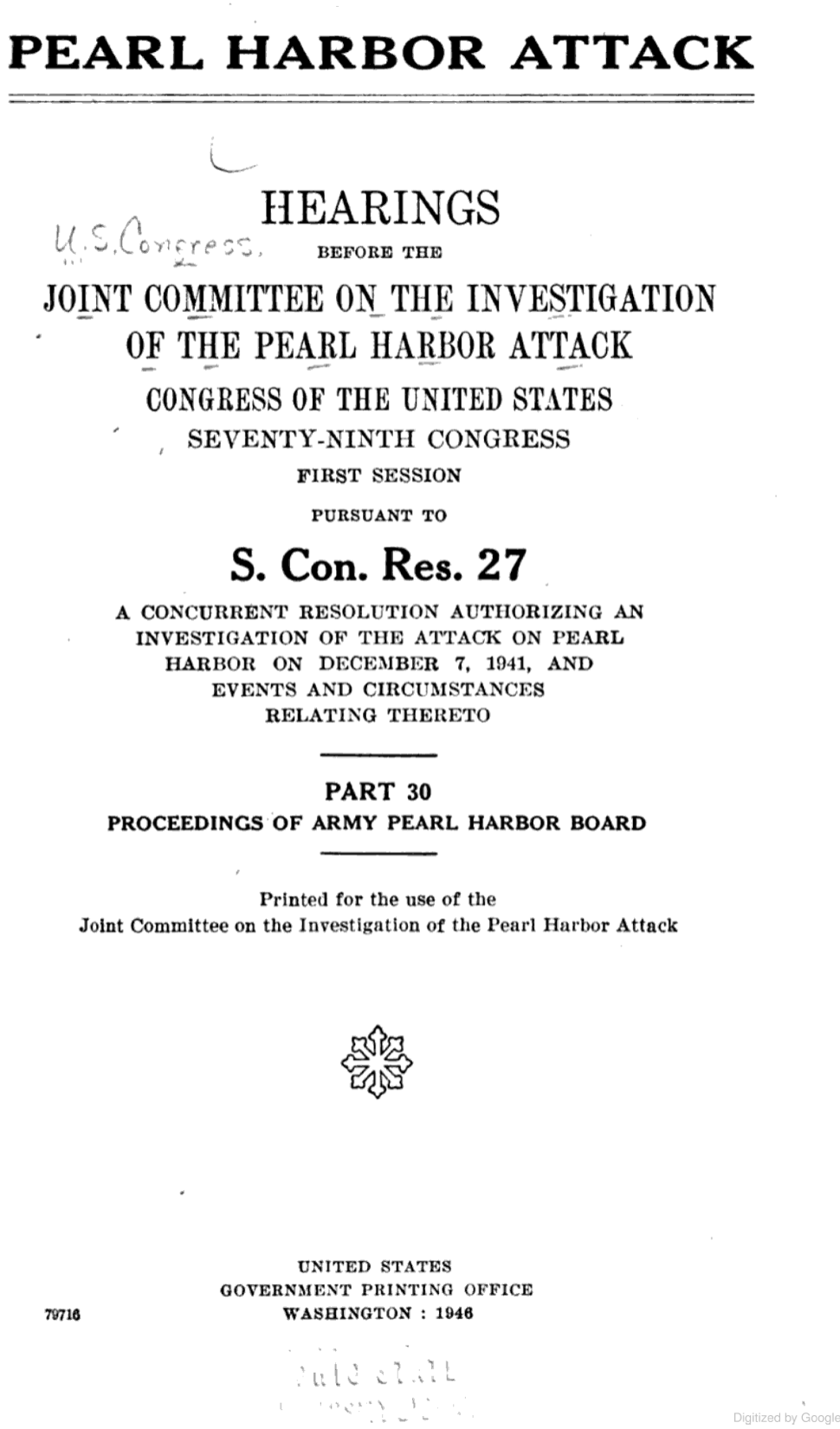
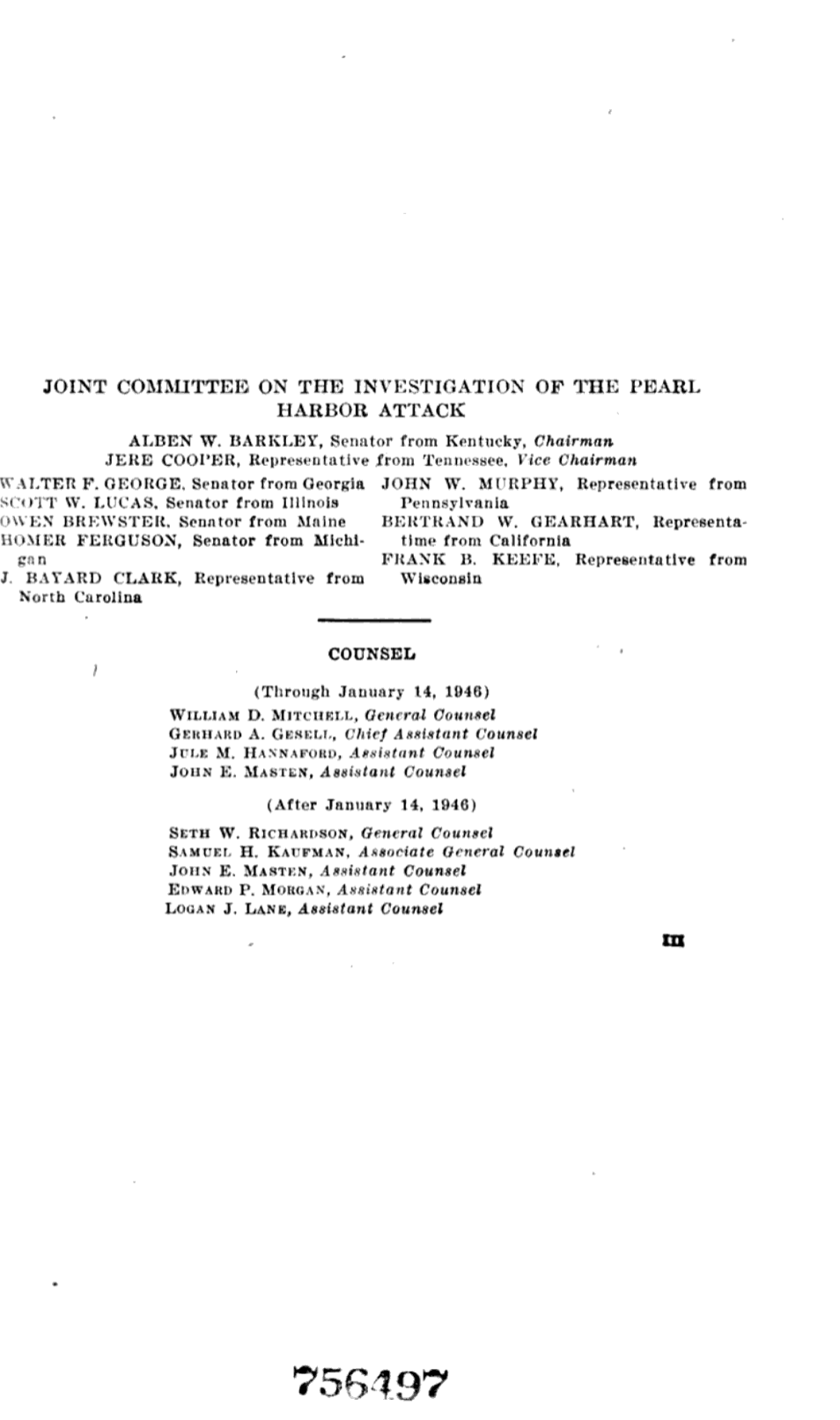
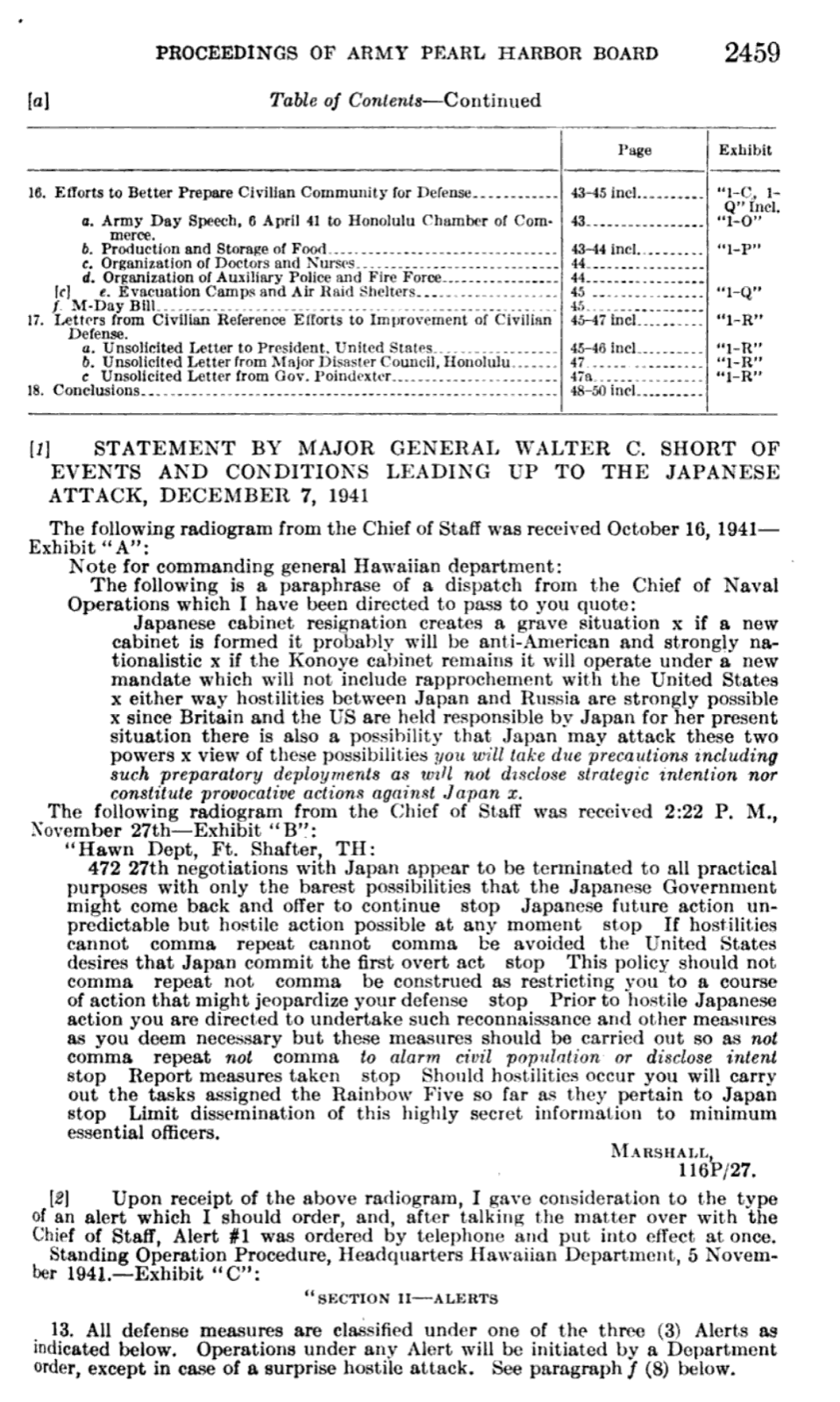
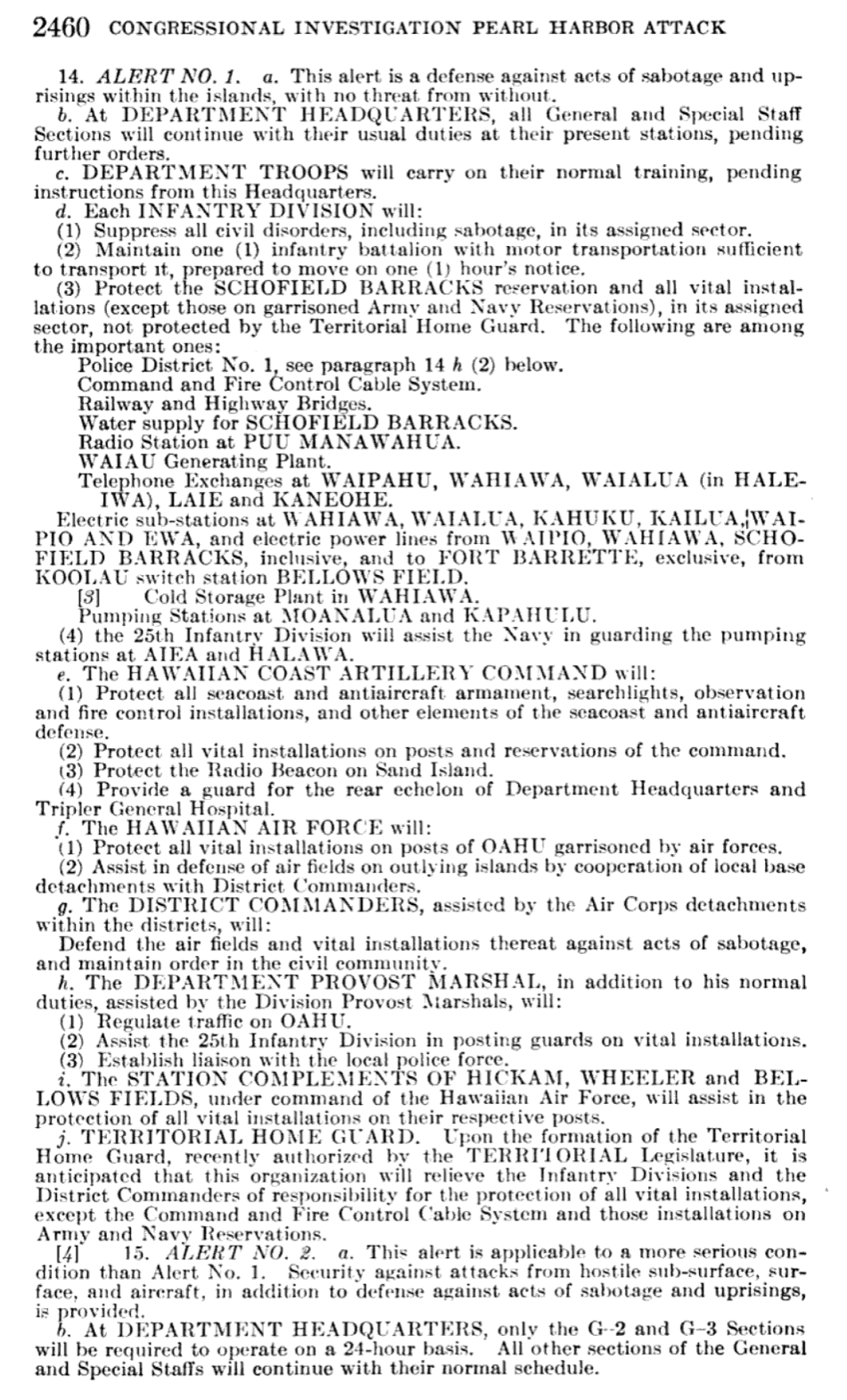
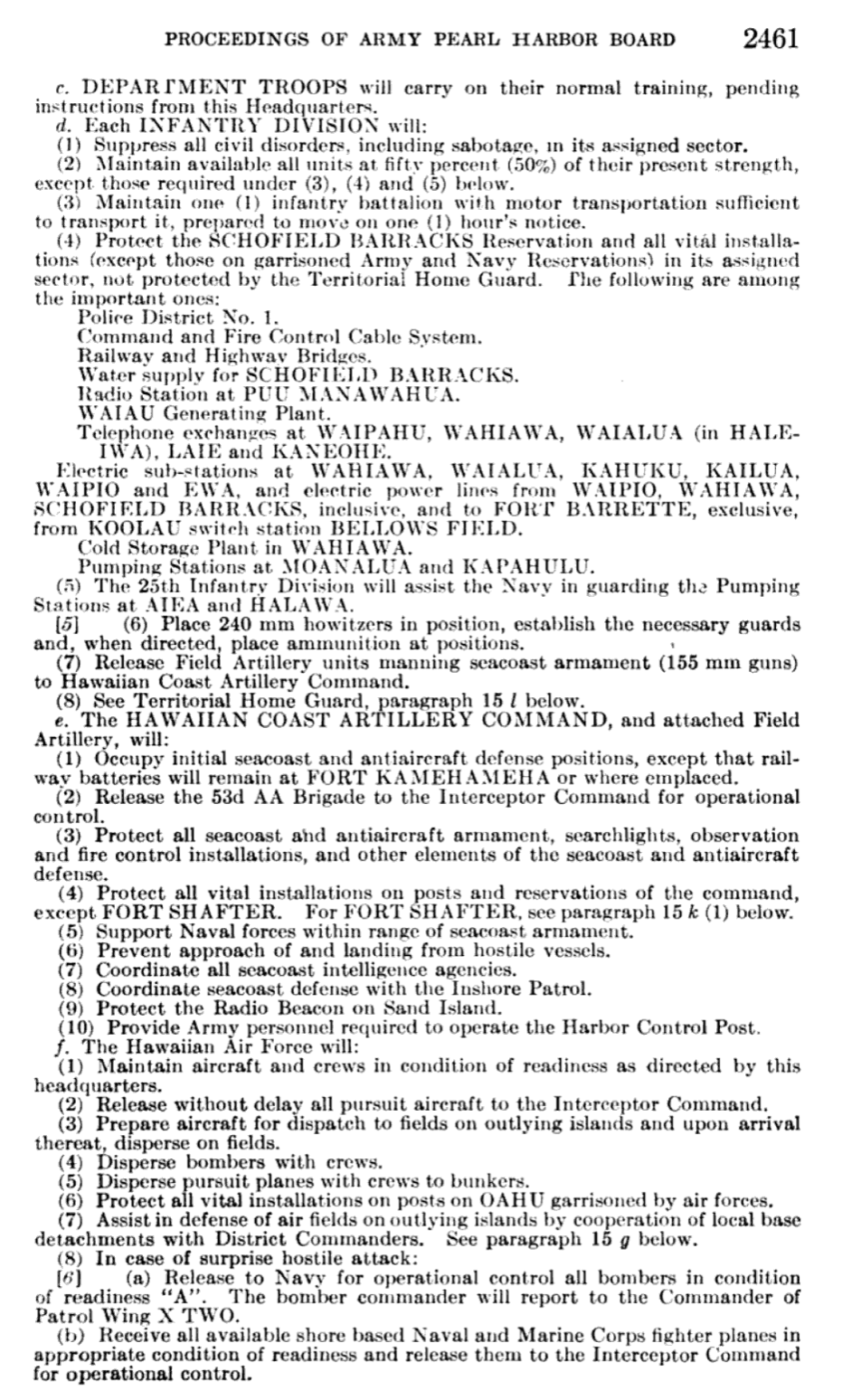
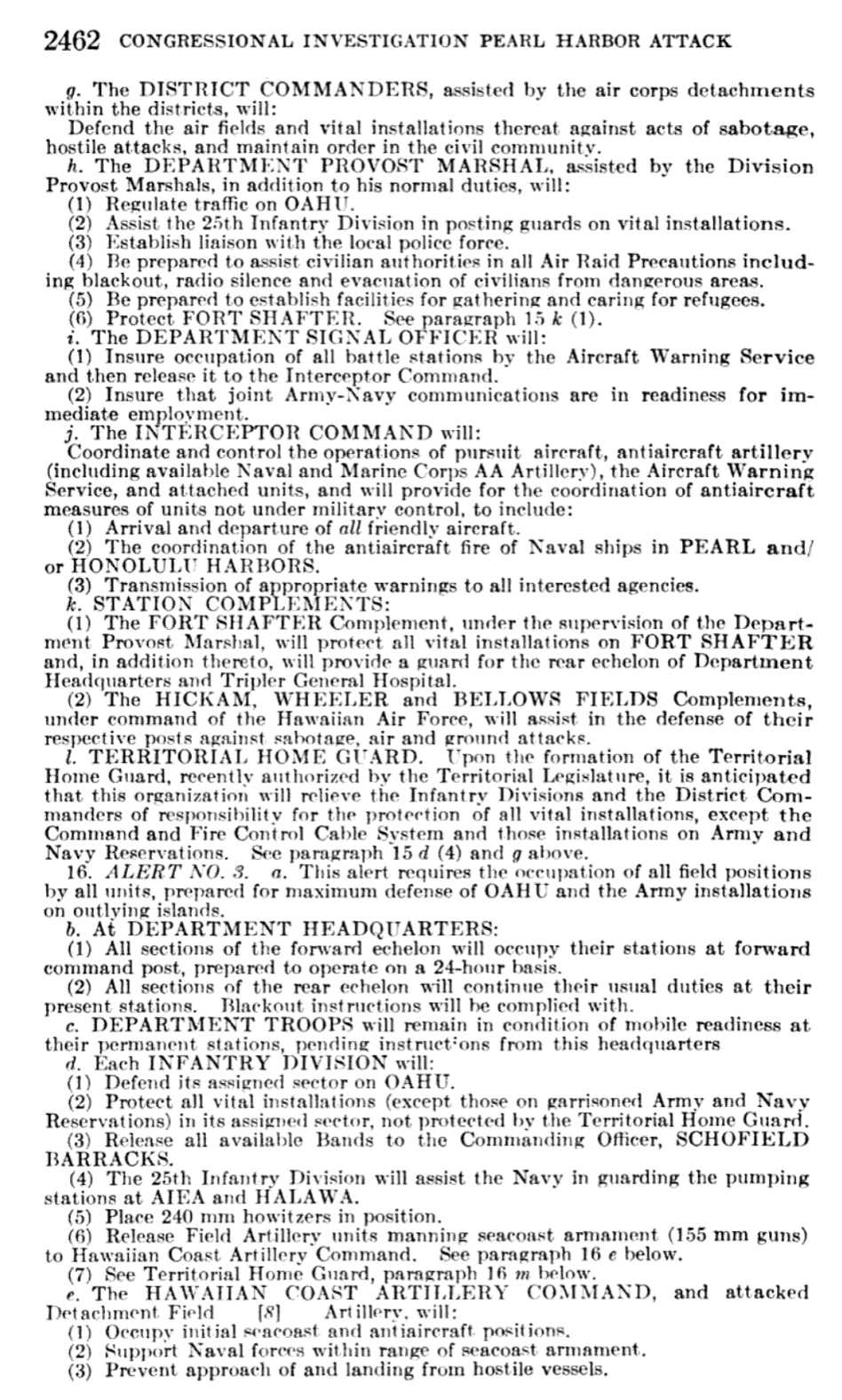
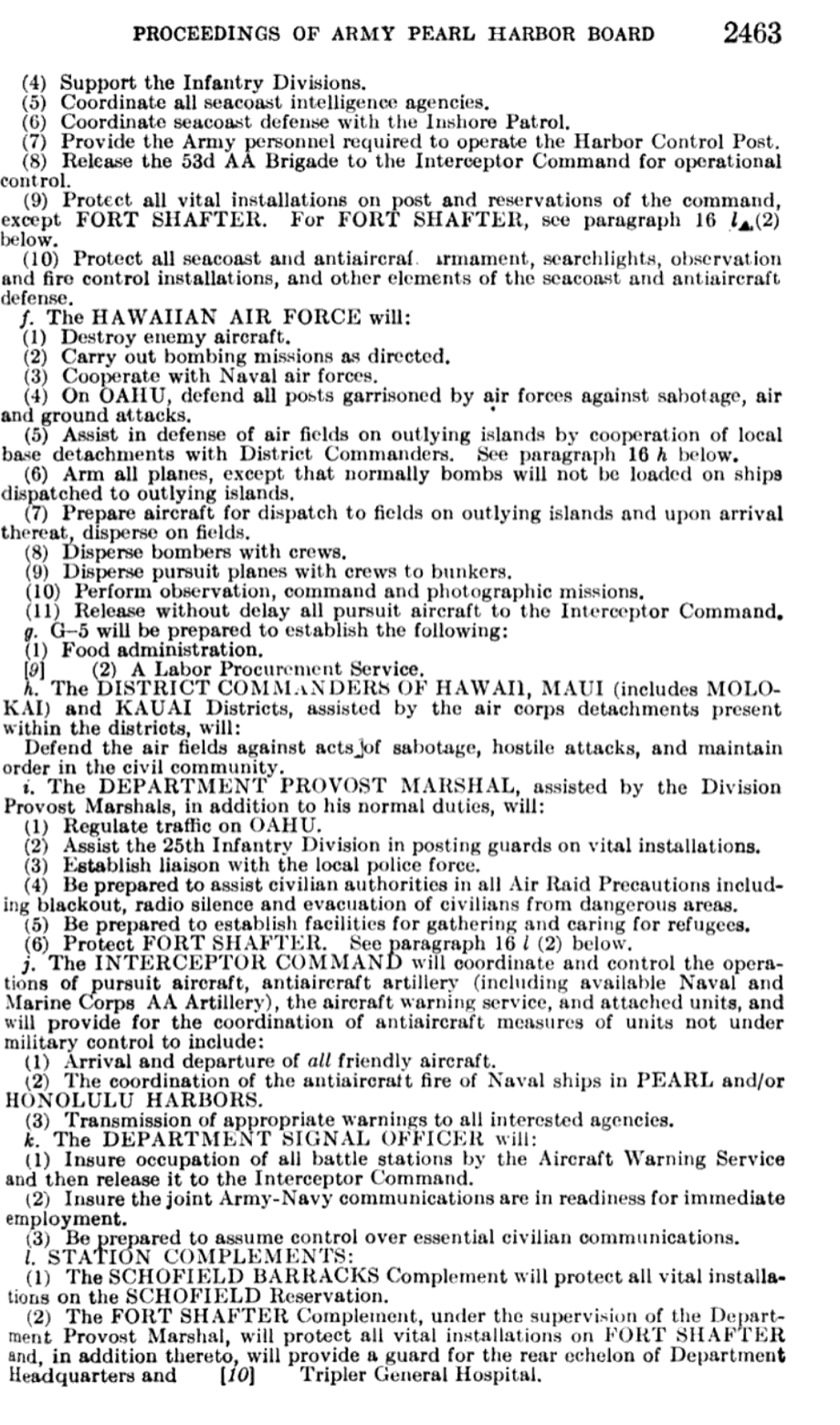
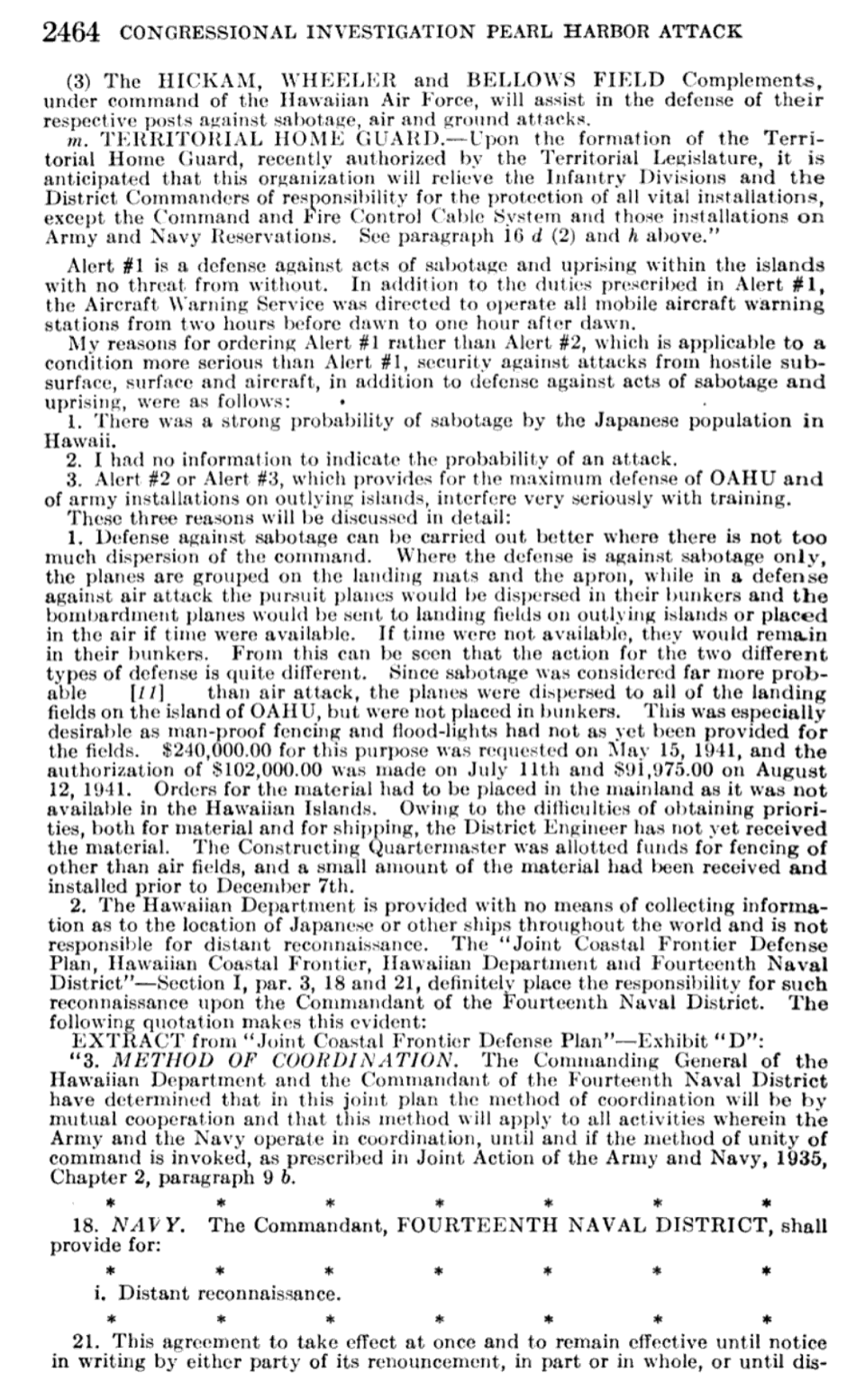
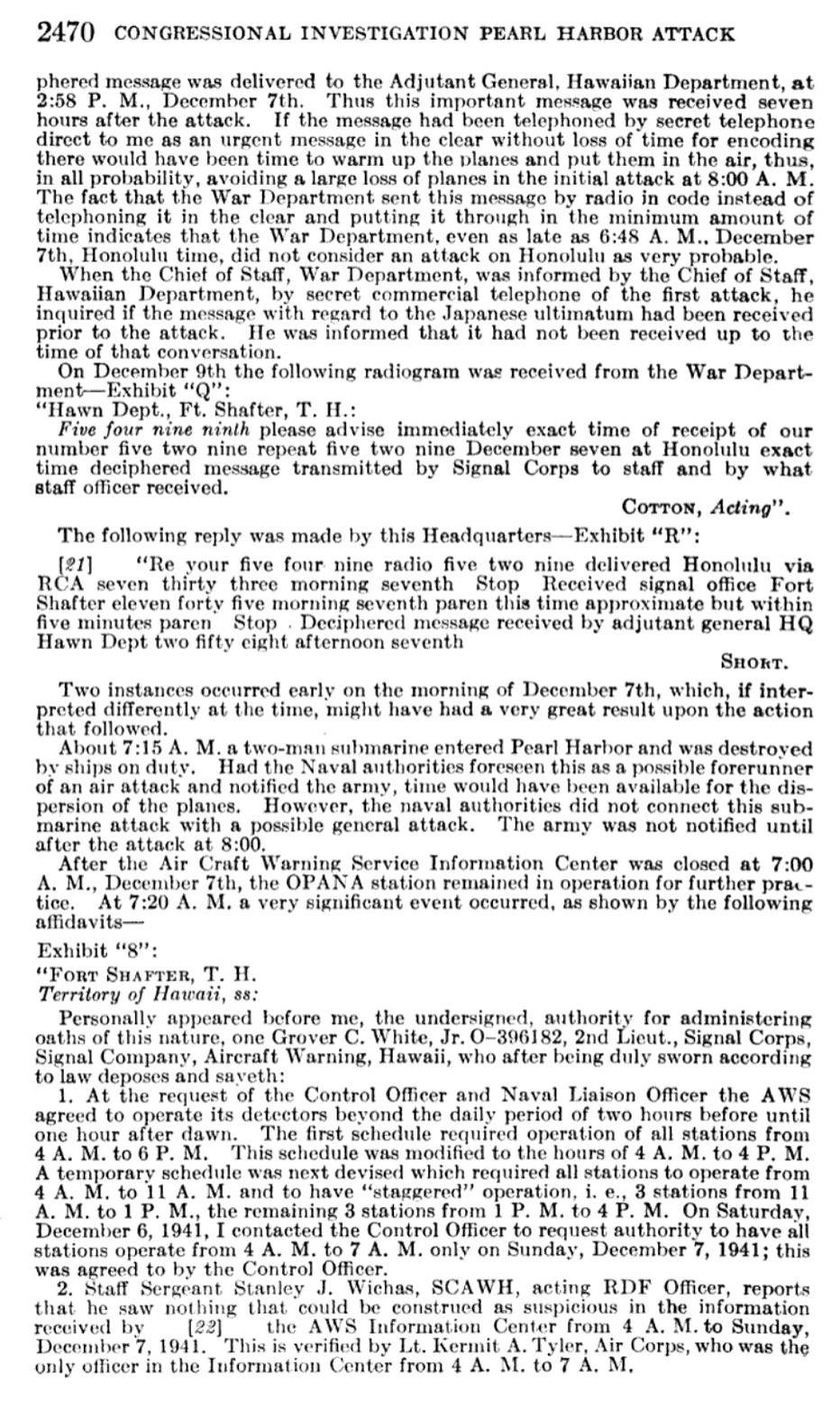
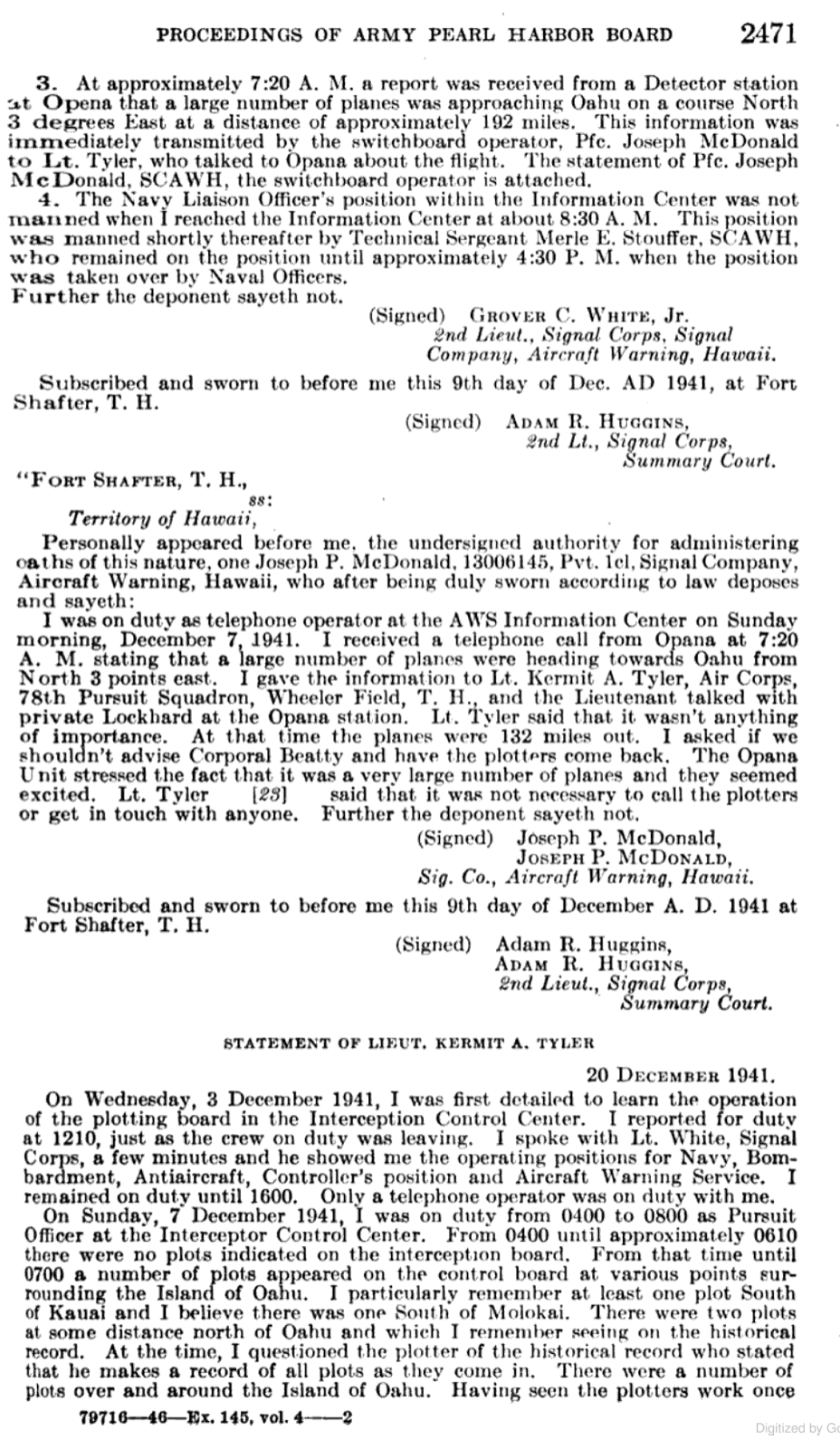
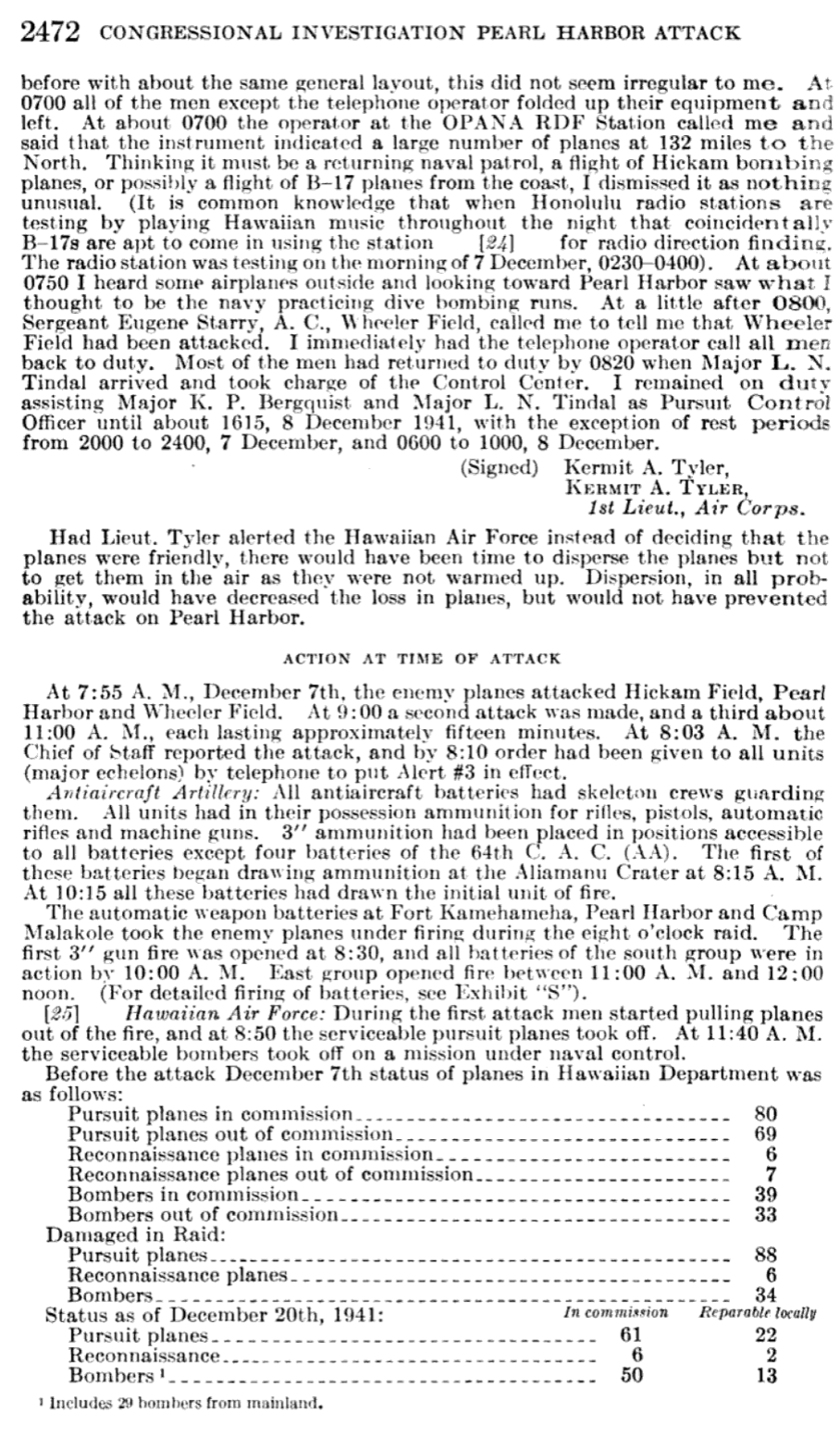
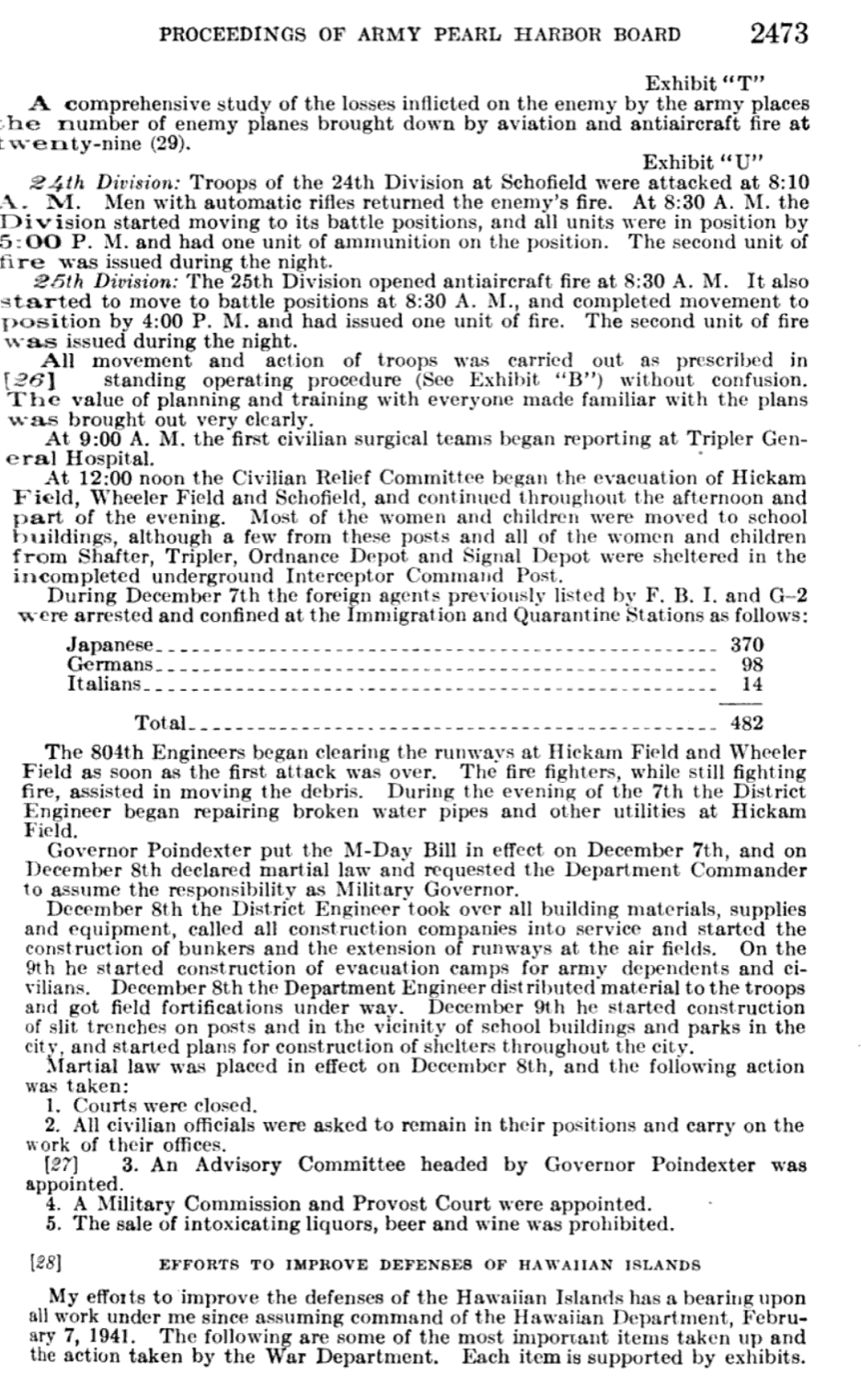
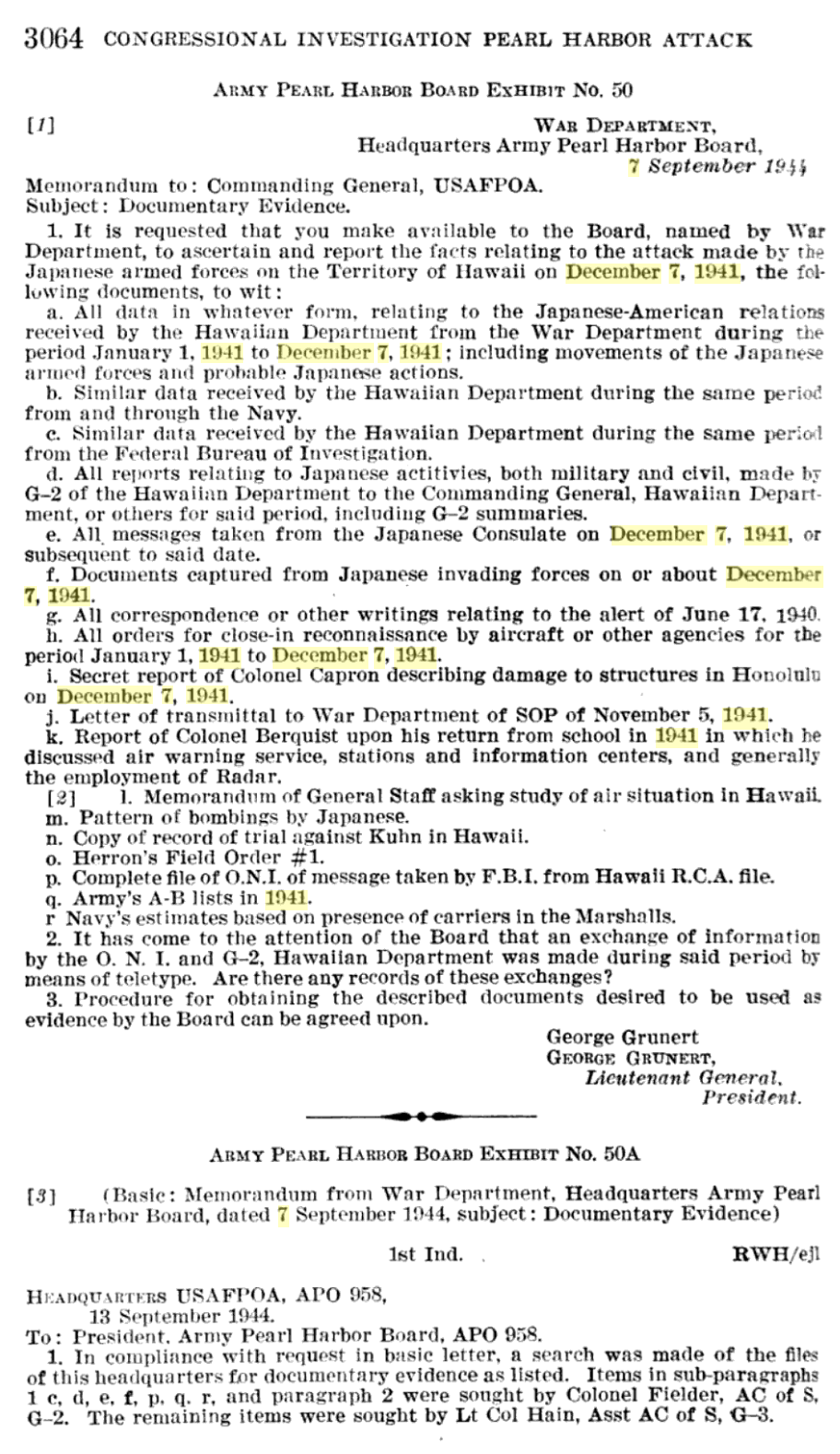
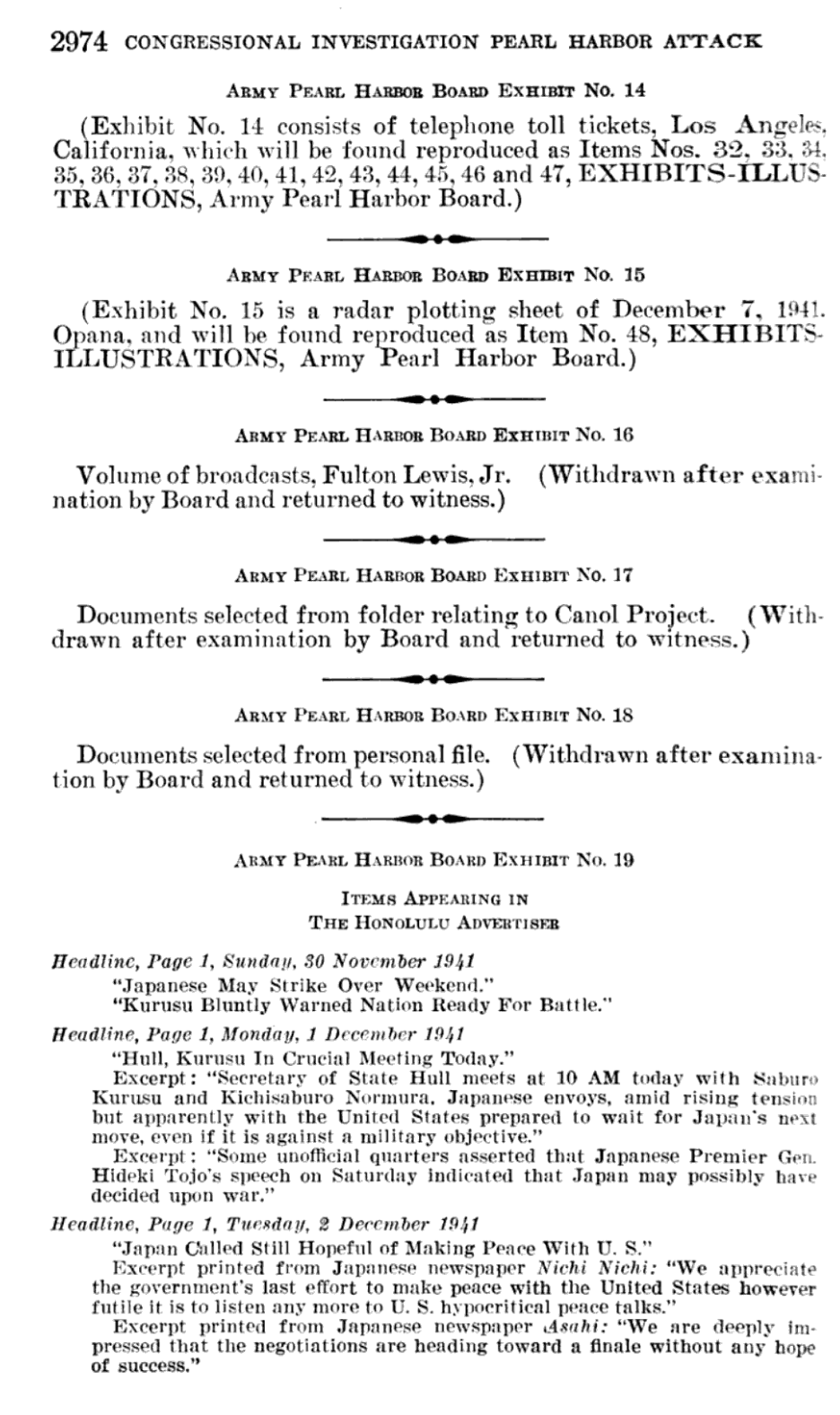
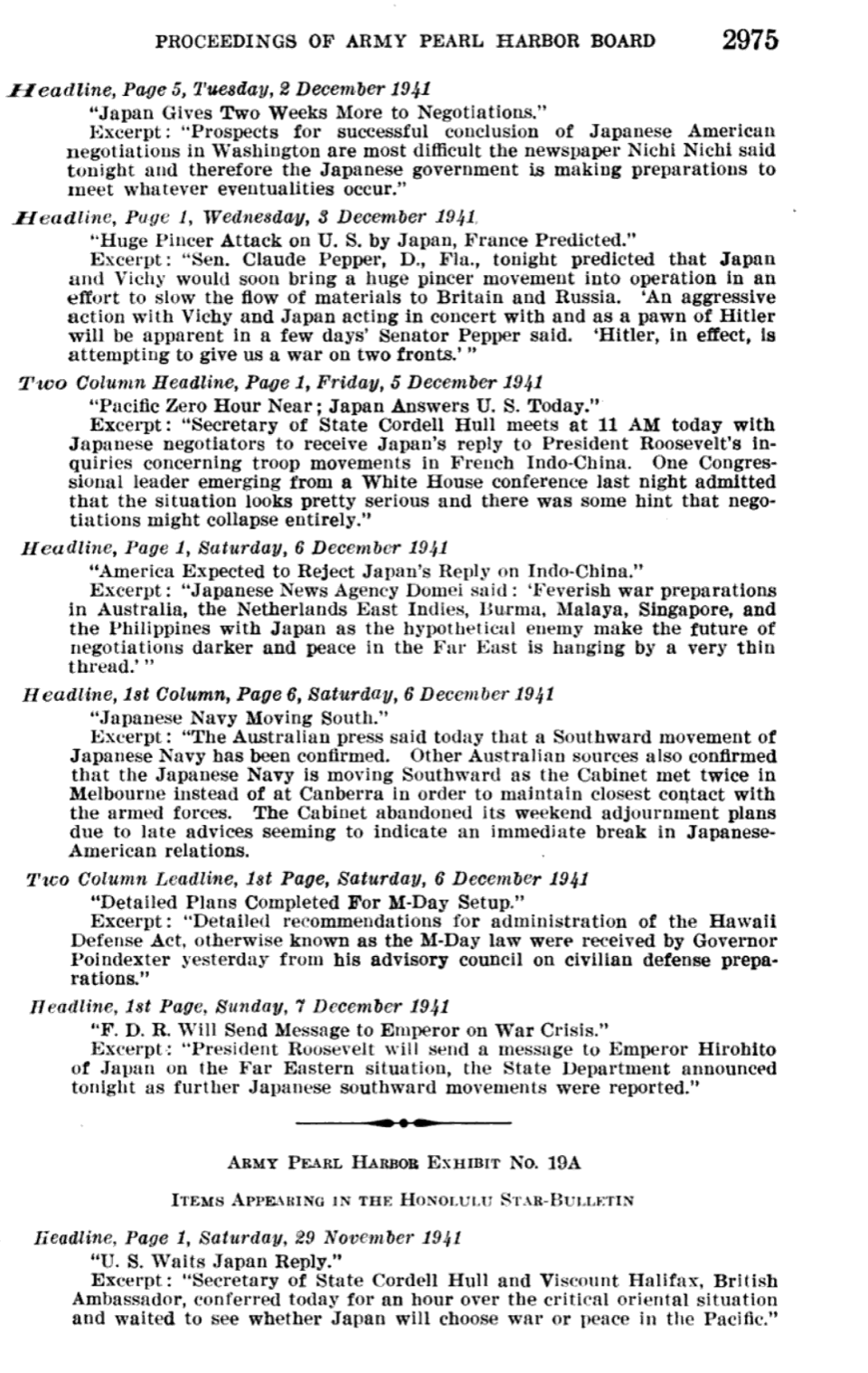
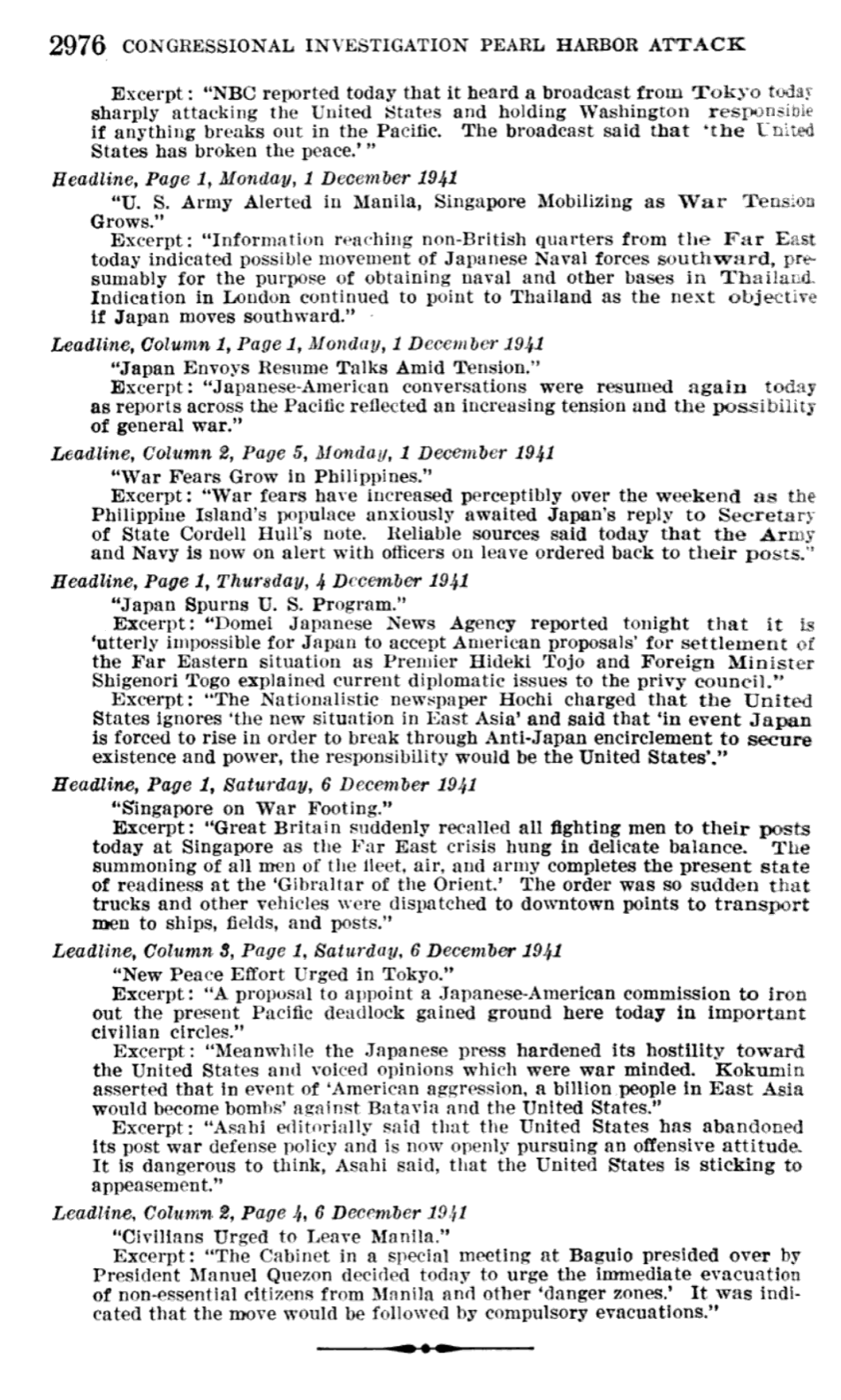
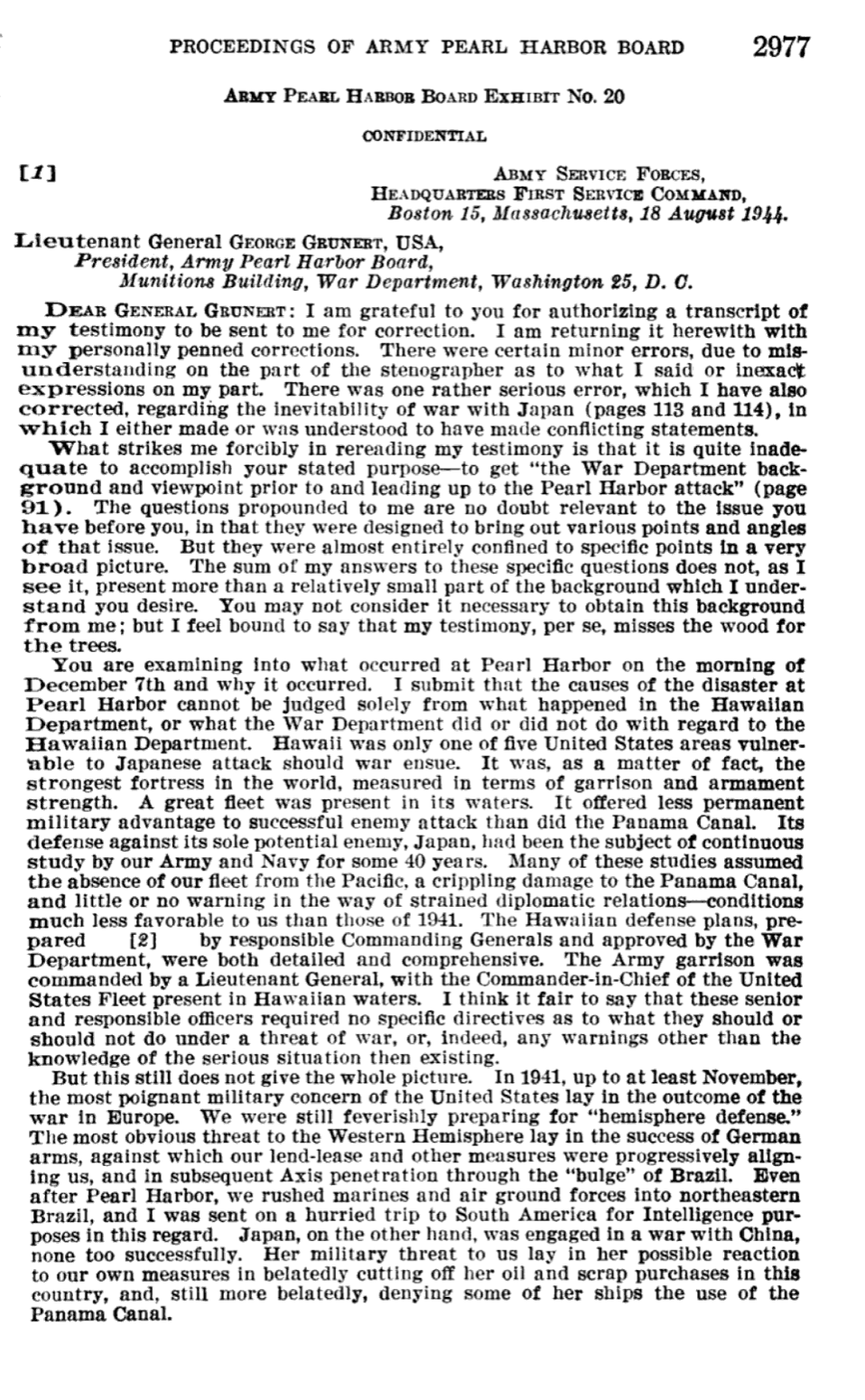
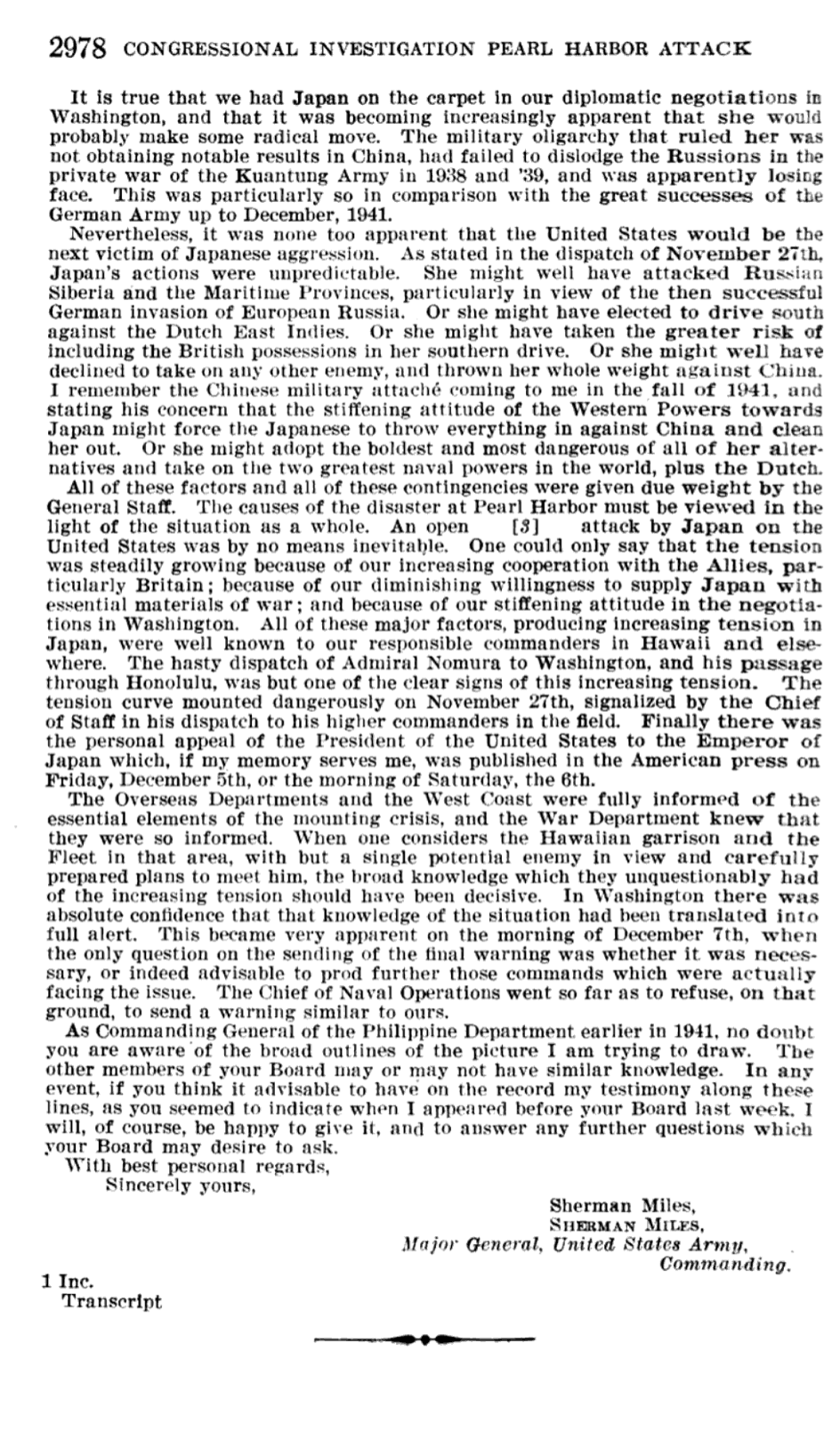
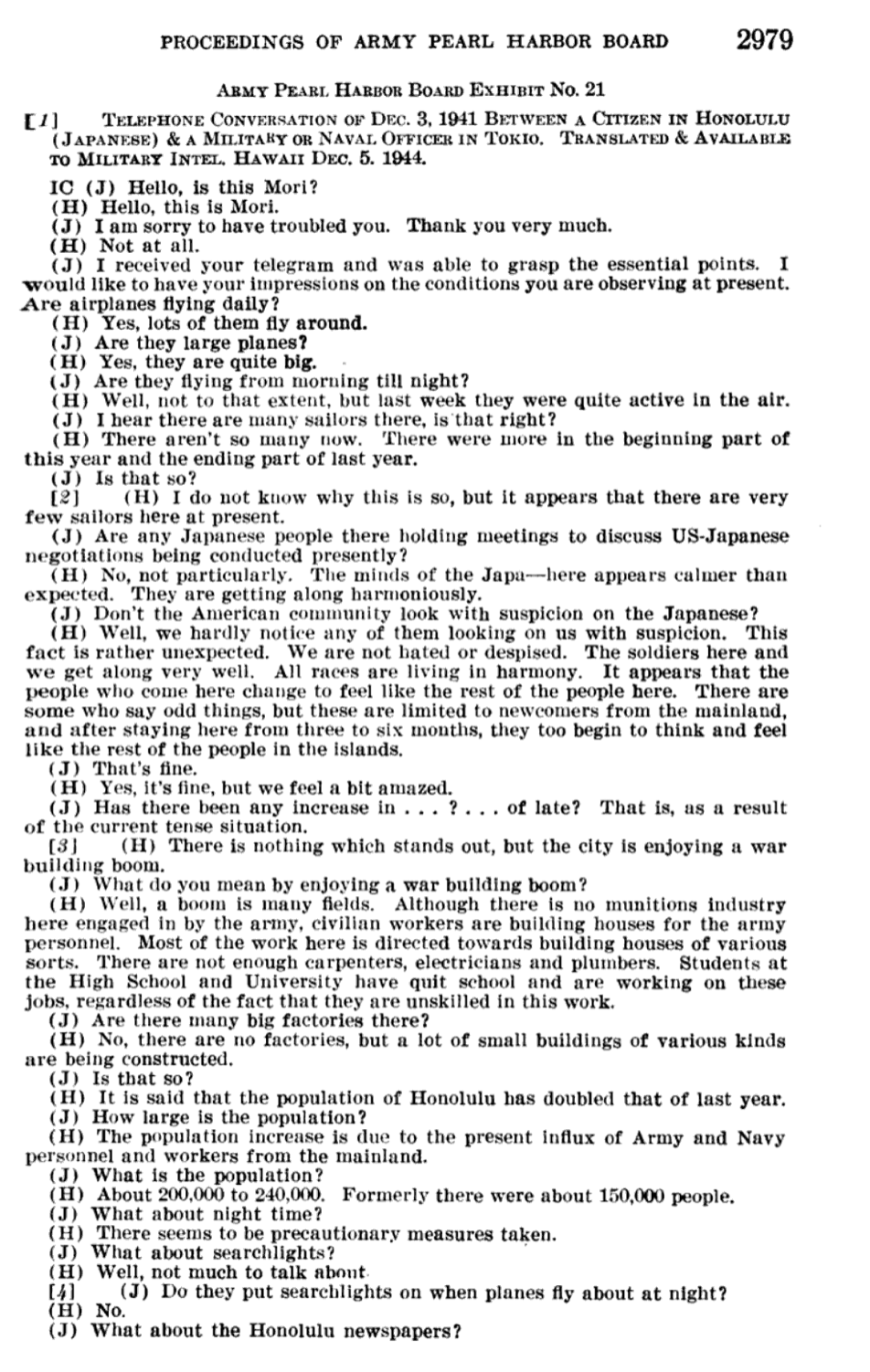
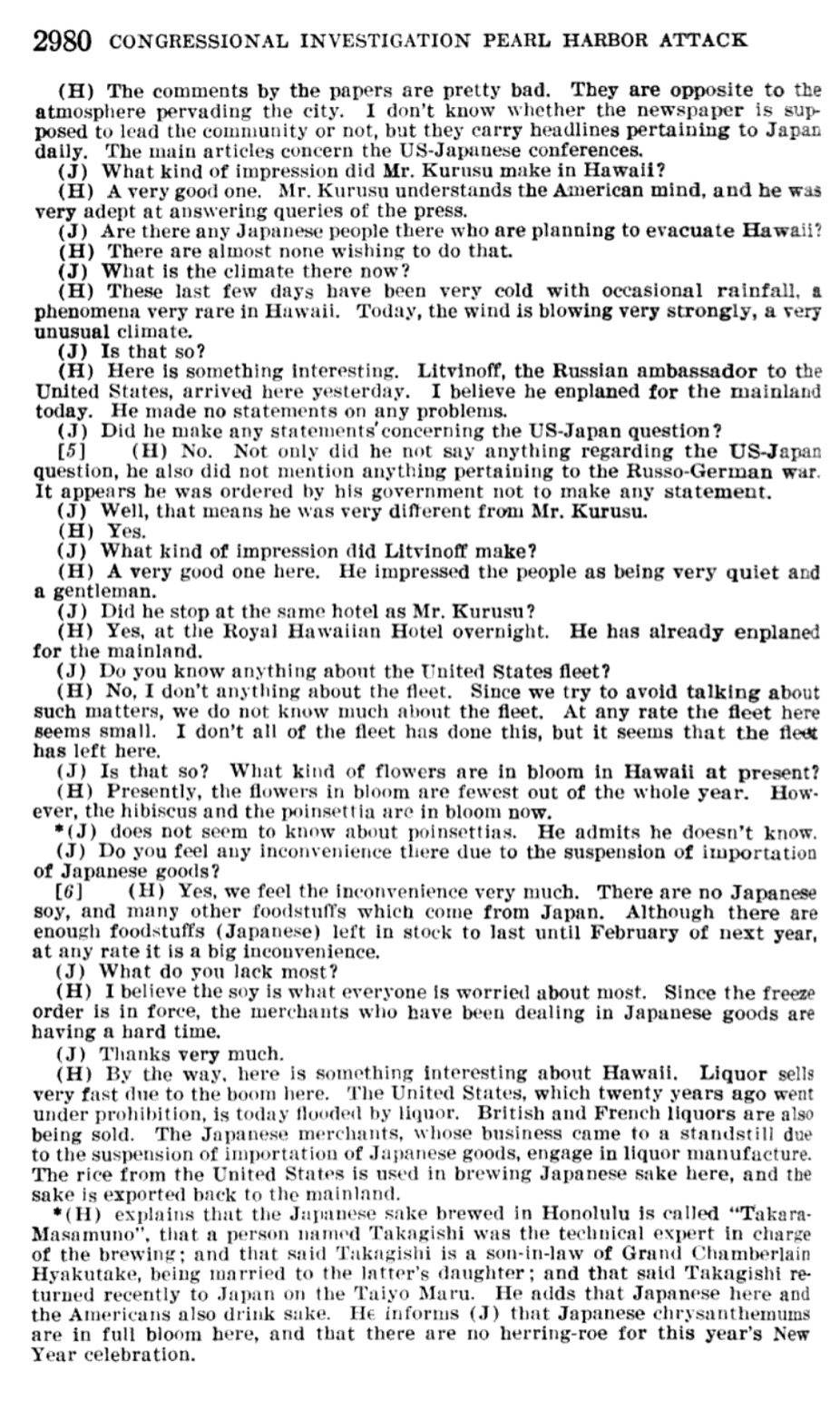
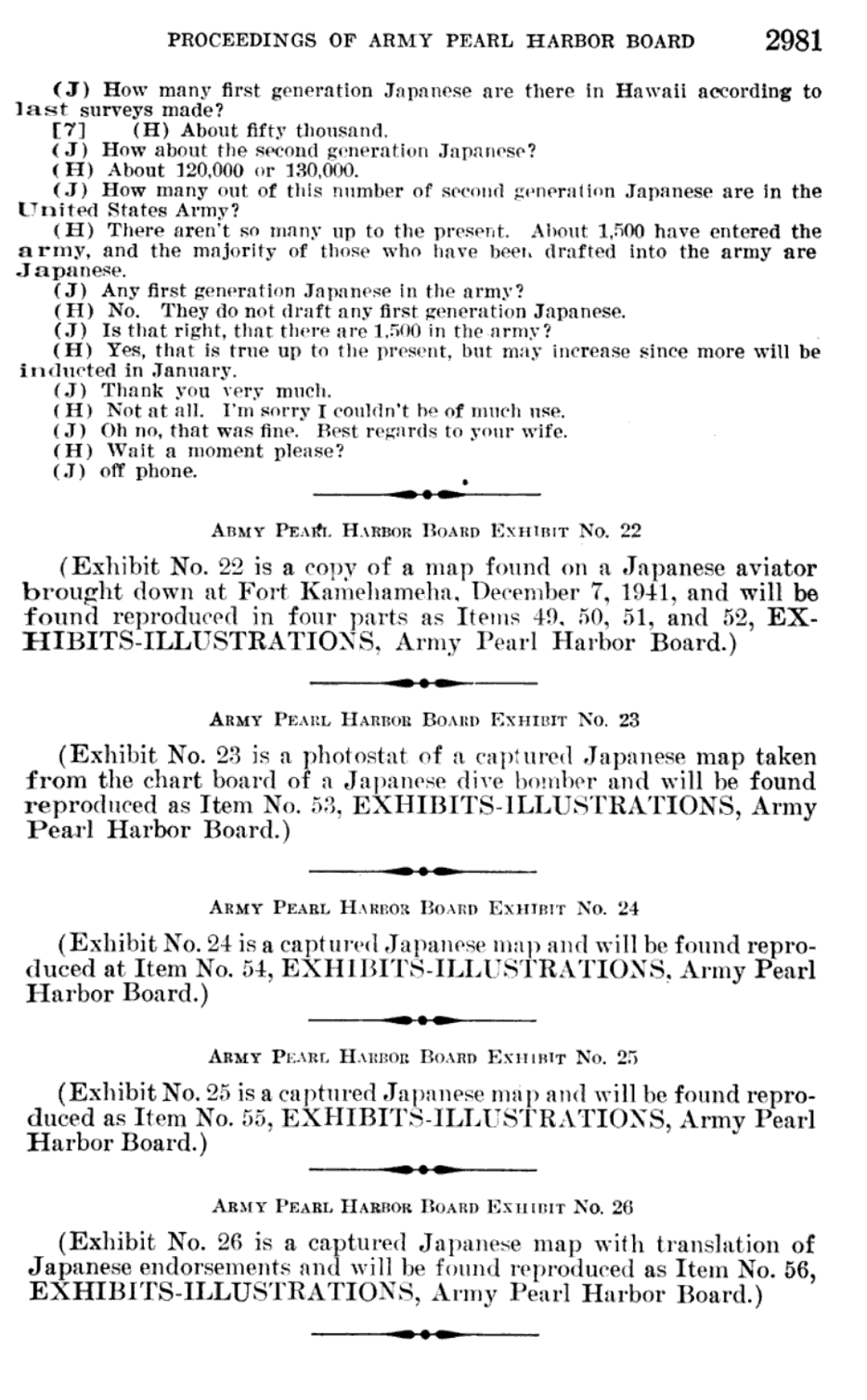
Sherman Miles (December 5, 1882 – October 7, 1966) was a General of the U.S. Army. He was Chief of the Military Intelligence Division in 1941, when the attack on Pearl Harbor happened. The attack on Pearl Harbor ended Miles’ career in the General Staff. MID very much relied on intercepted Japanese radio messages. The decoded “Magic” messages were top-secret and circulated only in a very select circle of ten people comprising the General Staffs of the Army and the Navy, the Secretary of War, and the President. No coherent analysis of these messages was done. The warnings that the General Staff sent to Hawaii failed to stress the urgency because MID themselves did not consider the contents of the “Magic” intercepts received prior to the attack as particularly significant at that time.[22] In addition, communication channels in the U.S. military were convoluted due to the split commands of Army and Navy, each with their own intelligence branch,[23] and the last message to Hawaii before the attack was delayed and was decoded at Hawaii only after the attack had already begun.[21][24] On September 1, 1939, he was promoted to brigadier general and served as military attaché in London for half a year before returning to the U.S., where he became a senior member of Army Chief of Staff General George C. Marshall‘s general staff in 1941. Miles was assigned as “Assistant Chief of Staff G-2”, i.e., the head of the Military Intelligence Division (MID).[17] The MID greatly expanded during his time as G-2, but, as Miles put it, “always in a piecemeal manner”.[18] Qualified cryptography personnel were scarce, and Japanese-speaking personnel were also hard to come by. Miles’ suggestions to set up an espionage service were ignored until June 1941,[18][19] when U.S. President Franklin D. Roosevelt appointed William J. Donovan as Coordinator of Information. Donovan’s unit would eventually become the OSS, but it was independent from the MID and needed time to mature, which made for a difficult collaboration (if not to say a rivalry) between the MID and the OSS from the beginning and continuing throughout the war.[18] Ten days after the attack on Pearl Harbor, Miles was sent on an inspection tour through South America to survey installations there and to make recommendations for military assistance to the Latin American countries;[25] Acting Assistant Chief of Staff G-2 became Brigadier General Raymond E. Lee.[26]
George Grunert (July 21, 1881 – January 12, 1971) was a United States Army cavalry officer who worked his way up through the ranks from private to retirement as a lieutenant general. His 47-year career extended from the Spanish–American War to the end of World War II. In November 1938 Grunert succeeded George C. Marshall in command of 5th Brigade at Vancouver Barracks, Washington. Grunert was promoted to major general in 1939 and, in October, returned to the Philippines to command the Philippine Division. From May 1940 to November 1941 Grunert commanded the Philippine Department, directing the United States Army supervision and control over the Philippine defense force until Douglas MacArthur came out of retirement to assume command in July 1941. MacArthur abolished the Philippine Department as a redundant command echelon in November 1941 and Grunert returned to the United States. The Japanese attack on Pearl Harbor occurred shortly after Grunert reached the United States, and he was shuffled between a number of assignments that included command of the Sixth Service Command at Fort Sheridan, Illinois, serving as the ranking military officer in the Chicago area, and two administrative posts with Army Service Forces as Deputy Chief of Staff for Service Commands (Service of Supply) overseeing the nine United States-based supply and logistics commands (formerly corps areas), under General Brehon B. Somervell. In June 1944, Grunert was appointed by Secretary of War Henry Stimson as the presiding officer of a secret panel that investigated the army response to events prior to the attack on Pearl Harbor. The Pearl Harbor Board report, released after the war, traced the entire military and diplomatic history prior to the attack finding much fault along the way, critical of break downs in communications between Secretary of State Cordell Hull, George C. Marshall and a failure of appropriate action by Hawaiian Department commander, Walter C. Short. The panel’s method of investigation and conclusions are still subject to criticism today.
7 November 1942. In the matter of - the confinement of Bernard Julius Otto Kuehn
